We were excited to explore Nikko on our recent trip to Japan, an hour’s train ride from Tokyo in Japan’s Tochigi Prefecture, which is in the mountains north of Tokyo. Nikko is mostly known for its lush greenery and nature (home of Nikko National Park) but it’s also known as the sanctuary of Shinto and Buddhism. Both exist in harmony in Japan (although it wasn’t always that way), so you’ll often find shrines and temples either on the same location or near each other.
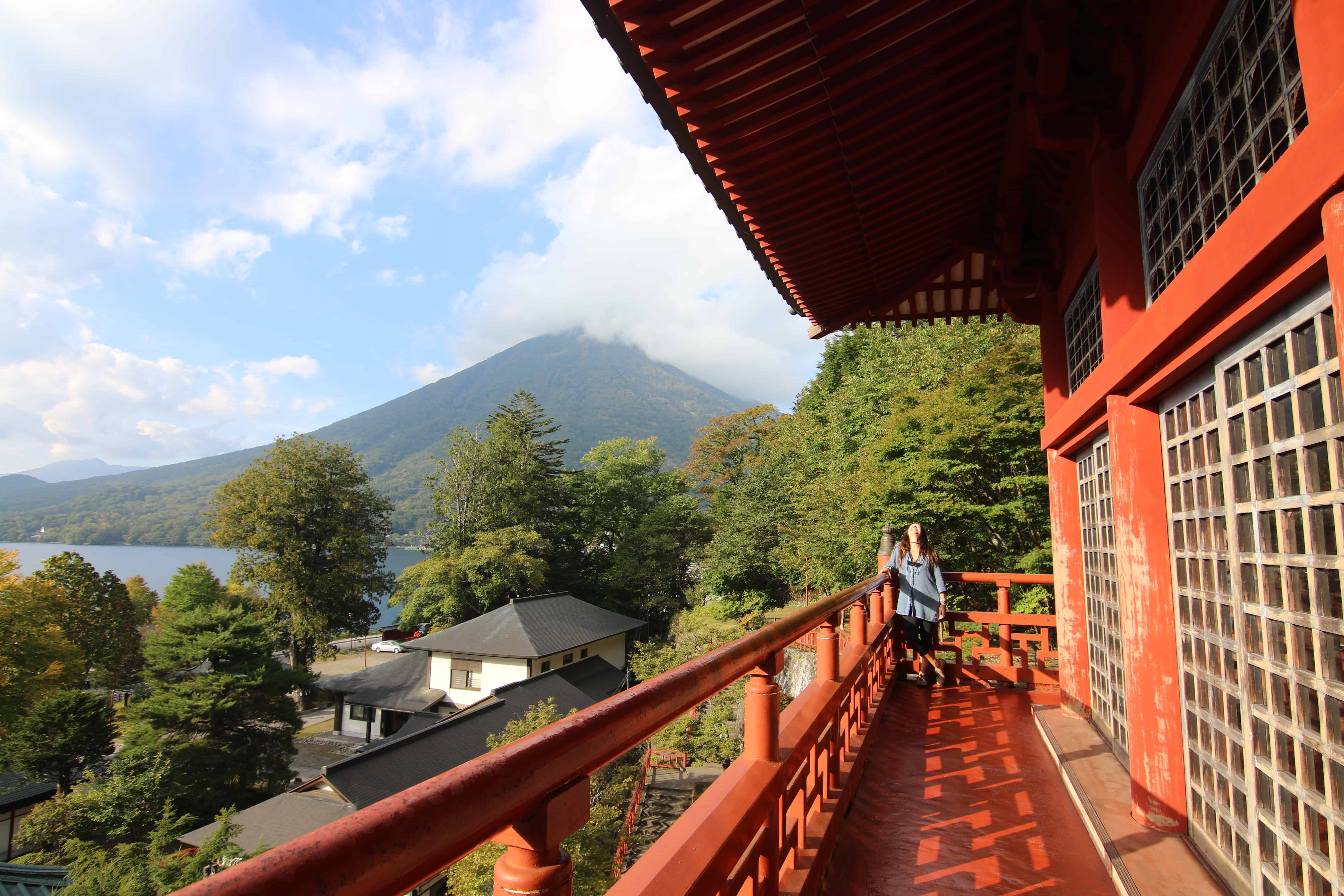
Chuzenji Shrine in Nikko with views of Lake Chuzenjiko
Let’s explore what there is to see, do and taste in Nikko and the surrounding area.
Nikko National Park & Senjougahara Moor
If you’re into nature, bird life and hiking, you can’t miss Nikko National Park, which is also home to the beautiful and tranquil Senjougahara Moor, where we stopped and ‘played’ on our last day in Nikko. The Senjogahara Marshland, which covers the plateau between Lake Chuzenji and Yumoto Onsen, offers some of the best hiking in the Nikko National Park and is particularly beautiful during the fall when the marshland’s leaves and grass turn to reds, oranges and golds.
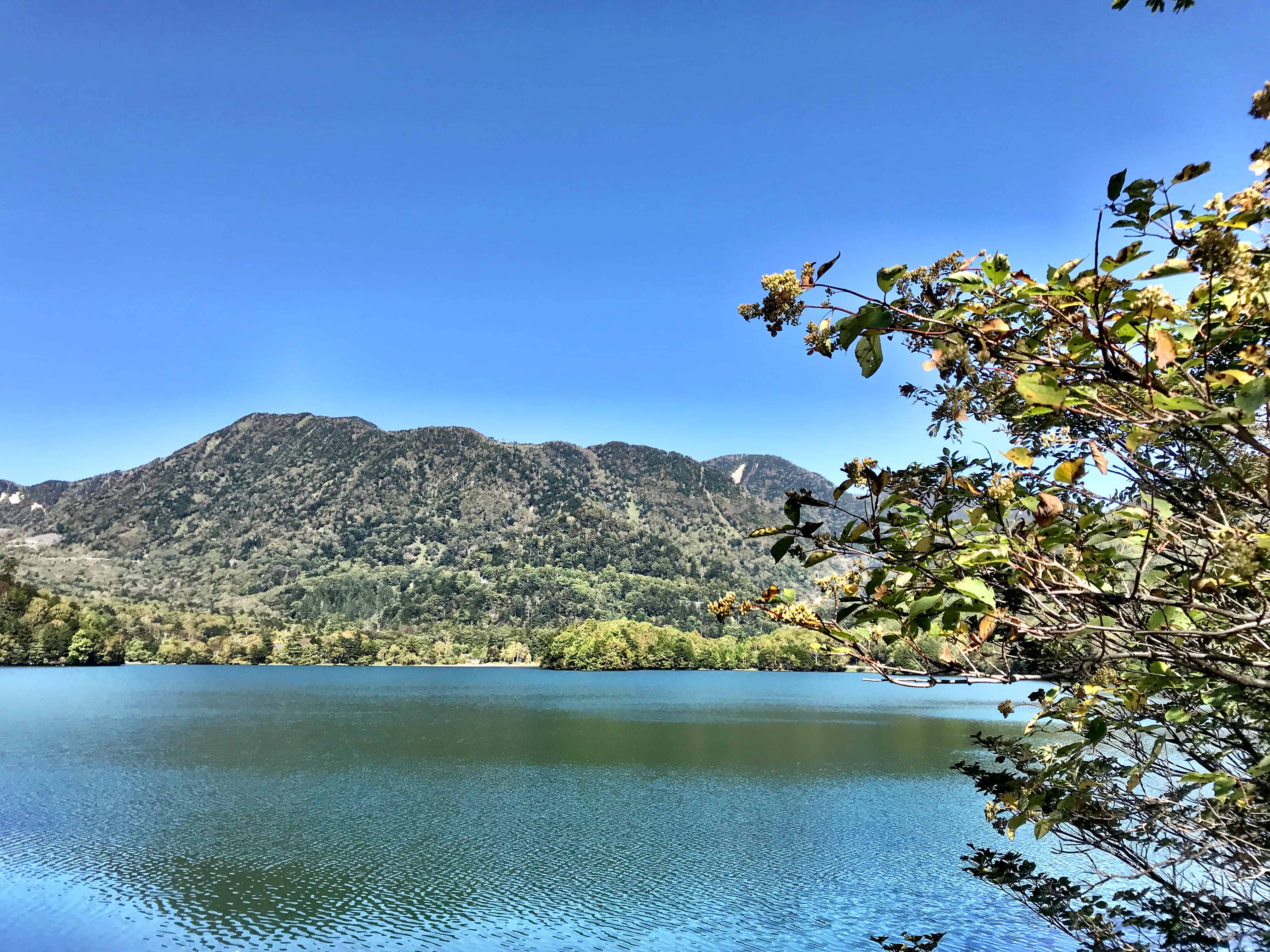
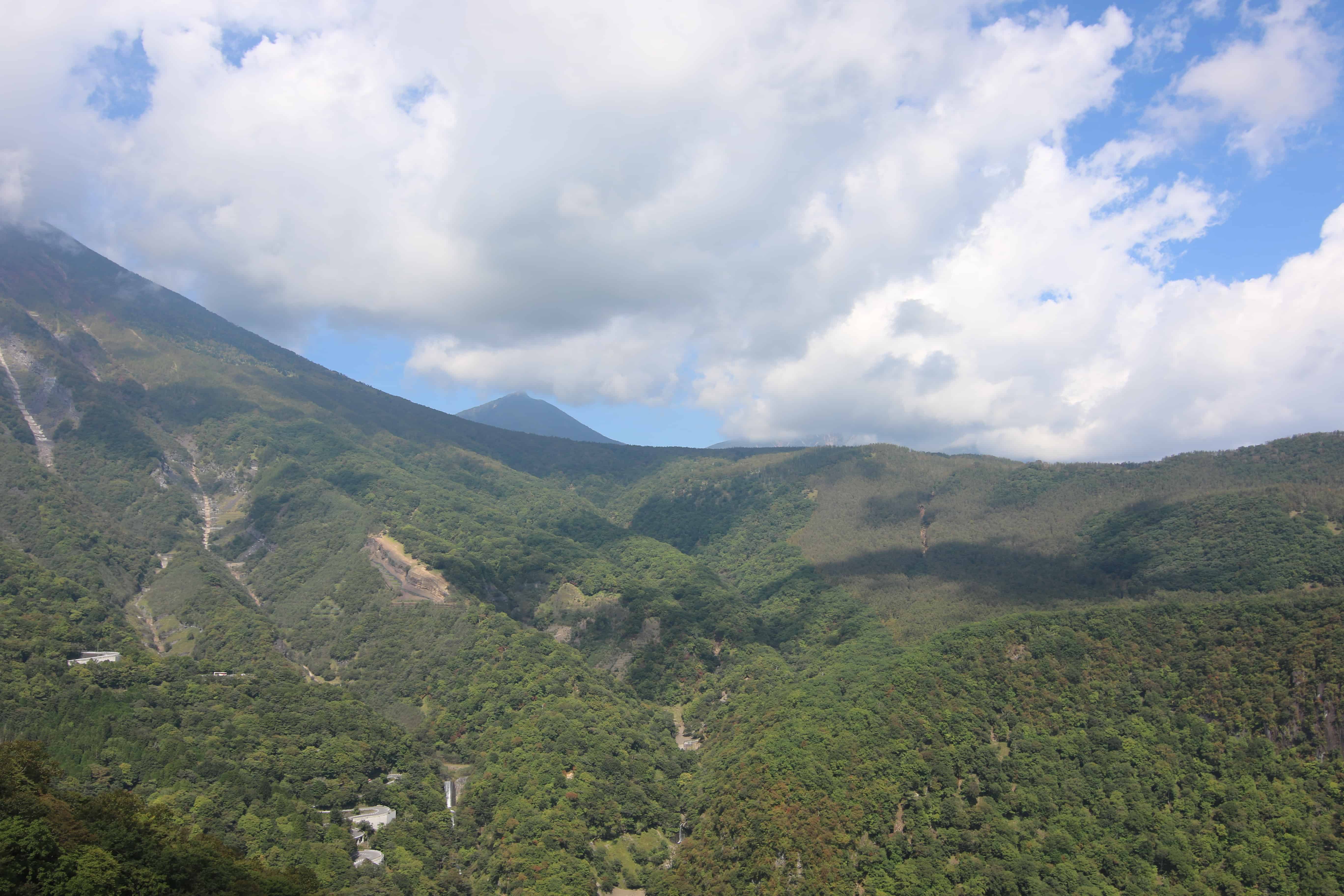
Nikko National Park
The Senjogahara Plateau Nature Trail follows Yukawa River betweenYumoto Onsen and Ryuzu Waterfall, which is also beautiful and worth seeing. The views on this hiking trail are mostly of the surrounding mountains and of course the marshland. It is a moderate trail to hike and only takes about 2.5 to 3 hours from start to finish. Near Senjogahara lies Odashirogahara, a smaller but equally idyllic marshland, which nature lovers will appreciate.
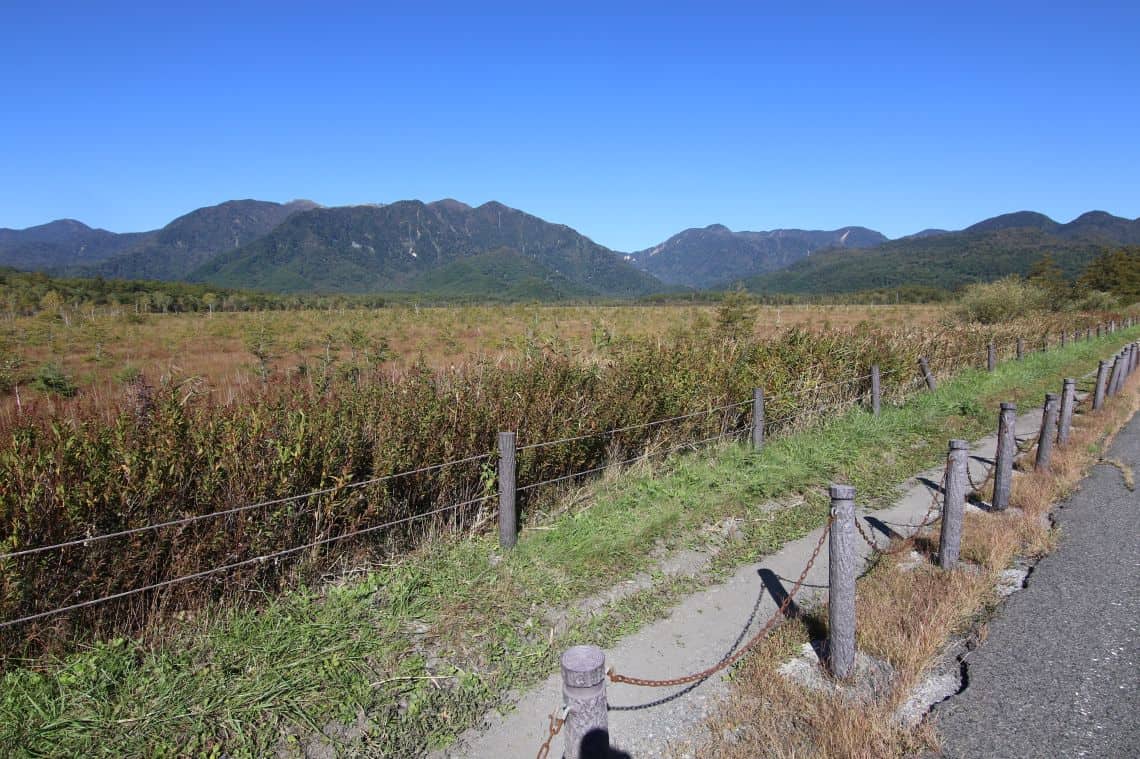
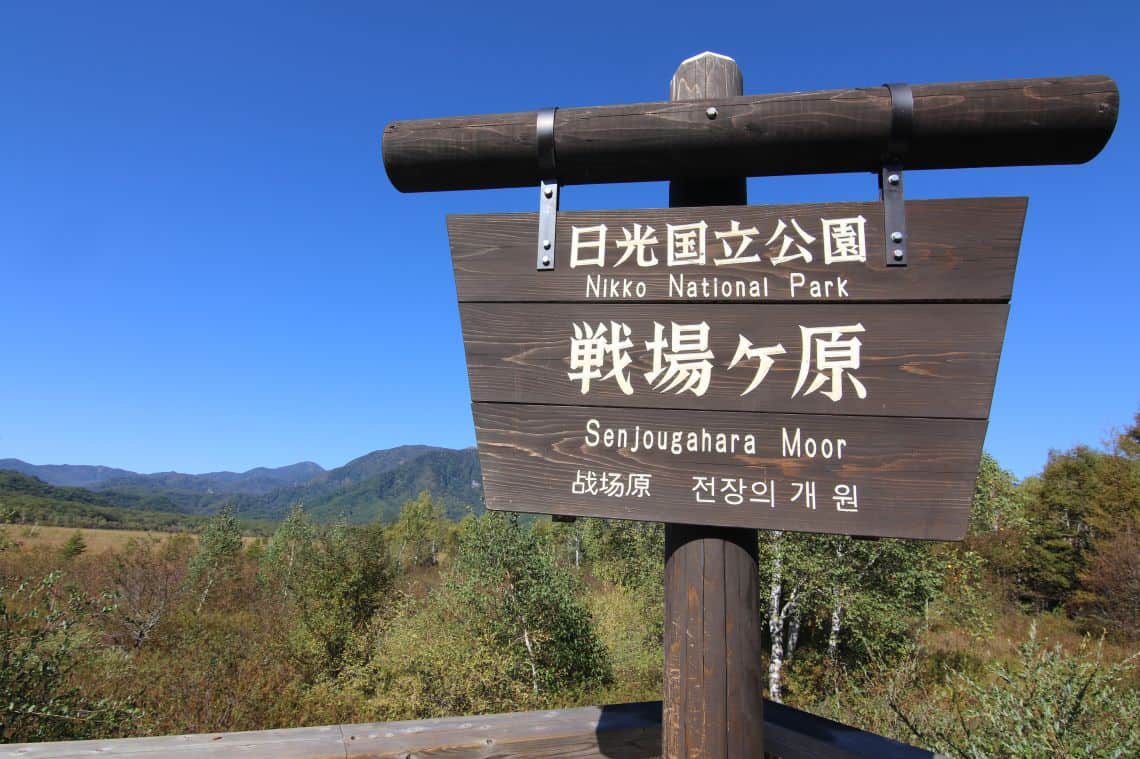
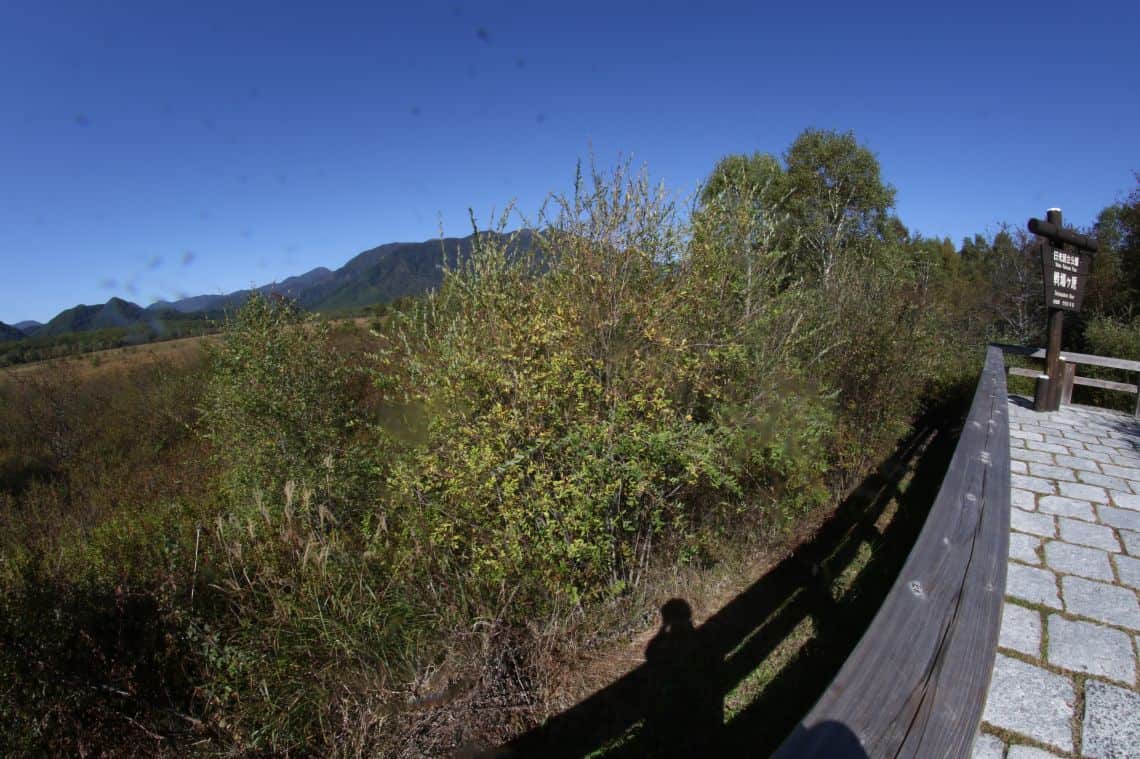
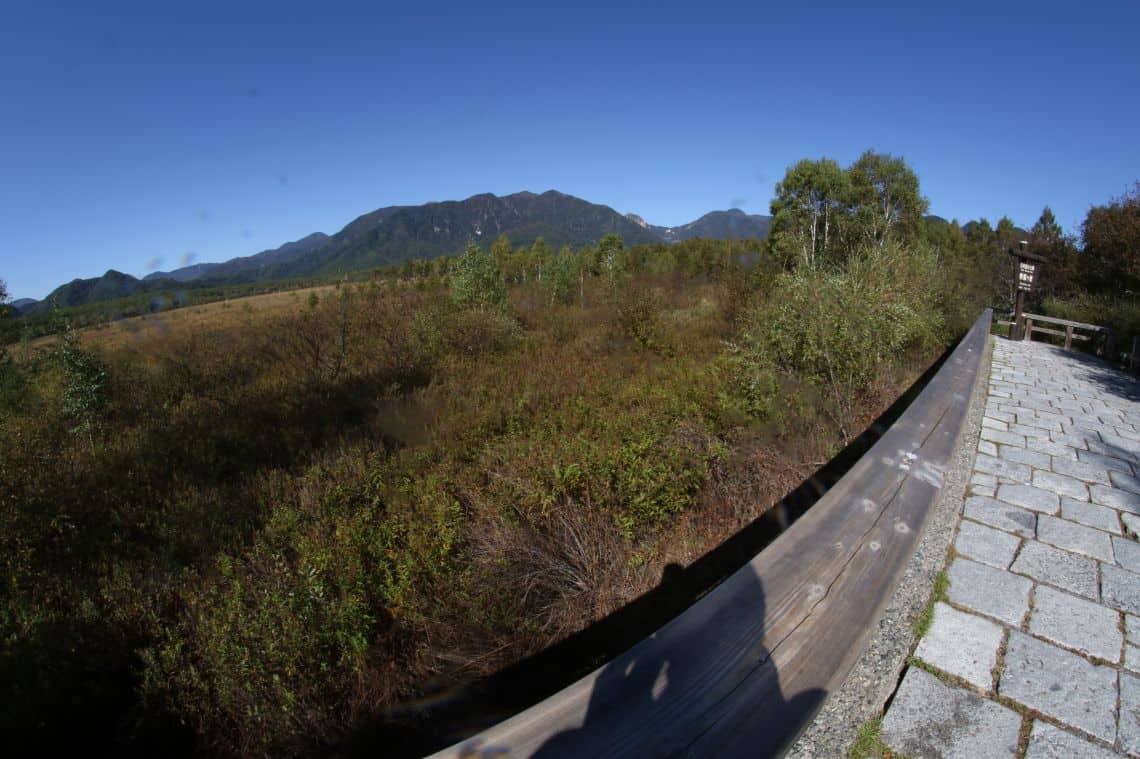
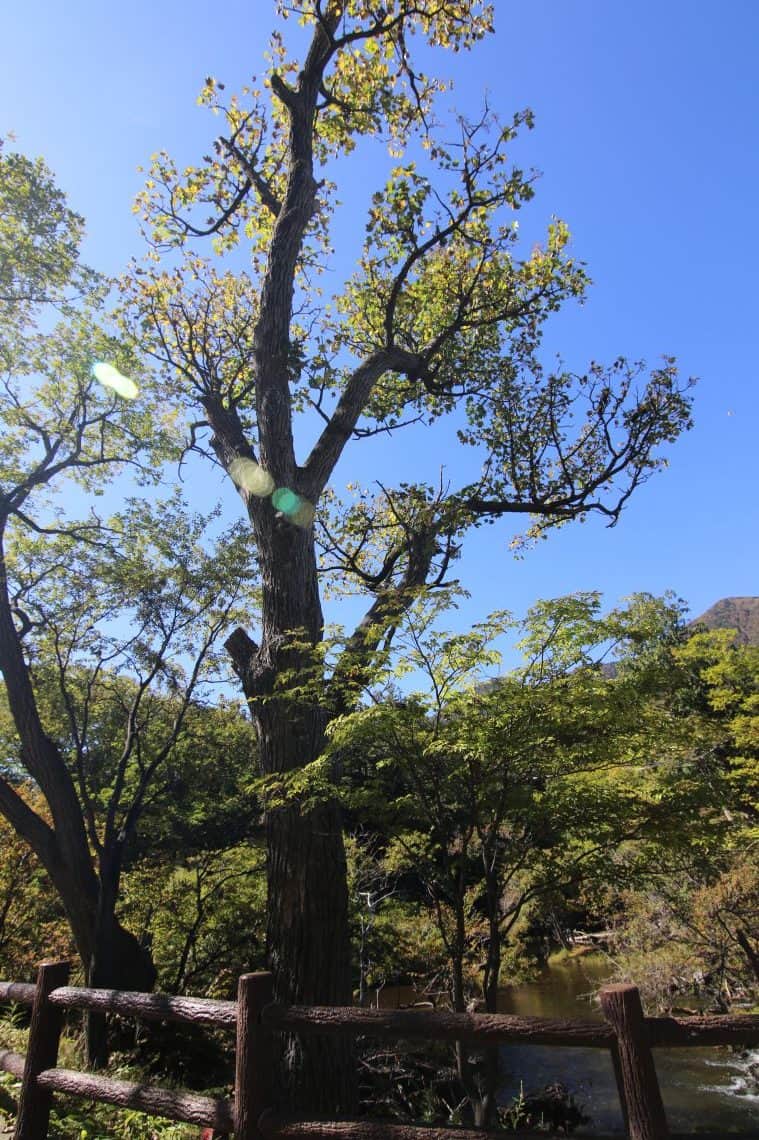
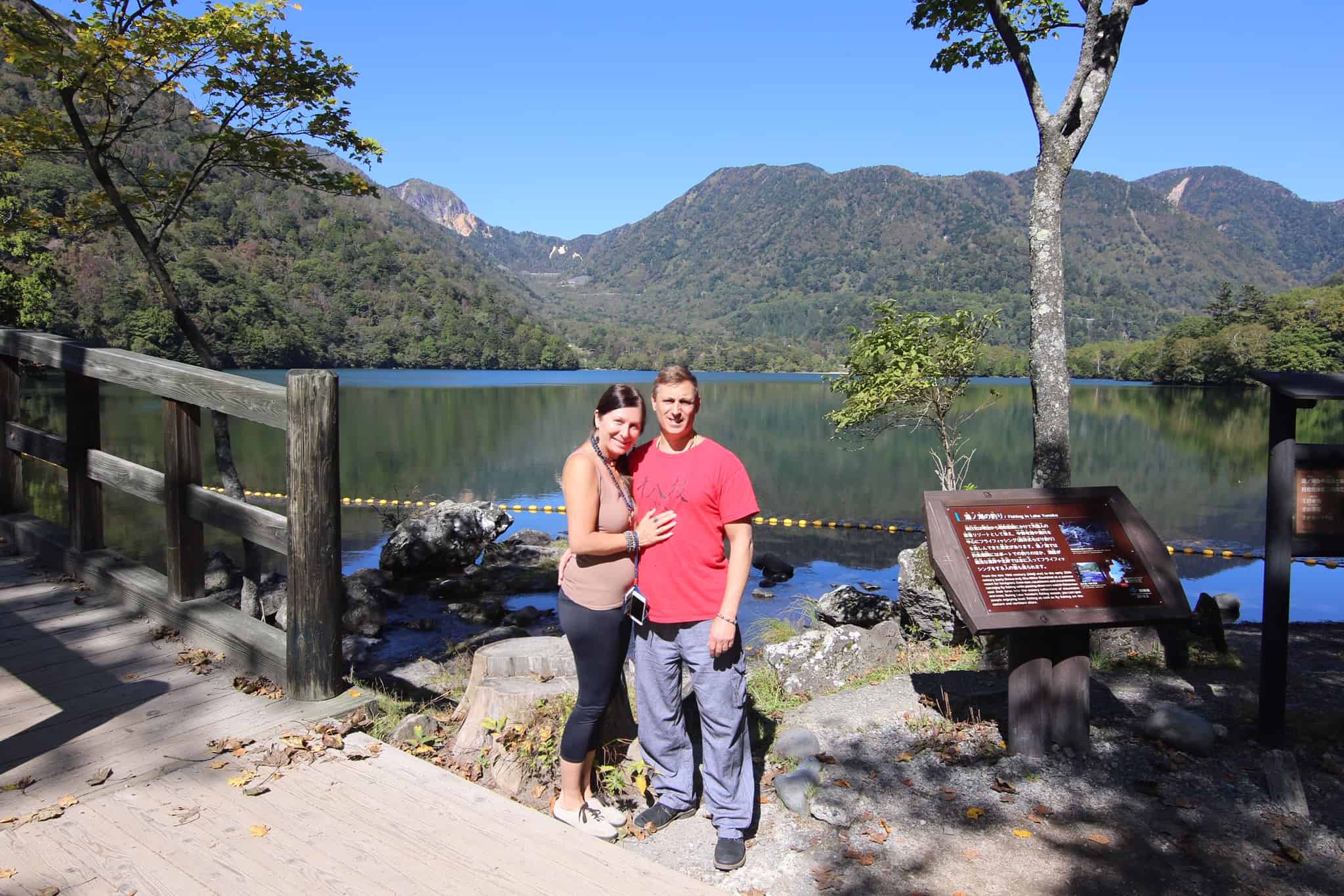
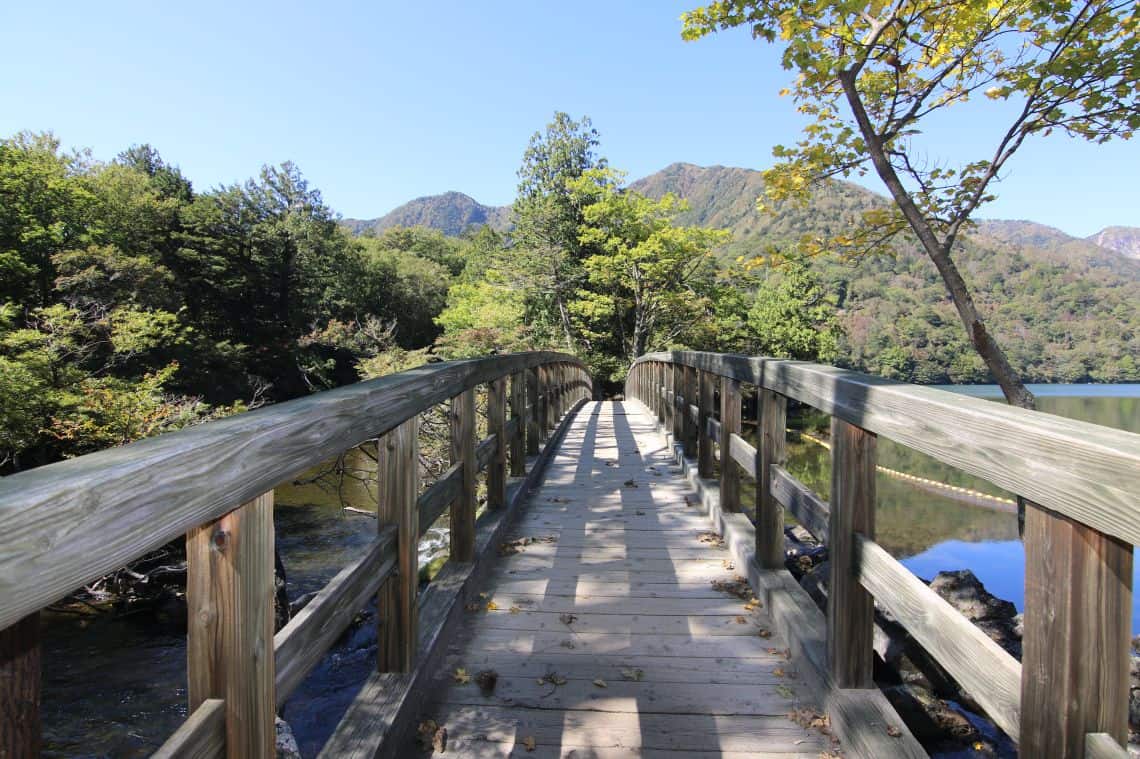
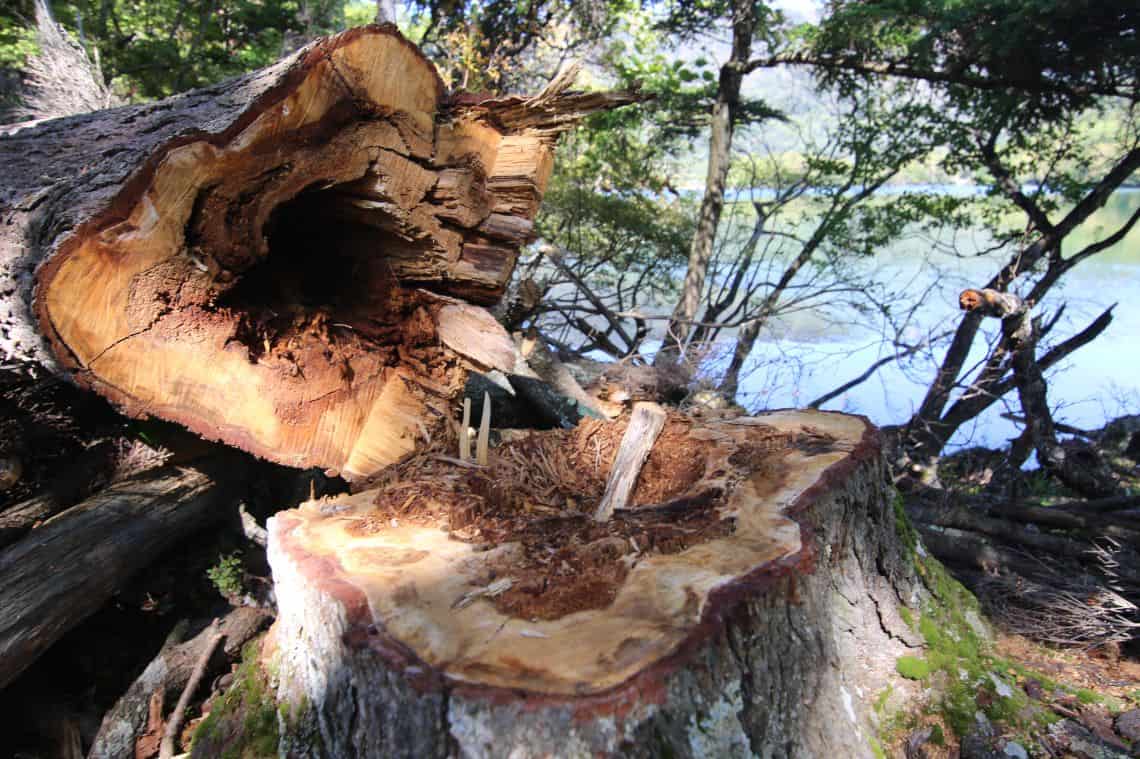
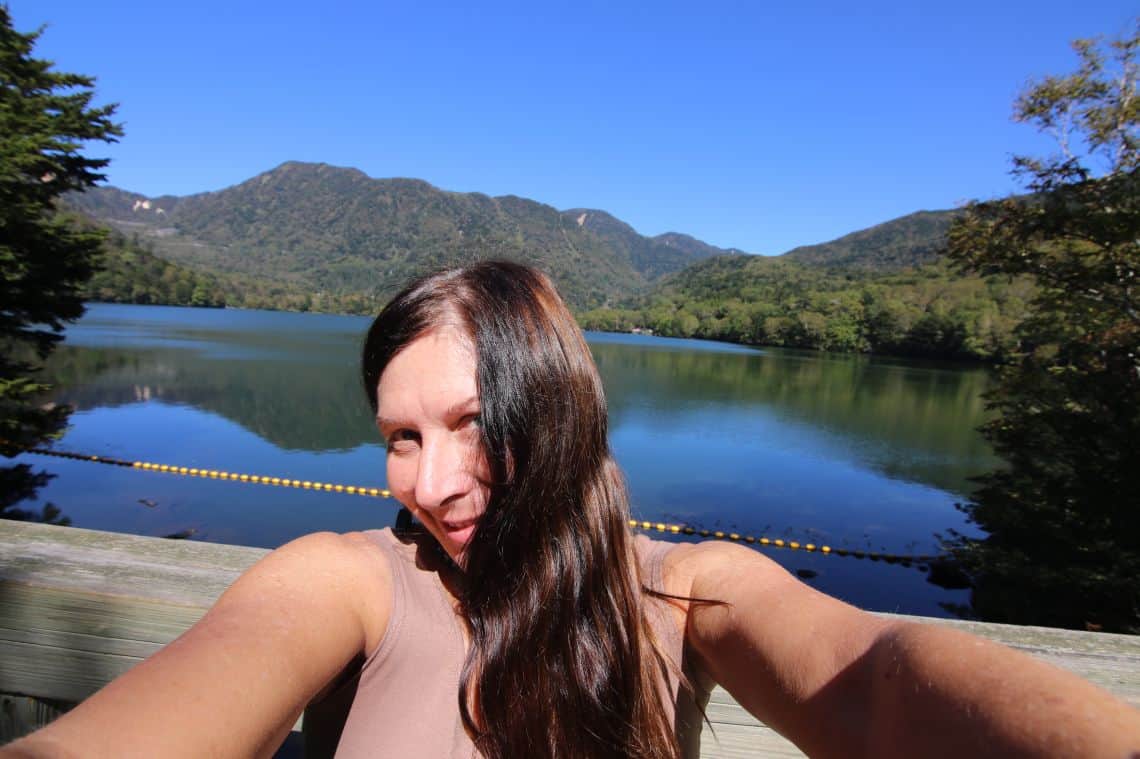
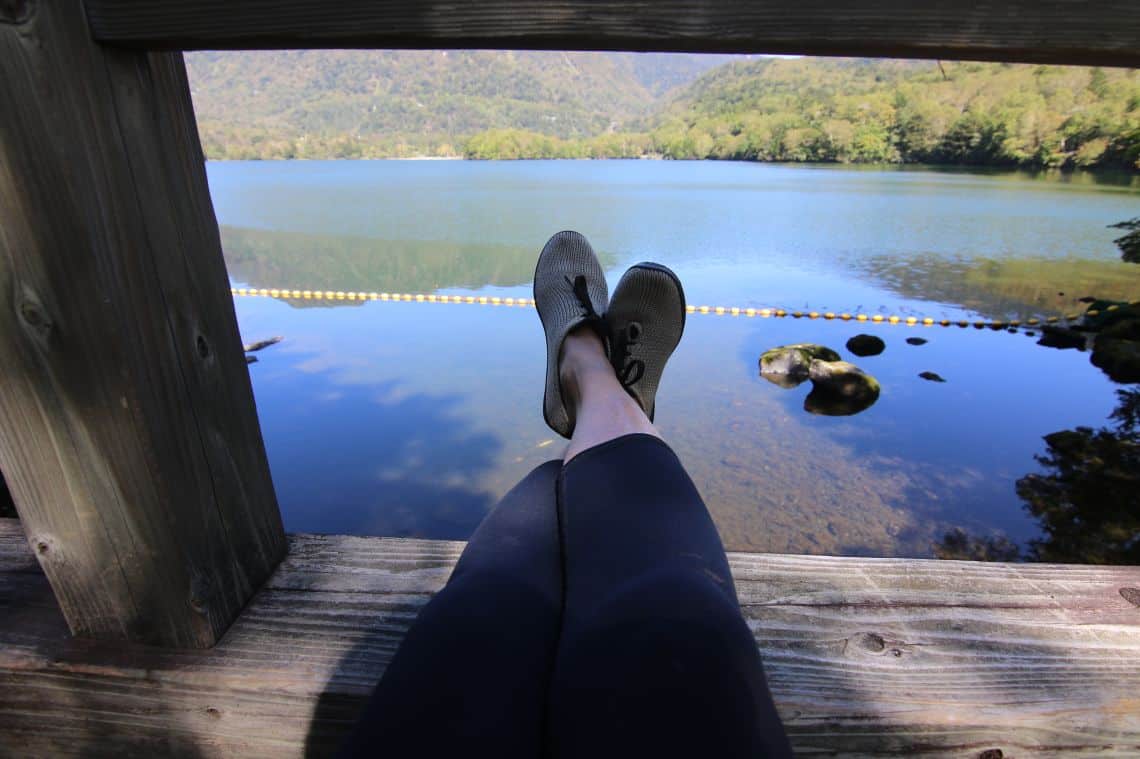
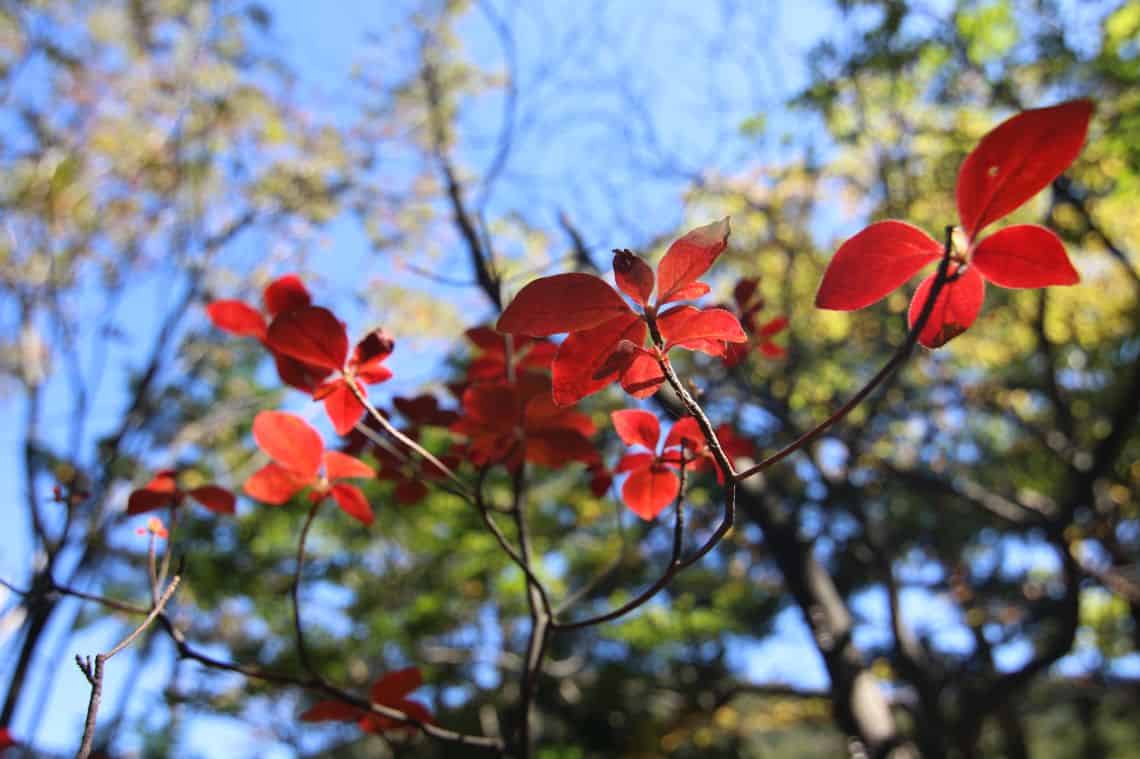
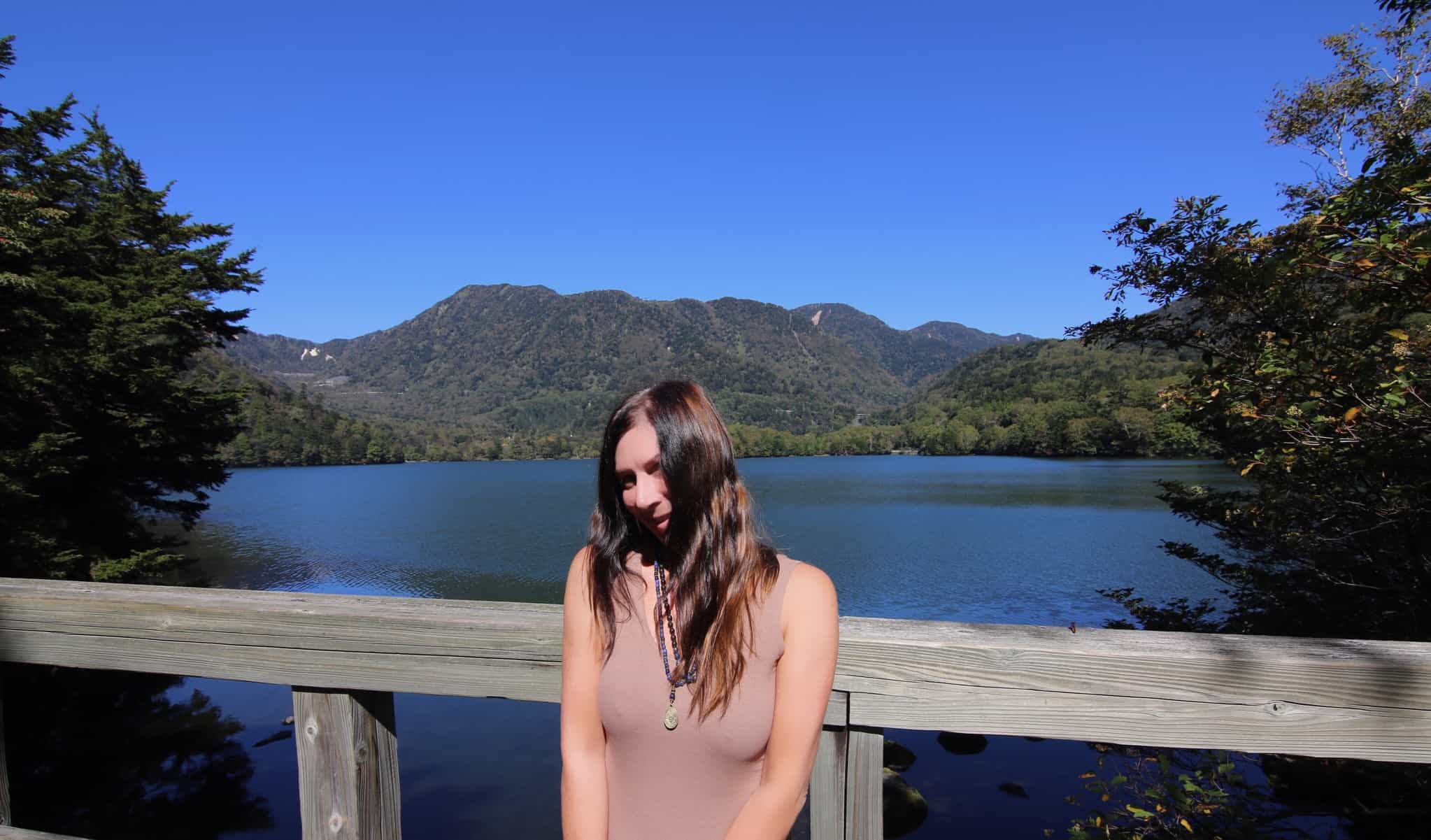
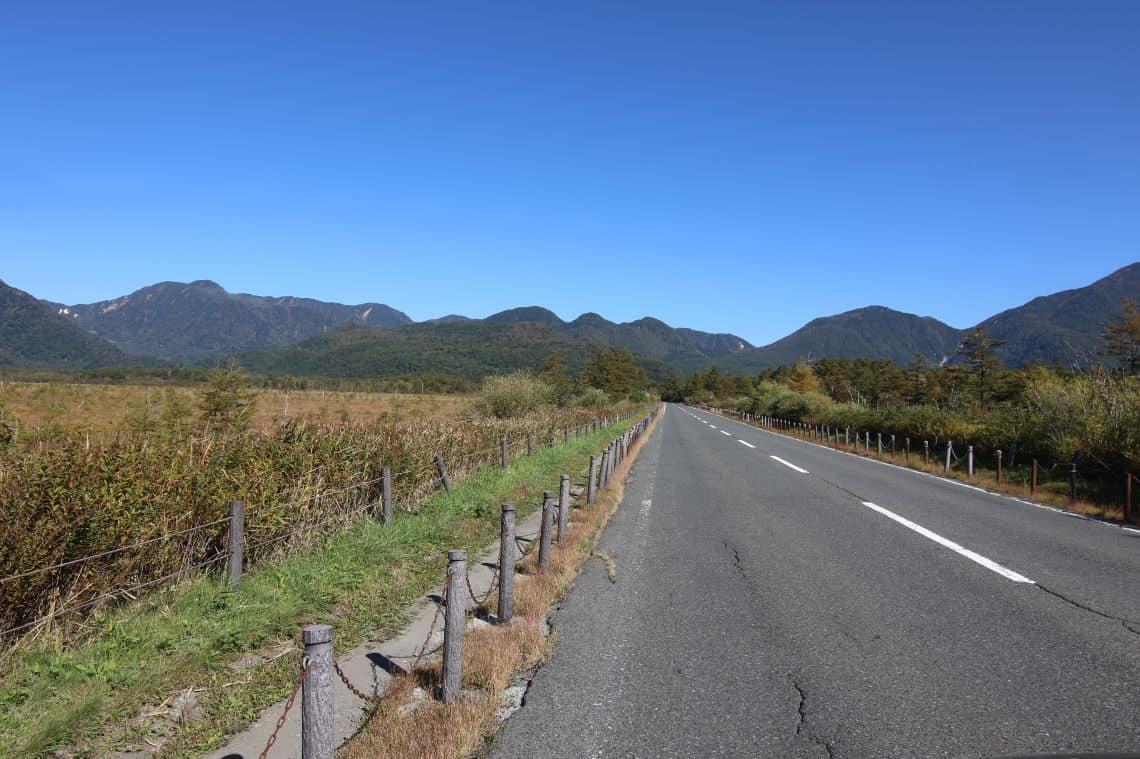
Walking Thru History
Other great historical and cultural attractions to add to your Nikko walking list include the following:
- Monument of Boka-Tai: It was built by the leader of Boka-tai (a fire brigade) in 1834 for a memorial service.
- Sugegasa Higiri Jizo: This is enshrined in a small wooden building. It is believed that if you pray to this Jizo for something you want, it will be realized and manifested if you like on a certain day. Many people come here to pray for their wishes.
- Bonsho Bell: This temple bell was dedicated by Genkan in 1459 and is the oldest bell in Nikko. An inscription on the Bell says “The present Shogun is Ashikaga Shiegiuji (1438-1497).”
- Urami and Jakko Falls: Both of these falls are very scenic and you can hike/walk around the area. Urami is known as one of the finest three falls in Nikko, the main one being Kegon Falls and the third being Kirifuri Falls. Jakko Falls flows down over 7 steps — it’s famous from ancient times and is ranked one of the 8 top places of scenic beauty in Nikko.
- Statue of Tenkai: The Archbishop Tenkai, a Buddhist priest of the Tendai sect, was trusted by the first Shogun Tokugawa Ieyasu and served three Shoguns.
- Kitano Shrine: This shrine was built in 1661 — Sugawara Michizane, who was a scholar of the Heian Period (794-1191) was enshrined as a God of Study.
- Gyoja-Do Sacred Hall: The meaning of gyoja is ‘ascetic’ in English. Inside this dark temple, you can see the wooden statues of En’no Ozunu and his followers.
The Akechidaira Ropeway
A fun attraction in nature is known locally as the Akechidaira Ropeway and it allows visitors to take a cable car to the top of the mountain for a breathtaking view of the surrounding area. It’s only a 3 minute cable car ride from Akechidaira and the reason to go is the view. The Akechidaira lookout is said to have the best view in Nikko – you can see all the way across to Lake Chuzenji, Kegon Falls, and Mount Nantai. To the east you can see a line of perpendicular cliffs and mountain ranges in the distance.
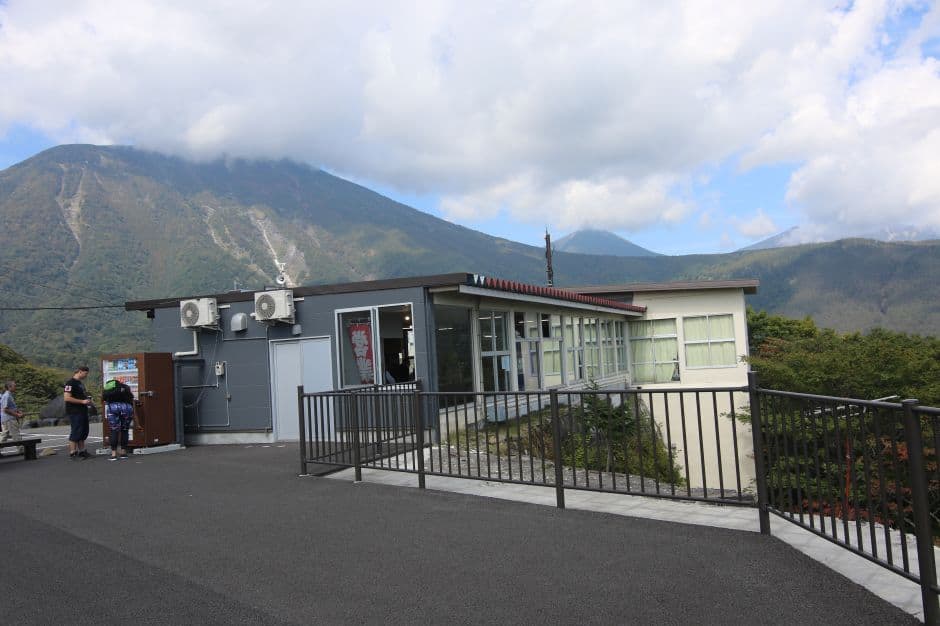
This is the station where you grab your tickets, park your car and wait your turn to head up into the mountains in a cable car aka the Akechidaira Ropeway.
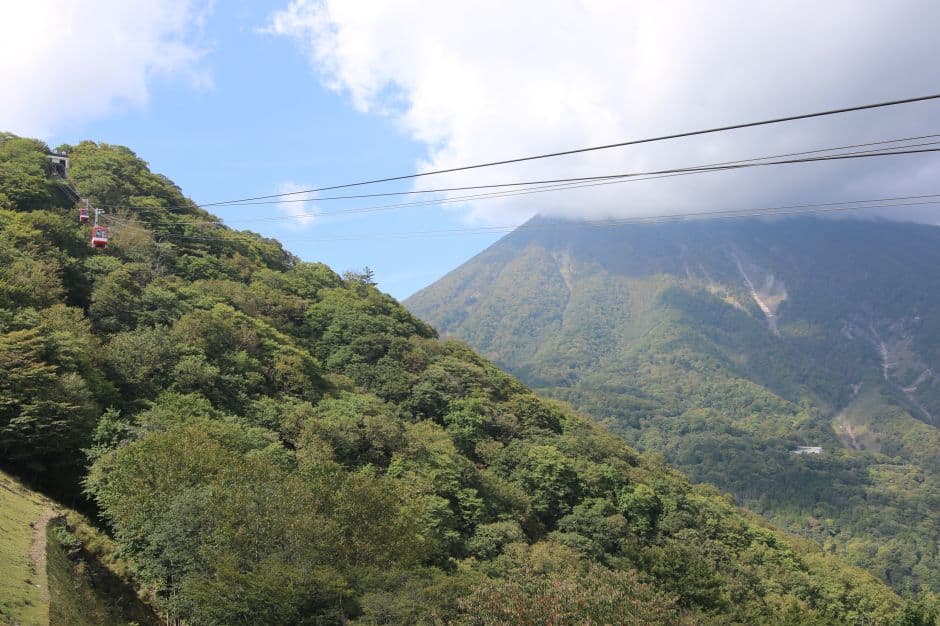
Above and below are the 360 degree breathtaking views of the mountains on all sides.
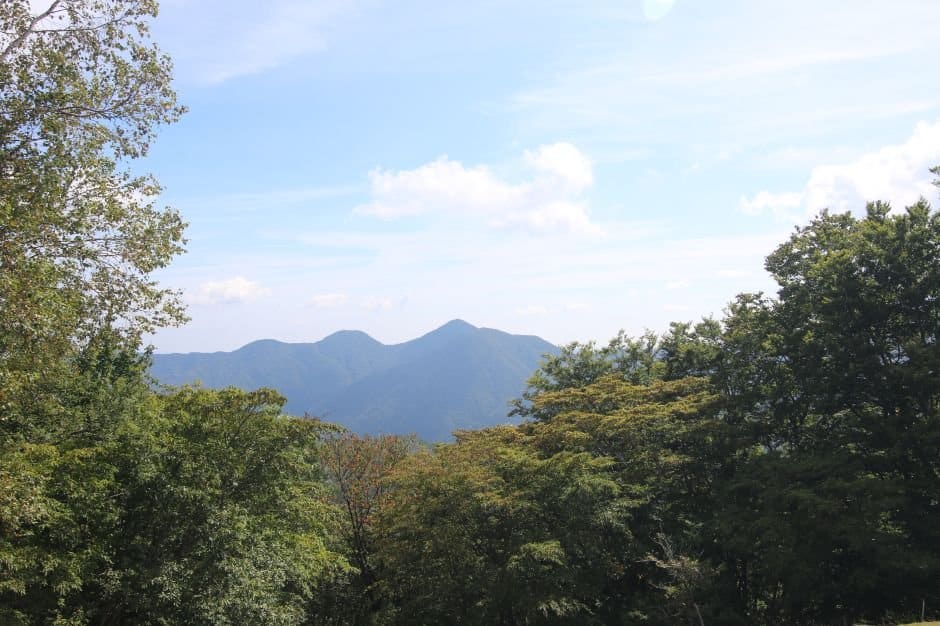
Akechidaira Plateau is located near the top of the ascending Irohazaka Winding Road. At the plateau, there is a parking lot with a free observation area that offers nice views onto the Irohazaka and the valley below. Weather permitting, you can also hike up (about two hours one way) via a hiking trail from Lake Chuzenjiko. The trail also connects to Mount Hangetsuyama.
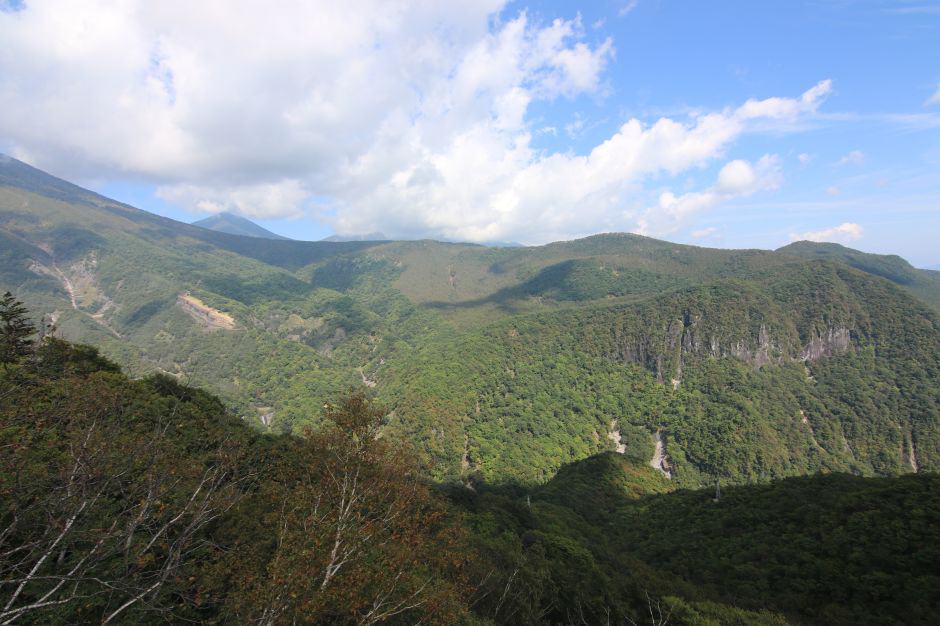
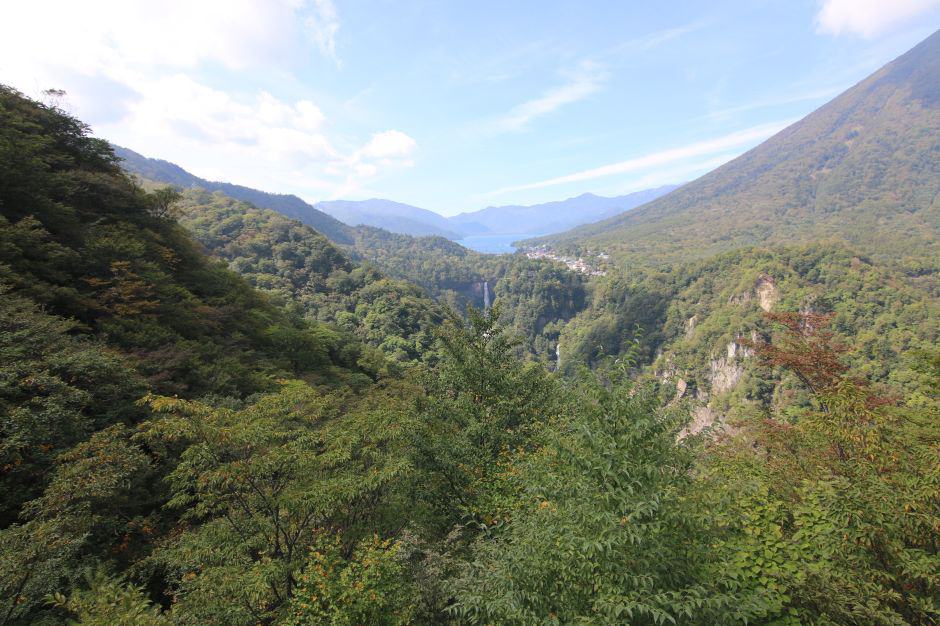
Here we are at the top — it was ‘nearly’ a clear day when we were there but with some cloud formation, we weren’t able to see everything in the distance. That said, it was a pretty remarkable view and didn’t want to head back down quickly. There’s no real place for a hike or a picnic, so its more of a one hour excursion for the view itself.
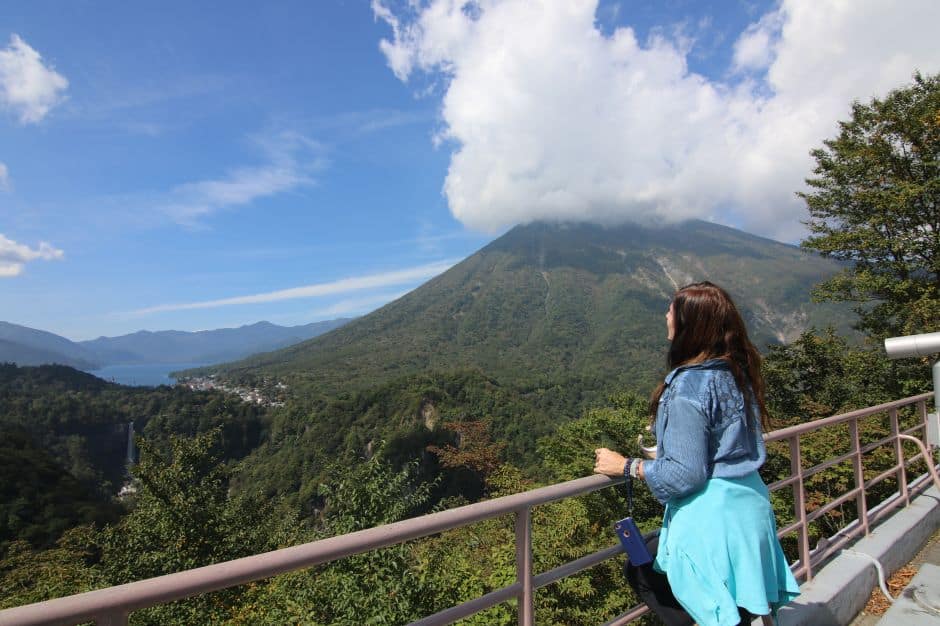
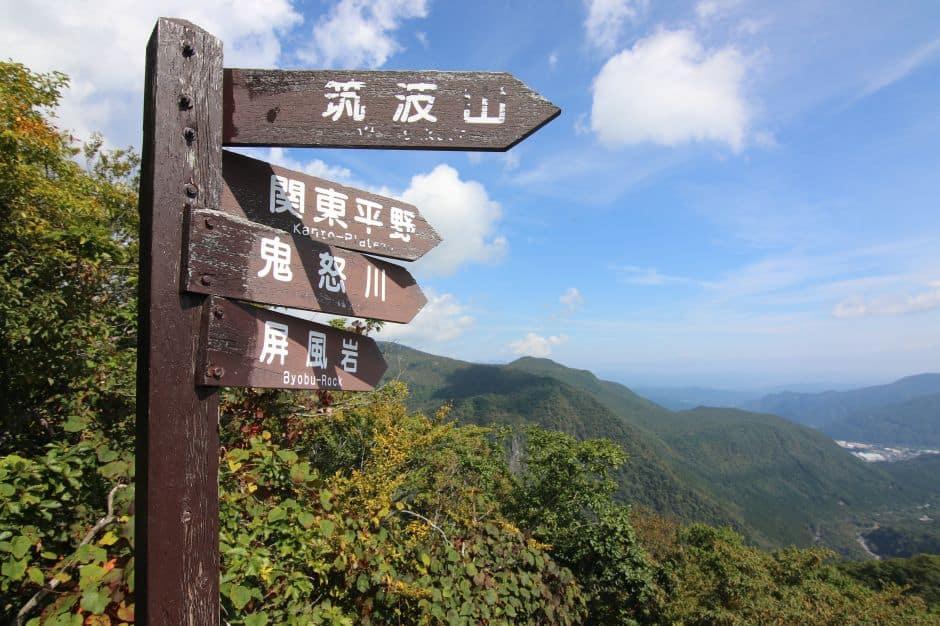
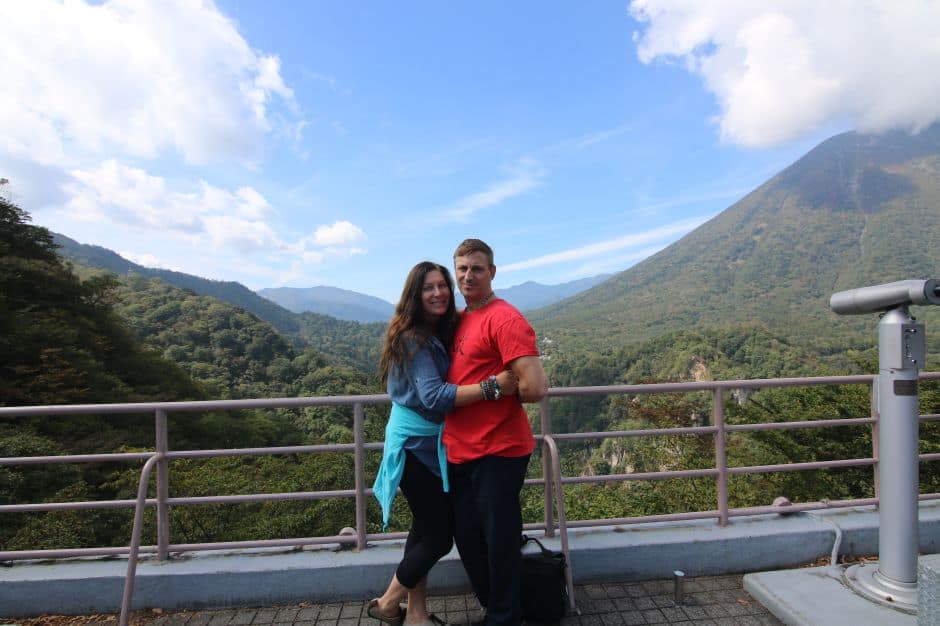
Edo Wonderland
Edo Wonderland is a unique experience that it is largely meant to be designed for kids. In other words, it makes a great excursion if you have kids in tow. That said, the ‘park experience’ is so unique that I’d strongly suggest going without kids as well, especially if you’re interested in Japanese culture and history.
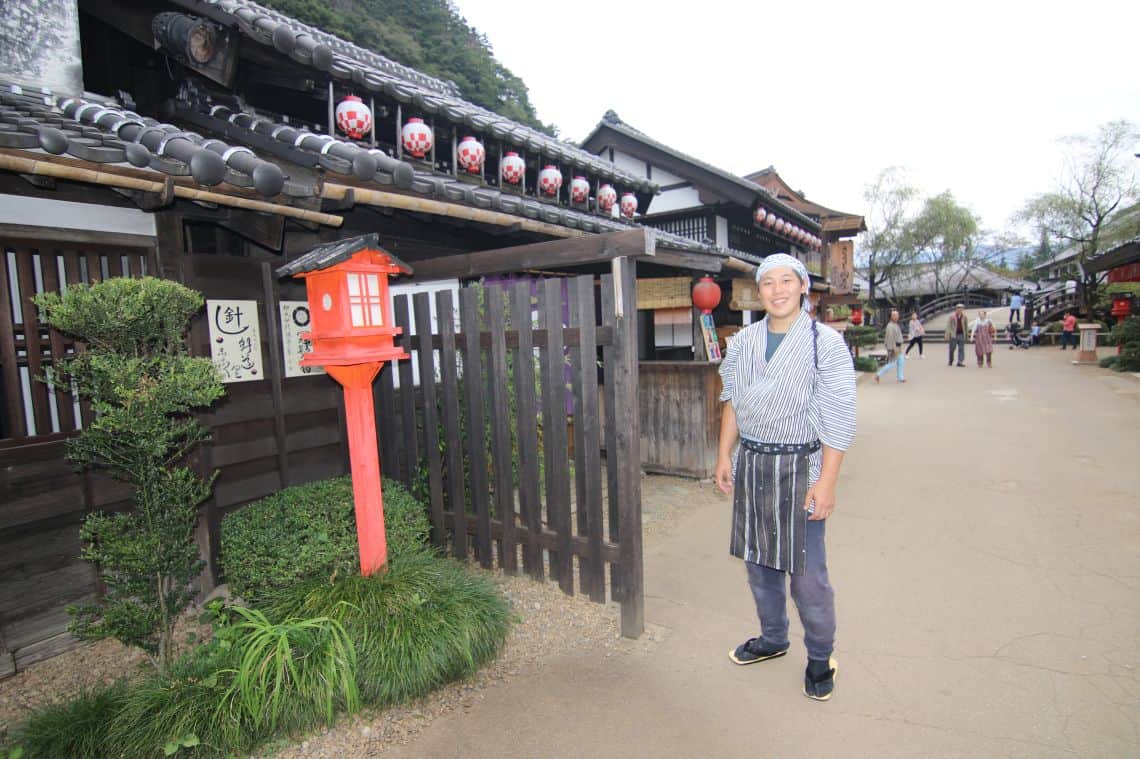
Walking through Edo Wonderland
Edo Wonderland is a cultural theme park that brings the Edo period to life. On site, you will find theatres, exhibits, interactive experiences, Edo restaurants and souvenirs. There’s also plenty of places to eat customary food and ice cream cones — we had two while we were there!
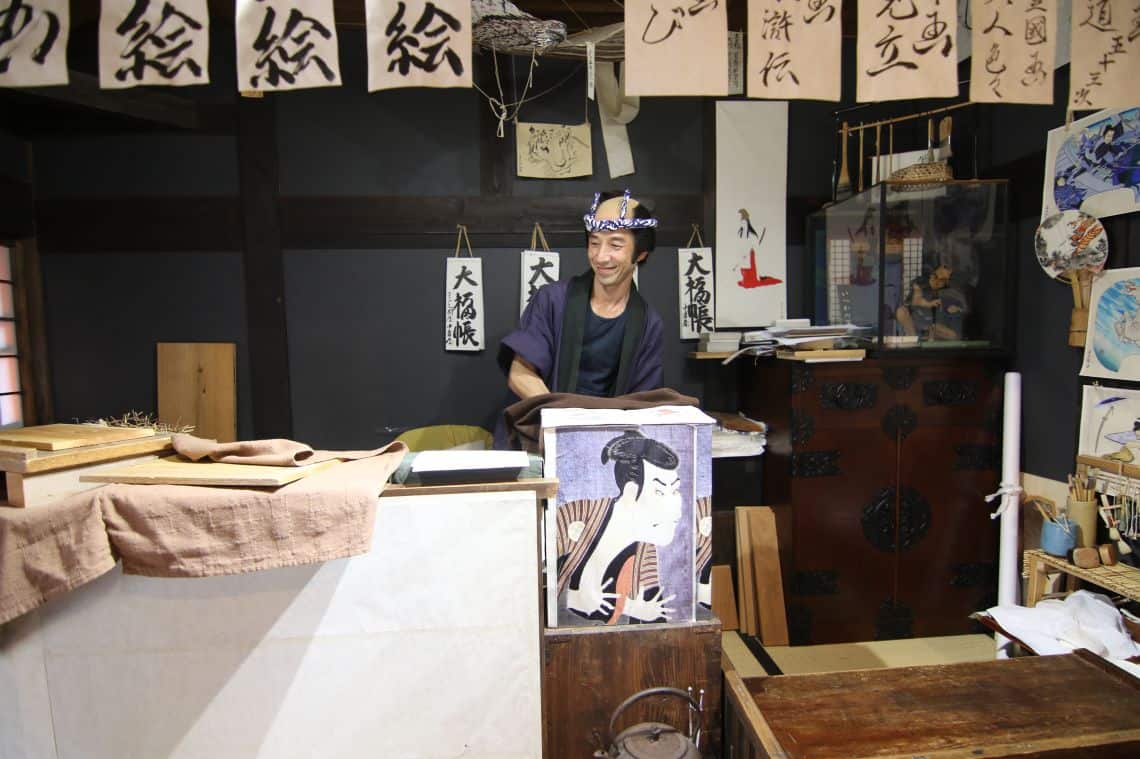
In addition to the shows and interactive experiences, it’s gorgeous to walk around. They have re-created a village setting nestled against the mountains of Nikko. It’s so culturally rich — you can take photos of (or with) Samurai, Geisha and Ninja.
Of what they offered, we went to the Ninja Karasu Mansion, the Samurai Experience, and some of the performances. You can also get dressed up in Edo clothing, which we didn’t have time to do, and walk around as a local for the day. How fun, right?
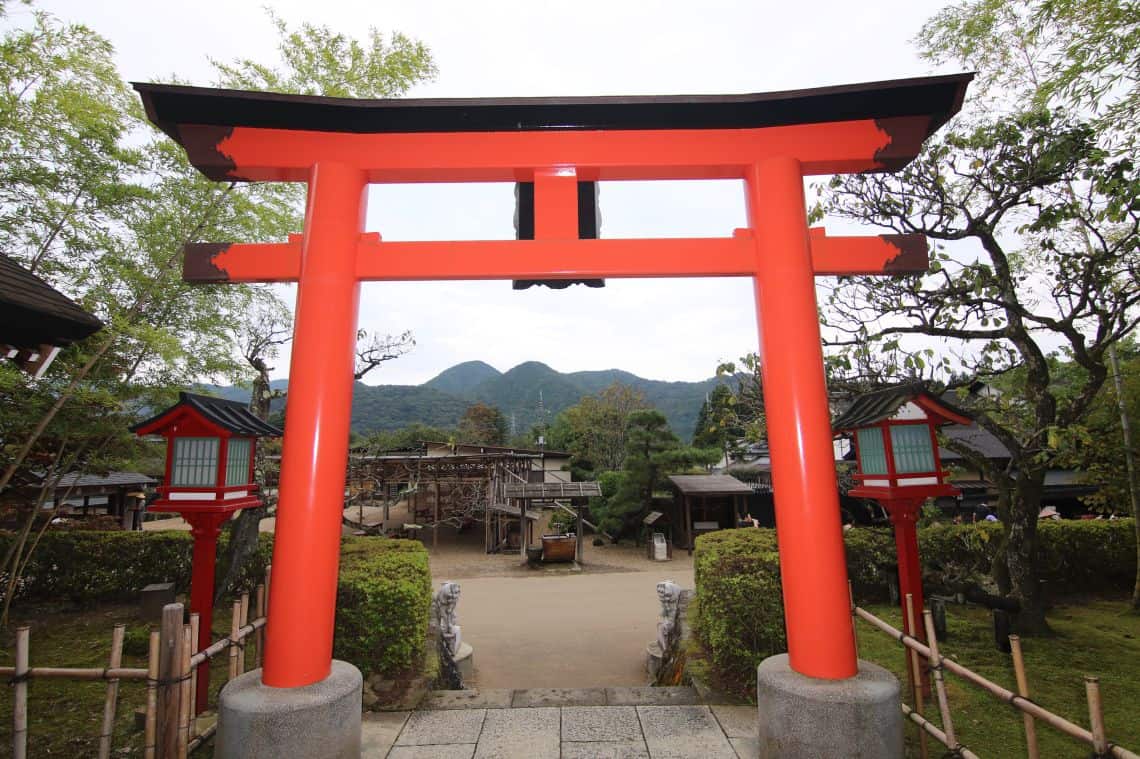
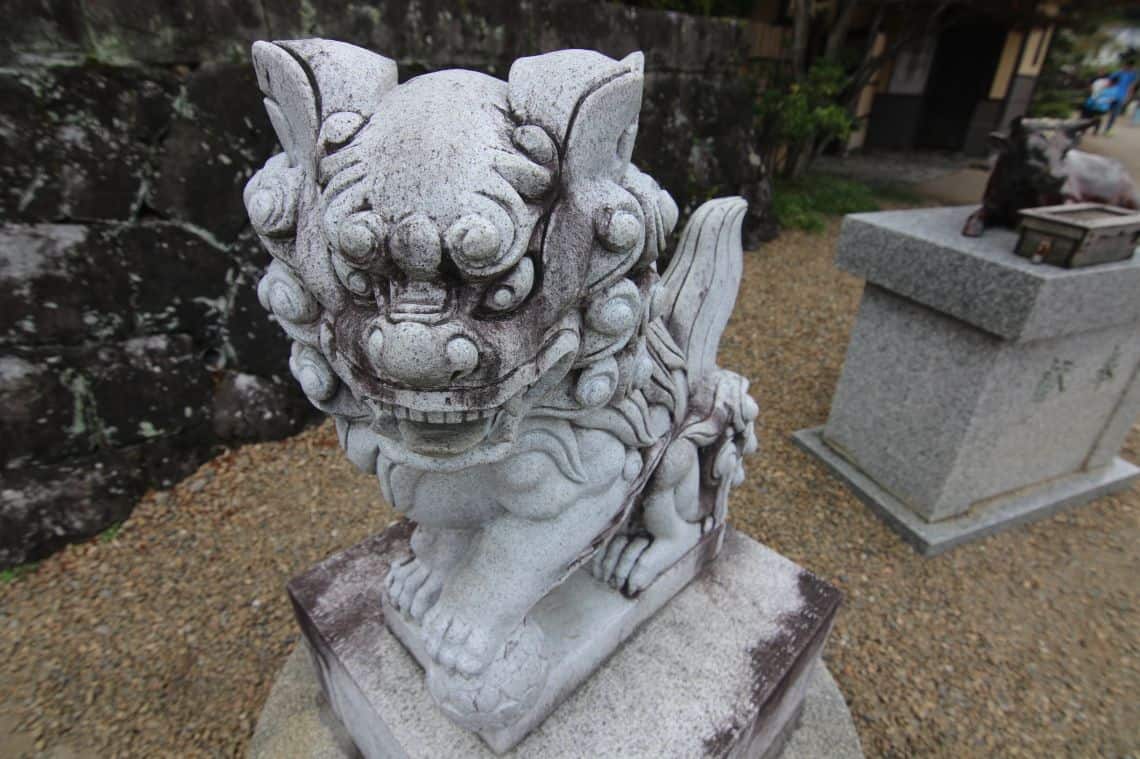
As part of your stroll around the park, you can take a small path through the woods and as you walk past a waterwheel, you hit something they call the Out Post Town, where there’s a traveler’s inn and you can order drinks and food. Along Edo’s main drag, there’s an Oiran courtesan procession held daily — it’s a bit like the Disneyland of the Edo period.
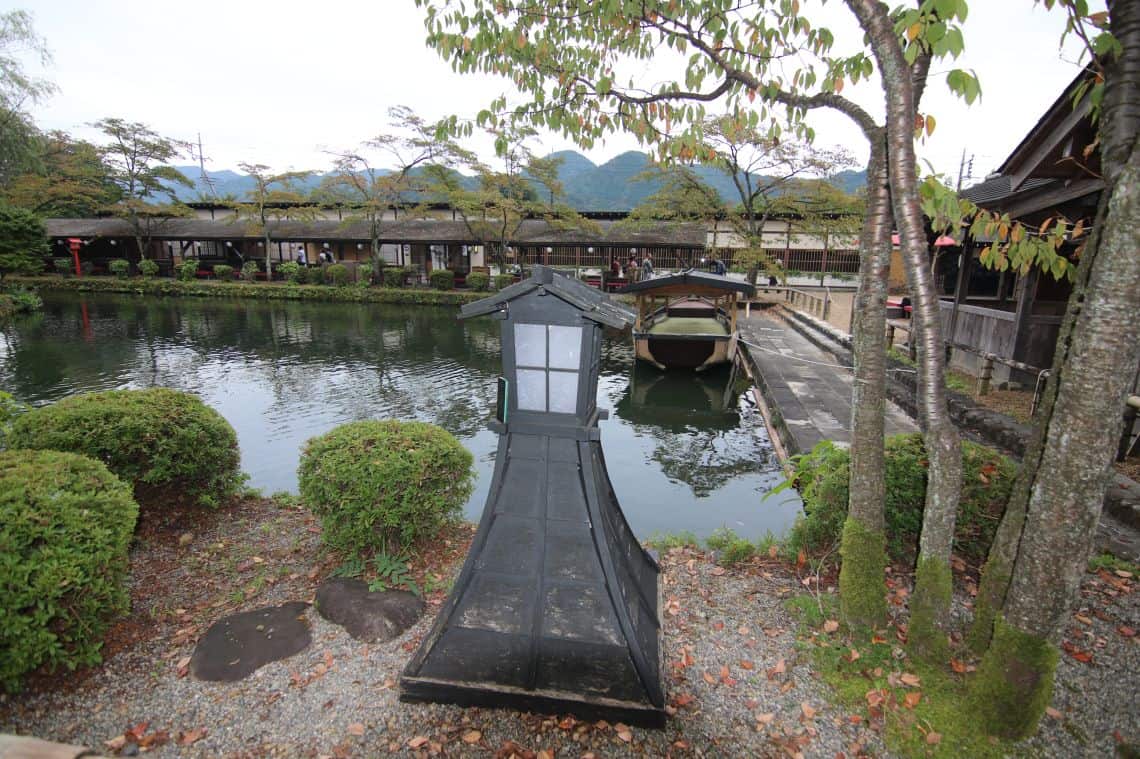
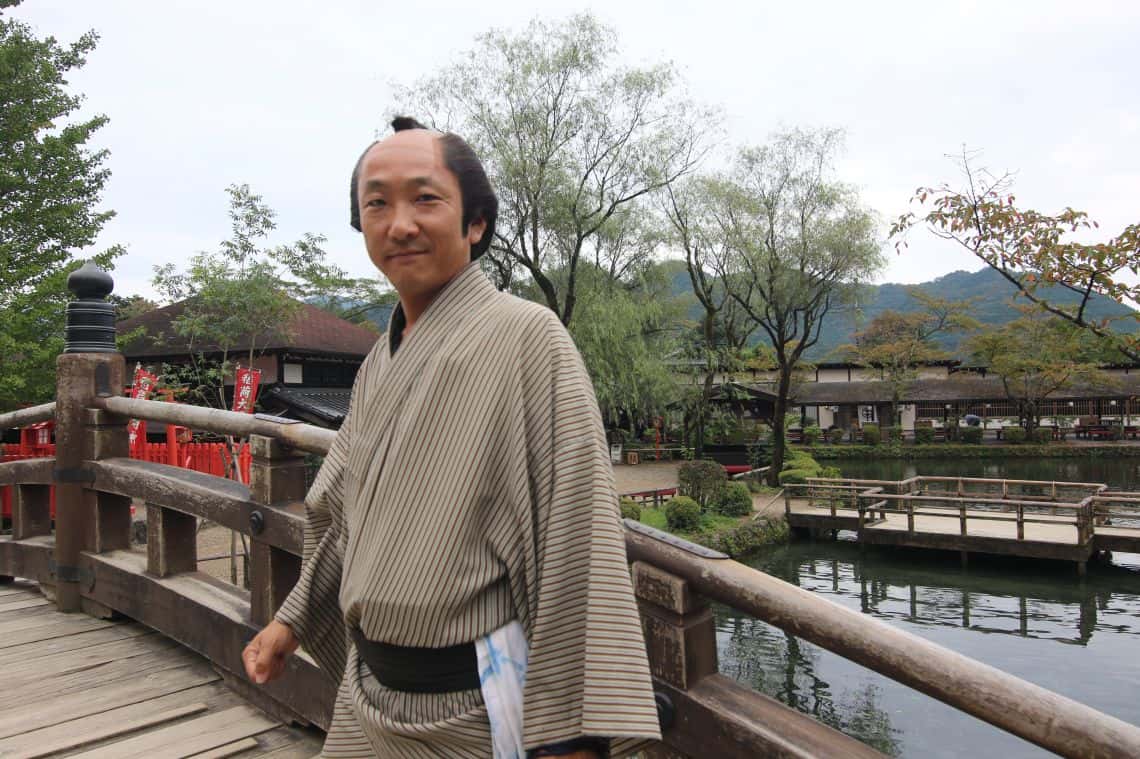
One of our guides.
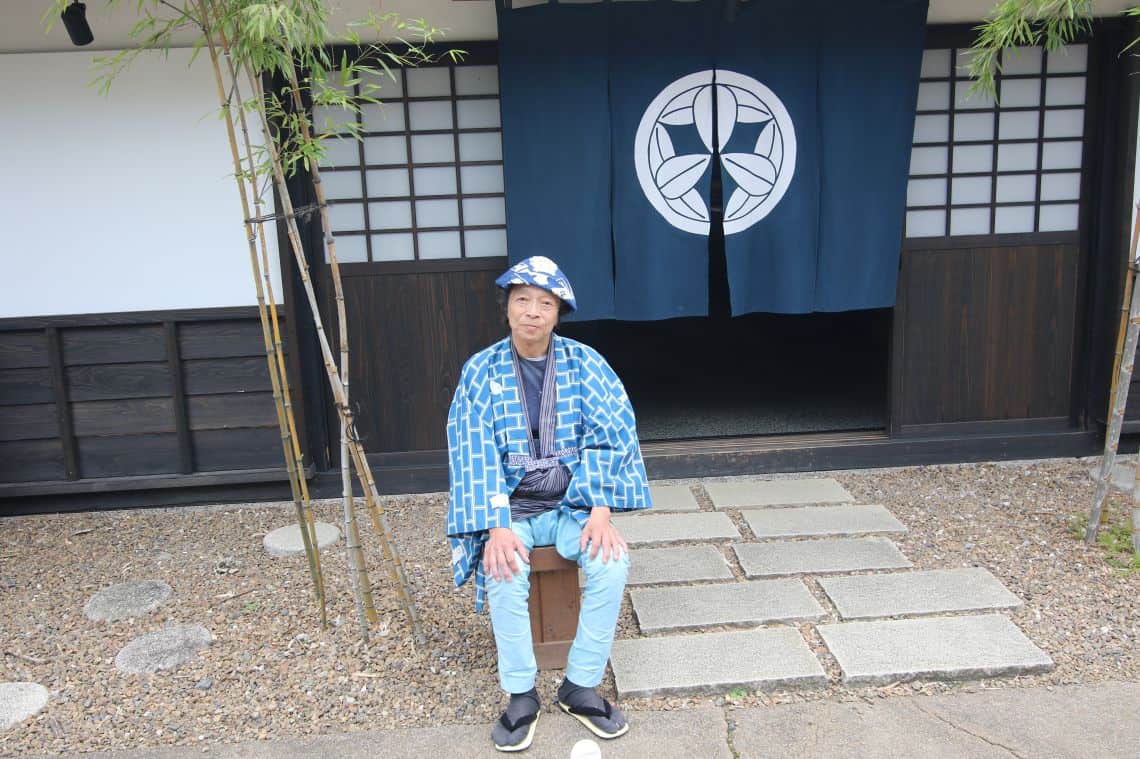
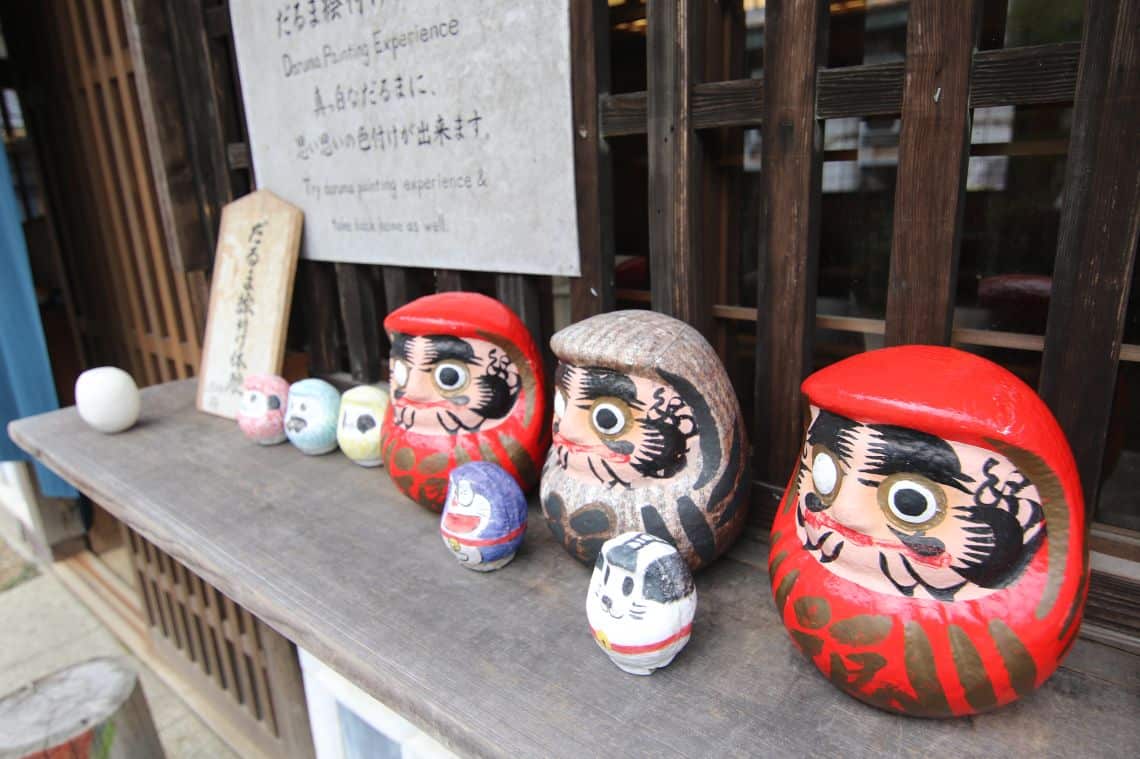
In addition to the Ninja Village, there’s a Samurai District, which Anthony loved. Going back in town, they spoke of the roles at the time, including what happened in the courthouse, the prison and the Samurai Lord’s residence, which houses the Edo Life Culture Museum.
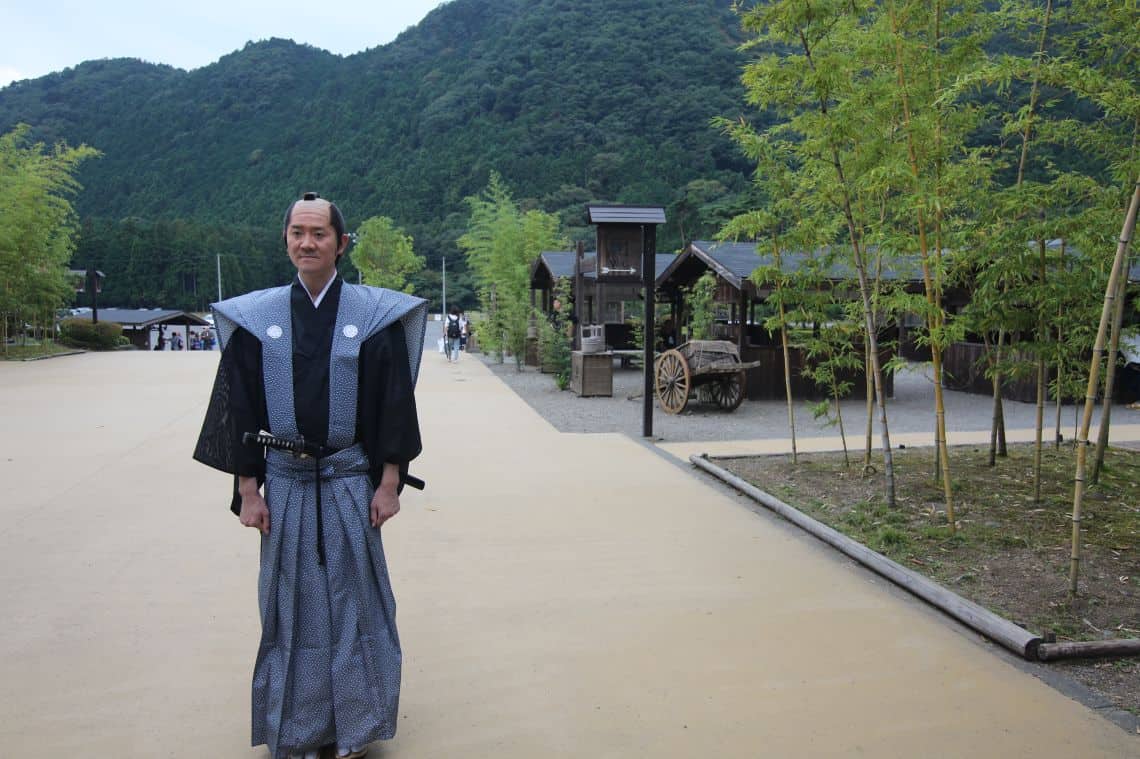
You can see shows inside some of the beautifully created temples and shrines they have scattered throughout the premises. The place oozes history, culture and wonder. Exhibits include a Sasayama Geta and Umbrella Shop, a Kago Palanquin Stand, a Golden Tea Room, the Edo Town Fire Figher’s Museum, as well as the home of the Segumi Fire Chief Masagoro.
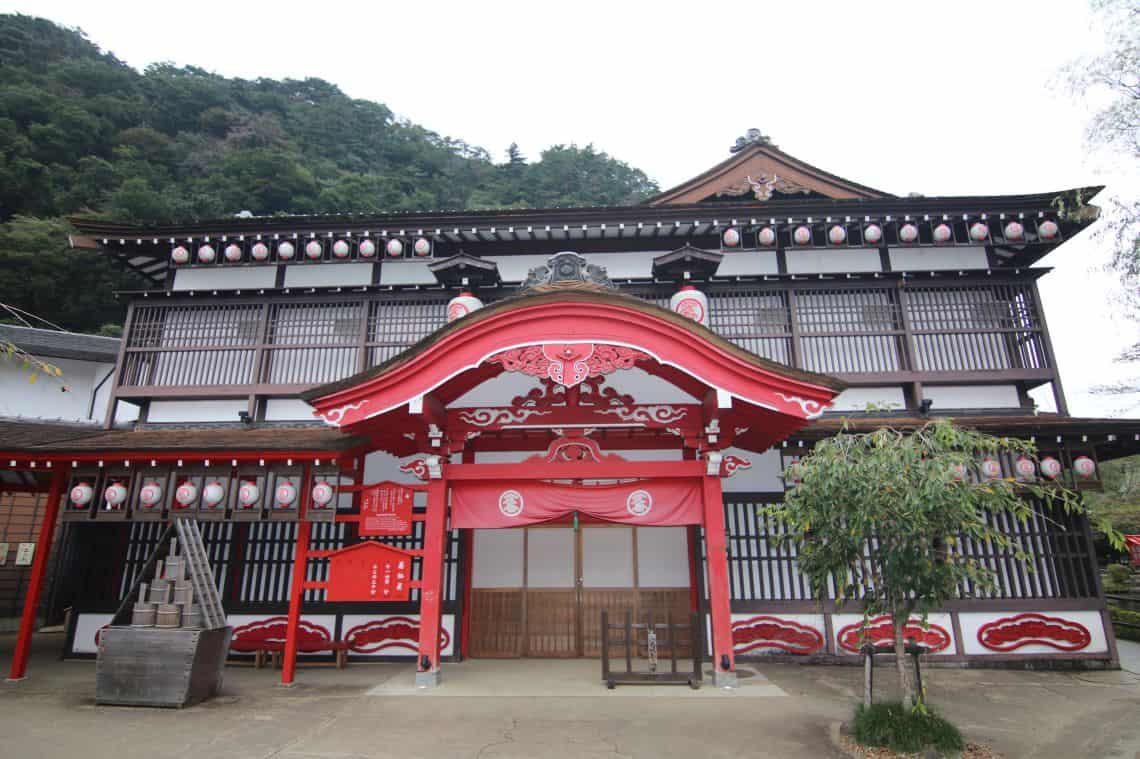
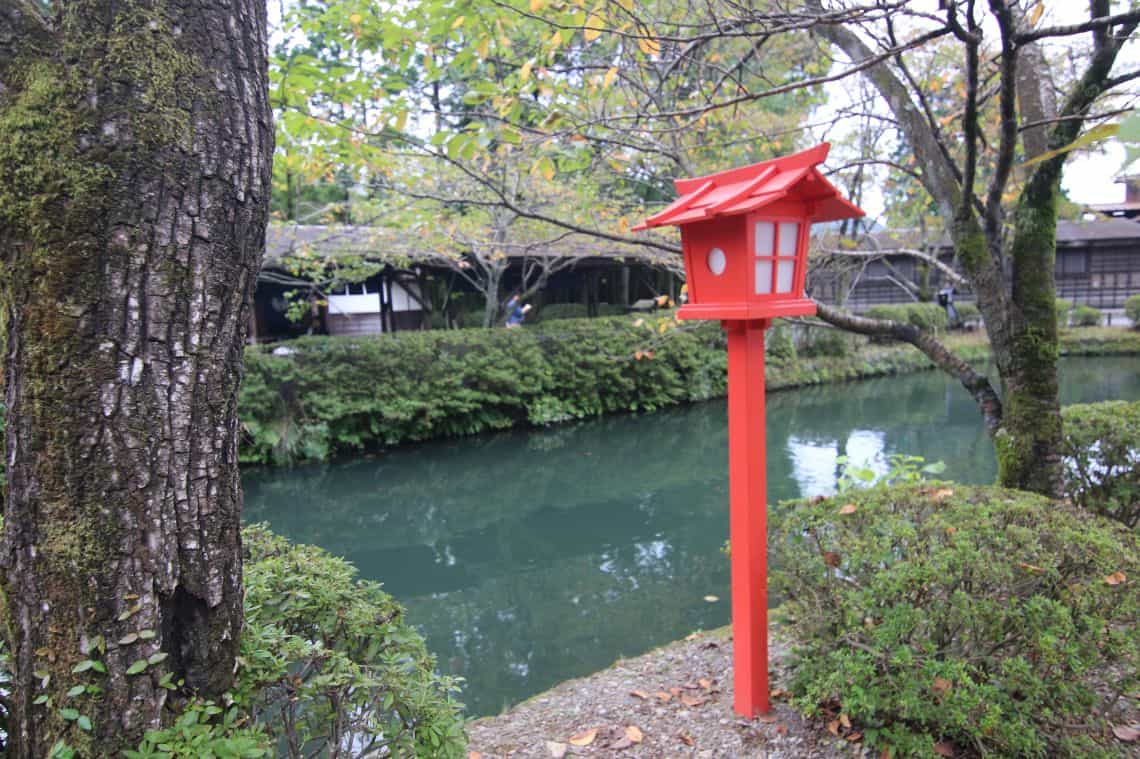
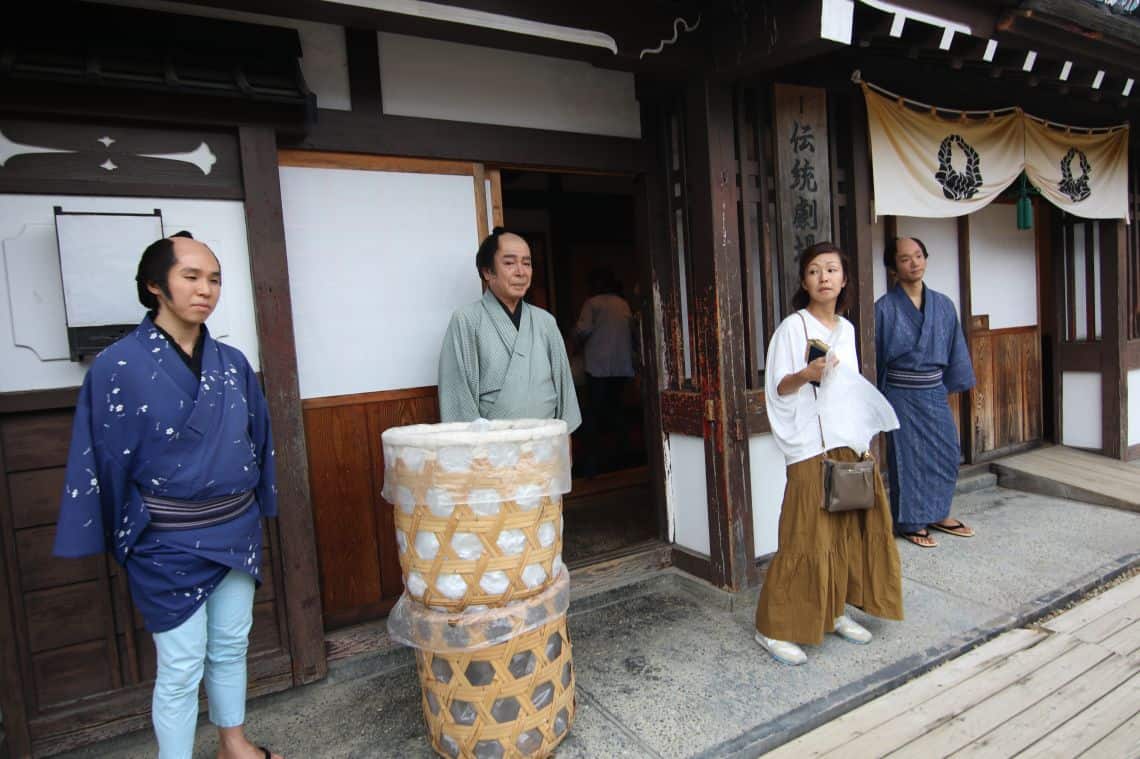
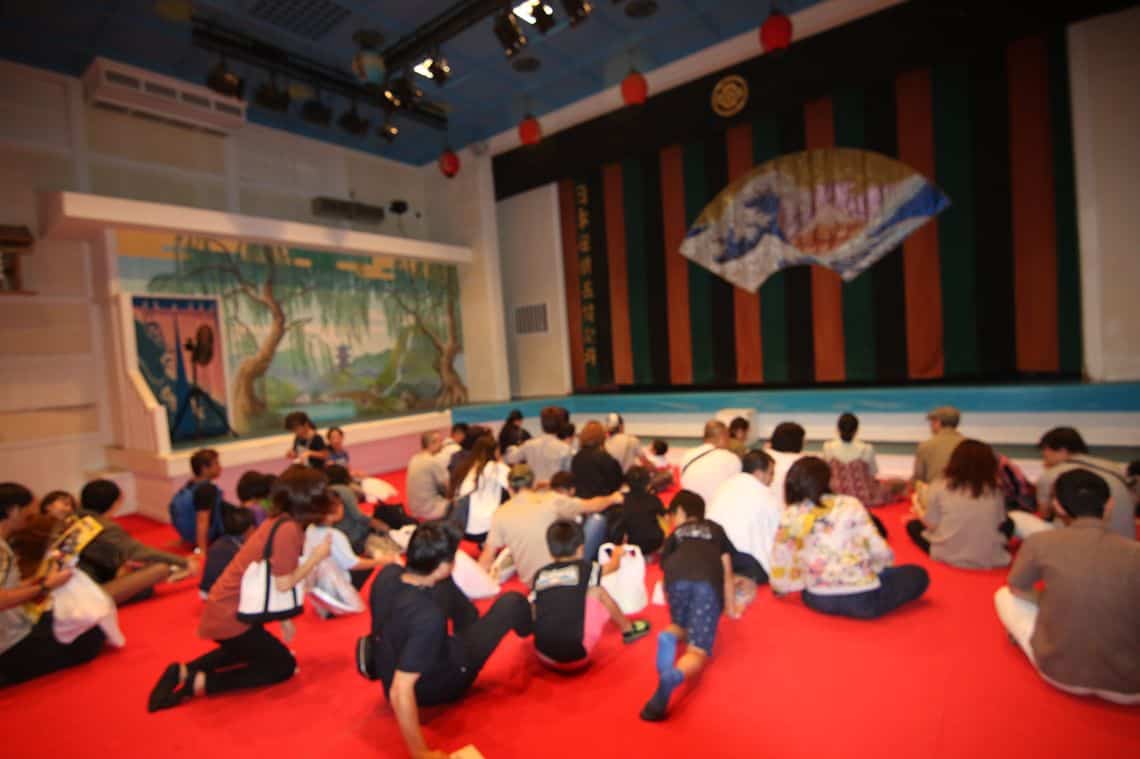
Waiting for one of the many shows we watched during our time at Edo Wonderland.
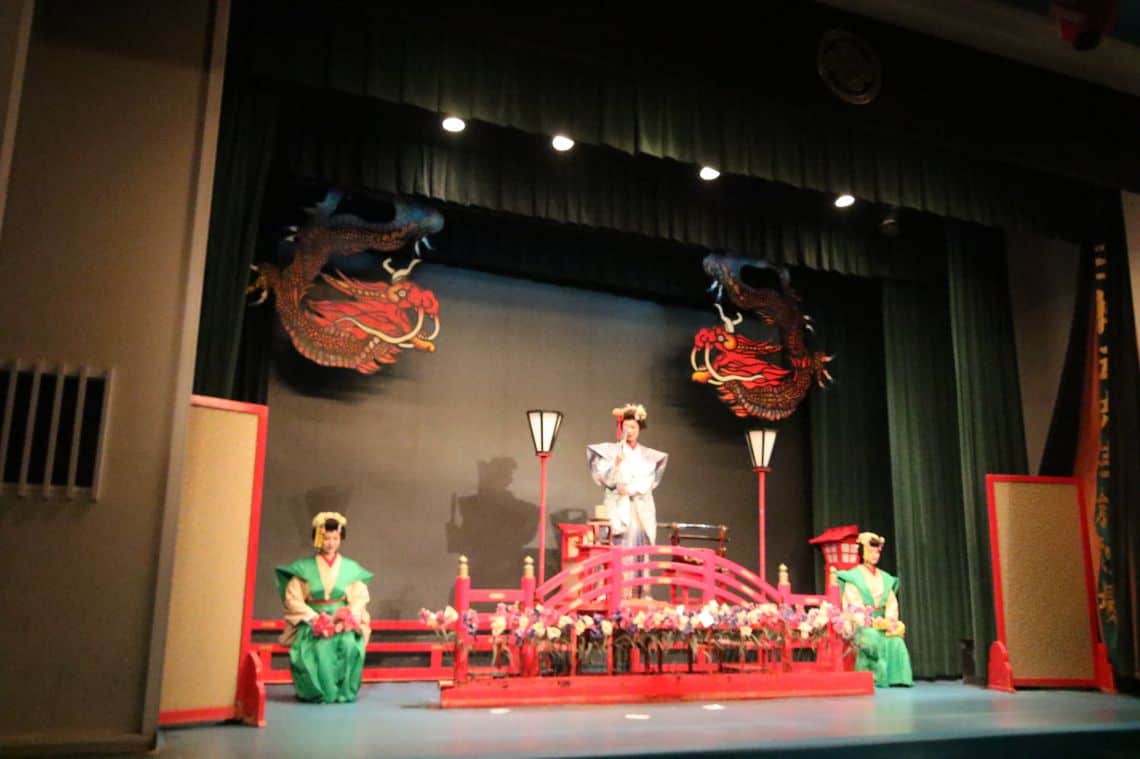
One of the on-stage performances we witnessed at Edo Wonderland.
You’ll love it. Check out their website for more information including hours.
Soba Noodle Making Class
Another unique and fun thing to do in Nikko is to attend a Soba Noodle Making class. You may be wondering how Soba noodles differ from other kinds of noodles.
Soba (buckwheat noodles) is one of the local dishes of Nikko, which is known as the best soba production area, because its climate is really great for growing high quality buckwheat seeds. Nikko‘s water — fresh from the mountains — is another ingredient which makes delicious soba and believe it or not, more than 100 restaurants in the area serve handmade soba.
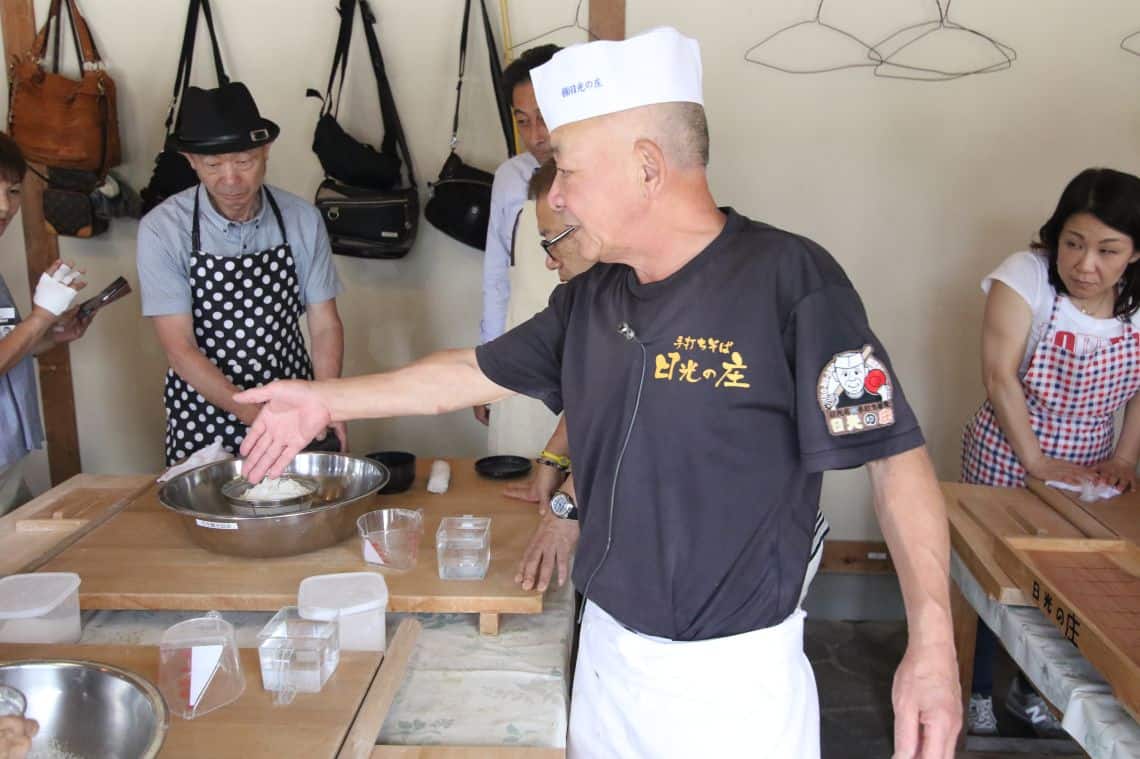
Above and below, our Soba making chef and…instructor. He had a sense of humor, making the class interesting and fun.
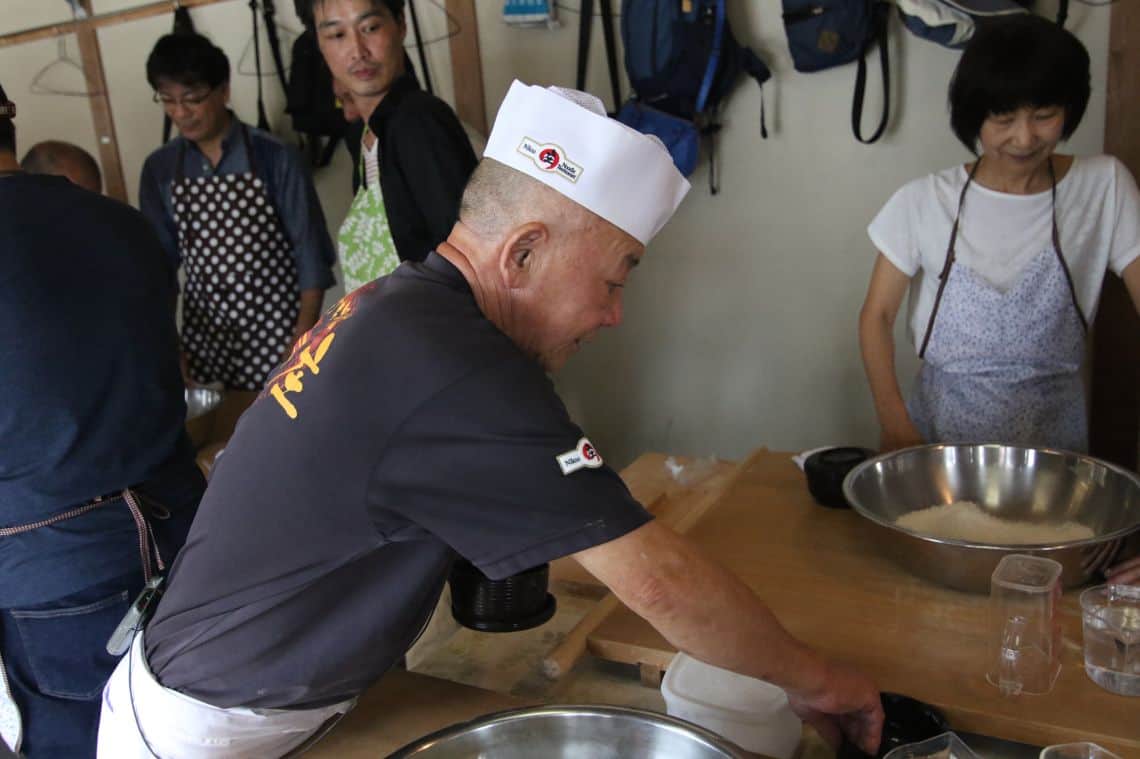
There is indeed a technique to making really good soba as Anthony and I learned when we tried to roll out the buckwheat dough. With a little patience and observation however, you can easily learn to make your own soba noodles.
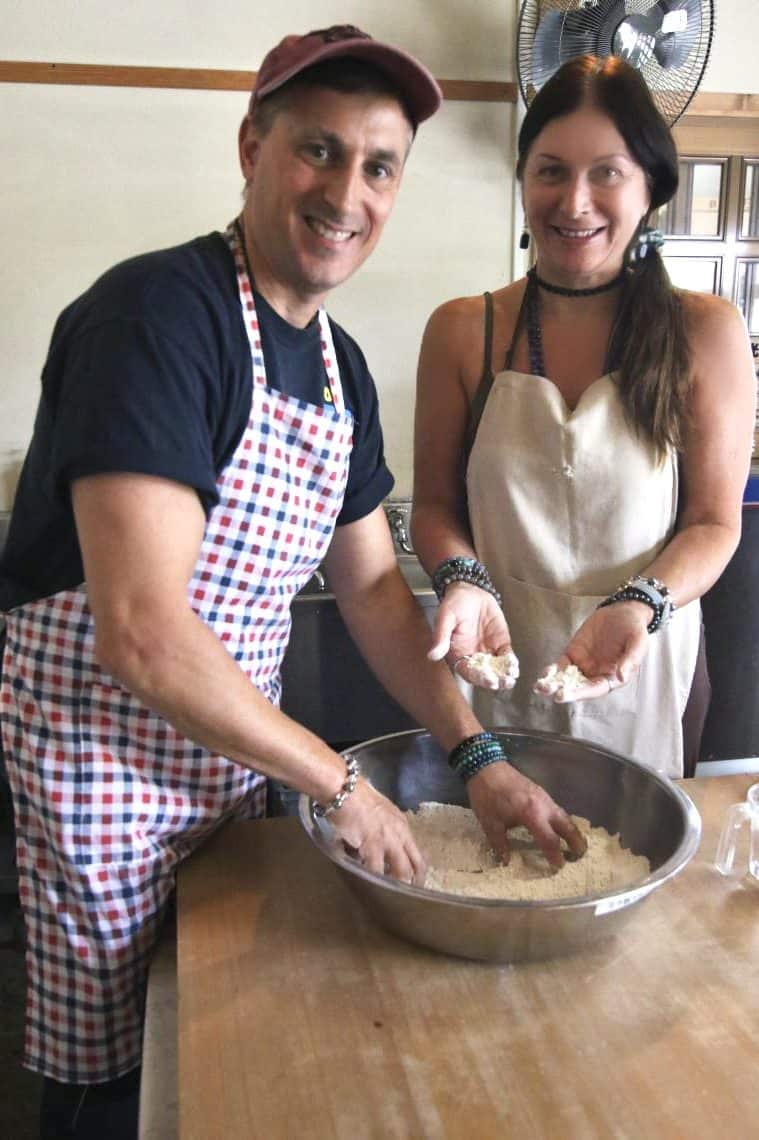
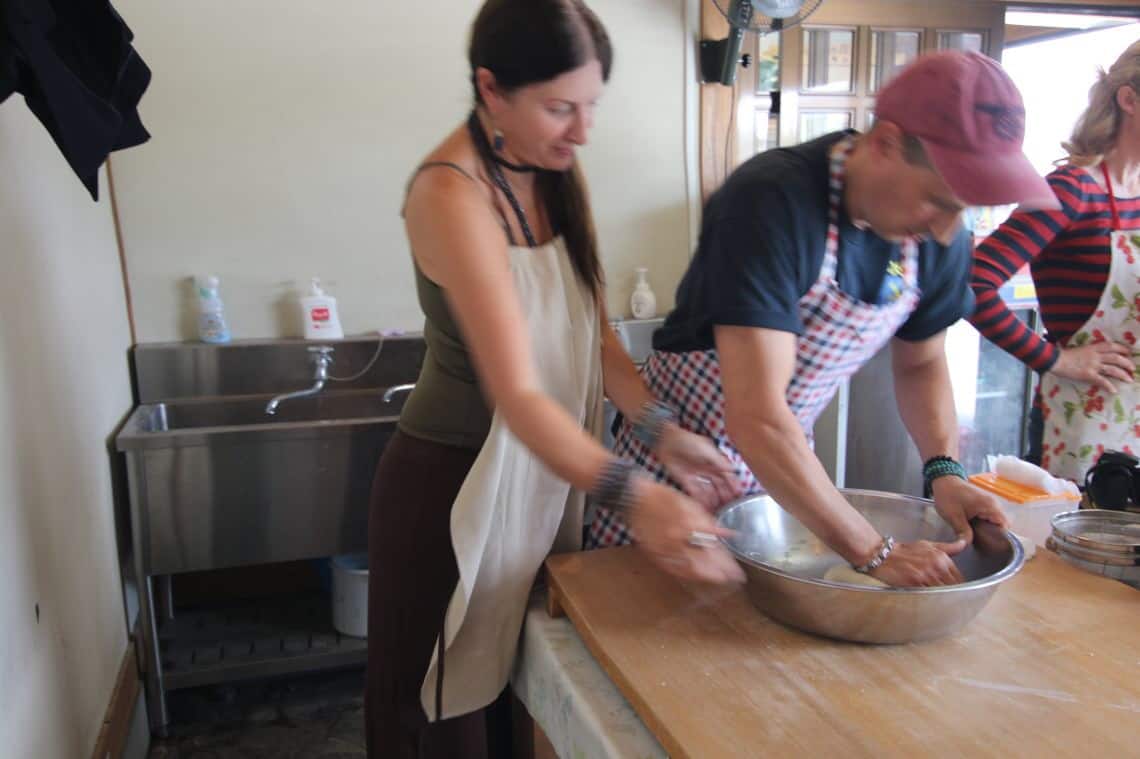
Here we are in action, making Soba noodles in Nikko.

Below, with the Soba instructor and chef.
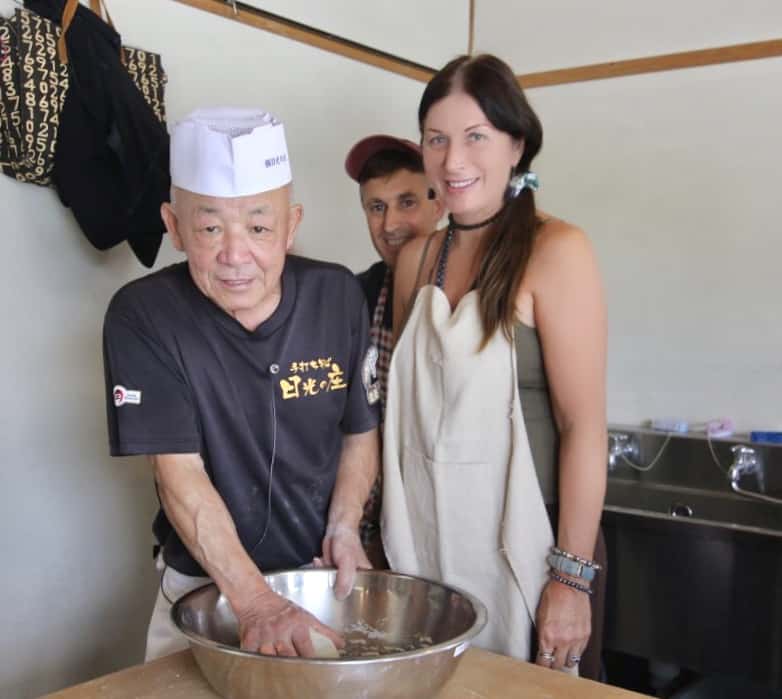
This is a view from the outside looking in, where they hold the classes. There’s also a beautiful traditional red bridge next to the venue.
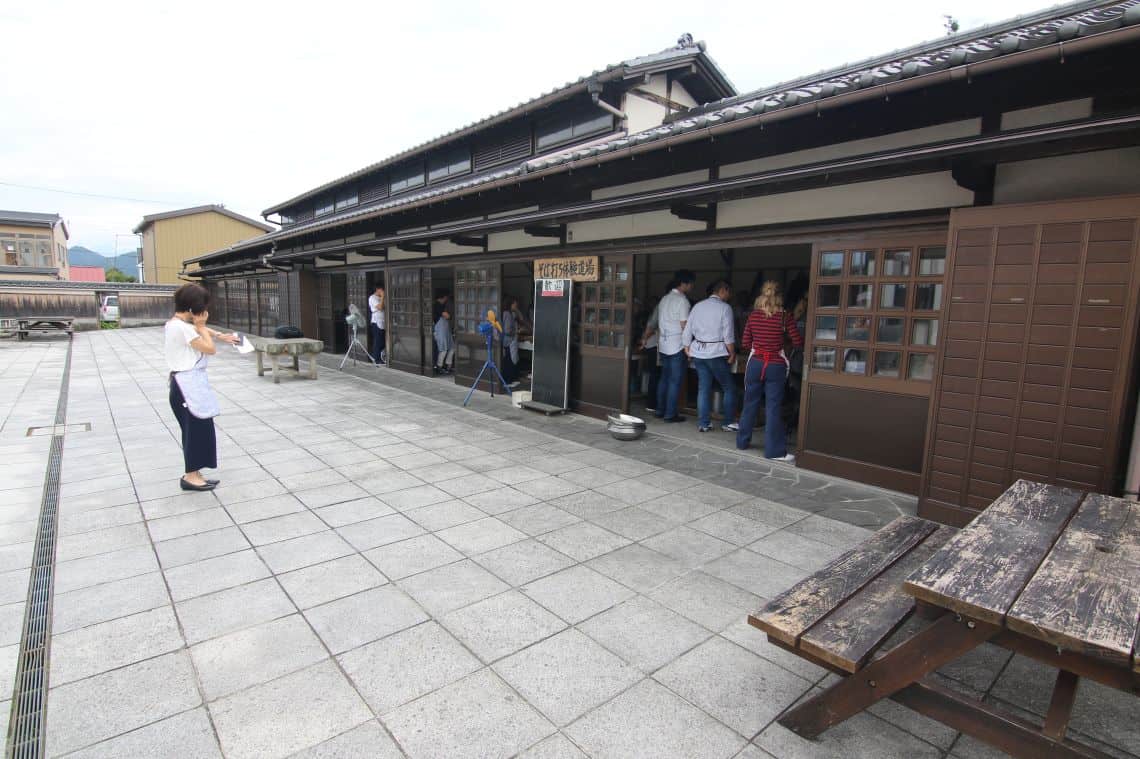
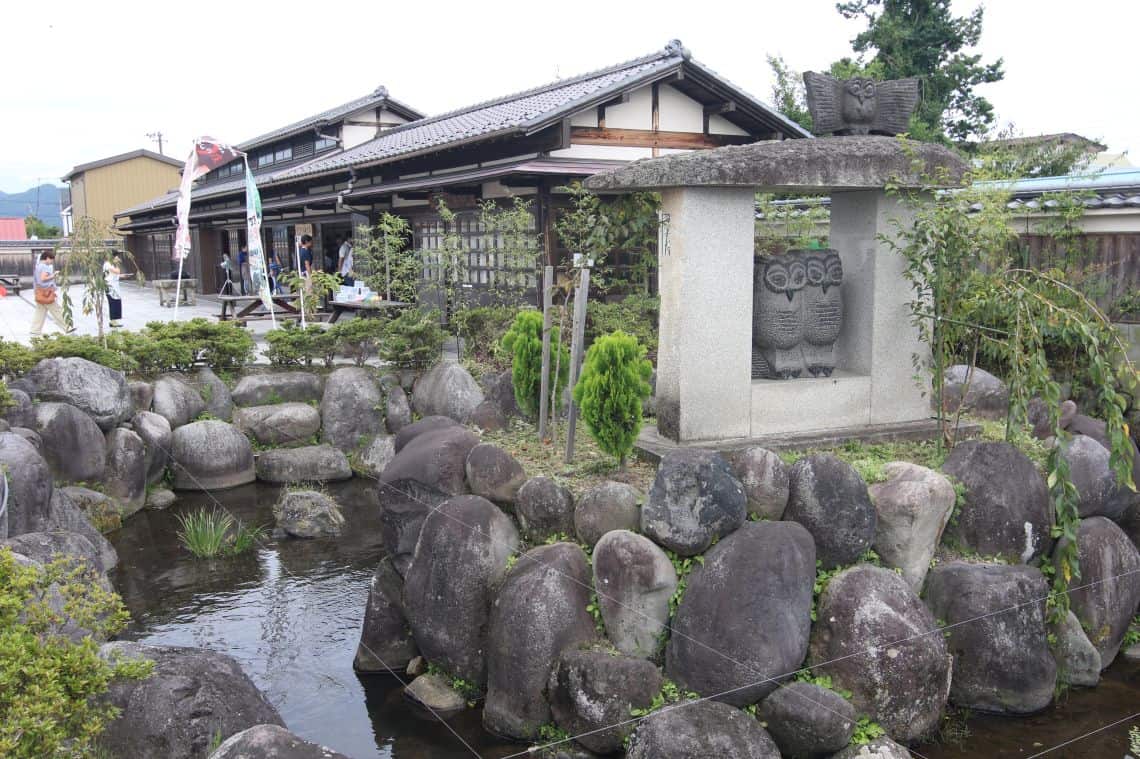
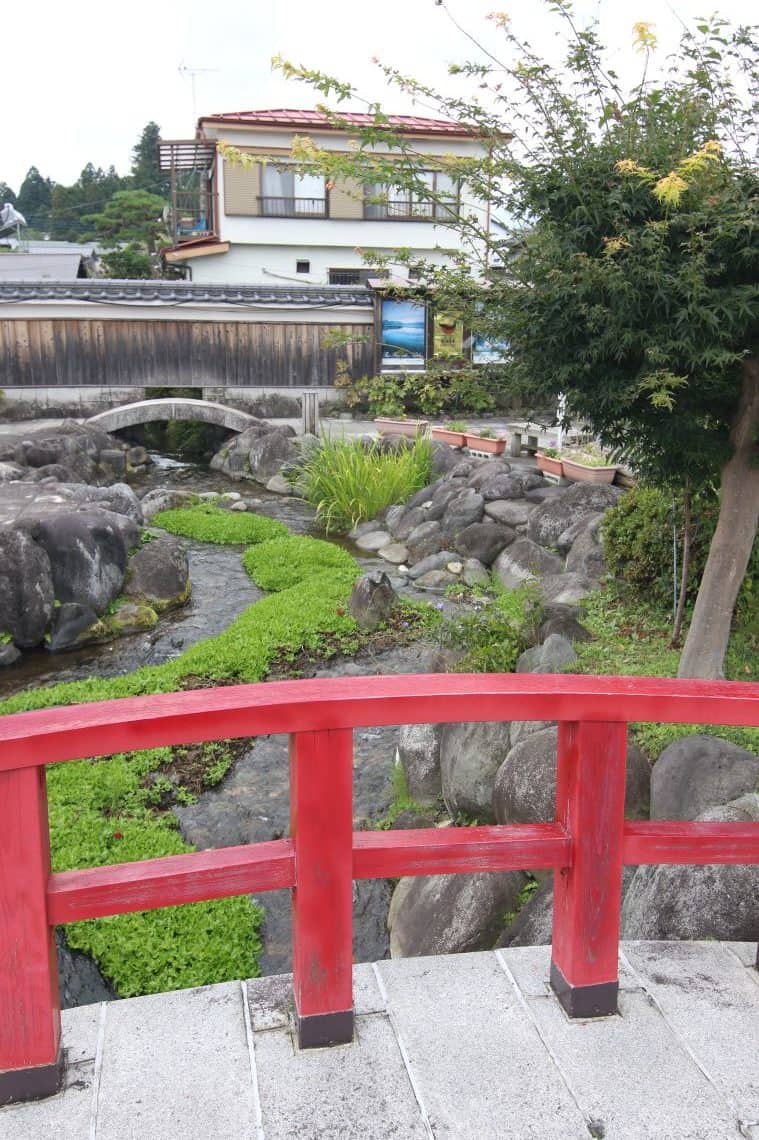
The fun thing is that after your Soba noodle making experience, you get to try your creation at a restaurant right next to the workshop area.
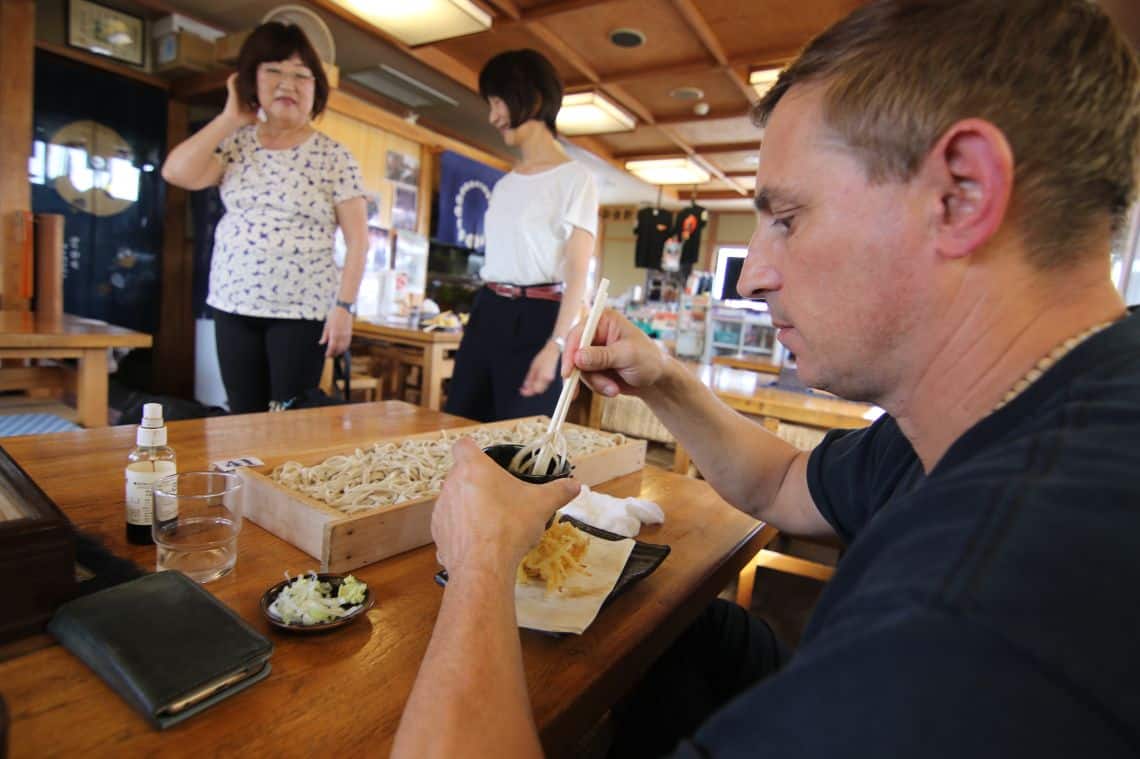
Anthony trying our Soba noodle creation at the restaurant
Check out the Nikko no Sho, Handmade Soba Restaurant as well as this useful page on Soba in Nikko.
Kenaya Hotel History House
We stayed at two of the Kenaya Hotels in the Nikko area as they’re a bit of an institution, so much so that there is a museum dedicated to its history, which is attached to the Cottage Inn Restaurant & Bakery. Even locals apparently buy the bread made at this renowned bakery.
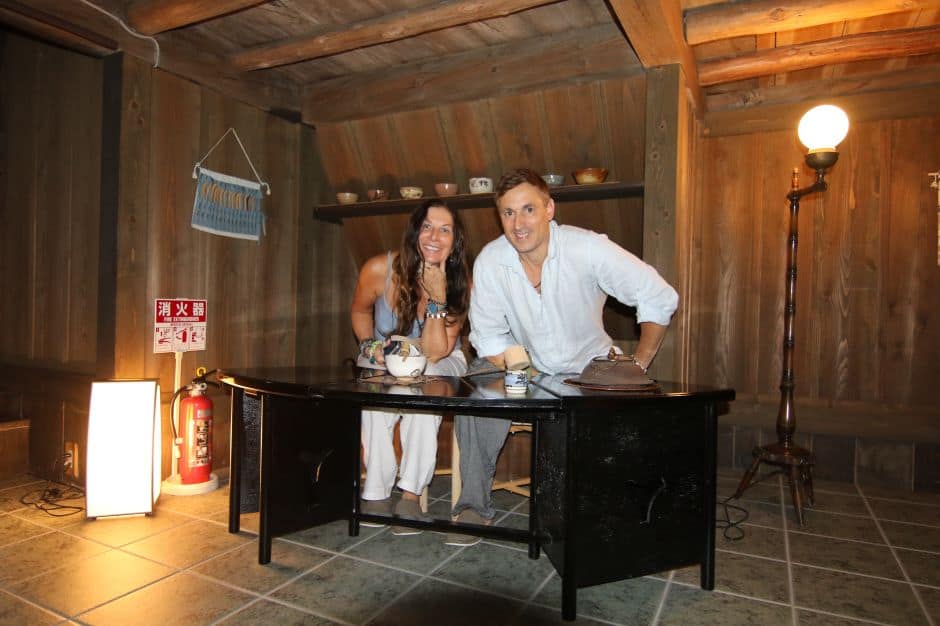
Inside the Kanaya Hotel History House during our tour
The house itself is pretty unique. Originally built in the 1600’s as a high ranked samurai officer’s residence, it is now seen as an important historical and cultural asset — remember that Kanaya’s first hotel in the area was the first western-style in Japan. Below are some of the shots we snapped during our time here.
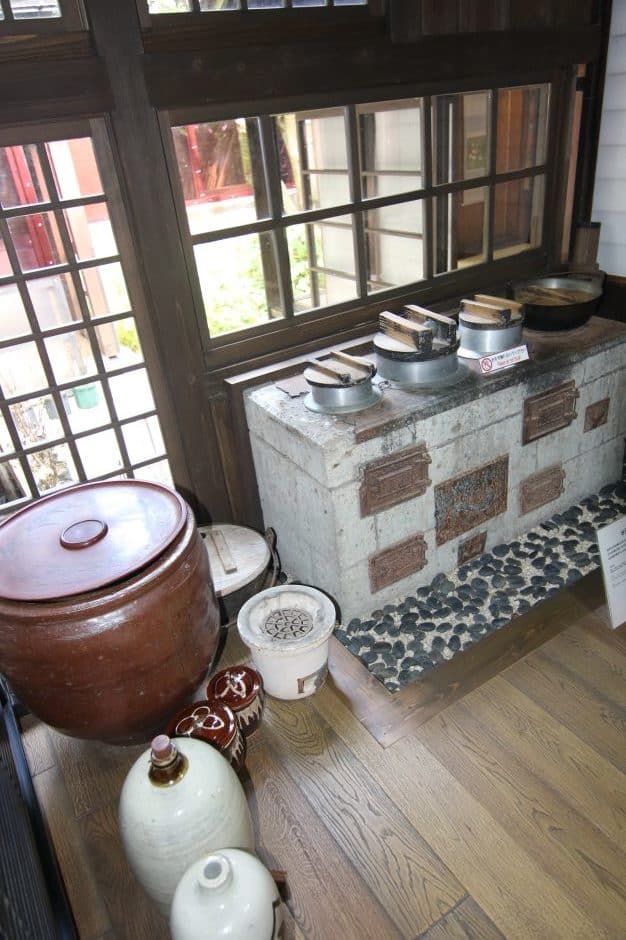

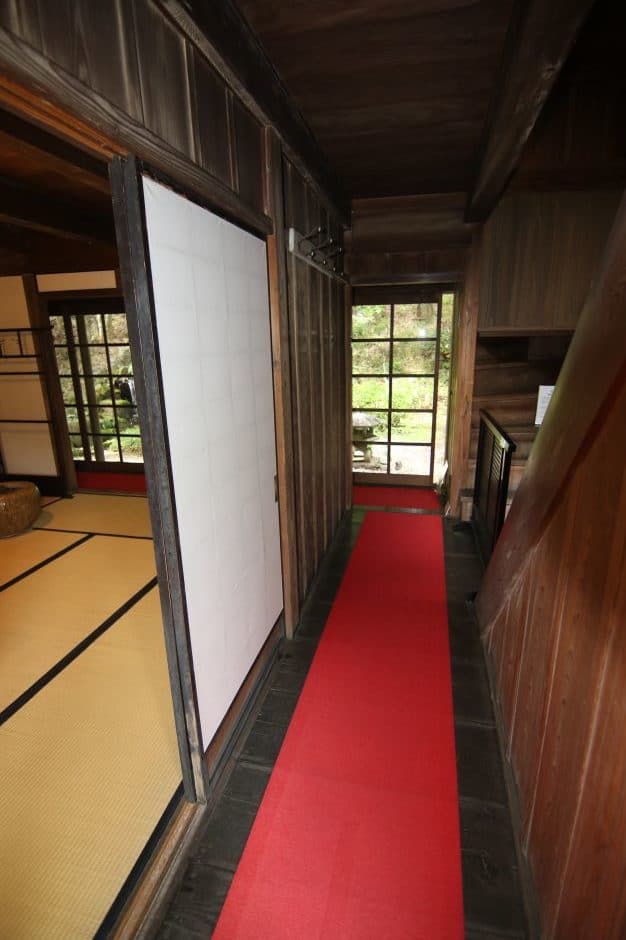
It has been registered as a nationally-designated cultural property since 2014 and since then, has been open to the public. Locals are very proud of this hotel for its significance in what you could call modern Japanese culture.
As the first western hotel, it began to attract famous foreign guests such as Ulysses Grant, the 18th president of the United States and Albert Einstein among others.
The traditional Japanese-style wooden construction took over the architectural characteristics more known in the Kamakura period (1185-1333) and Shoin-zukuri style developed in the Muromachi period (1336-1573). Hemlock was used for most of the material in this house which was rarely found in samurai residences of the Edo period and primarily built for upper class samurais of the time.
The garden, pond and waterfall is serene and relaxing — it’s a great place to sit and just BE!
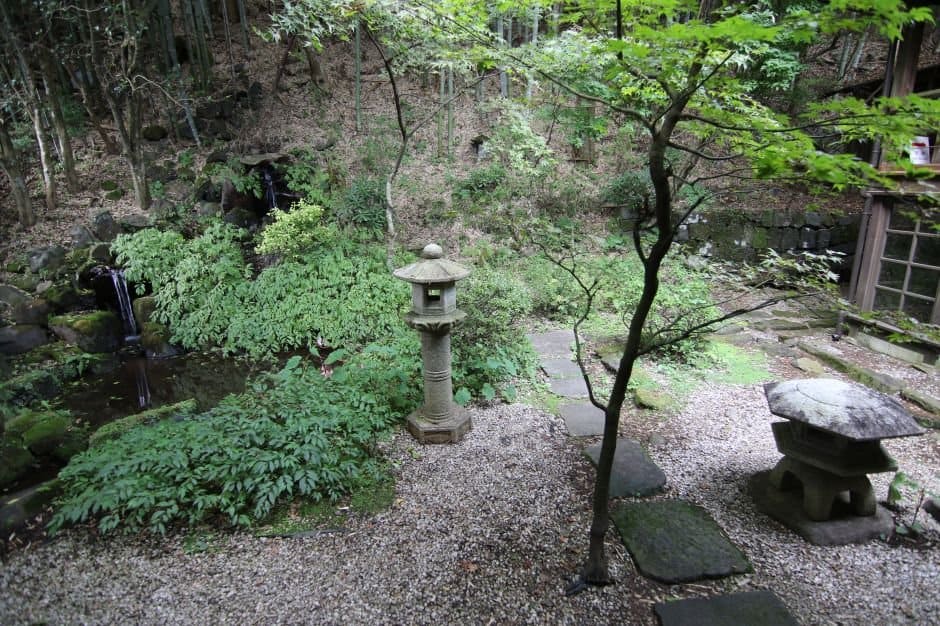
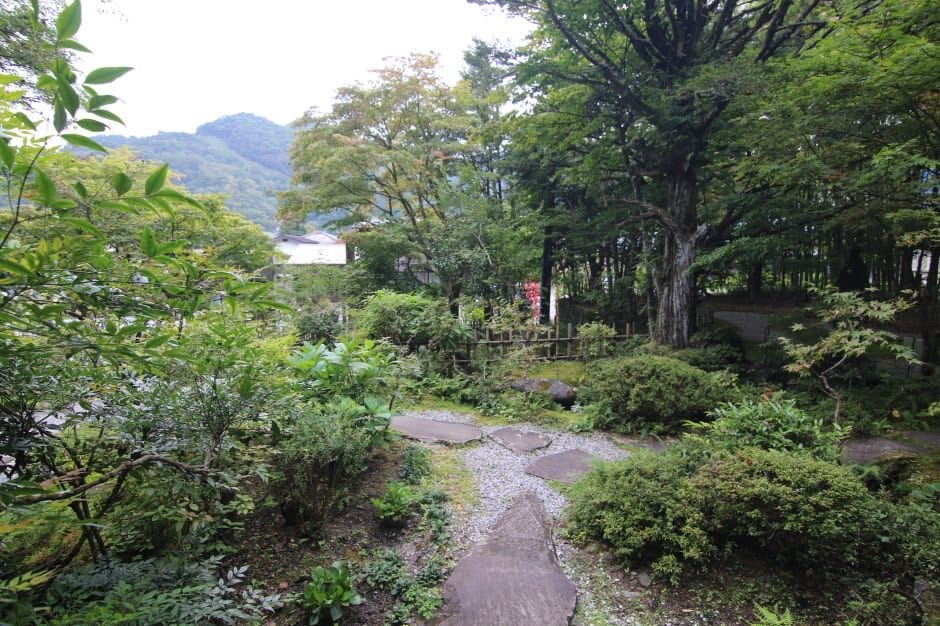
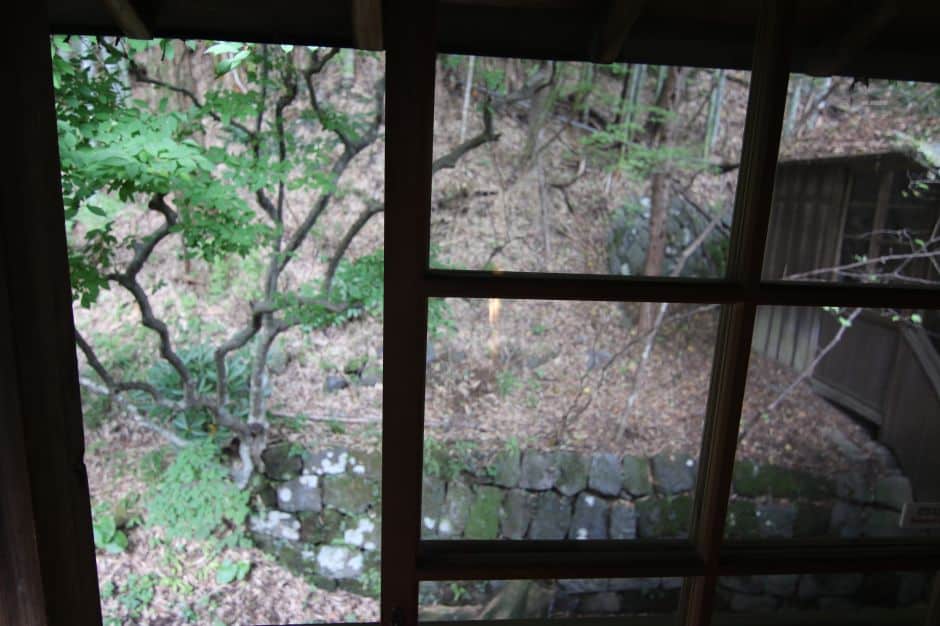
For more information, visit their website for details, location and hours.
The British & Italian Embassy Villas
I wasn’t sure what to expect from The British Embassy Villa Memorial Park, which was on our itinerary. Built for the Brits who were stationed here…..senior officers and employees spent summer weekends here as a bit of a retreat. Included on the grounds is a garden and plenty of breathtaking views of Lake Chuzenji.
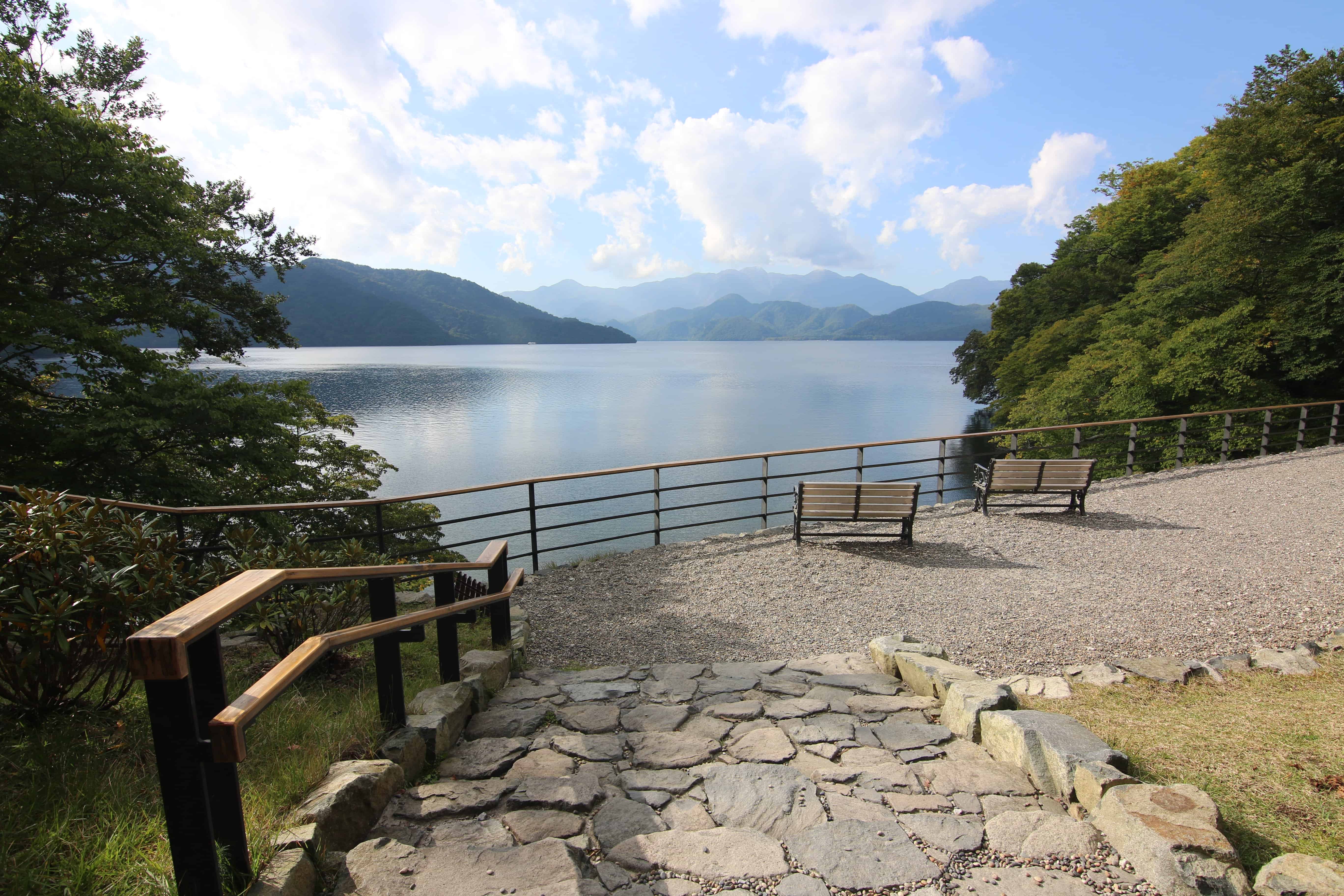
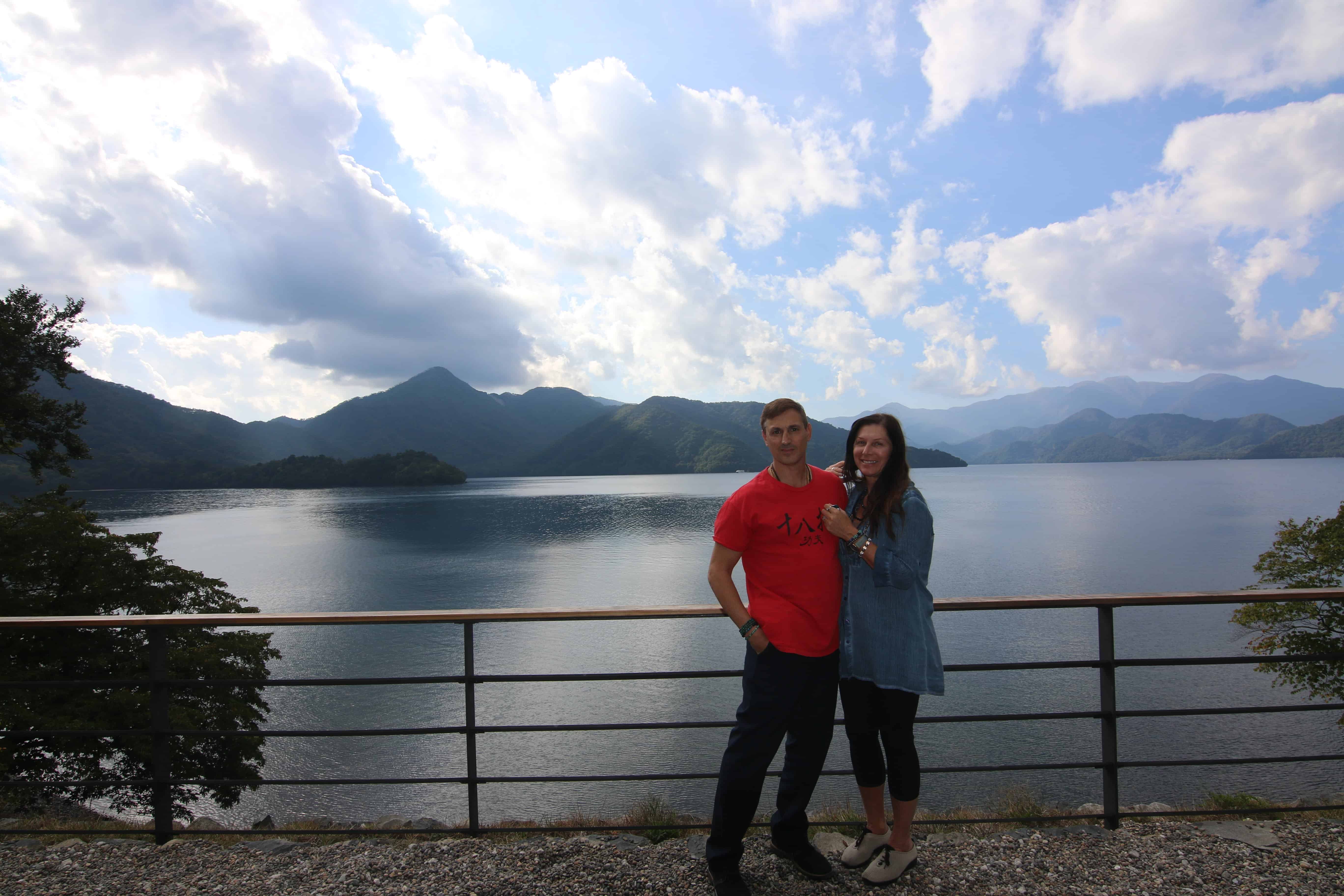
Look at the breathtaking views of Lake Chuzenji from the British Embassy Villa Memorial Park and house which used to serve as a summer retreat for stationed Brits.
On the ground floor, you can relax on the open porch and have a pot of tea with crumpets or something equally delicious.
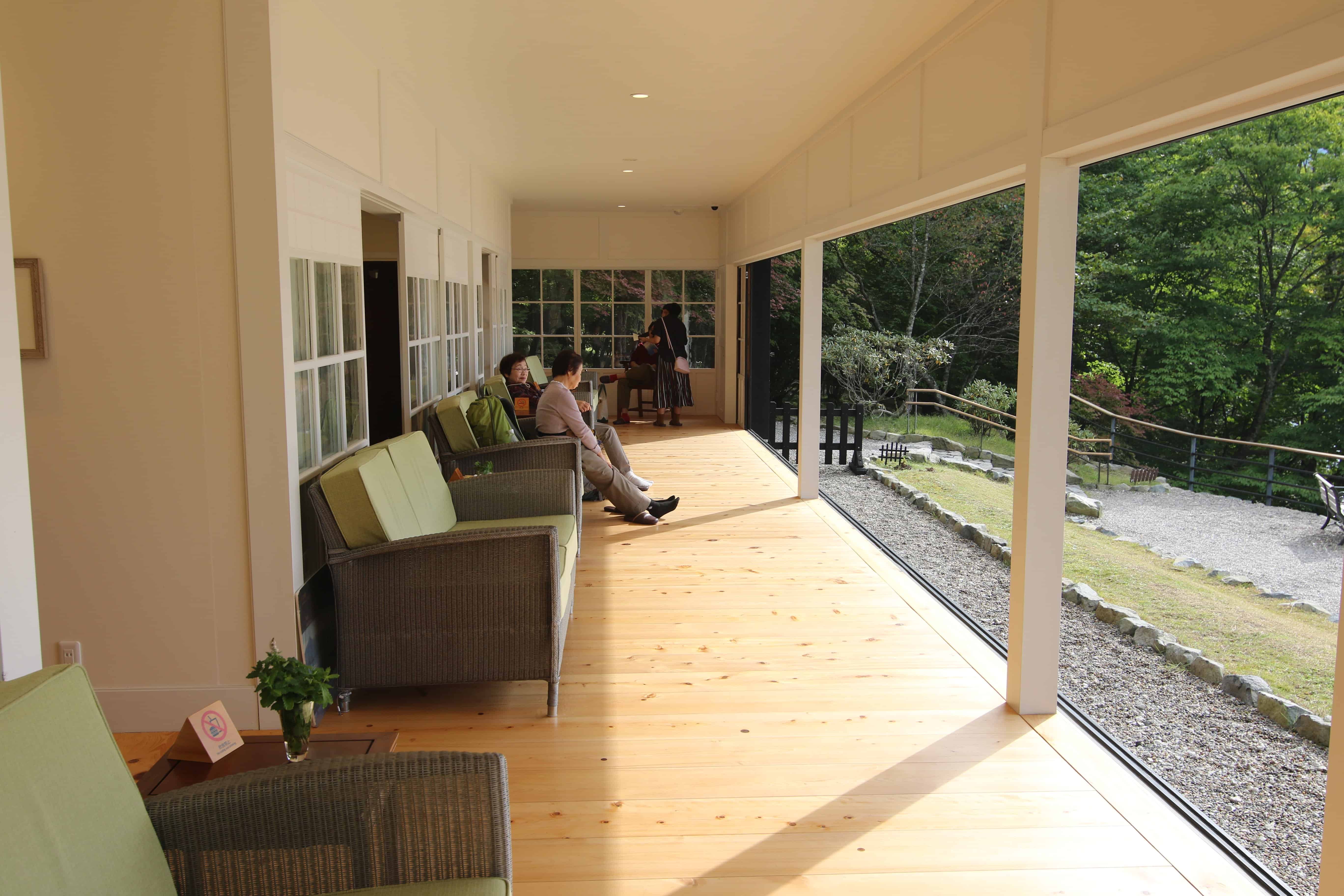
You can also relax on the upper level as well which also has sweeping views and is incredibly serene. There are books among other artifacts and antiques in the house which represented the time.
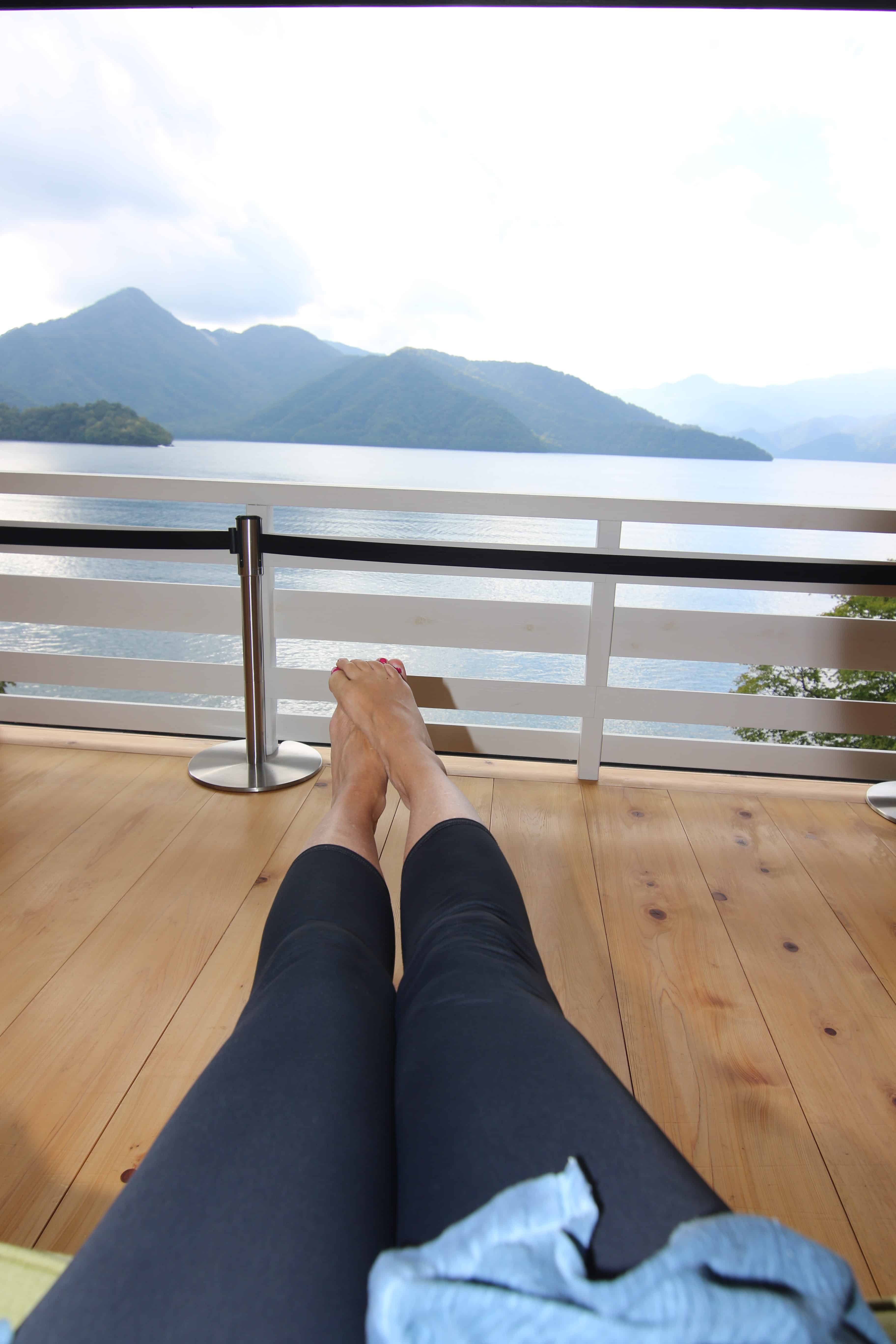
The buildings within the ground are reconstructions of the personal summer house built in 1896 for Sir Ernest Mason Satow, a British diplomat who exerted a significant influence on the Meiji revolution, and was used for many years afterwards as the official British Embassy Villa.
The main building showcases the history of the area as an international summer resort, the verdant nature of Oku-Nikko, the reasons Sir Ernest chose the site for his house, and the characteristics of the building.
The classic tea room on the second floor is ever so charming and done in British style of course. If you don’t have your own car, it takes 30 minutes to walk here from the Chuzenji-onsen bus stop for buses departing from Nikko station.
The Italian Embassy Villa Memorial Park is nearby, which albeit not quite as decadent s the British Embassy Villa, is still impressive.
From the mid-Meiji period to the early Showa period, villas and homes from many respective embassies were built on Chuzenji Lake. The main building and others were built as villas for Italian Embassy in 1928 and used by the successive ambassadors until 1997. The main residence” is restored by reusing the floor board, joineries and furniture as much as possible, and the second residency is maintained as “the international summer resort history museum” introducing the history of that time.
Below, a shot taken from inside the main building.
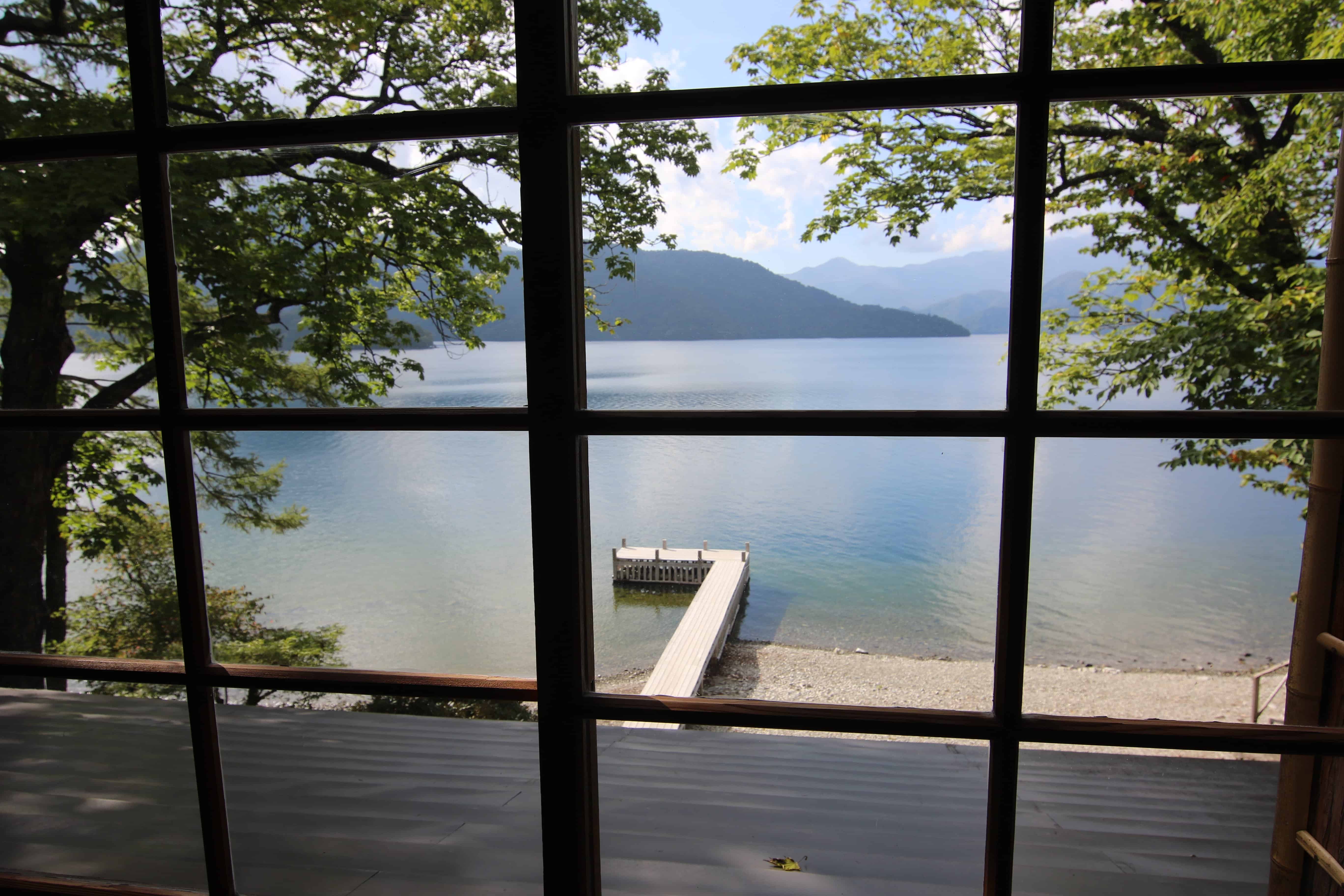
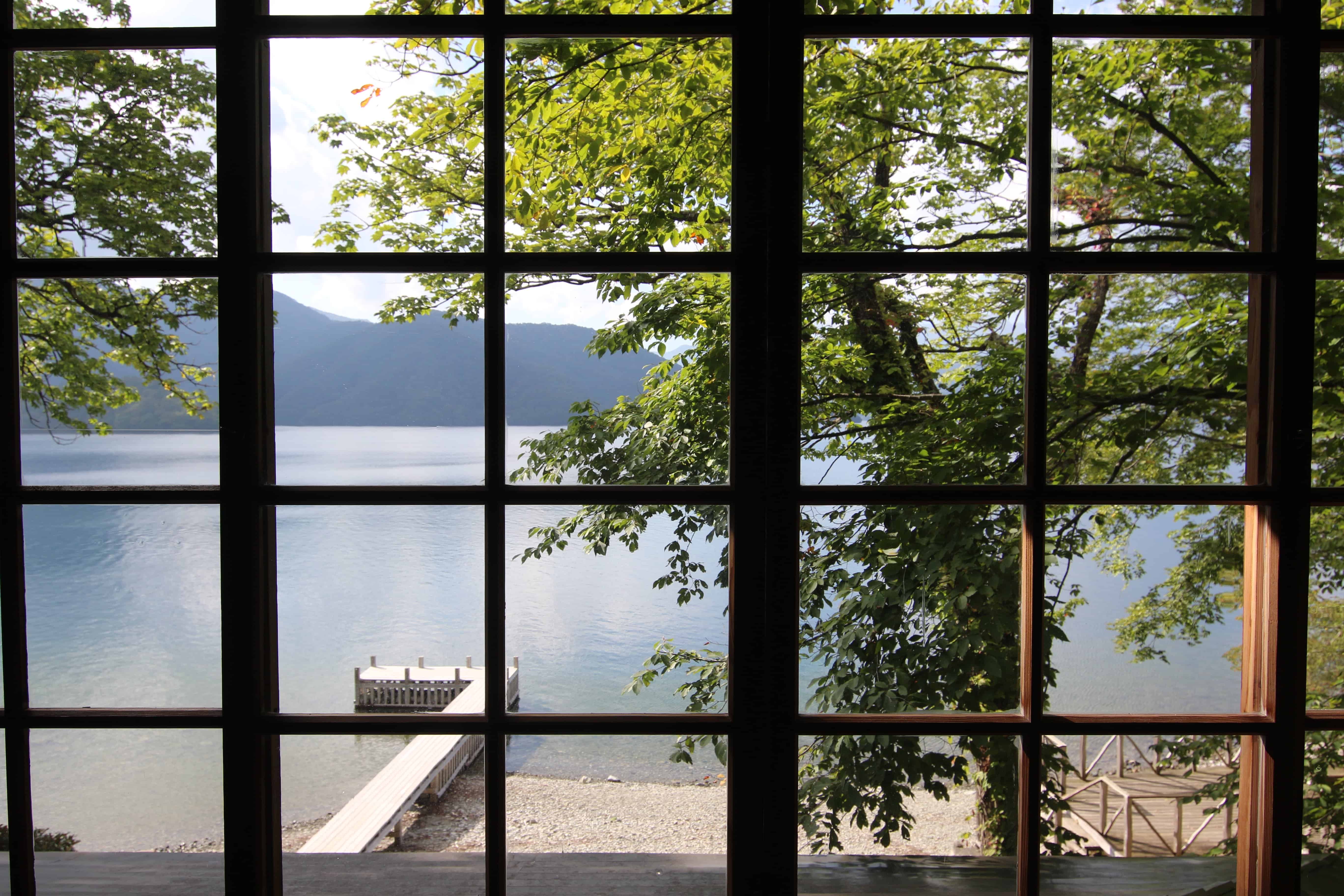
Sweet sodas and cakes are available for purchase inside.
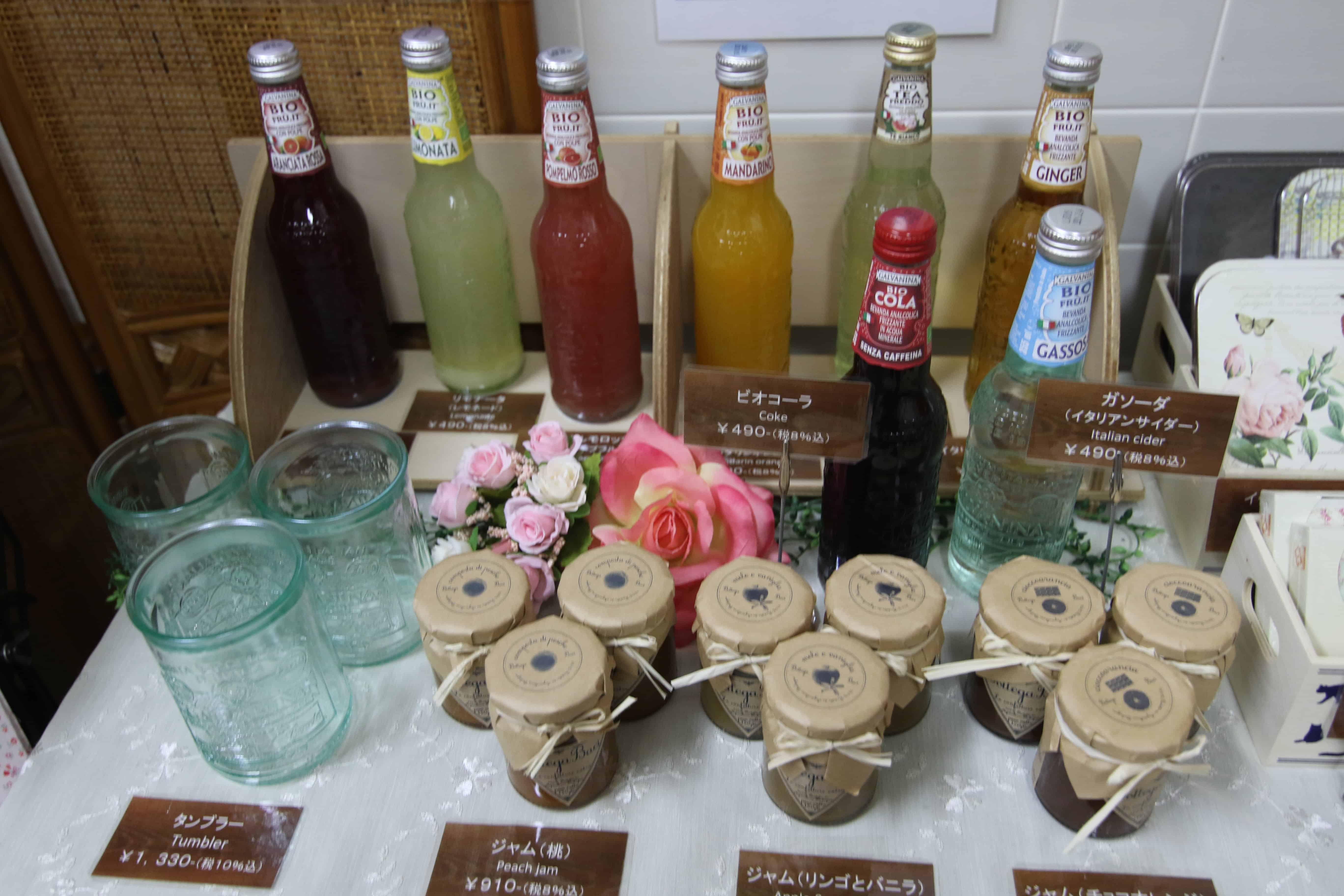
Nikko Tamazawa Imperial Villa Memorial Park
This imperial villa was built around the former Edo residence of the Kishu Tokugawa clan, which was brought from Edo to Nikko. The Edo residence was presented to the Imperial Household in 1872 and became the Akasaka Rikyu.
The property itself is beautiful and is surrounded by stunning nature, landscape, gardens and plenty of trees. It was used as a temporary palace for the Emperor and as the crown princess‘ residence until 1898. The entrance to the site is quite impressive in its own right.
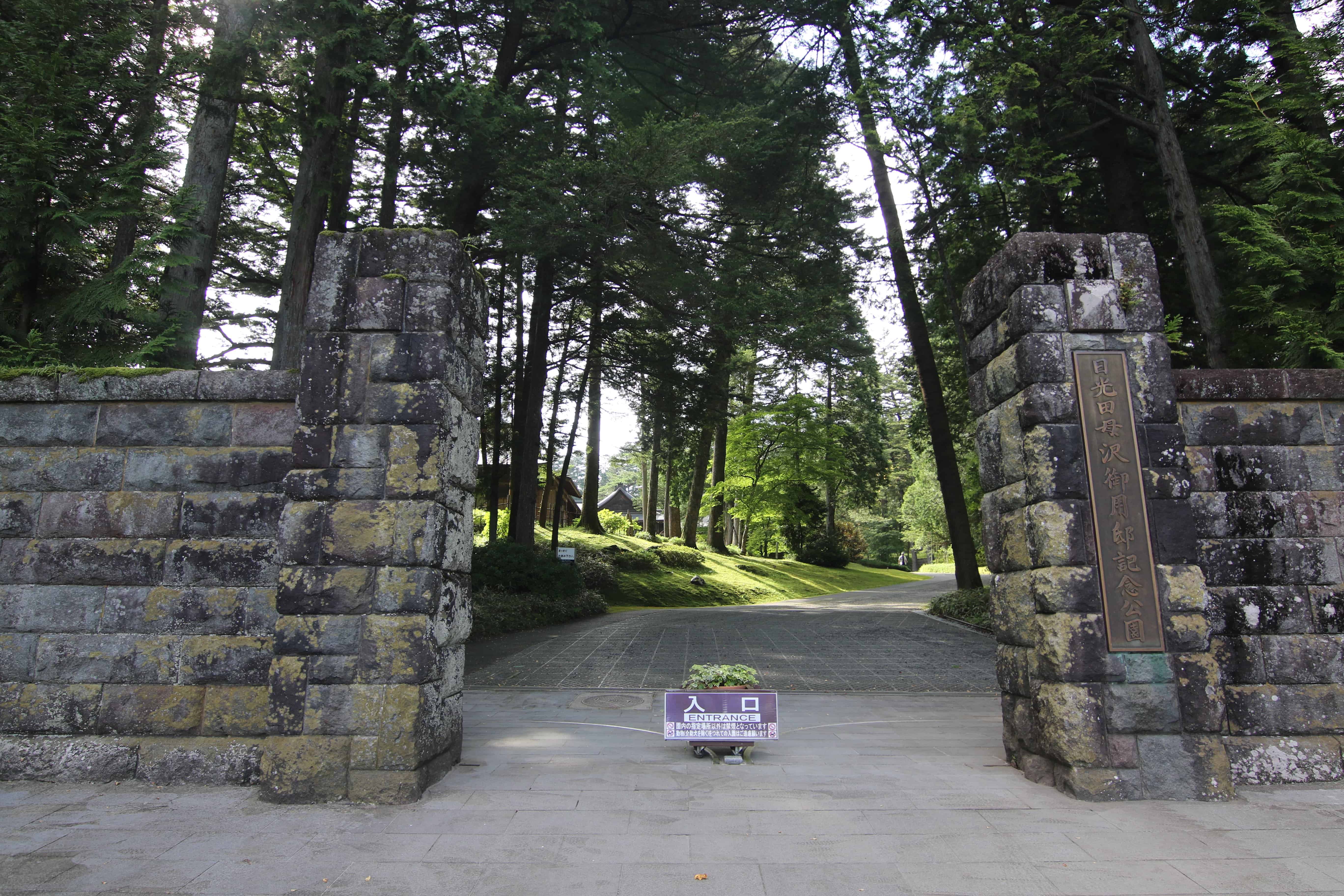
The residence wraps around trees and bushes in the center, so you can see nature regardless of what window you look out from, making it welcoming from all sides. It was also once owned by a Nikko businessman (Kobayashi Nempo) and the family were proud of their large garden, some of which still survives.
As mentioned, it was also used by emperors, specifically Emperor Emeritus, who first came there in 1944 as an evacuee while he was a young prince.

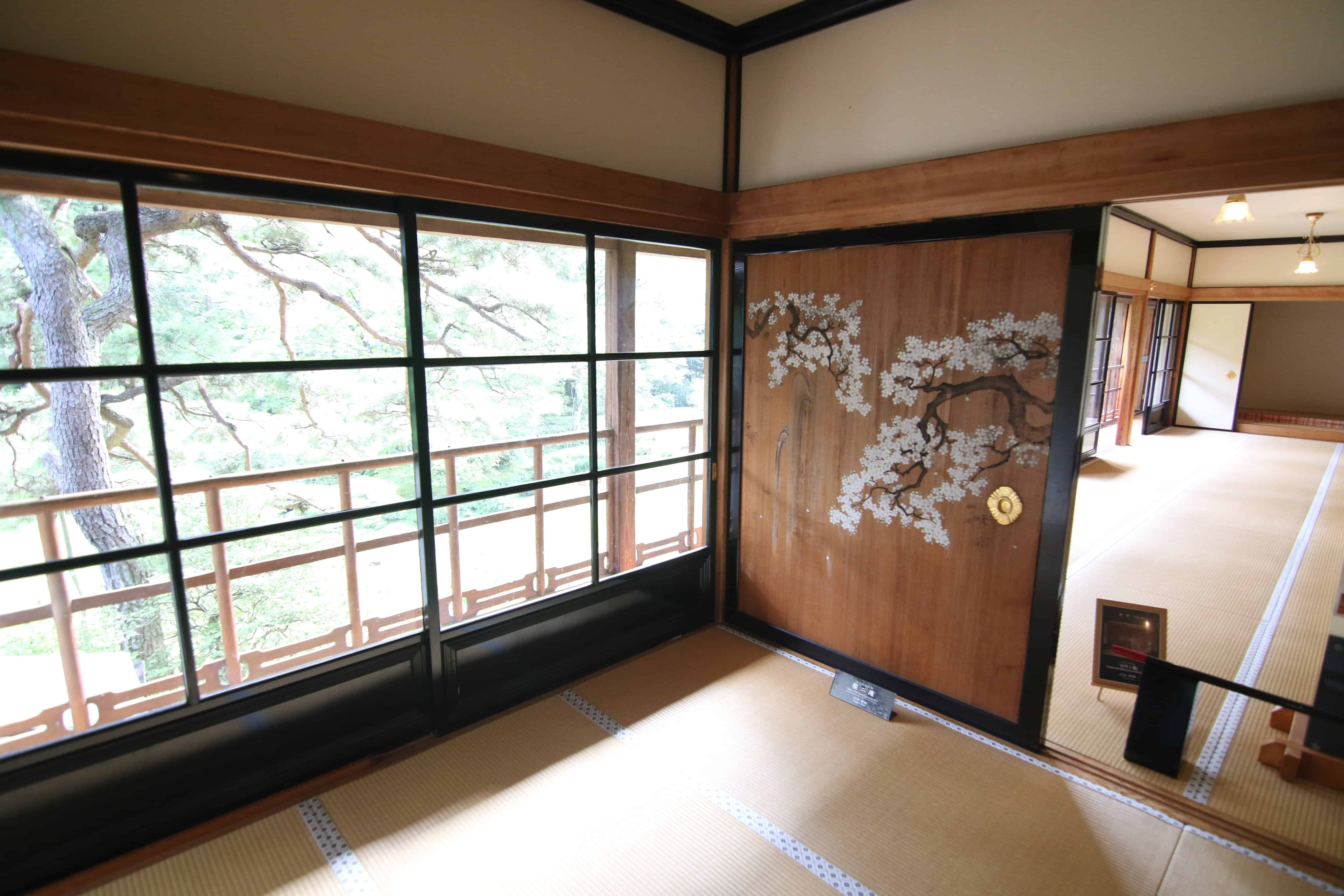
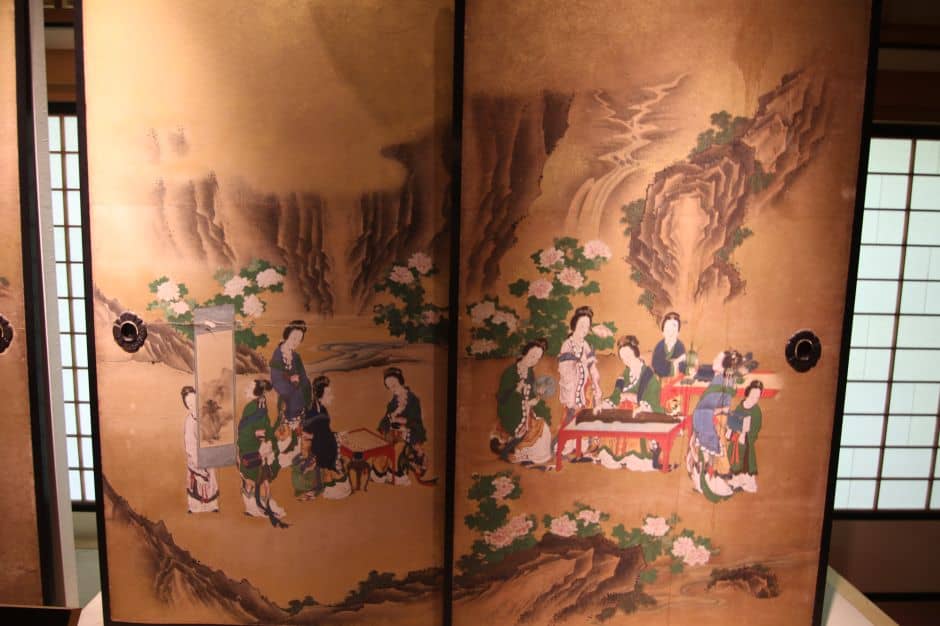
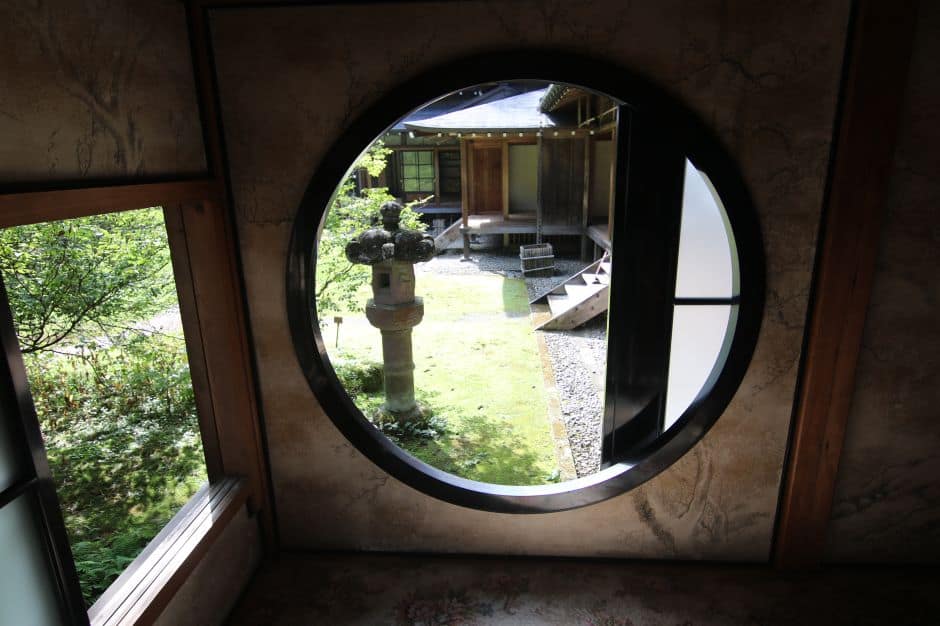
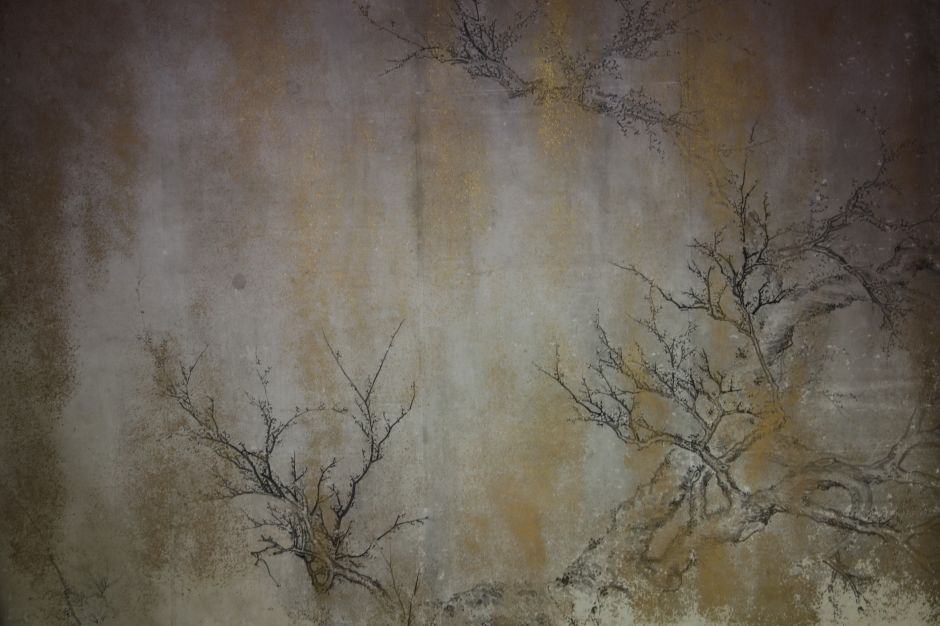
The design and architecture is really beautiful — we loved the wall paper and some of the beautiful effects throughout the property, inside and out.
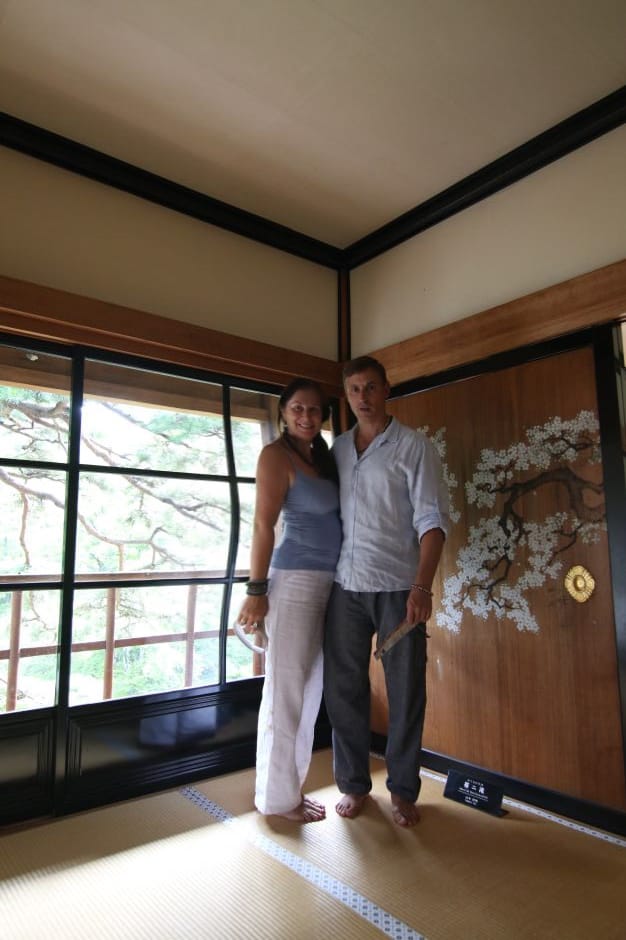
Shinkyo, The Sacred Bridge
Known as the Sacred Bridge, the Shinkyo Bridge in Nikko is quite a landmark. This vermilion lacquered sacred bridge is built over the River Daiya. We learned that the Shinkyo Bridge actually belongs to the Futarasan Shrine (see the shrines & temples section of this post) and is what they refer to in Japan as an ‘important cultural landmark,’ having been part of the World Heritage list since 1999.
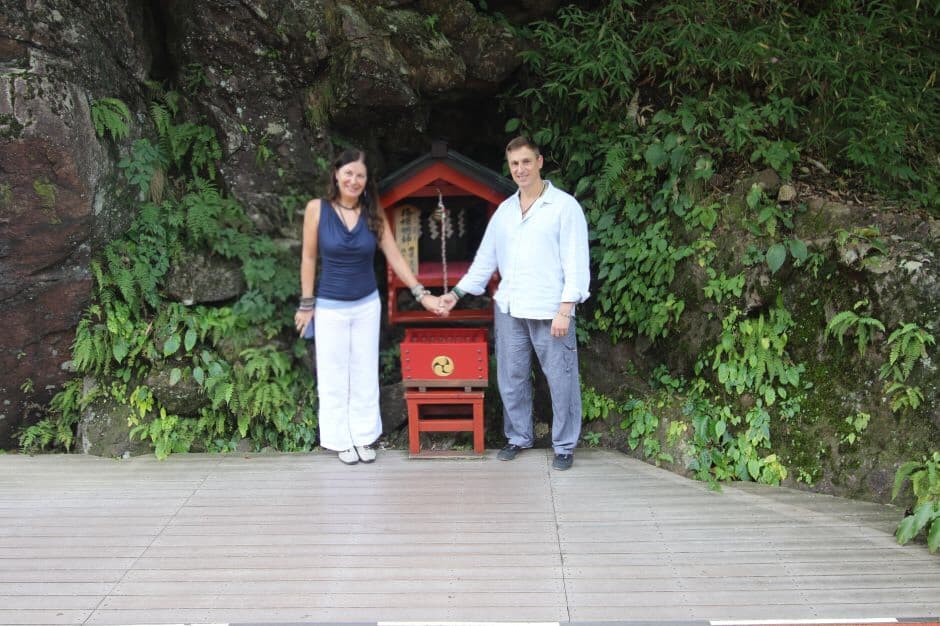
On the Sacred Shinkyo Bridge in Nikko
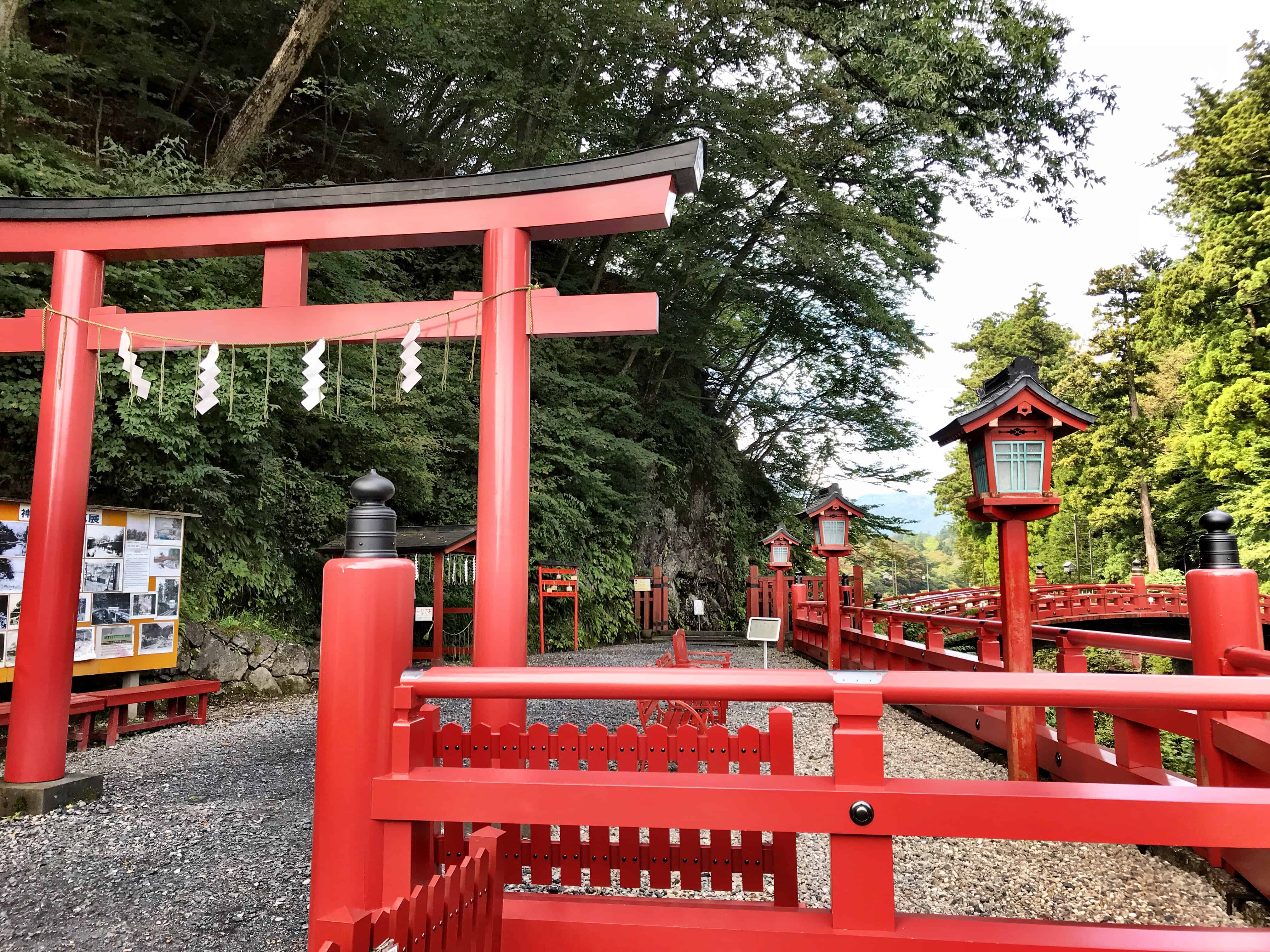
It is an impressive structure and there is plenty of literature to read about the bridge as you walk over it and experience its history beneath your feet. The actual renovation by the 3rd shogun of the Edo period took place in 1636 — since then, they occasionally do repairs and minor renovations.
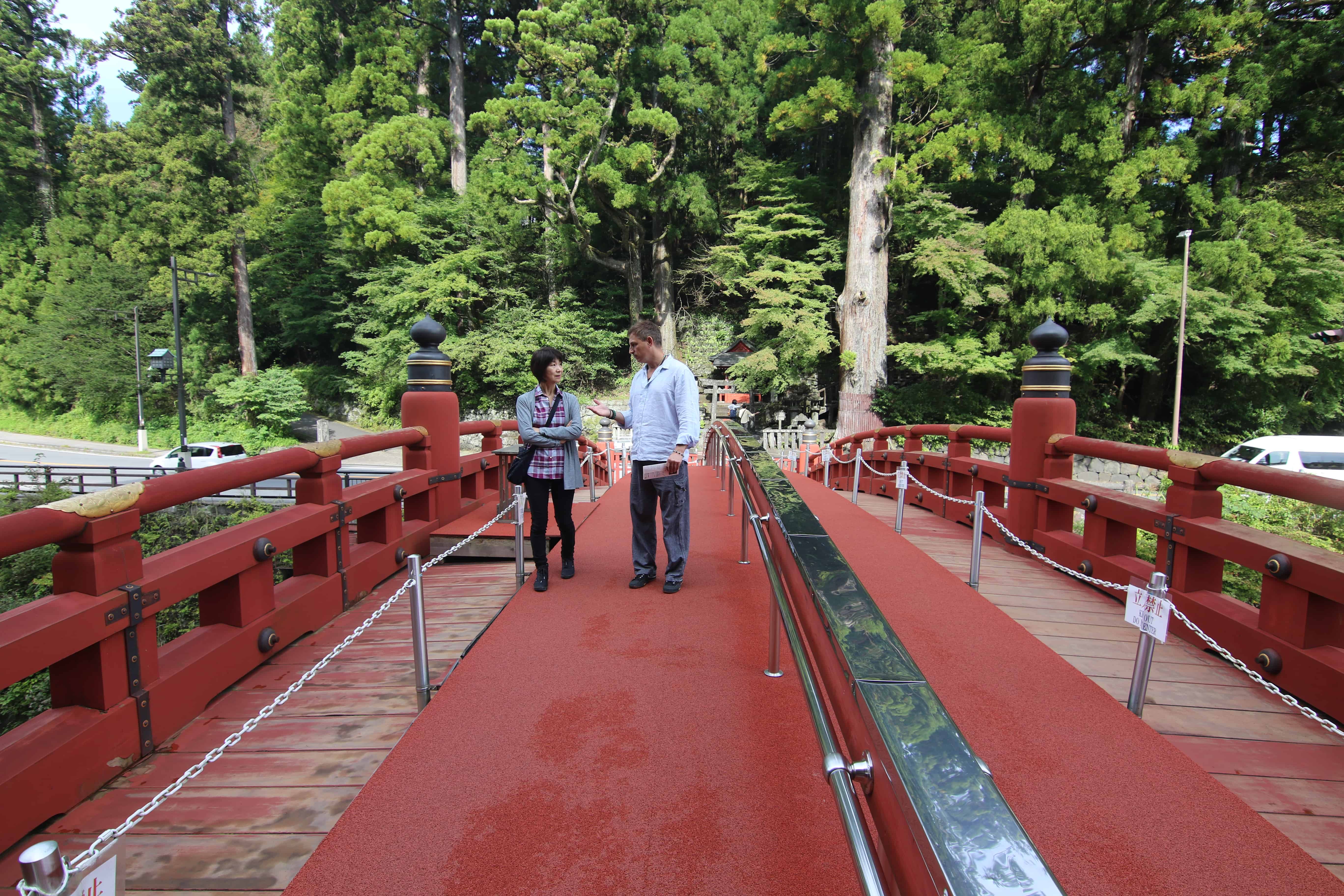
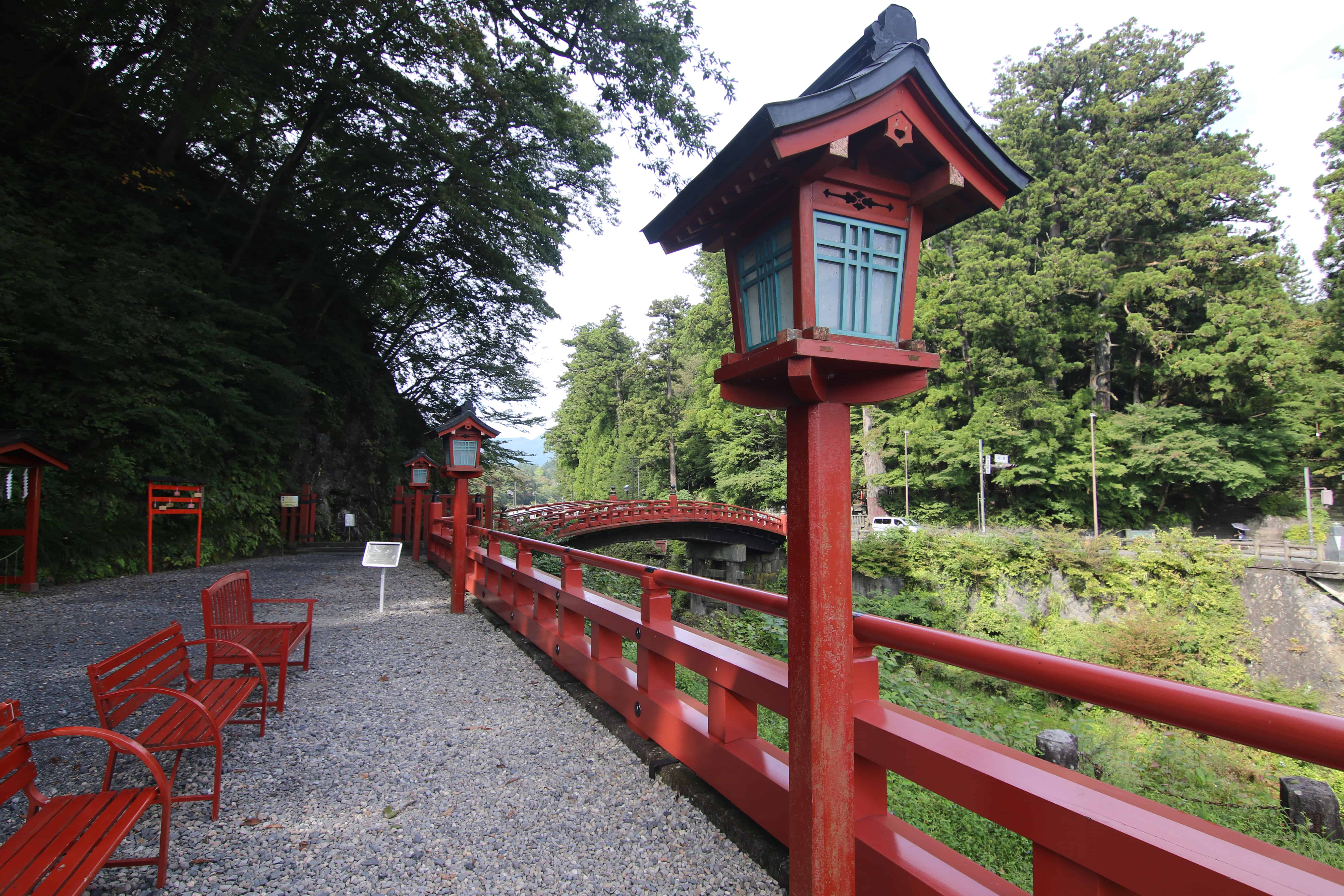
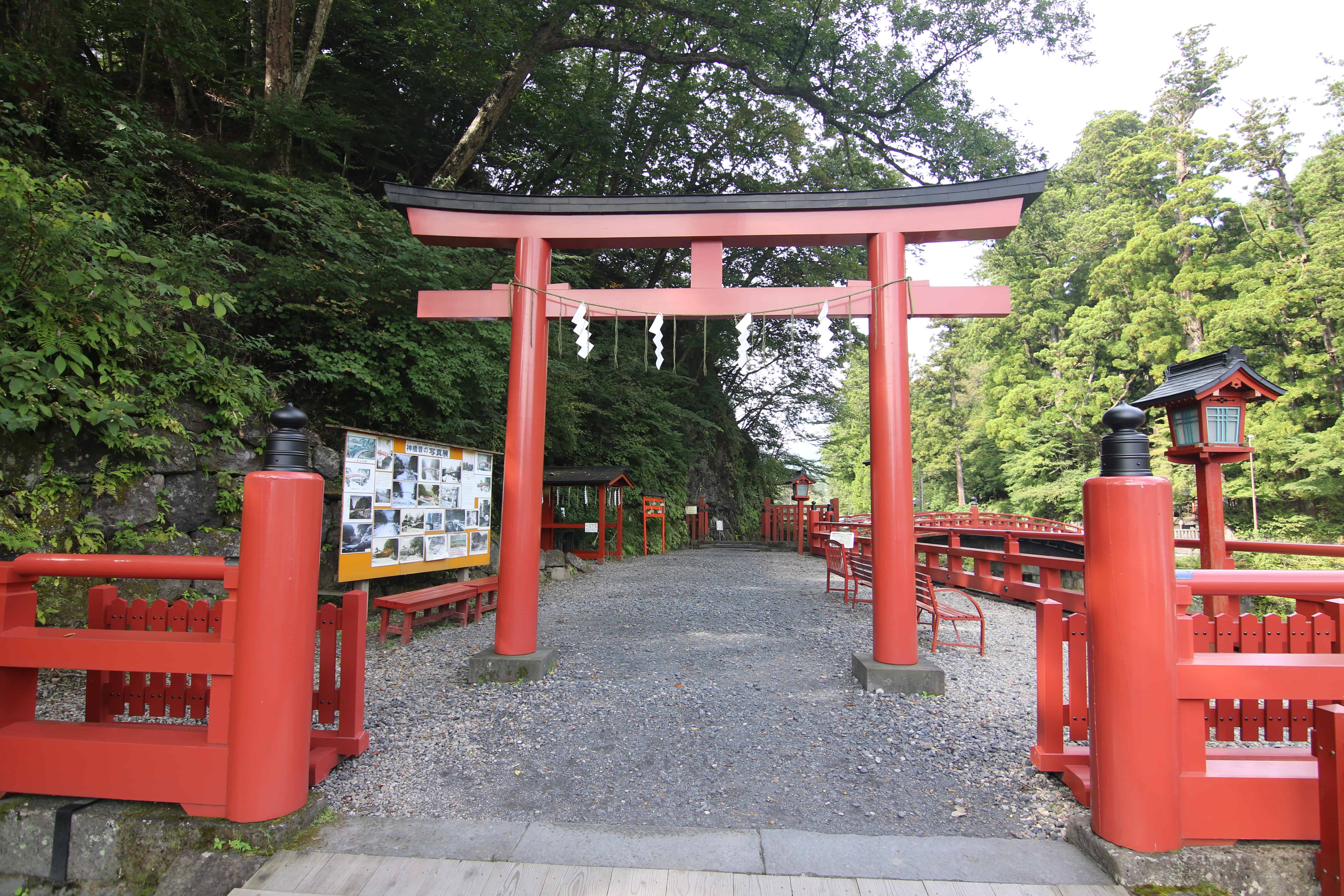
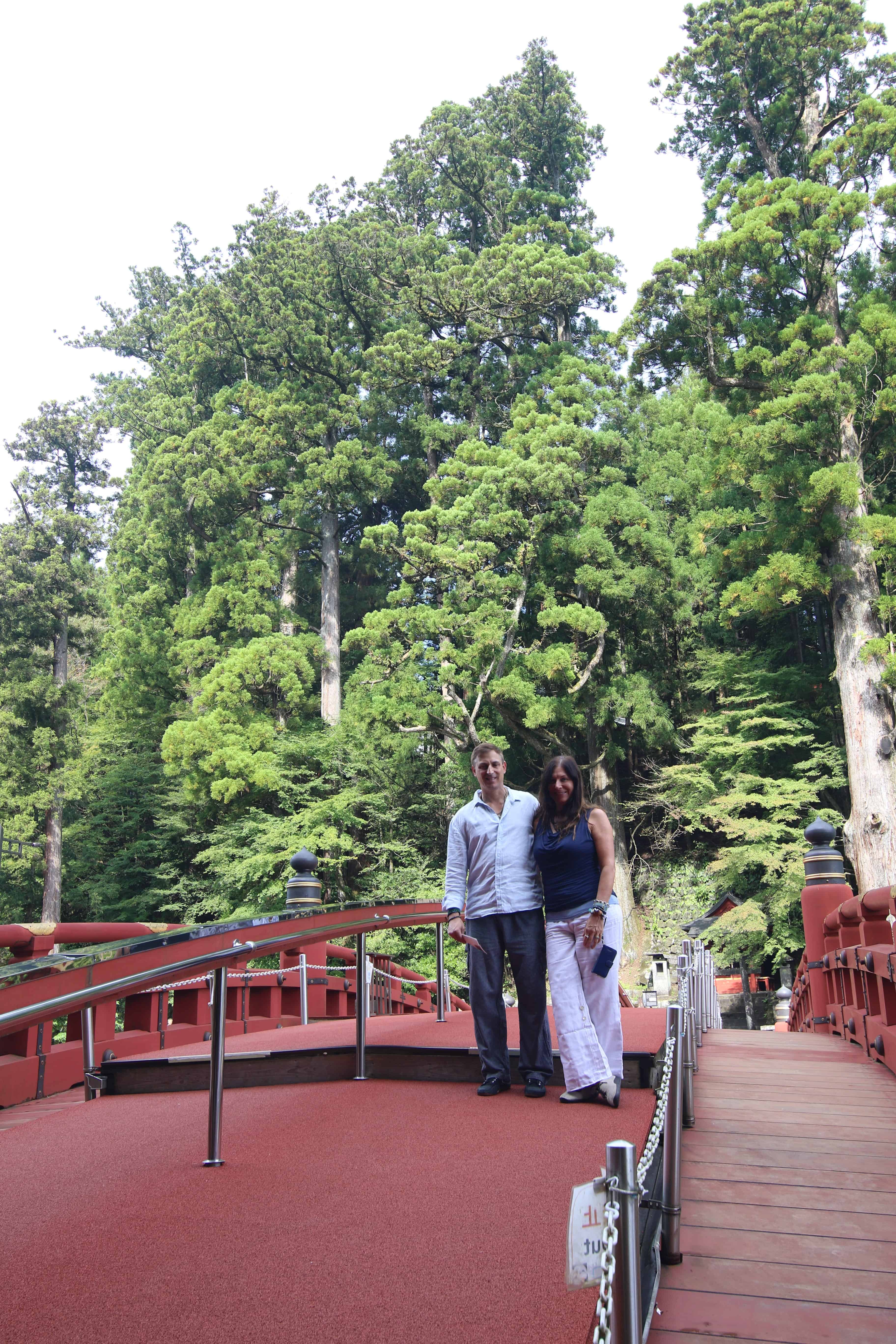
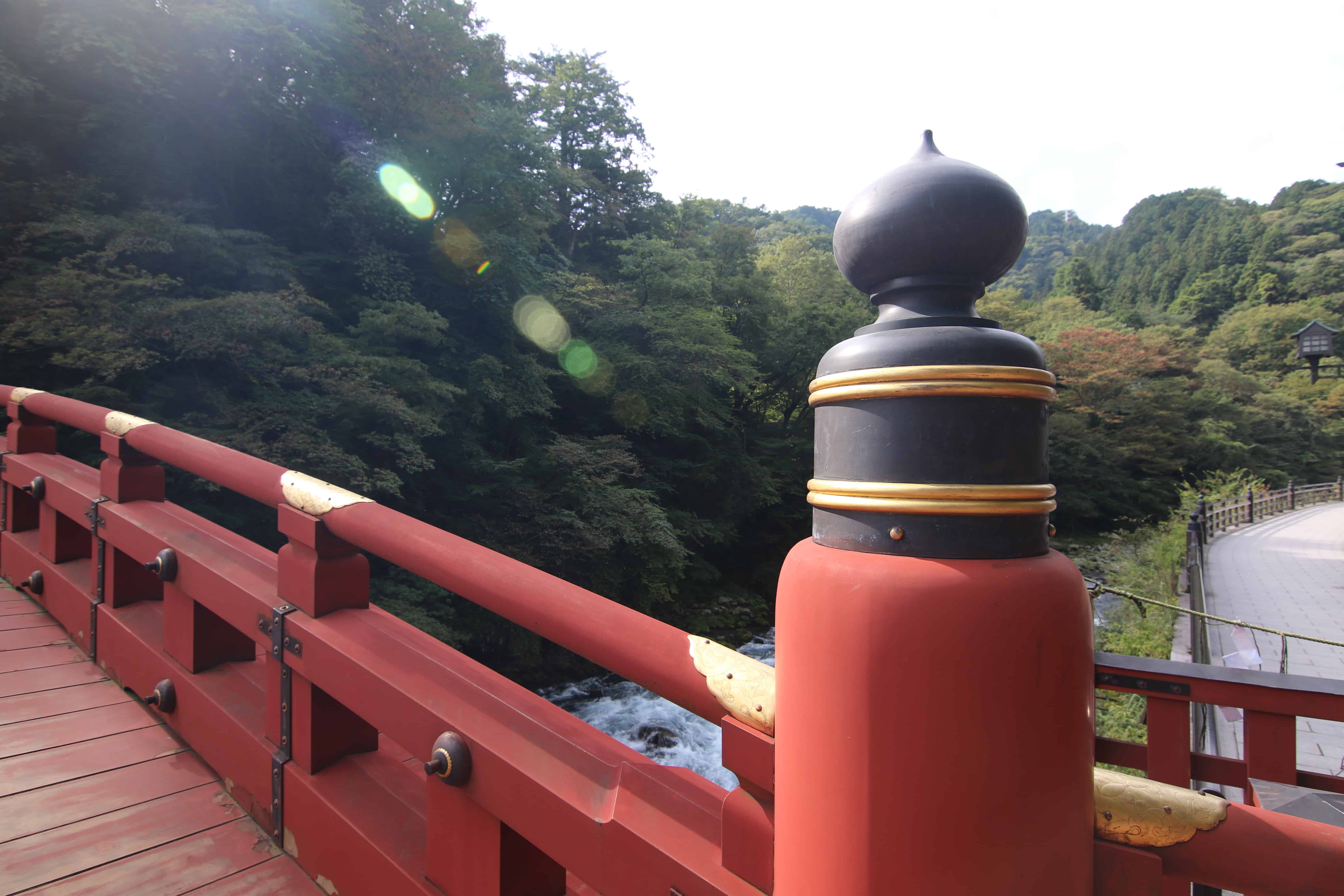
The bridge was apparently washed by a flood in 1902, however two years later, it was re-built with exactly the same materials and method which was originally used in the 1600’s. The latest renovation was completed in 2005.
According to legend, the Shinkyo used to be called Yamasugeno-jabashi, which means the bridge made by snakes with wild sedge on their backs. Story has it that the Buddhist monk Shodo came to Nikko to teach Buddhism in 766 AD. Stopped by the rapid current of Daiya River, he lit the holy fire and asked for divine help. It was said that a God appeared on the other side of the river and threw two snakes that entwined themselves into a bridge for Shodo to cross.
There are many stories from legends in Japan and we loved listening to them all.
Shrines & Temples
There are so many shrines and temples in the Nikko area that there are far too many to list here. In fact, the history of Nikko originates from the foundation of the Shihonryu-ji Temple (the origin of Nikko-zan Rinnoji Temple) by Holy Priest Shodu, who climbed Mt. Nantai.
Chuzenji Temple
The Chuzenji Temple sits on the eastern bank of Lake Chuzenjiko, which was named after the temple. Chuzenji’s main statue of worship is a six meter tall statue of Kannon, the Buddhist Goddess of Mercy, and is fairly unique because it is carved out of a tree which is still rooted into the ground today.
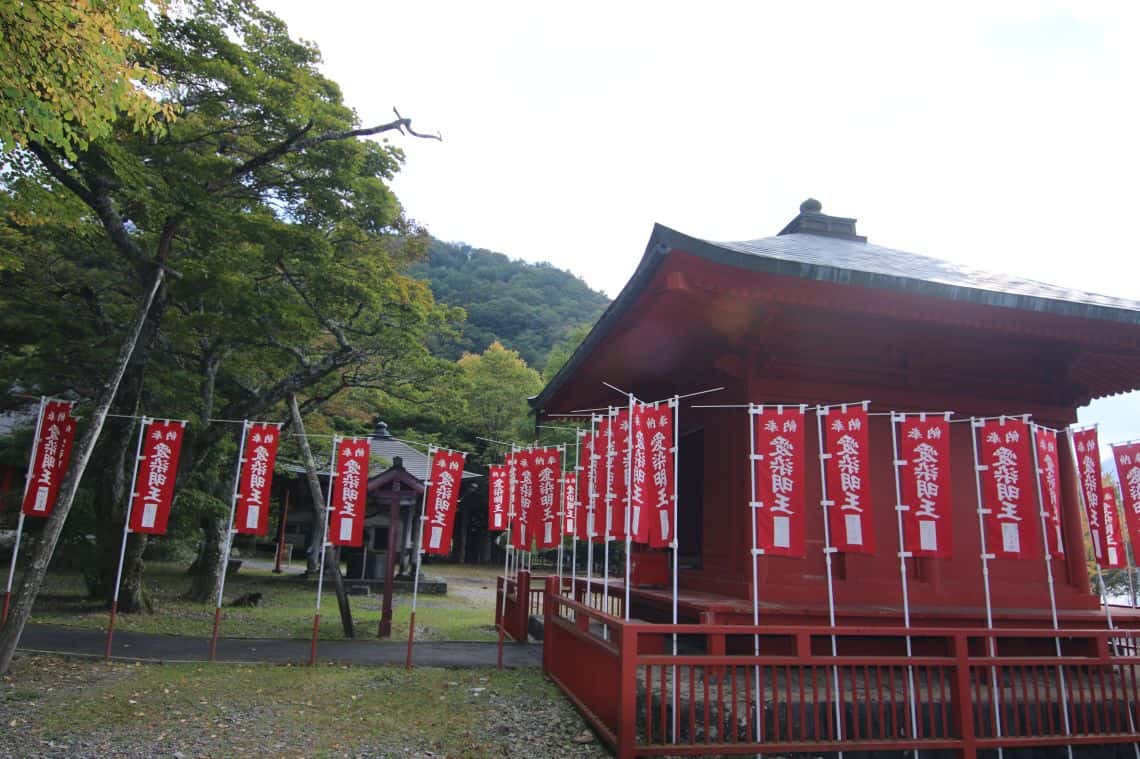
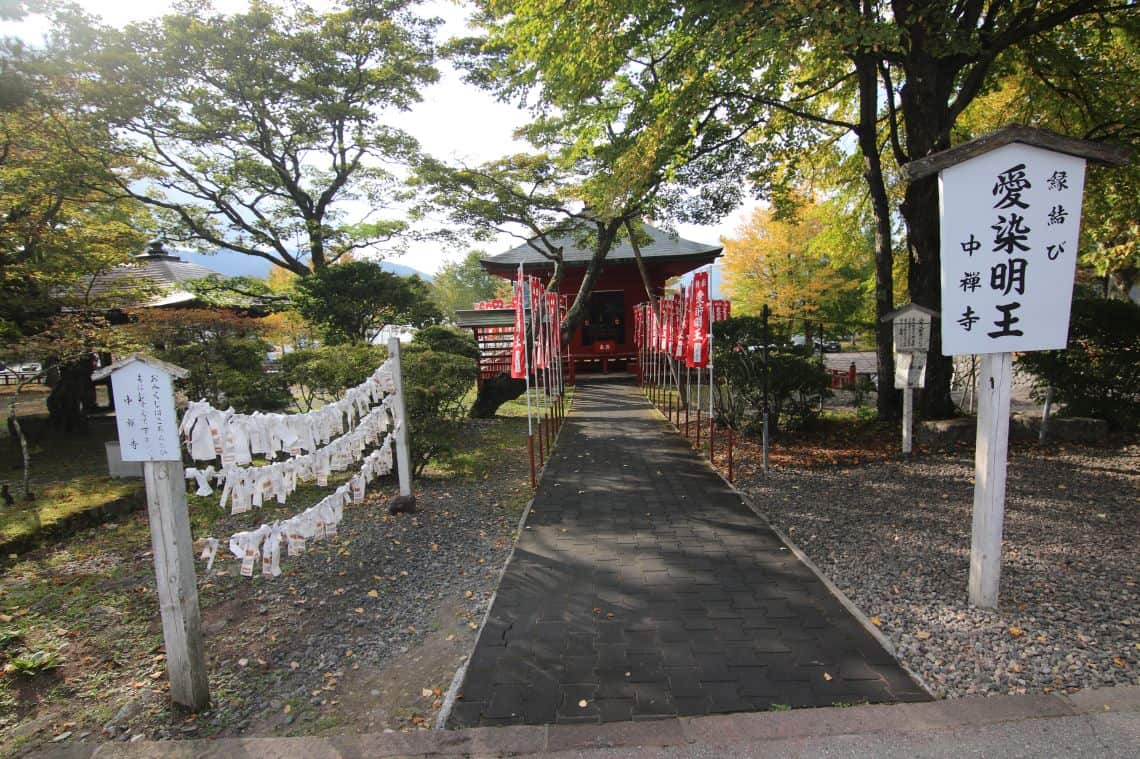
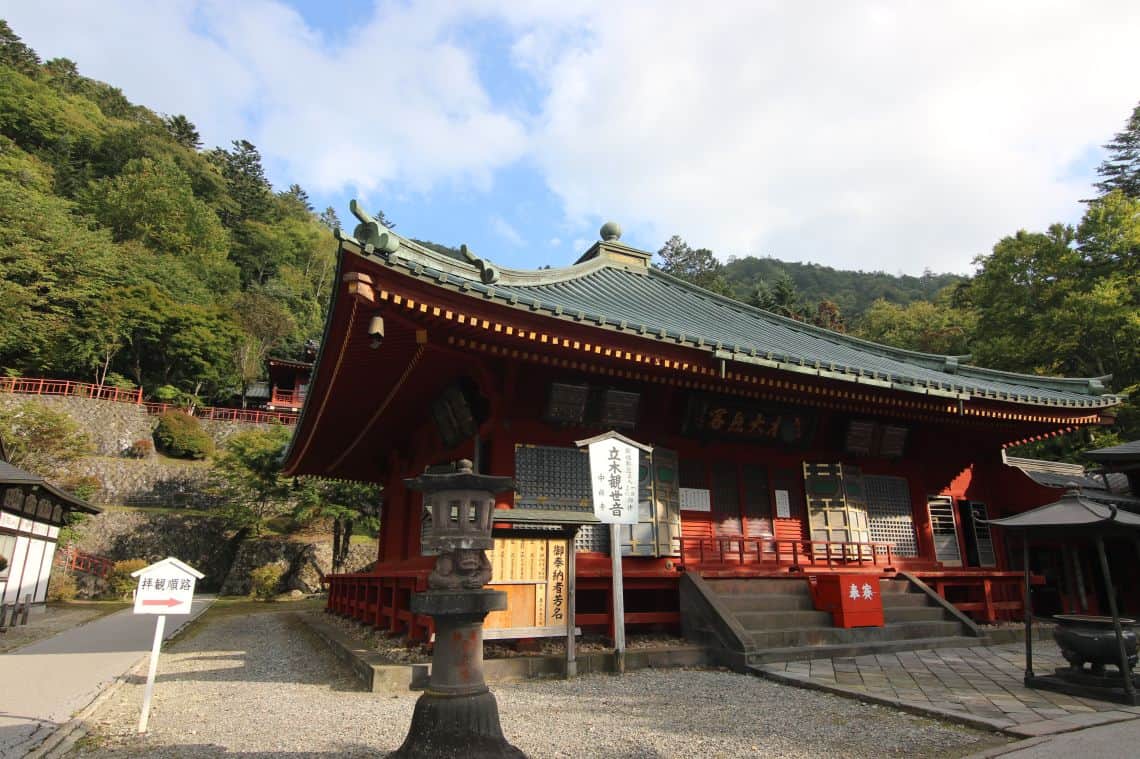
Stairs leading up to the second level.
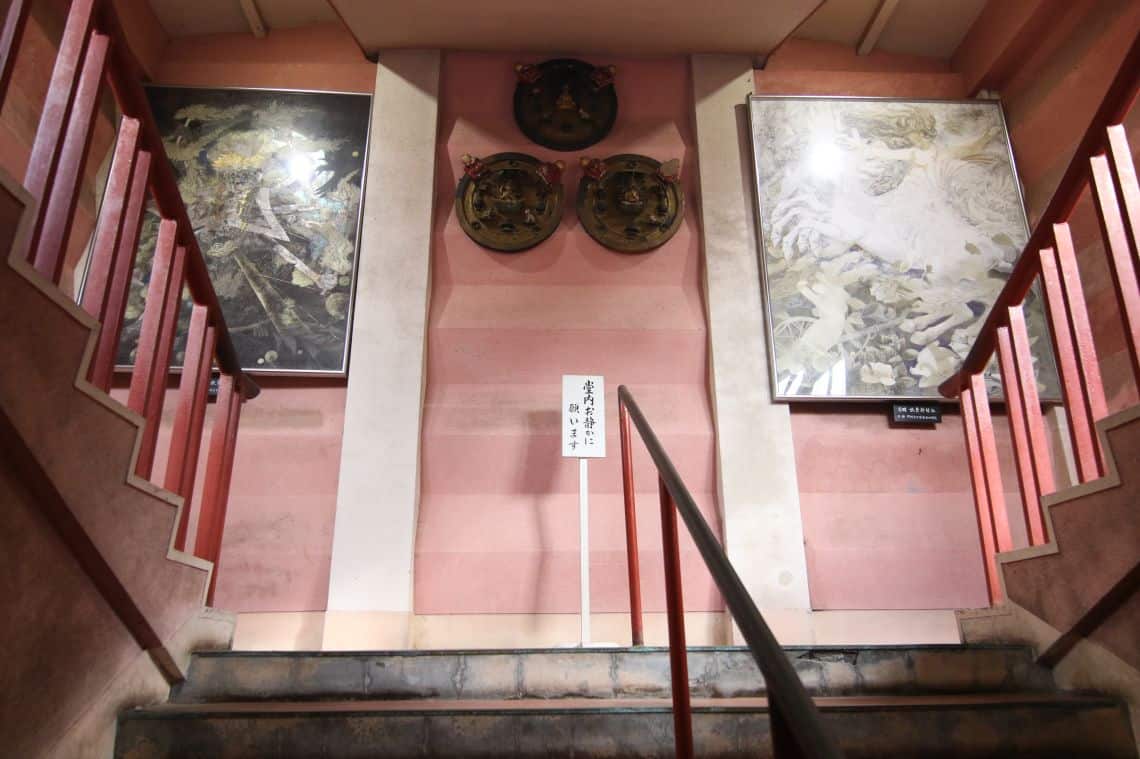
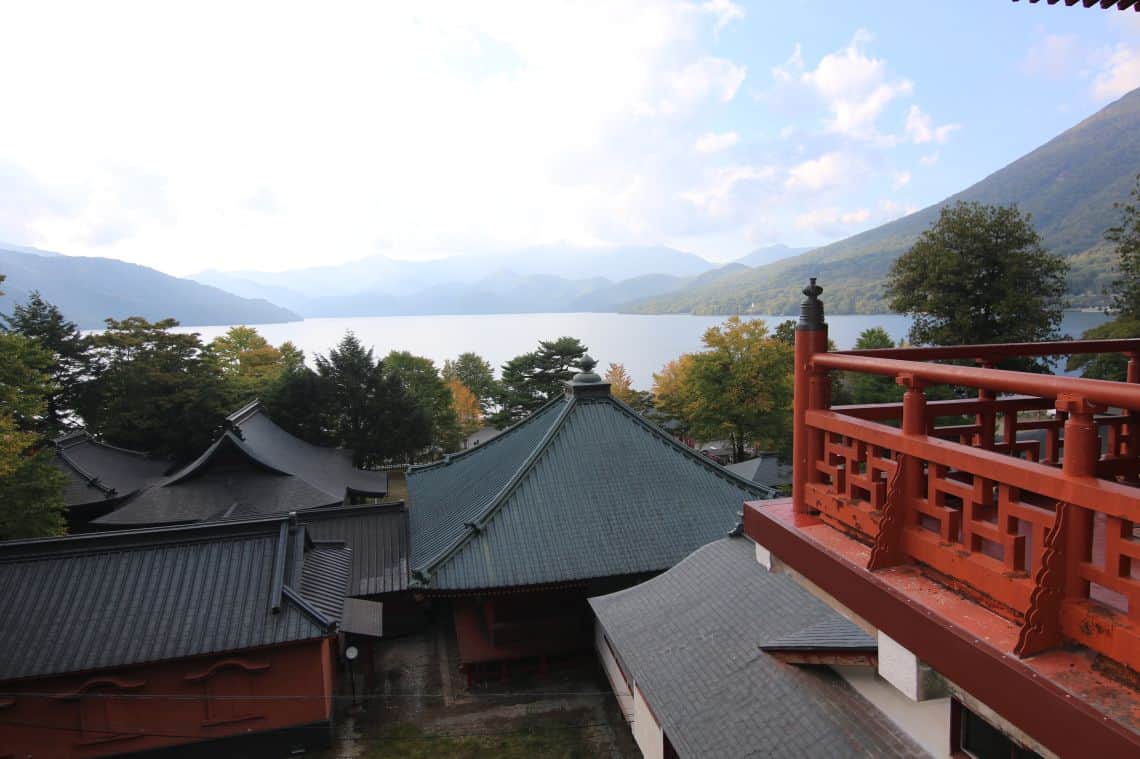
View of the lake from the Chuzenji Temple
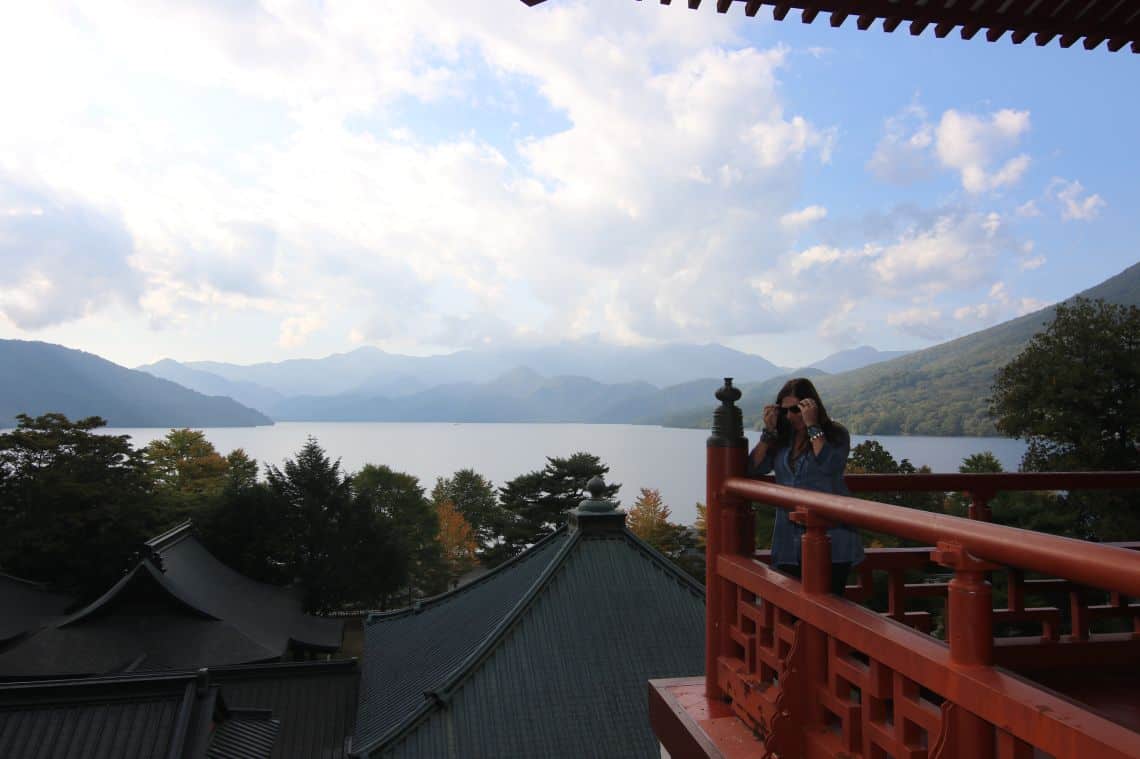
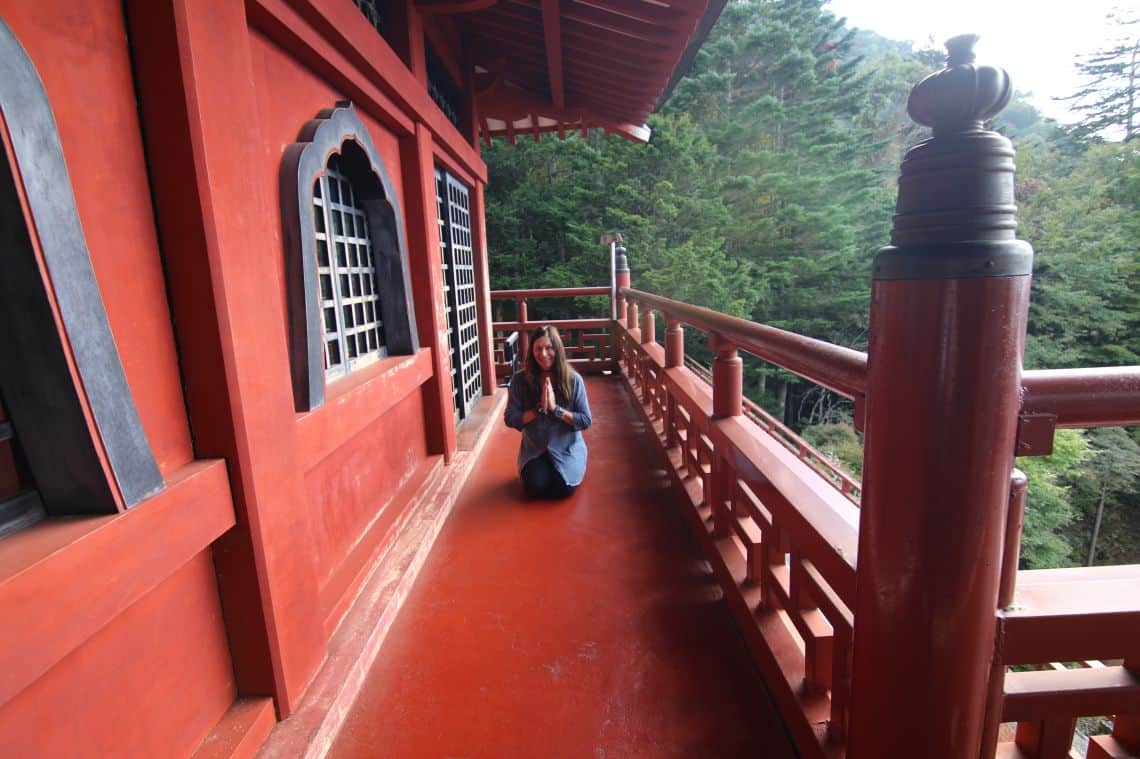
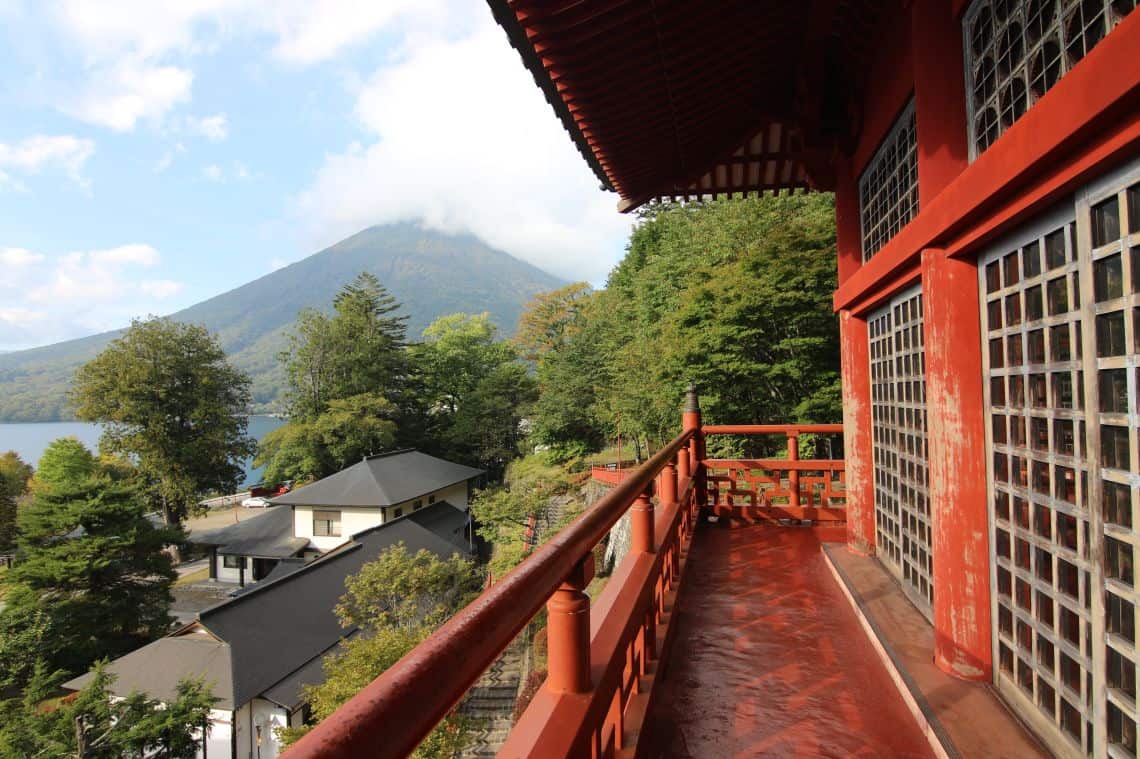
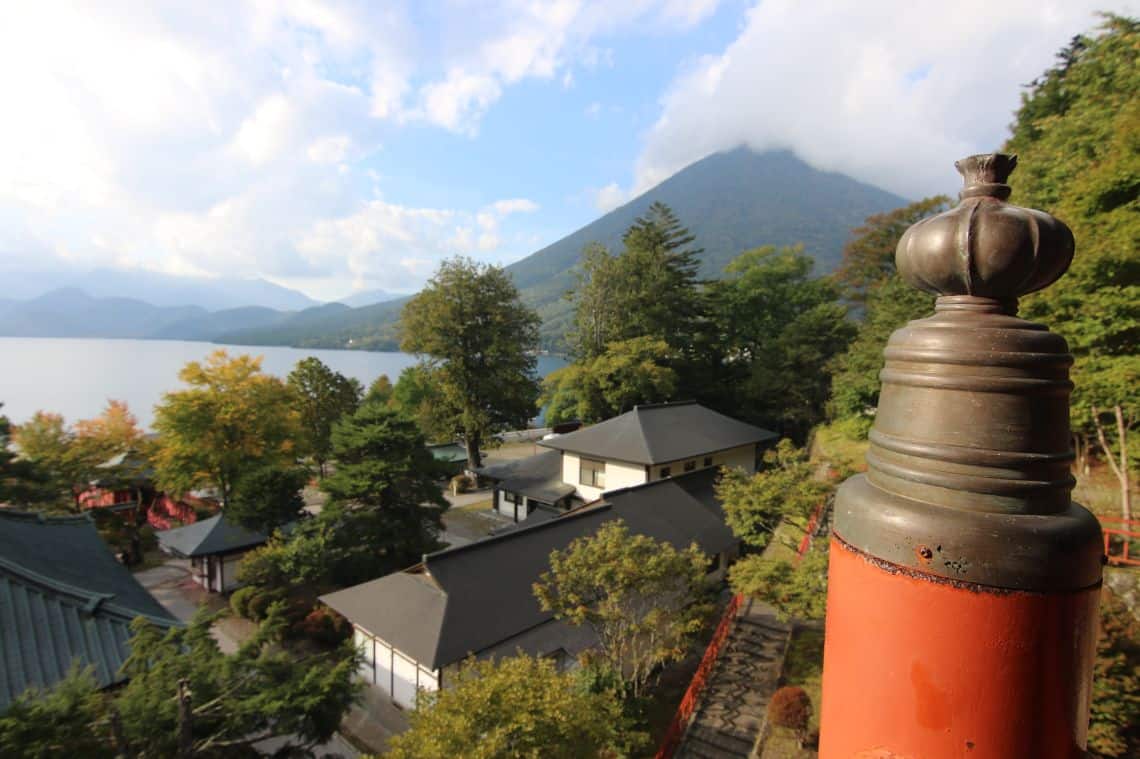
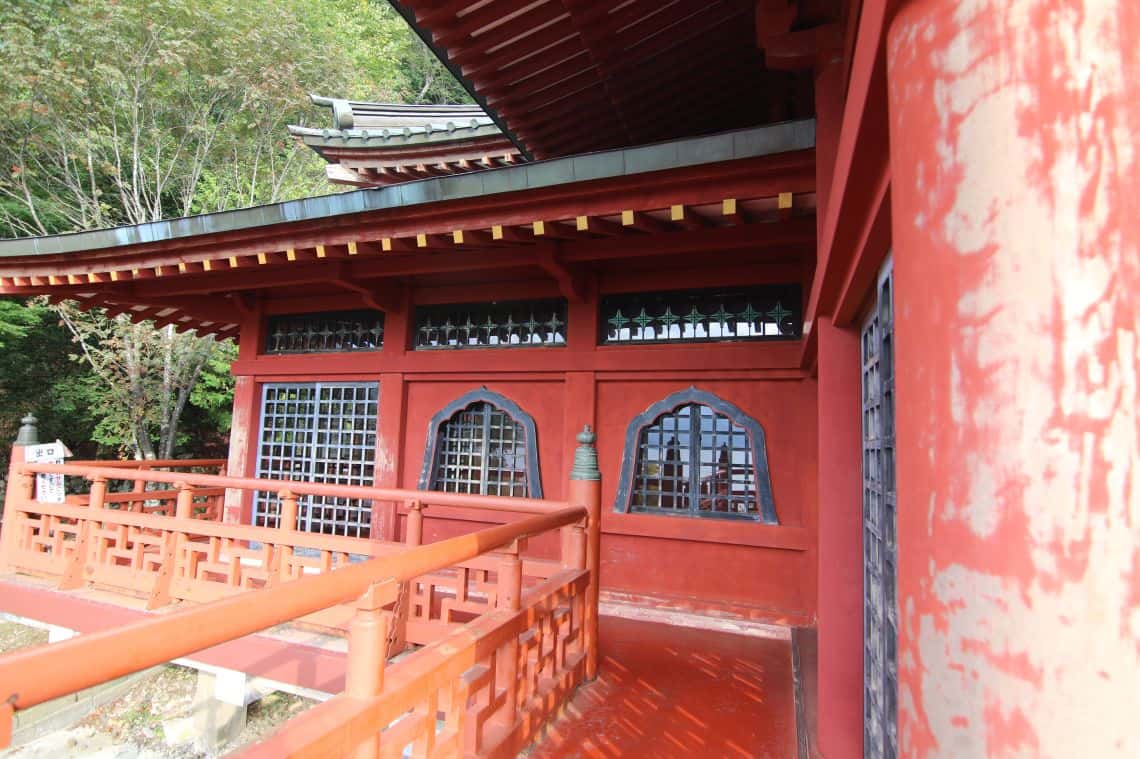
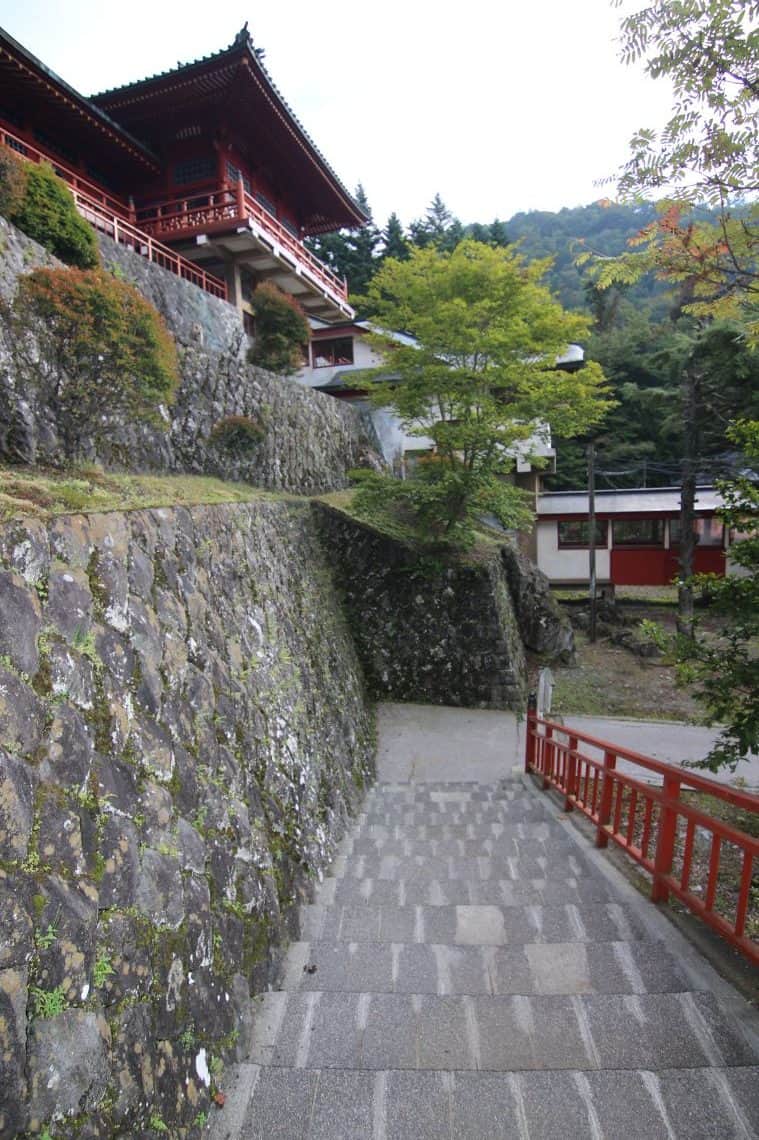
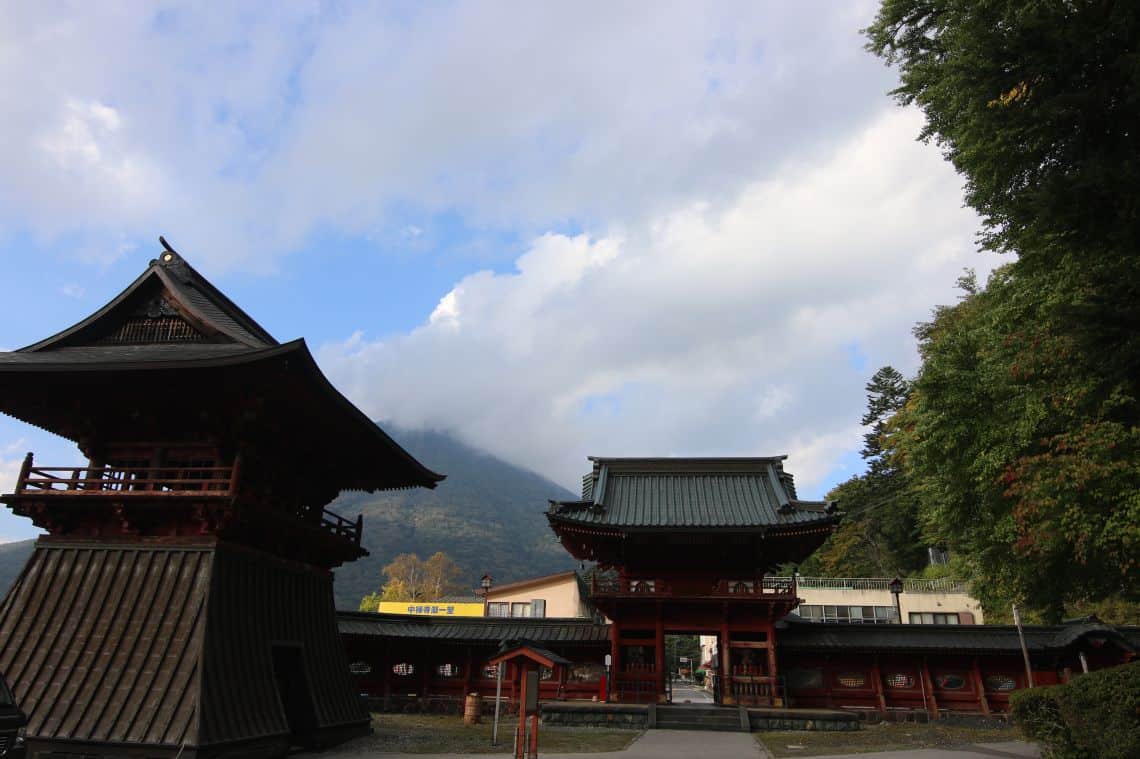
The entrance or exit depending on what side you come in.
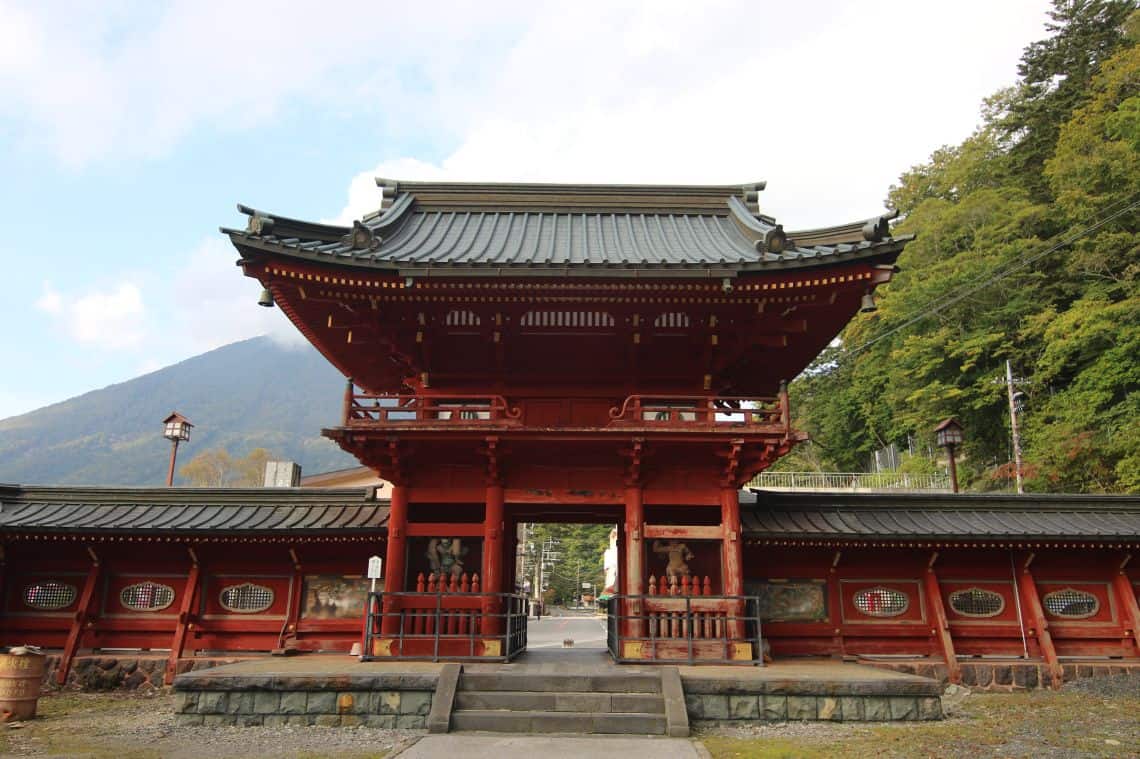
The hall’s ceiling has a massive painting of a white dragon by the same artist who painted the “Crying Dragon” at Toshogu Shrine — I wasn’t able to capture a photo since inside photos were not allowed once you left the ground floor. According to the old scripts, it is said that Five guardian Buddhist deities appeared in Saint Shodo’s dream and was very helpful for his opening this mountain.
The temple itself, which is the eighteenth temple in the Bando (33 Kannon temples in the Kanto region) has a veranda which wraps around the temple and the views of Lake Chuzenjiko and the mountains beyond are breathtaking.
There are many historical buildings around the temple precincts and the architecture is pretty interesting, enough to spend several hours here if architecture and views are your thing. It is pretty impressive and one I’d recommend adding to your temple list.
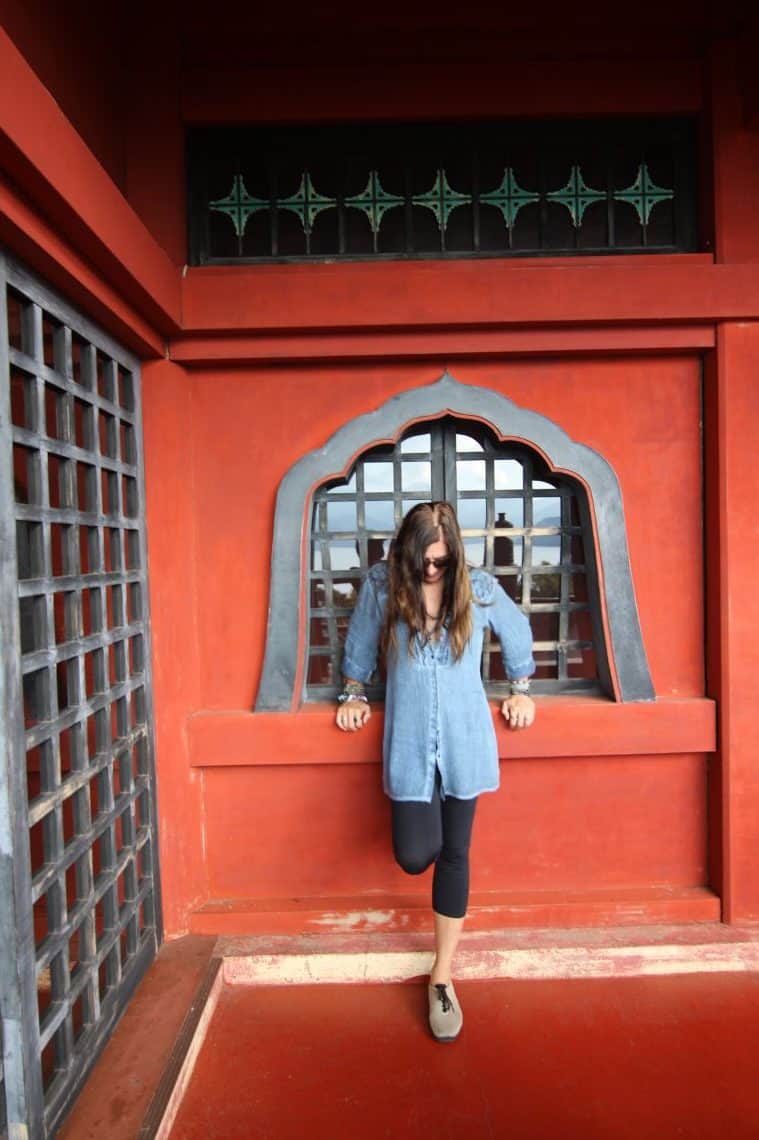
Above and below, the Chuzenji Temple
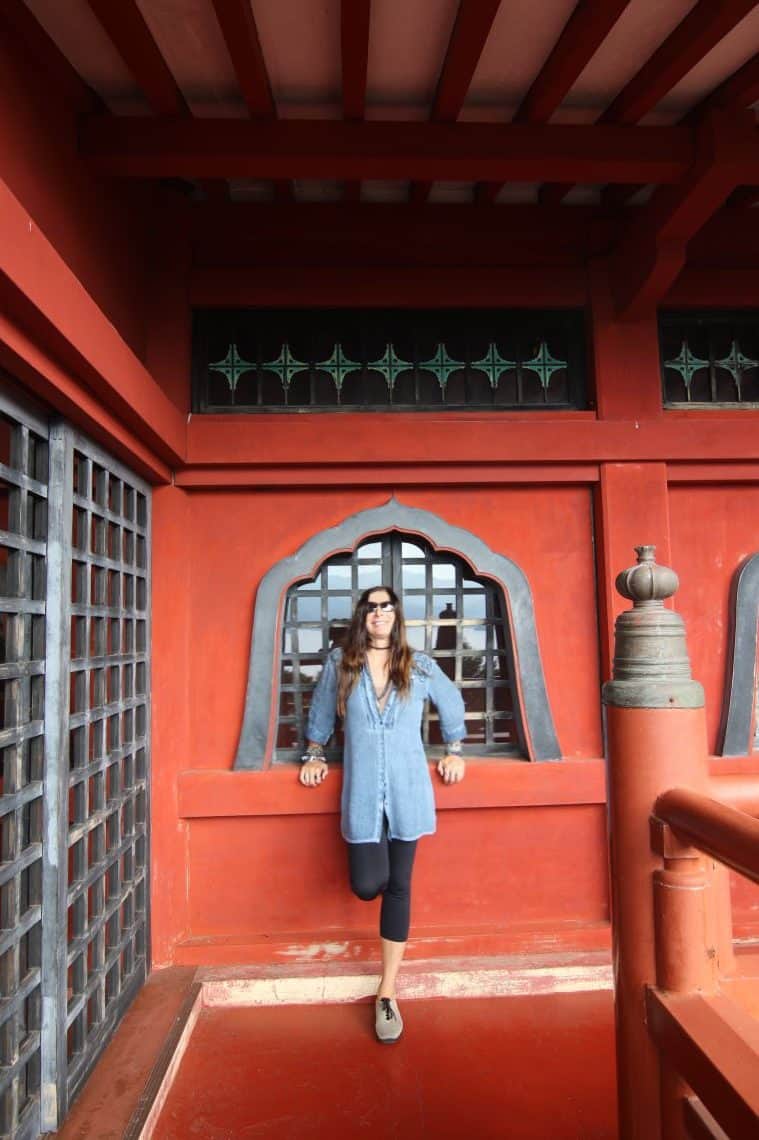
Because of so many temples and shrines, Nikko prospered as a sanctuary of religion. The belief was that worshipping Gods in high mountains was in harmony with the sacred land known as the Pure Land of Kannon. Following shogun decisions and wars, temples and shrines rose and fell. Once the infamous Toshogu Shrine was built, Nikko continued to flourish as a temple town with Toshogu as its central landmark. It’s obviously still significant today.
Toshogu Shrine
There are detailed sculptures here that exceed 5,100 – yes really. Almost all of the present-day shrine complex was rebuilt in 1636, twenty years after Tokugawa Ieyasu’s enshrinement.
According to the shrine’s financial records, the cost was equivalent to of ¥40 billion in today’s money. The shrine complex was registered as a World Heritage site in December 1999.
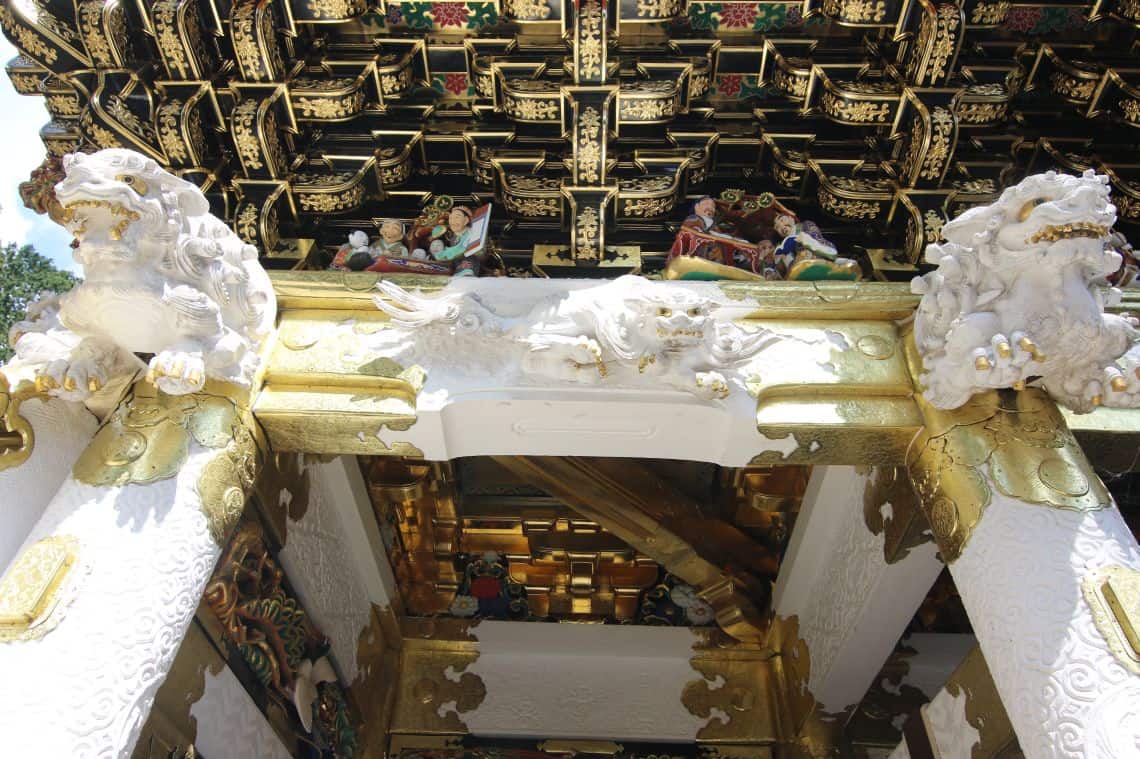
One of the special features of the shrine complex is the use of paths and stairways that follow the natural topography of the site. The buildings are lacquered and decorated with vibrant colors, and the pillars and other structures have tons of carvings that convey spiritual beliefs and philosophy.
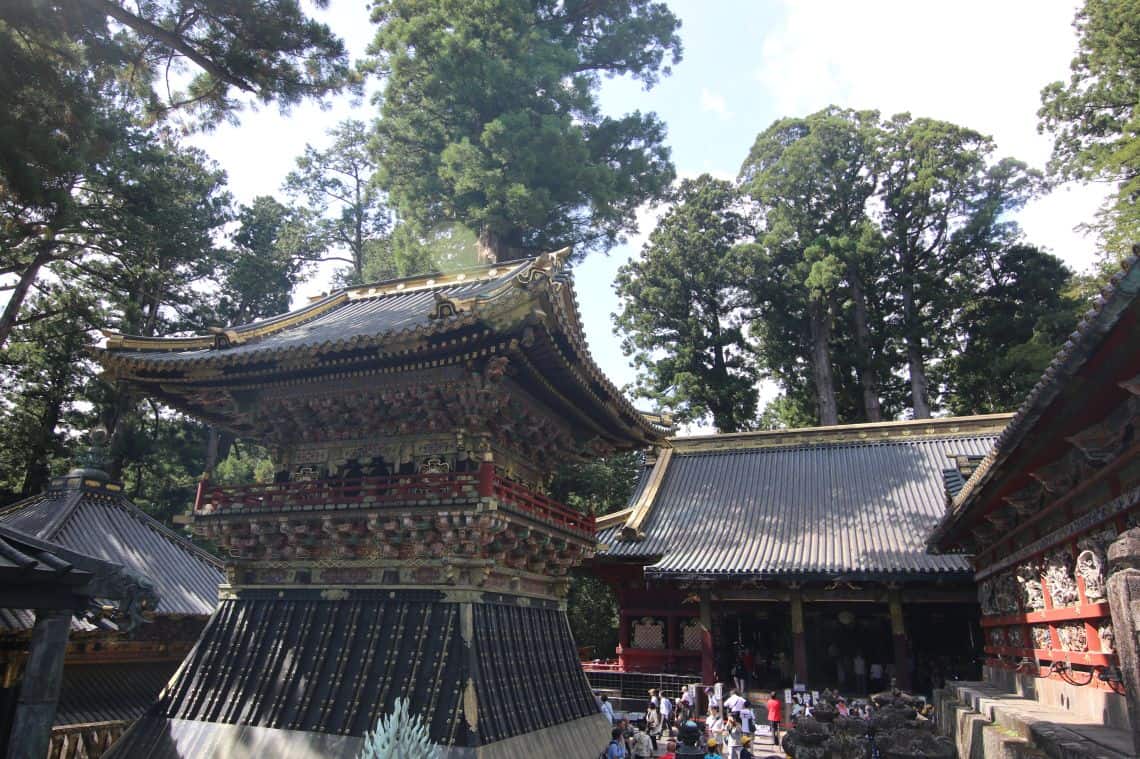
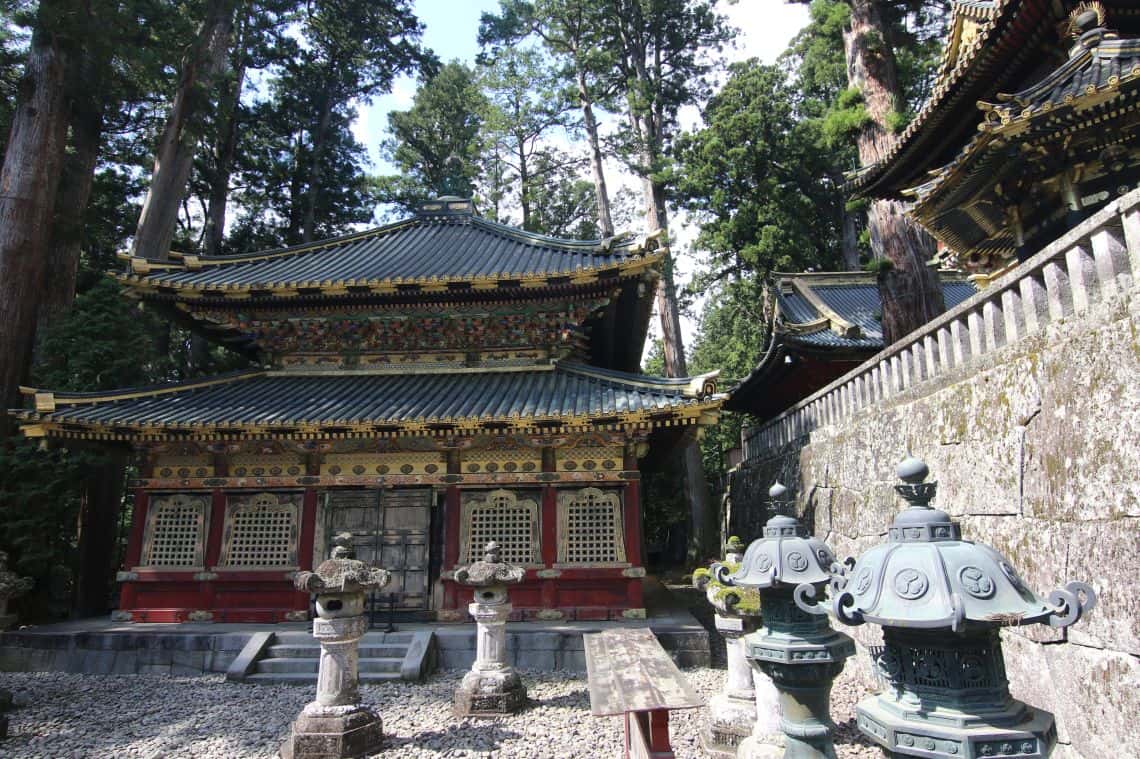
Walking around this temple, you can feel the energy of the ancient past.
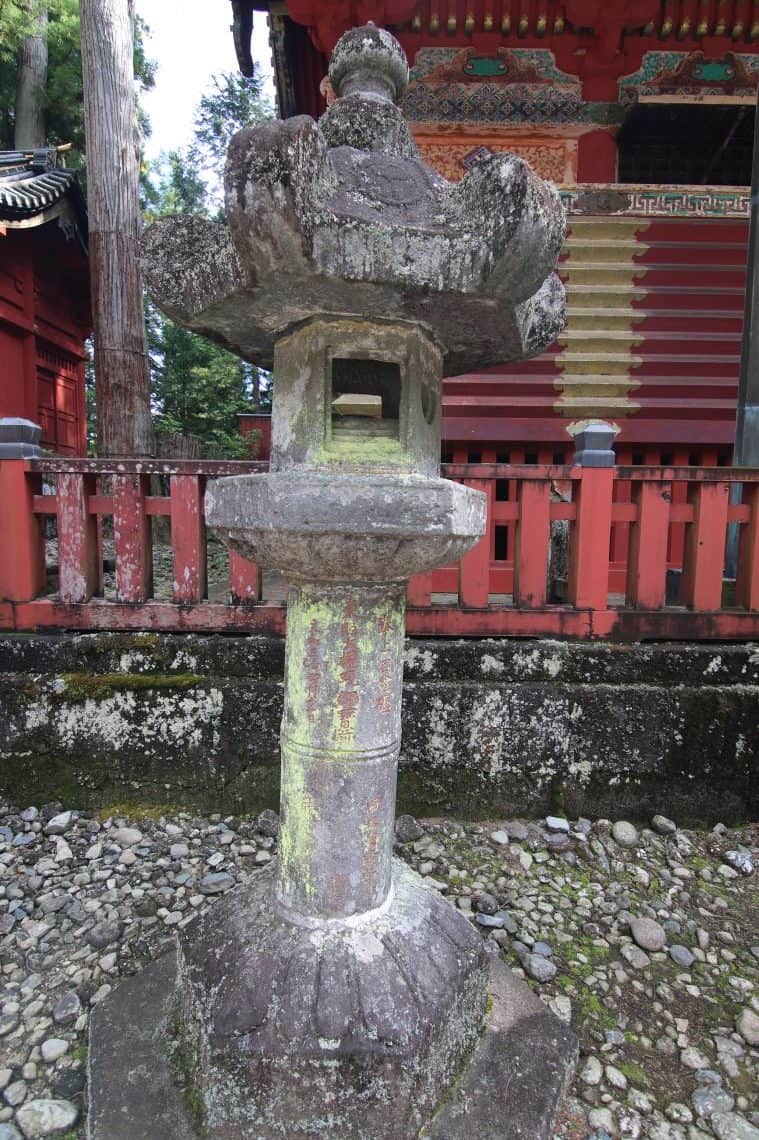
The structures are surrounded by trees on all sides – it’s one of the most impressive things about the shrines and temples in Japan — the location was chosen for its spiritual connection to nature – in other words, it all flows in perfect harmony and in perfect union with nature and the elements, which is a big part of Shintoism.
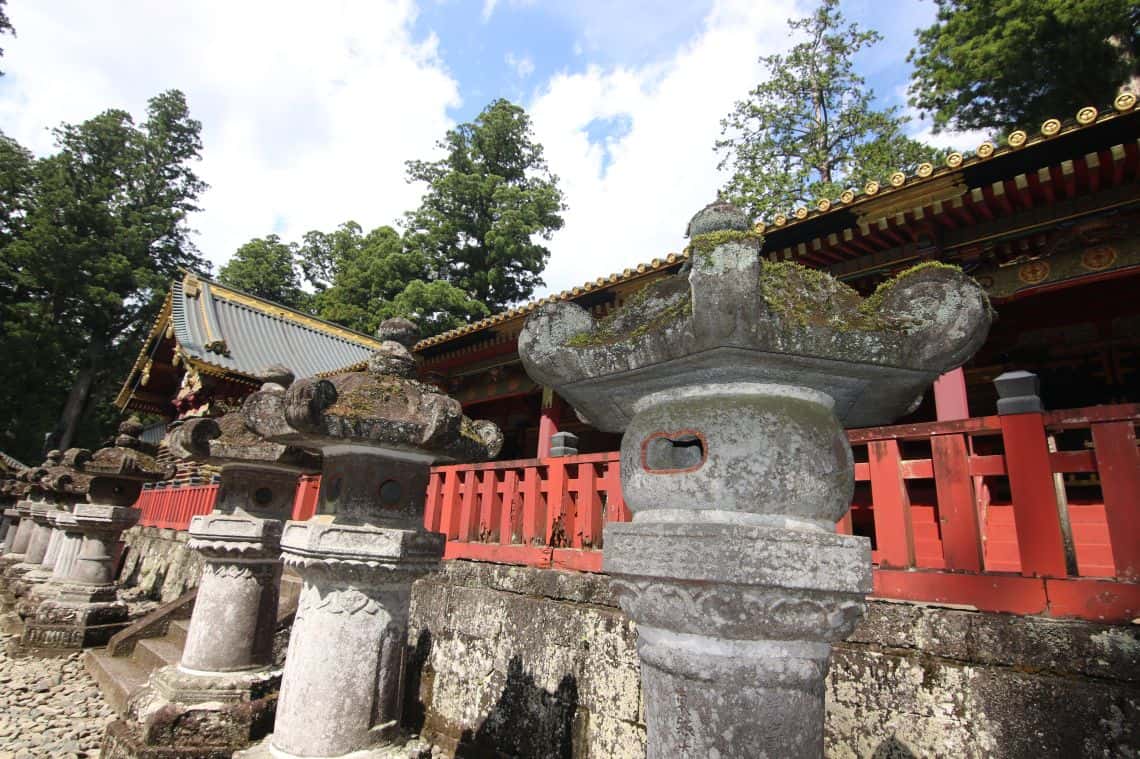
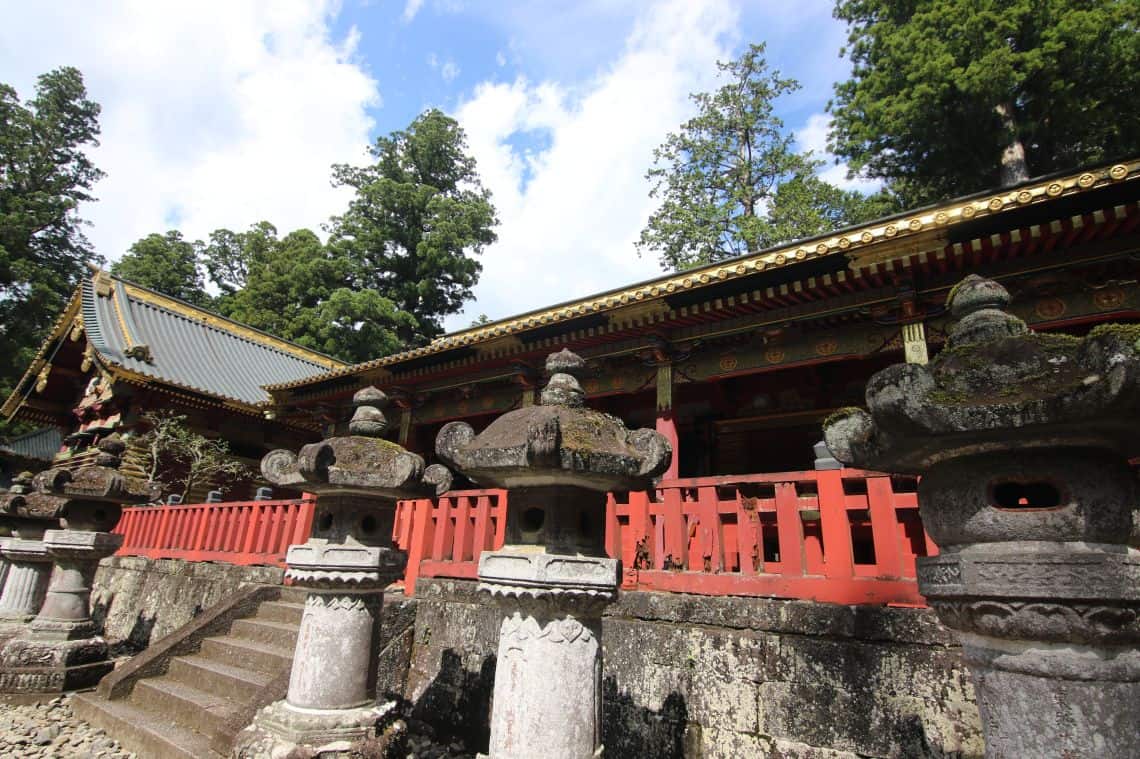
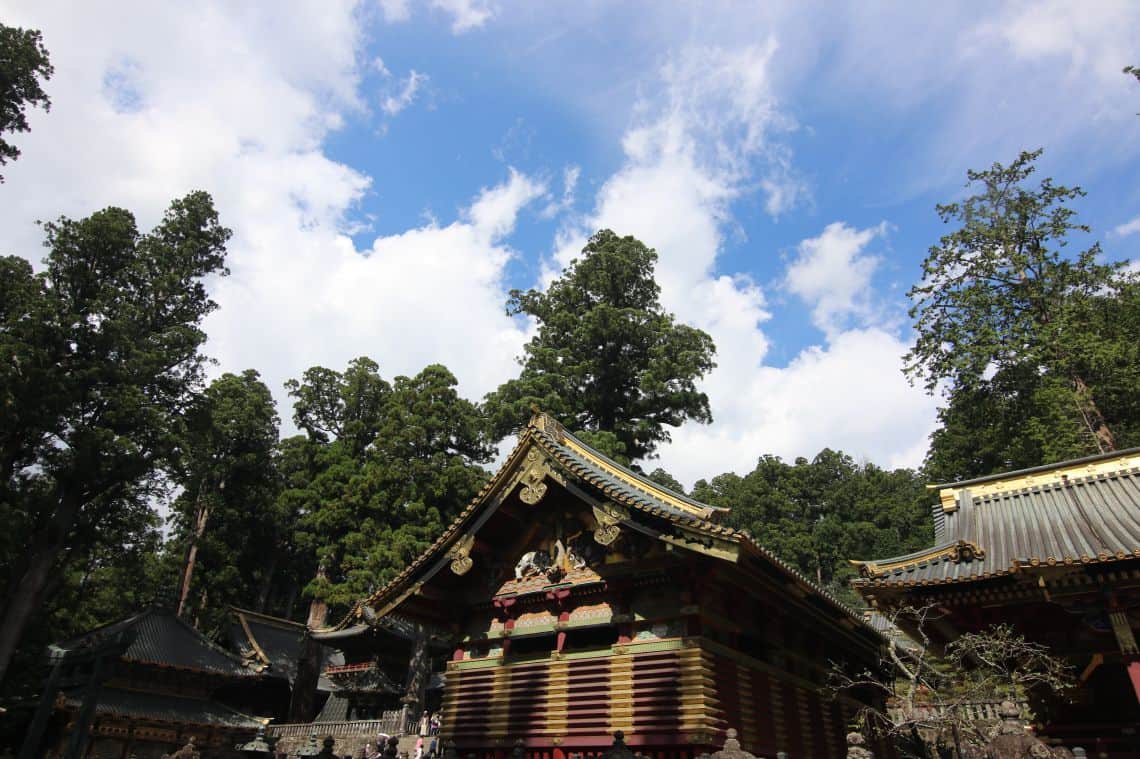
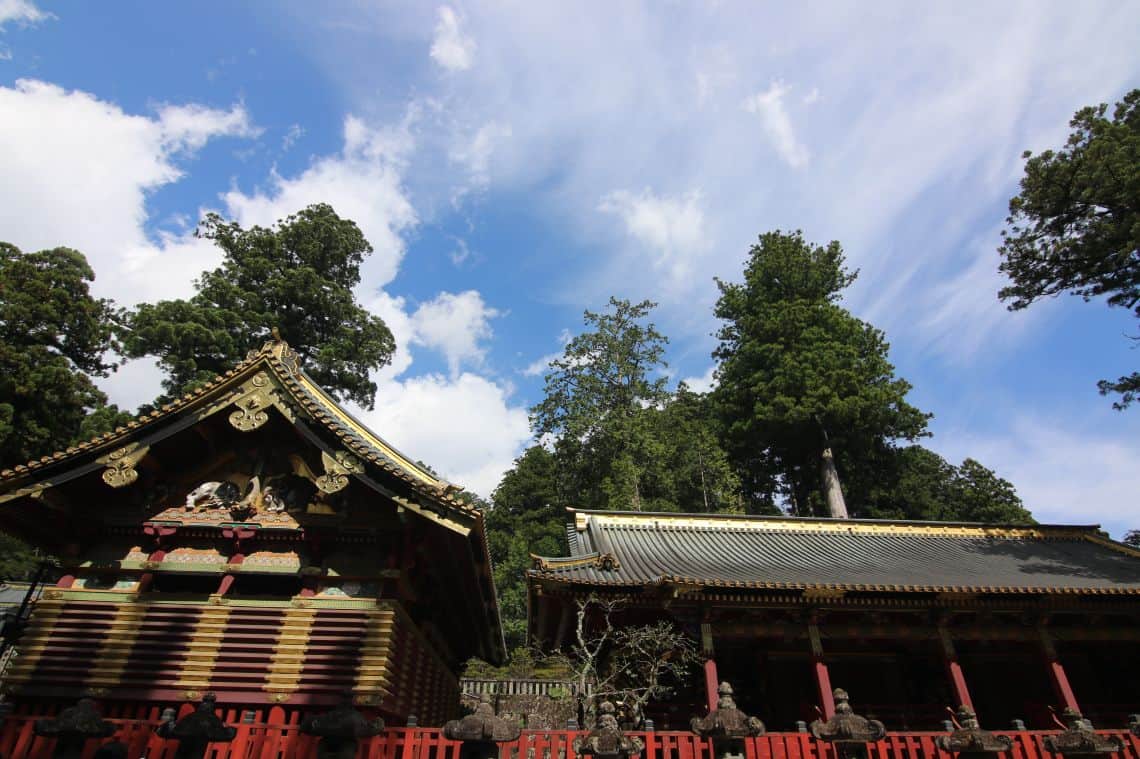
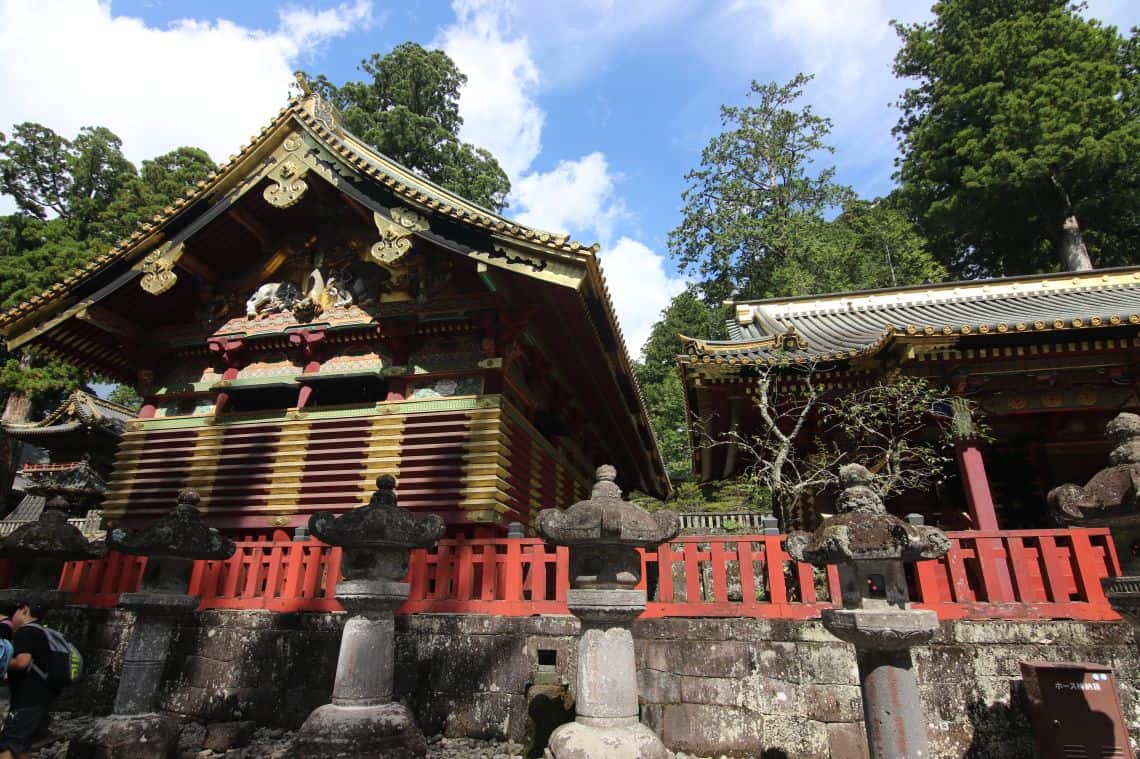
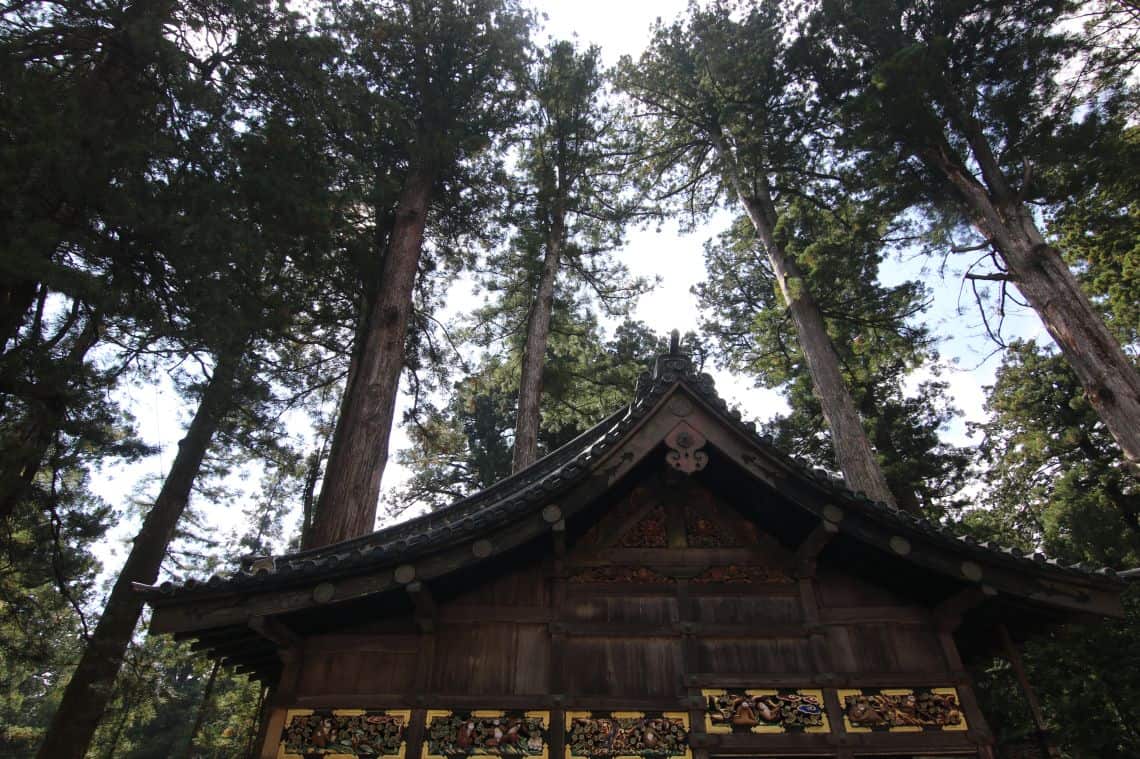
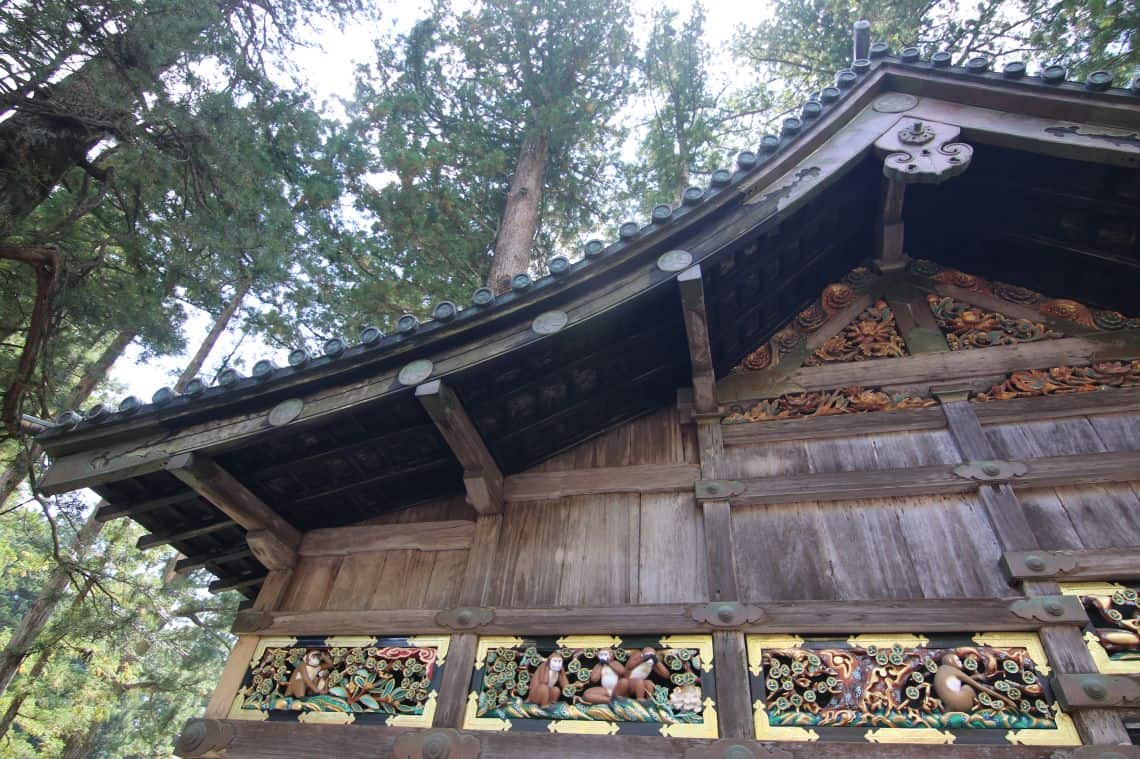
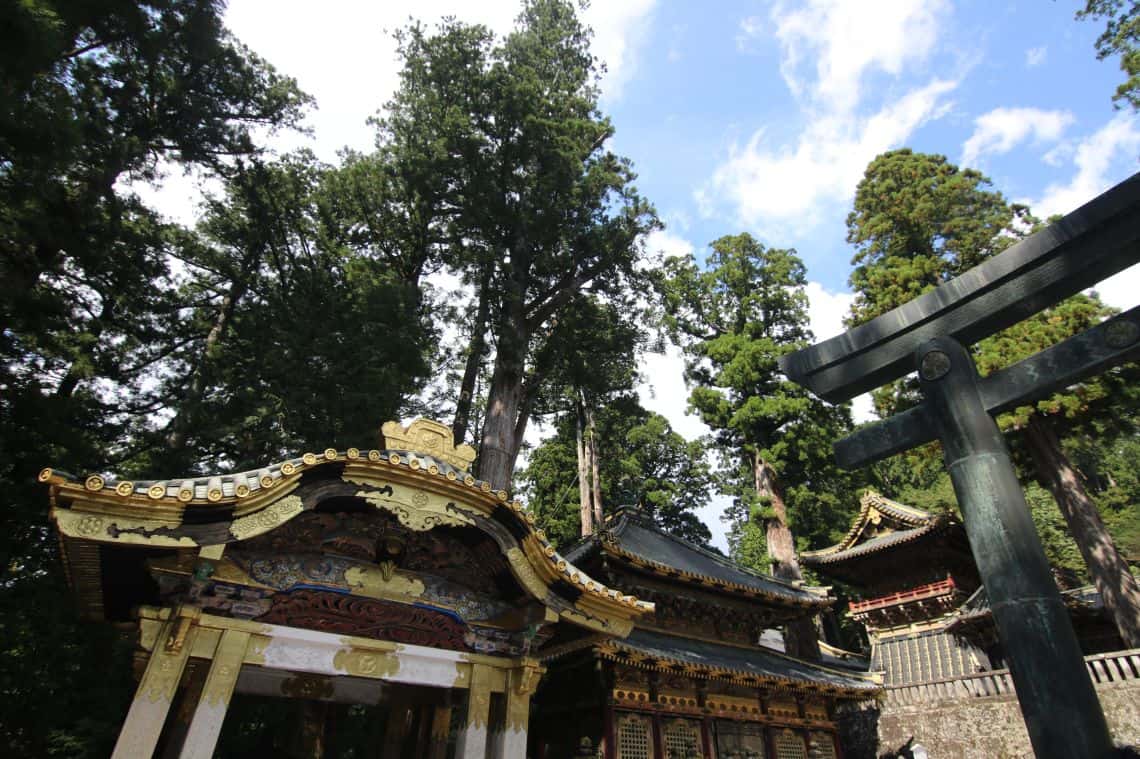
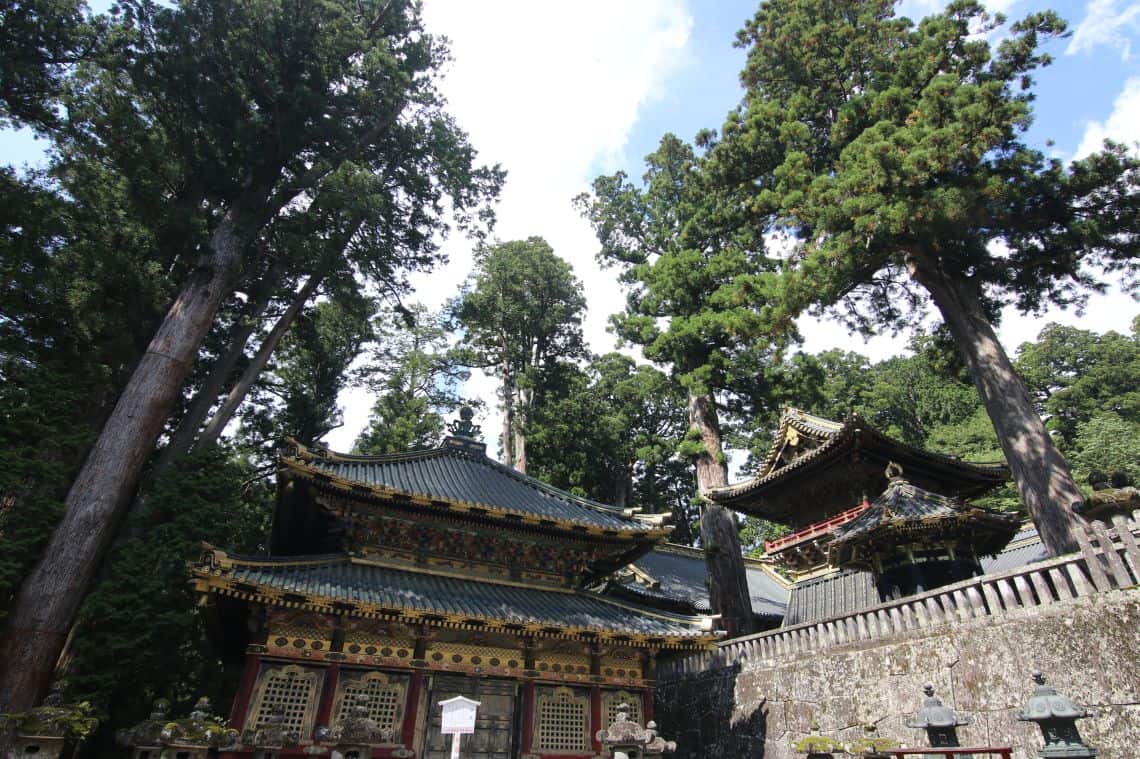
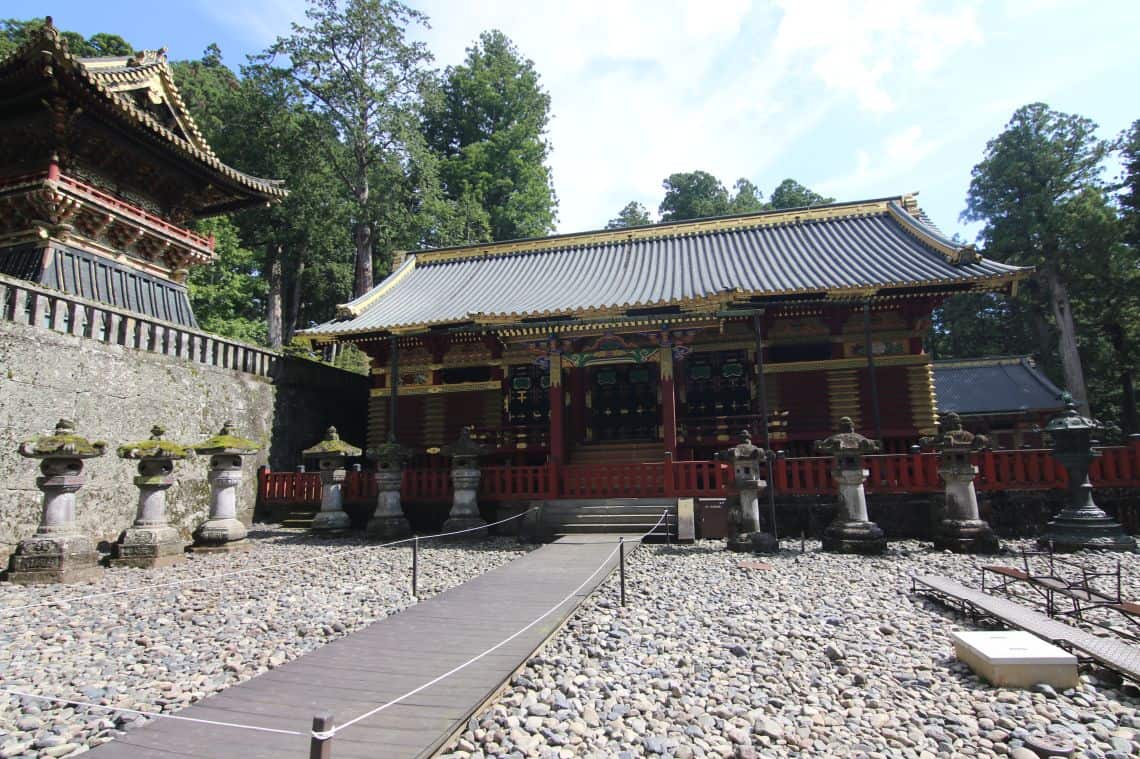

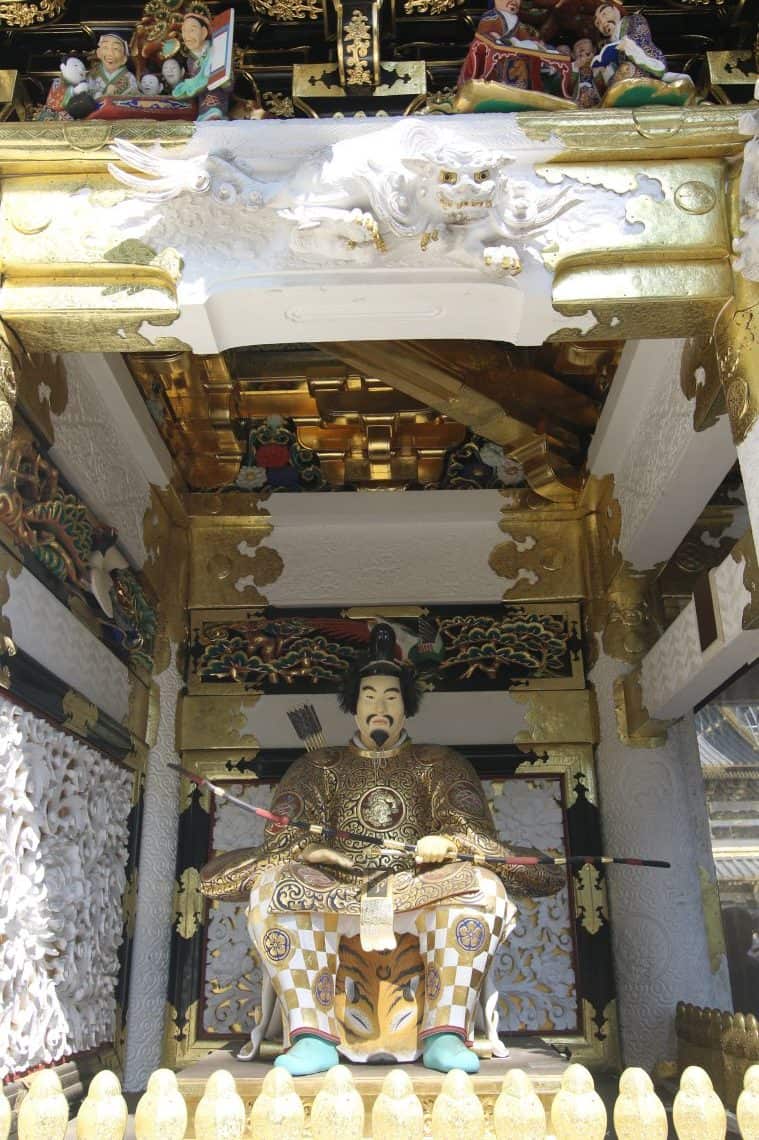
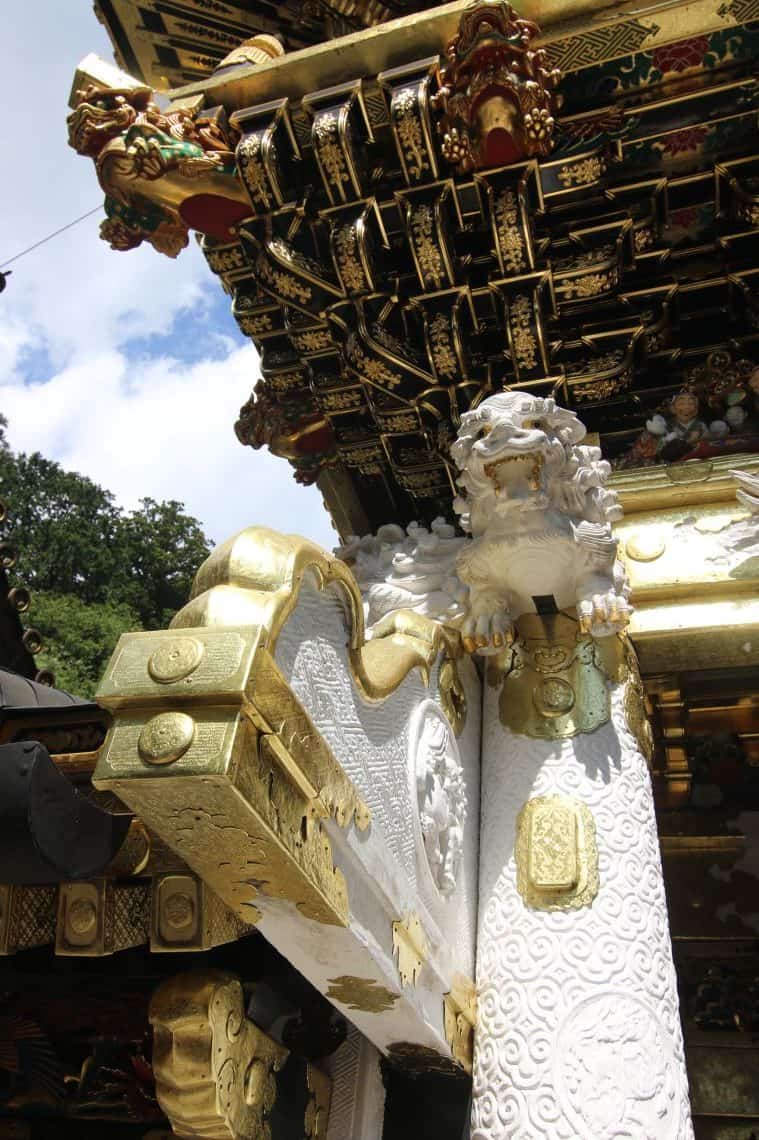
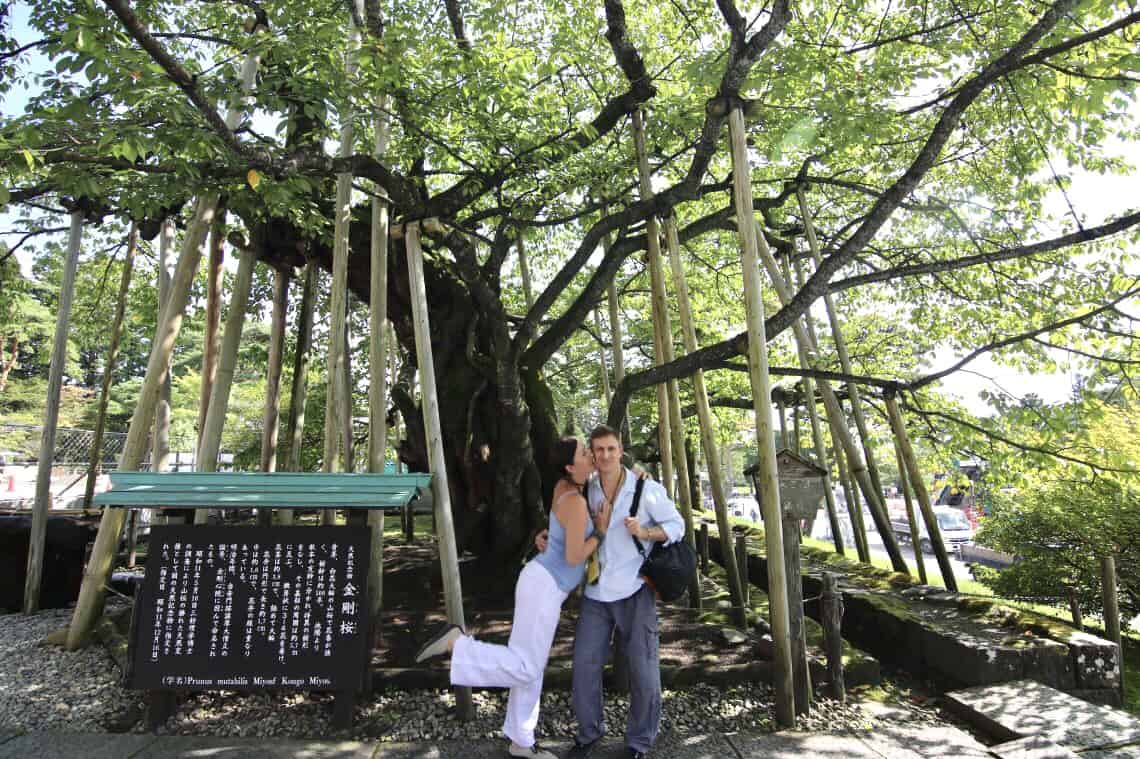
As part of the UNESCO World Heritage Site and connected to Tokugawa Ieyasu who is considered as one of the most important figures in Japan’s history since he played a pivotal role in unifying Japan. His status as shogun started during the Edo period (1603-1867), and is considered to be the most peaceful and prosperous period in Japan’s history. After he died, his status was elevated to ‘divinity status’ and Toshogu branch shrines spread throughout Japan.
Every year, the Toshogu Shrine holds the Shuki Taisai Grand Festival in the fall and spring with a procession of a thousand warriors re-enacting the arrival of Tokugawa Ieyasu’s remains in Nikko.
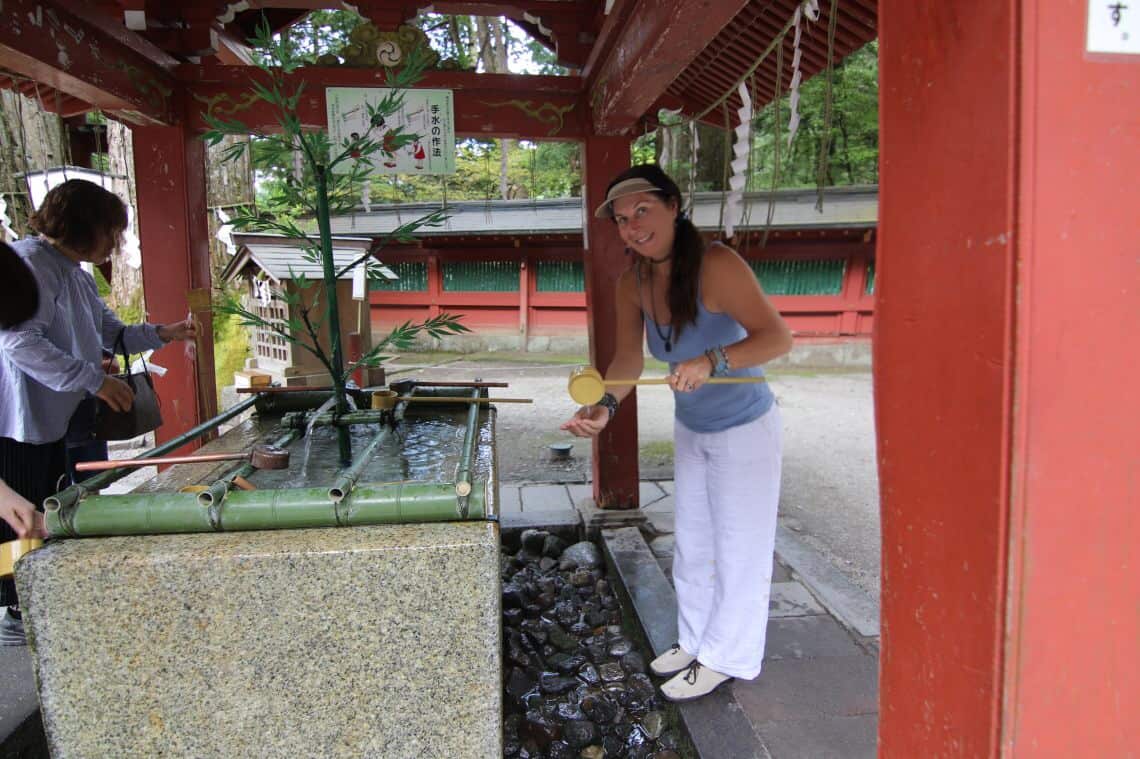
Also here is the 5 storied pagoda also known as Gojunoto. The Gojunoto Pagoda was dedicated by Sakai Tadakatsu in 1648 who was the feudal lord of Obama in Wakasa Province. It was destroyed by fire in 1815 and rebuilt in 1818 by Sakai Tadayuki, a feudal lord from the same lineage.
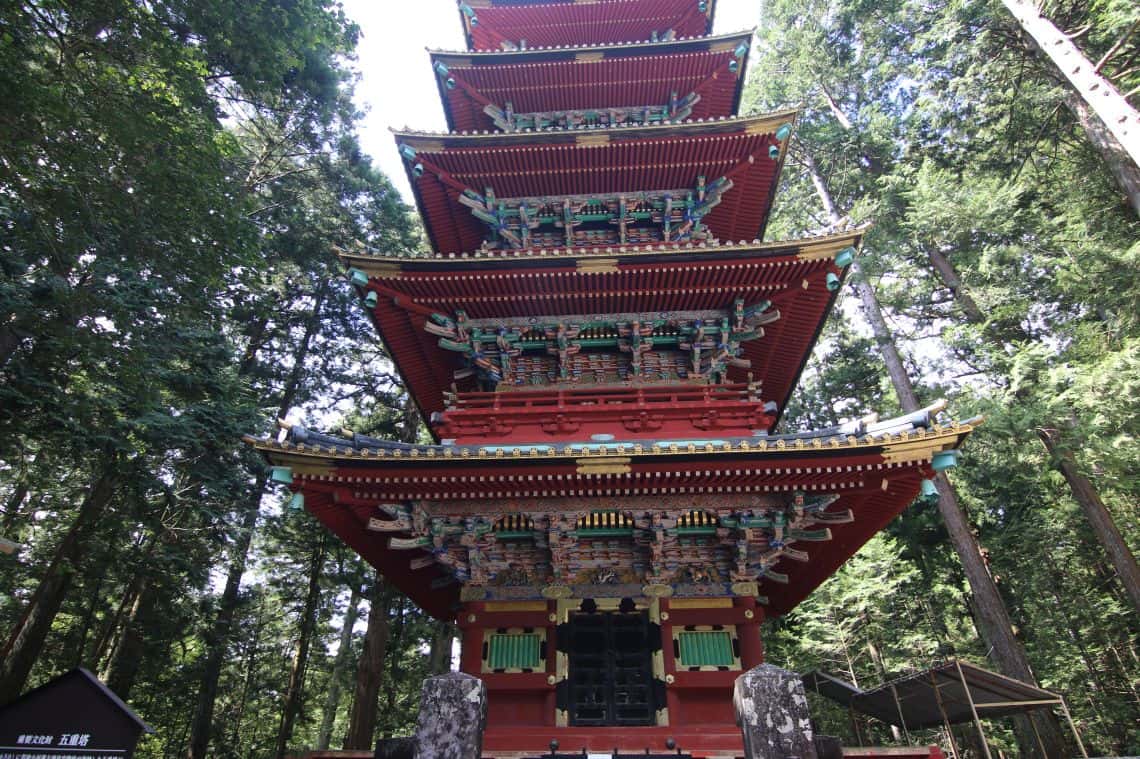
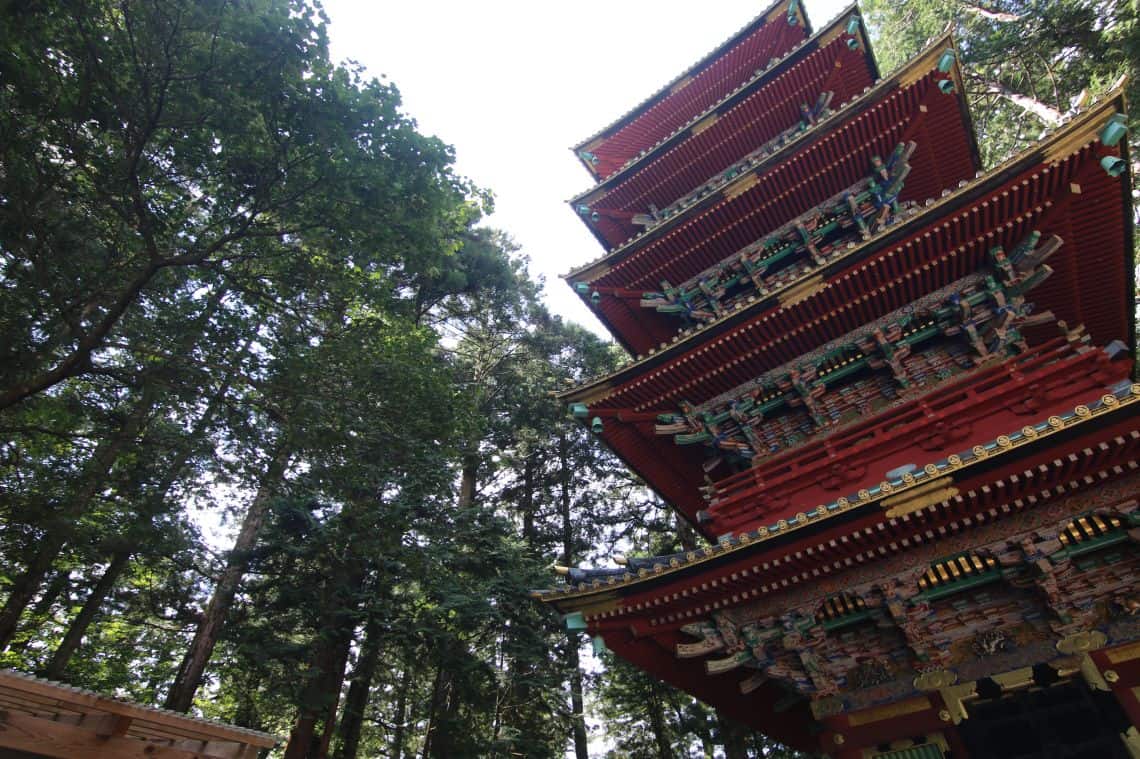
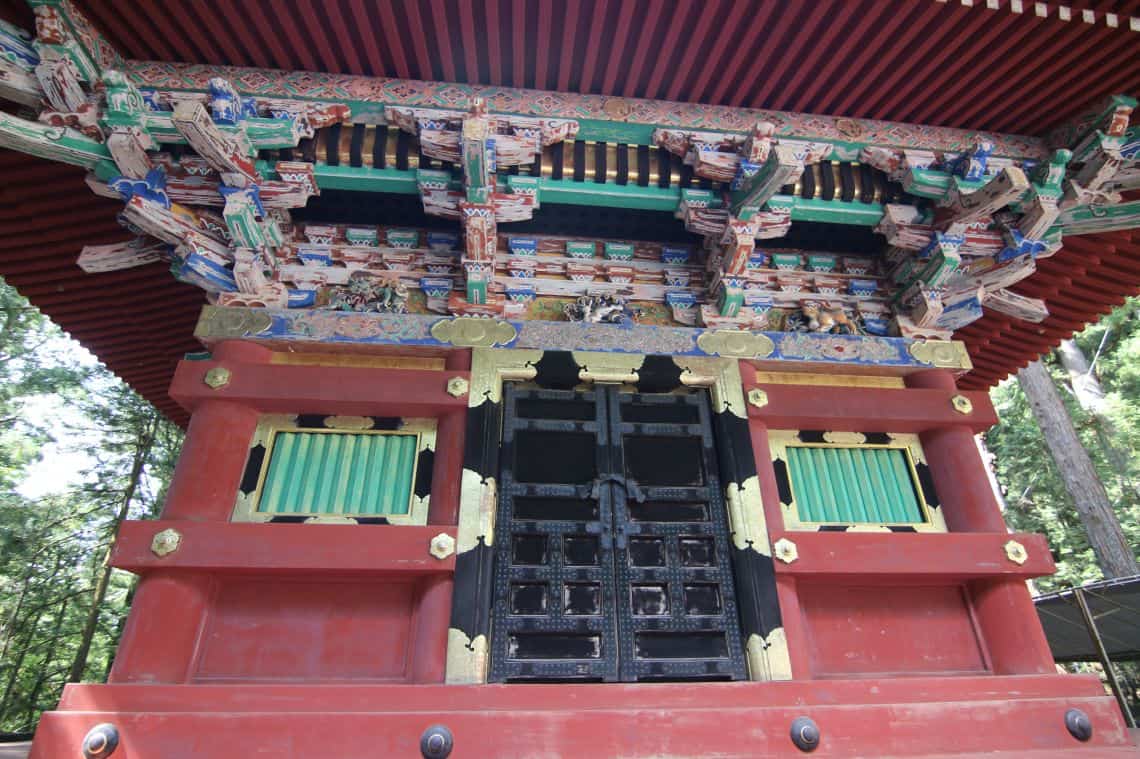
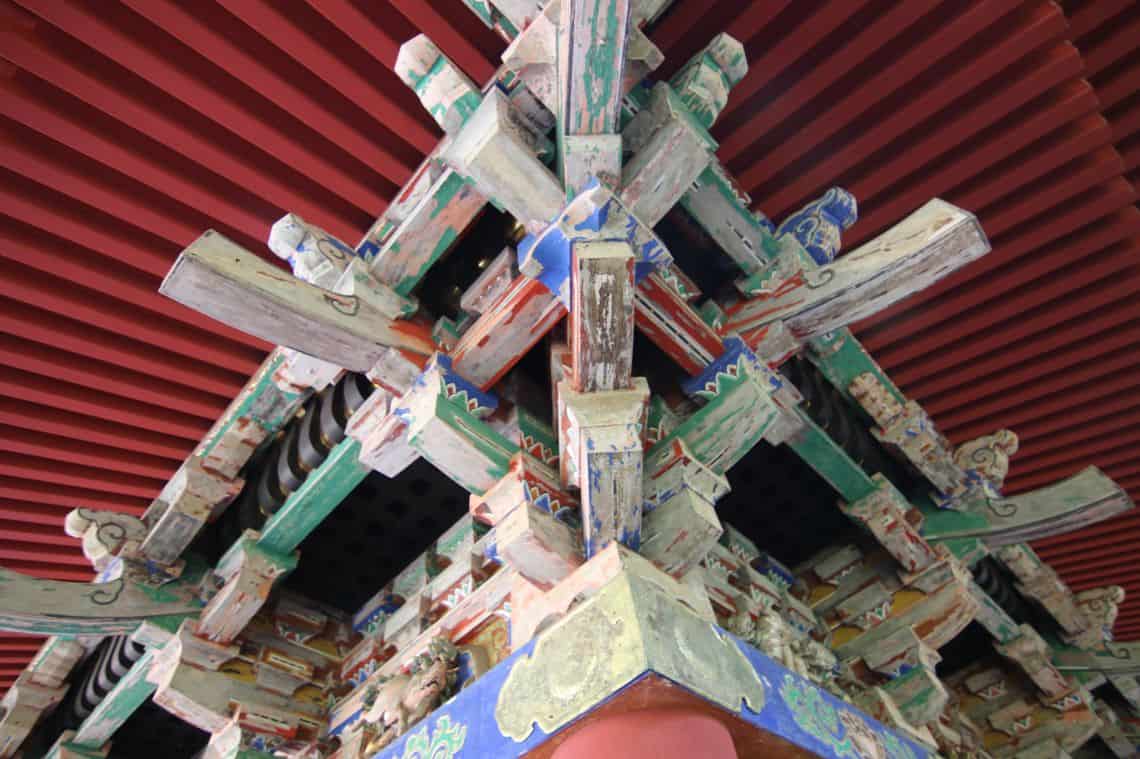
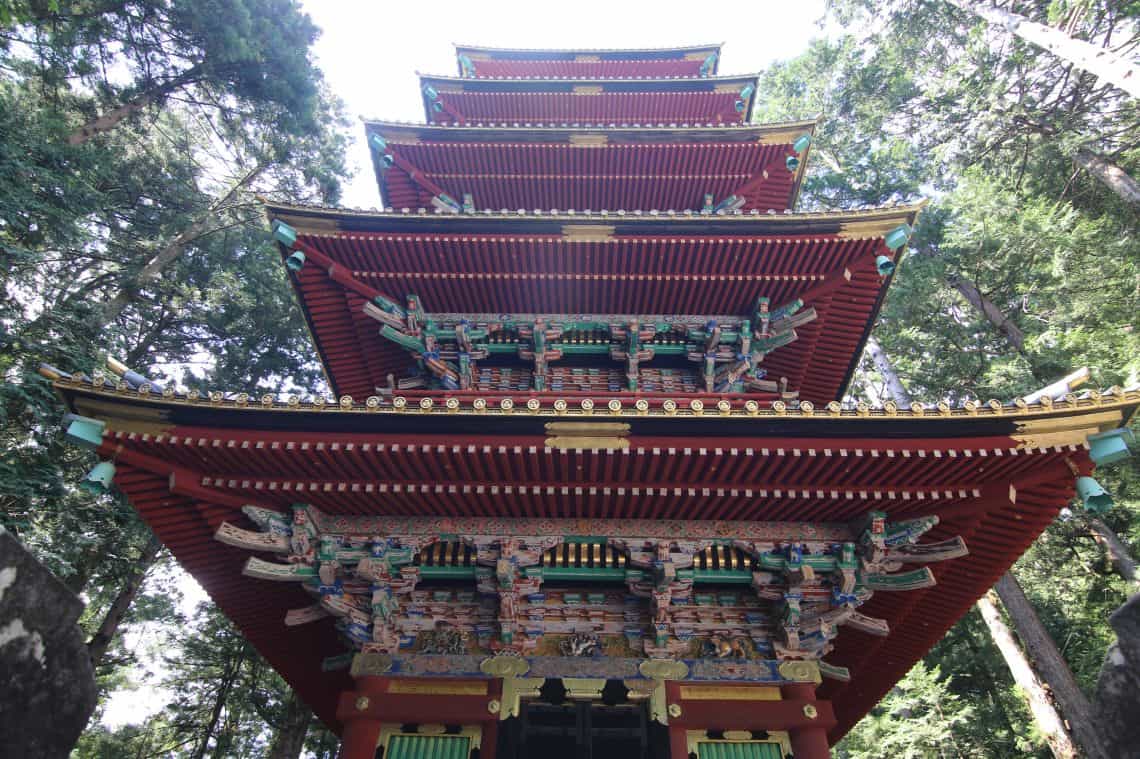
Tayjuin Temple
The Taiyuin Temple is the mausoleum of the third Tokugawa shogun, Iemitsu, and although in some ways, it resembles the nearby Toshogu Shrine in its layout and architecture, it was intentionally built somewhat more modest than the Toshogu. Like the Toshogu, the Taiyuin features a mix of Buddhist and Shinto structures.
It was common for places of worship to contain elements of both religions until the Meiji Period when Shinto was deliberately separated from Buddhism. Across the country, Buddhist elements were removed from shrines and vice versa, but at Taiyuin the separation was not carried out completely. While Toshogu was officially made a shrine, the Taiyuin became a subtemple of nearby Rinnoji Temple. (see below)
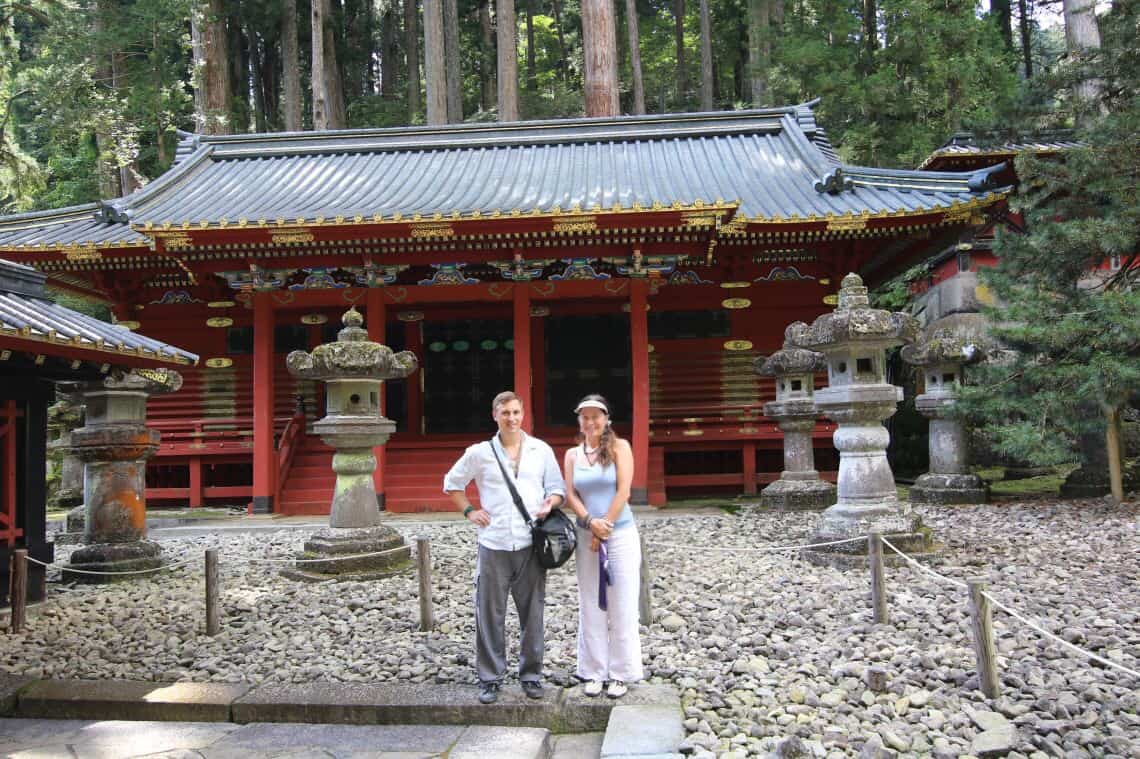
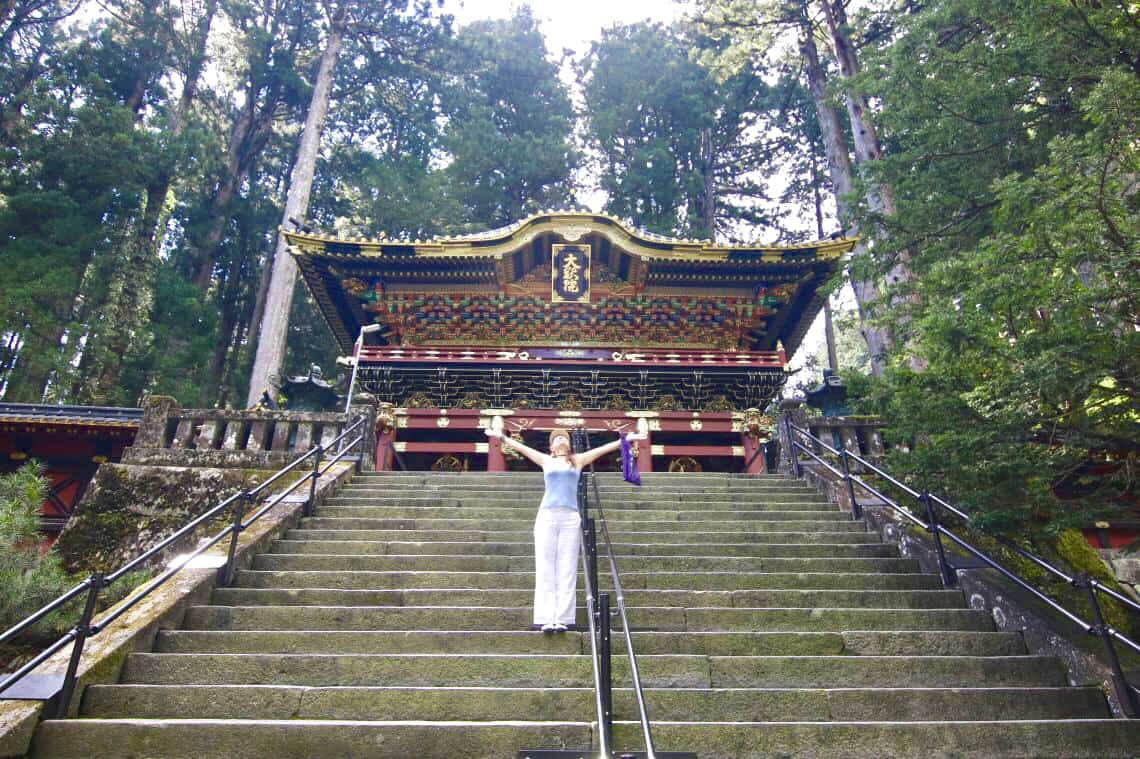
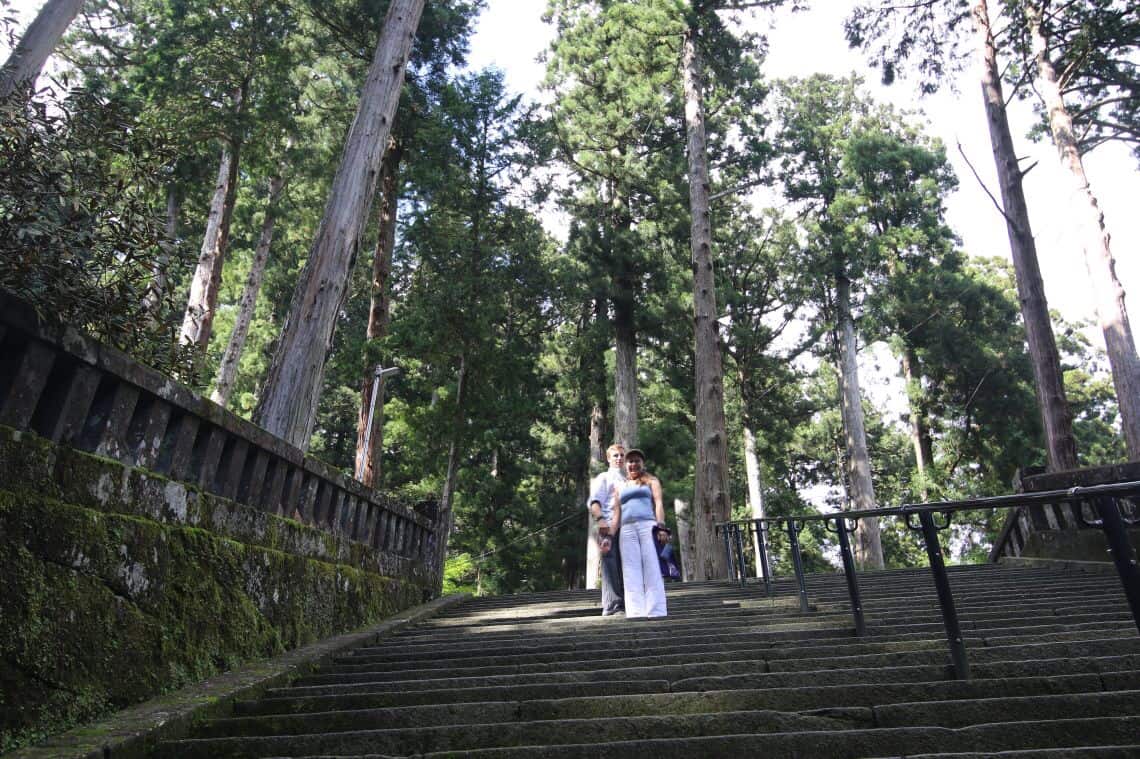
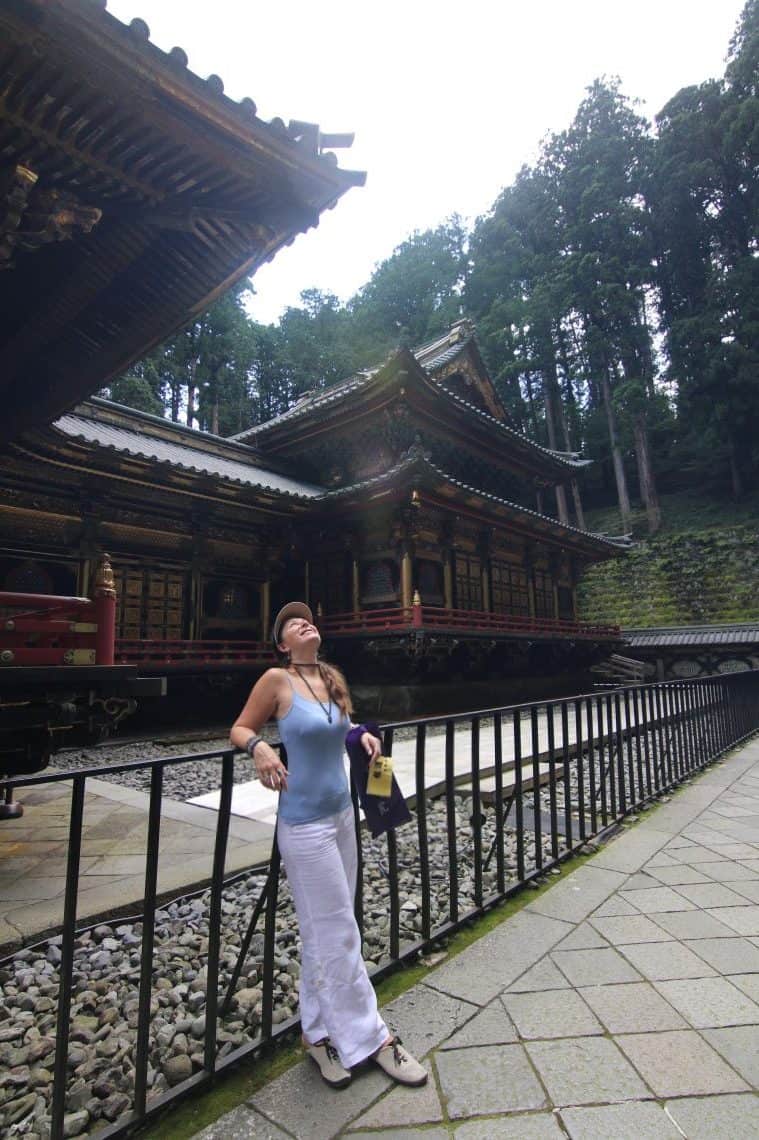
Rinnoji Temple
The RinnojiTemple is massive and full of much glitter and decadence. The main hall of Rinnoji is the largest wooden building in Nikkosan, the largest wooden building in eastern Japan. The current building was rebuilt in 1645 by Shoko Tokugawa “Iemitsu”. In front of San Buddhist Temple, there is a “Kongo Sakura” planted that is meant to be over 500 years old.

Founded by Shodo Shonin, the Buddhist monk who introduced Buddhism to Nikko in the 8th century, Rinnoji is known as the most important temple in Nikko (and most famous).
The temple’s main building, the Sanbutsudo, houses large, gold lacquered, wooden statues of Amida, Senju-Kannon (“Kannon with a thousand arms”) and Bato-Kannon (“Kannon with a horse head”). The three deities are regarded as Buddhist manifestations of Nikko’s three mountain deities which are enshrined at Futarasan Shrine. And, opposite Sanbutsudo stands the temple’s treasure house with Buddhist and Tokugawa related exhibits.
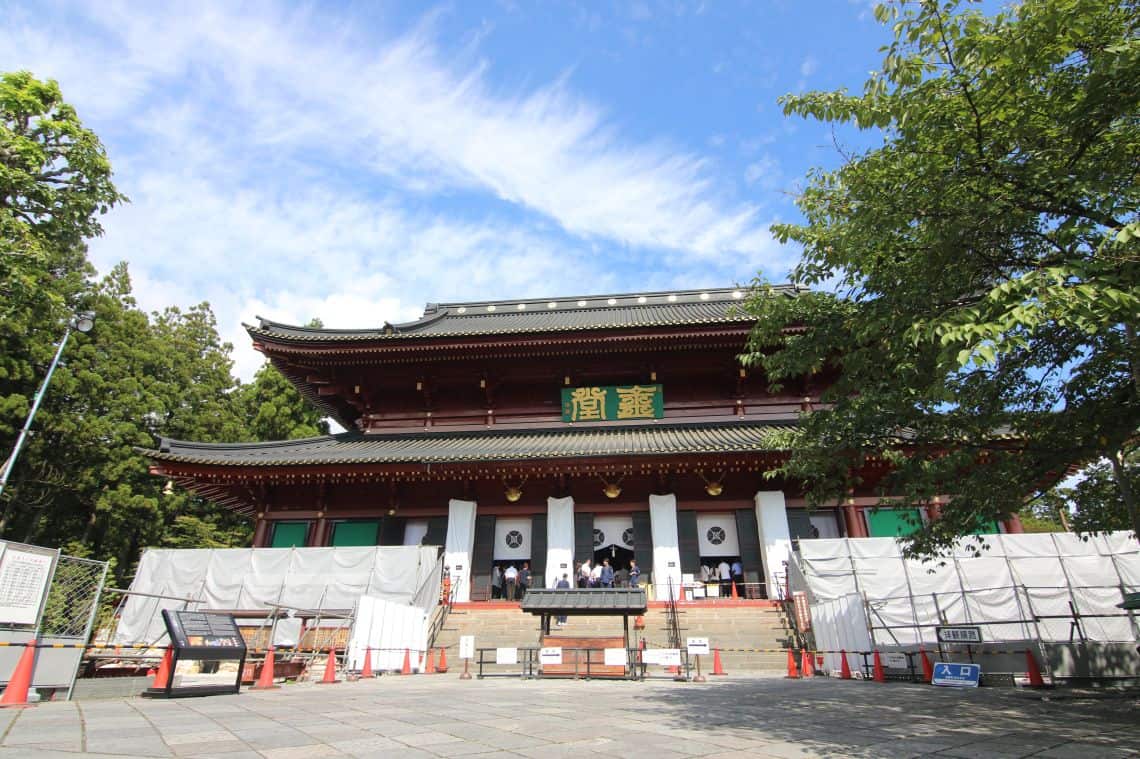
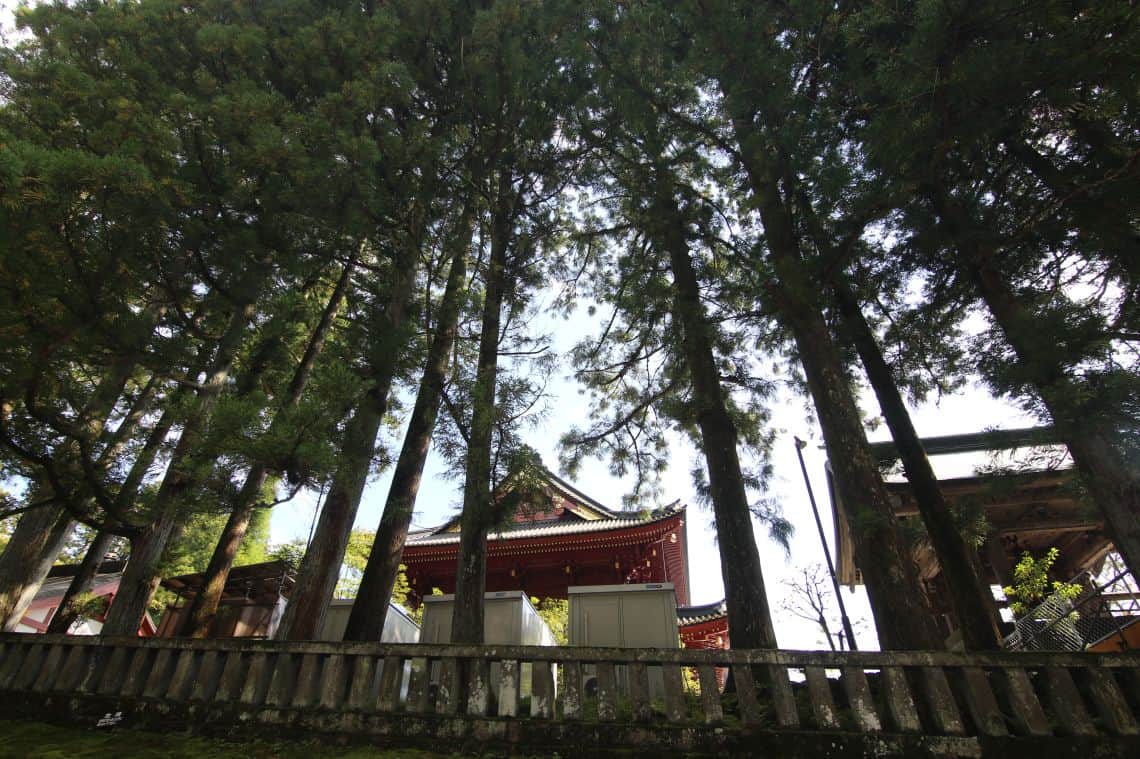
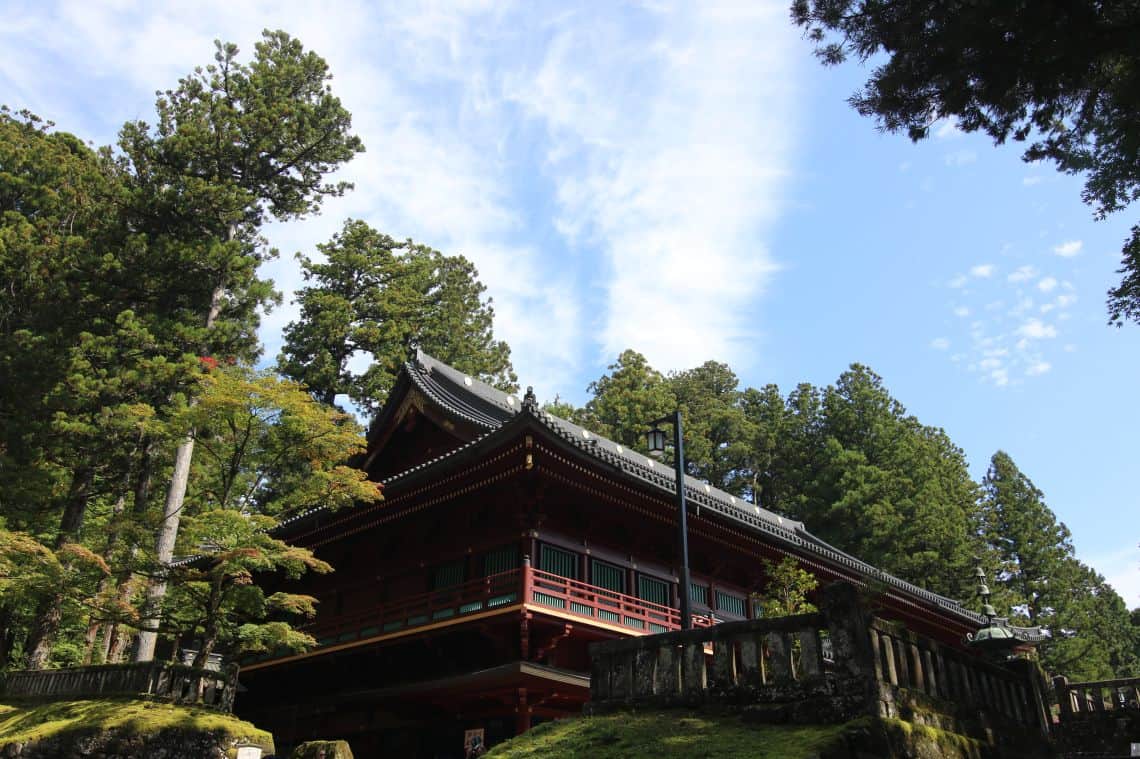
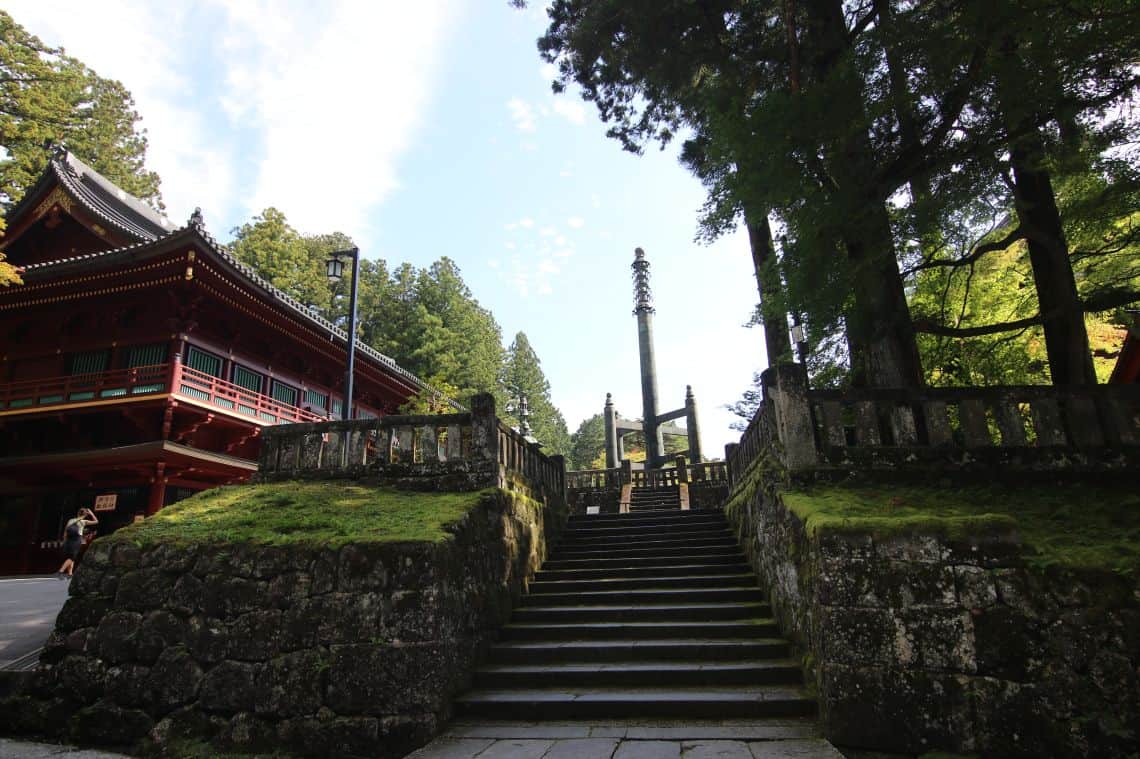
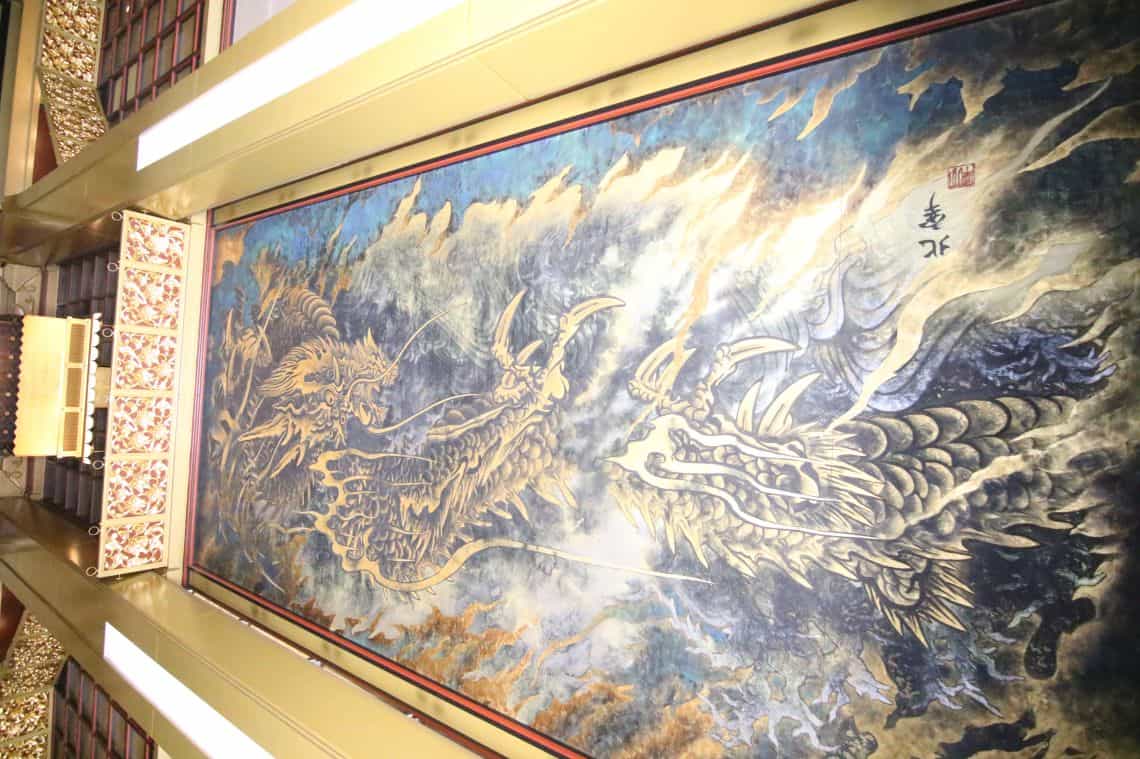
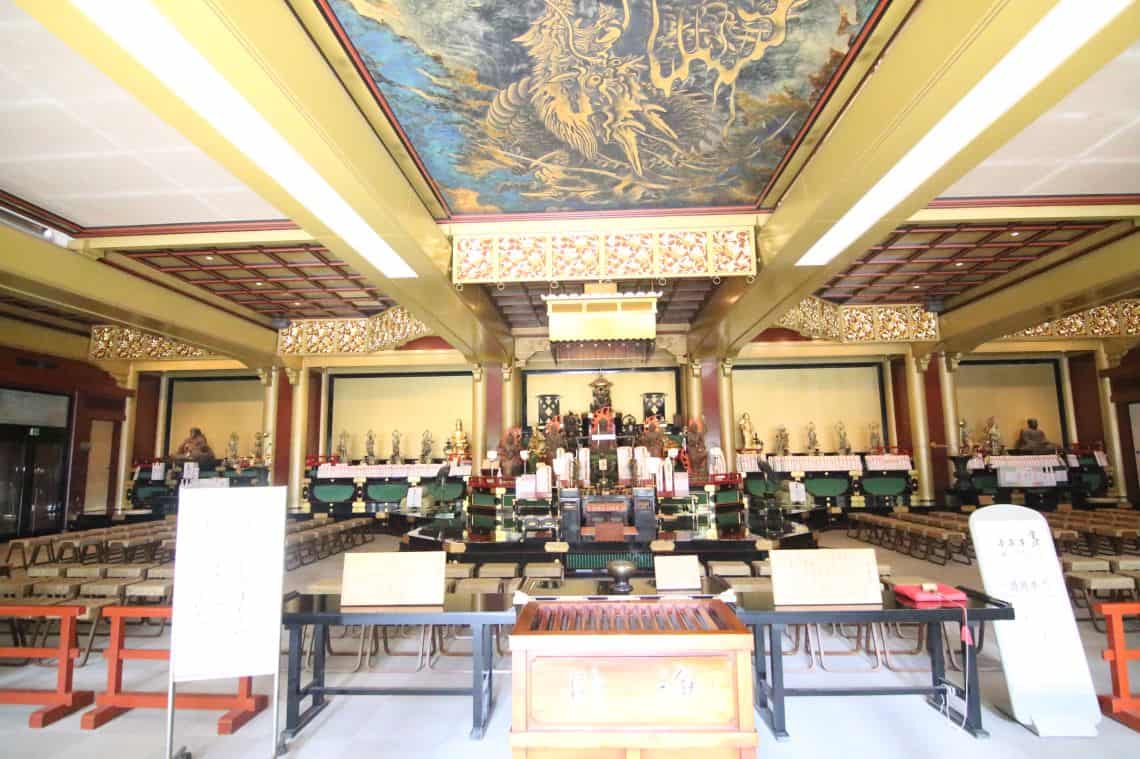
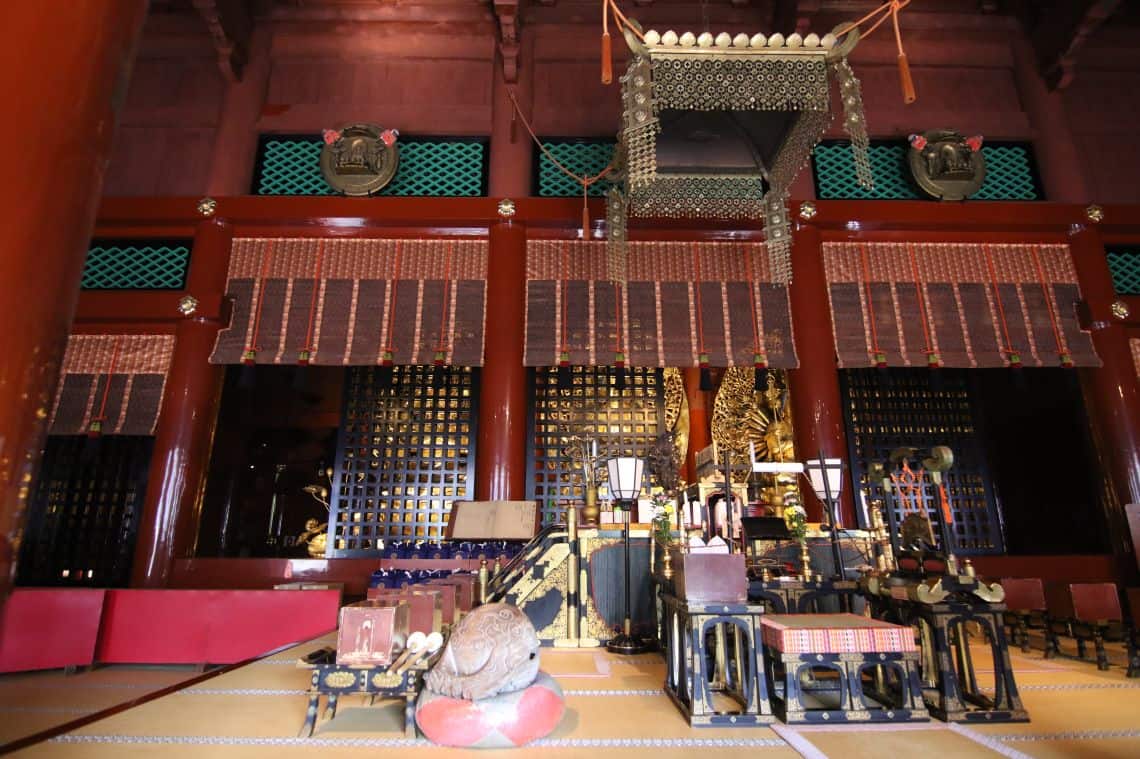 ]
]
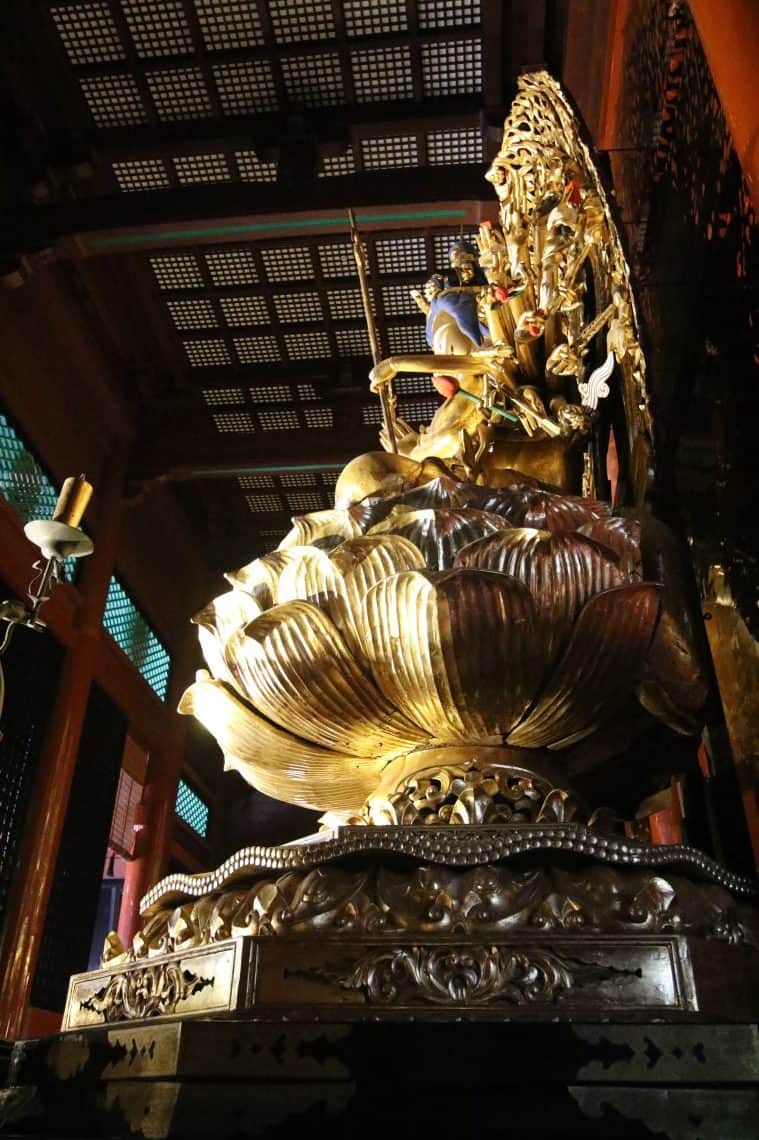
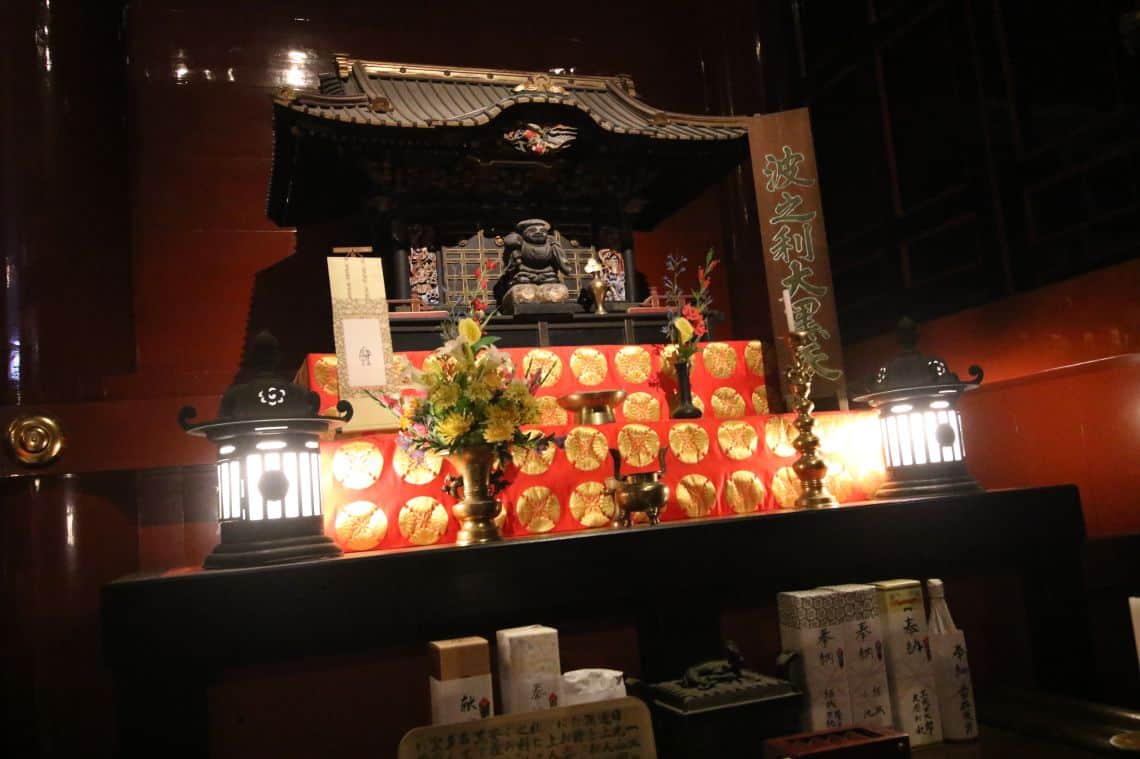
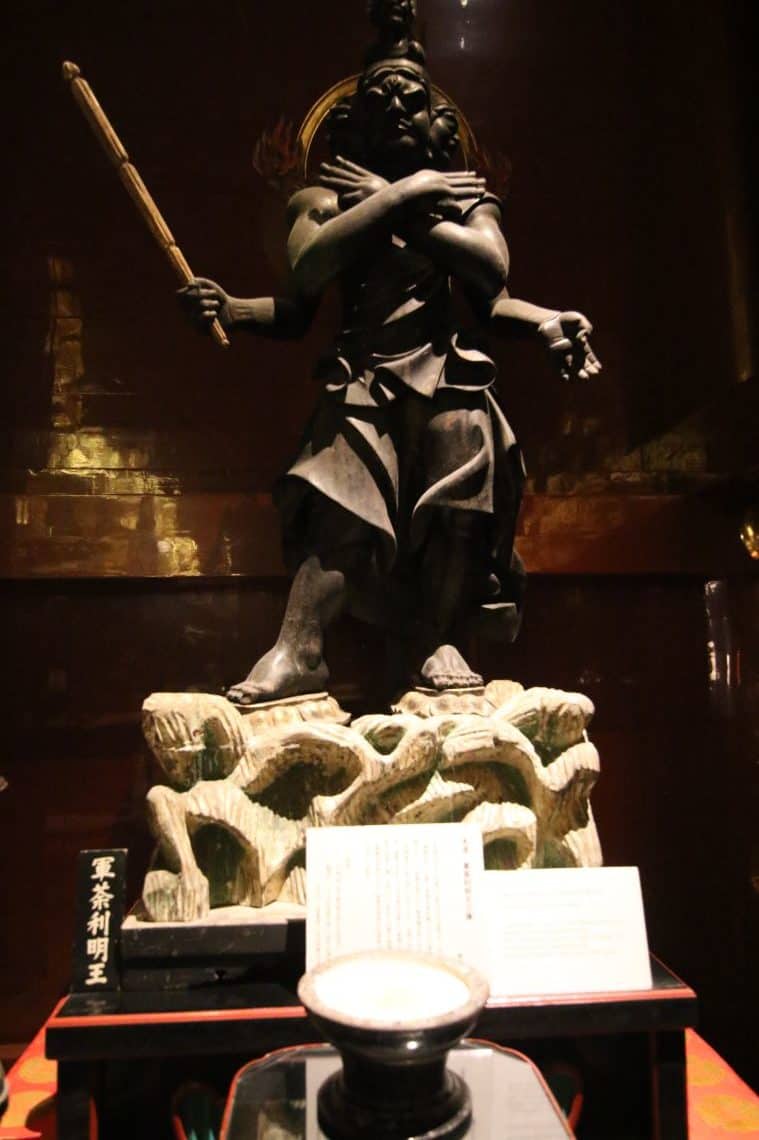
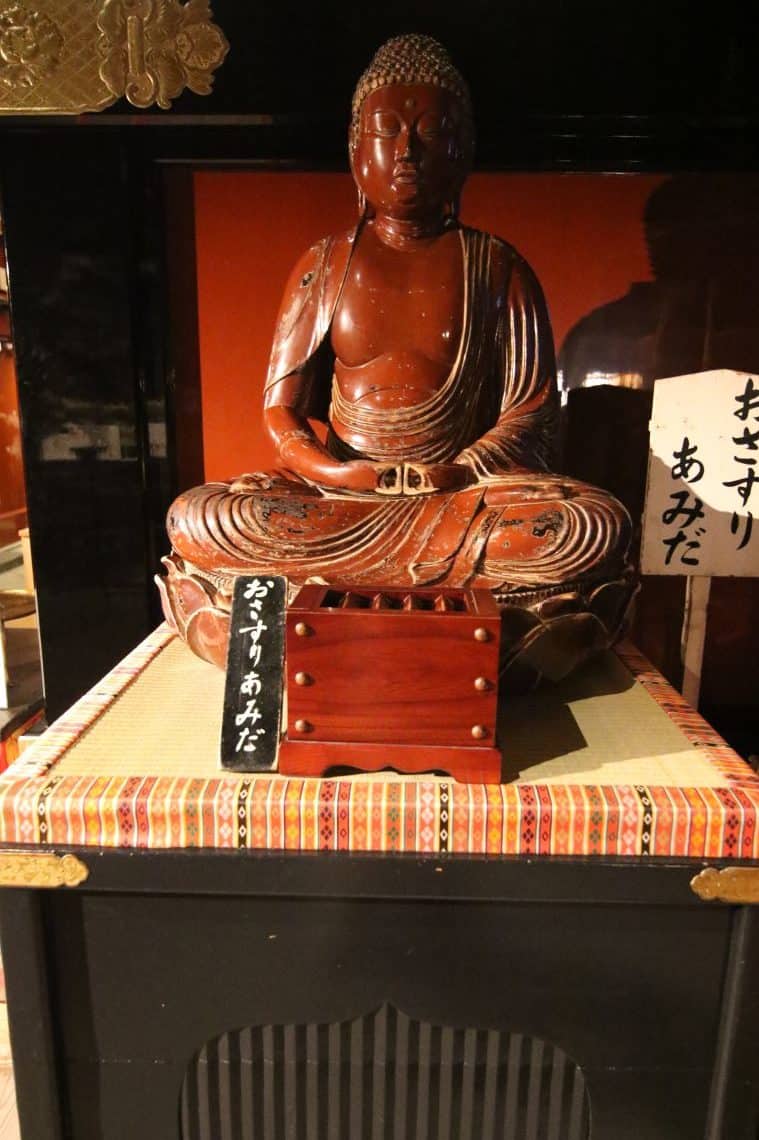
Below are the three seated statues of Buddha in what they refer to as Three Buddha Hall, which is the identity of the three mountain Gods.
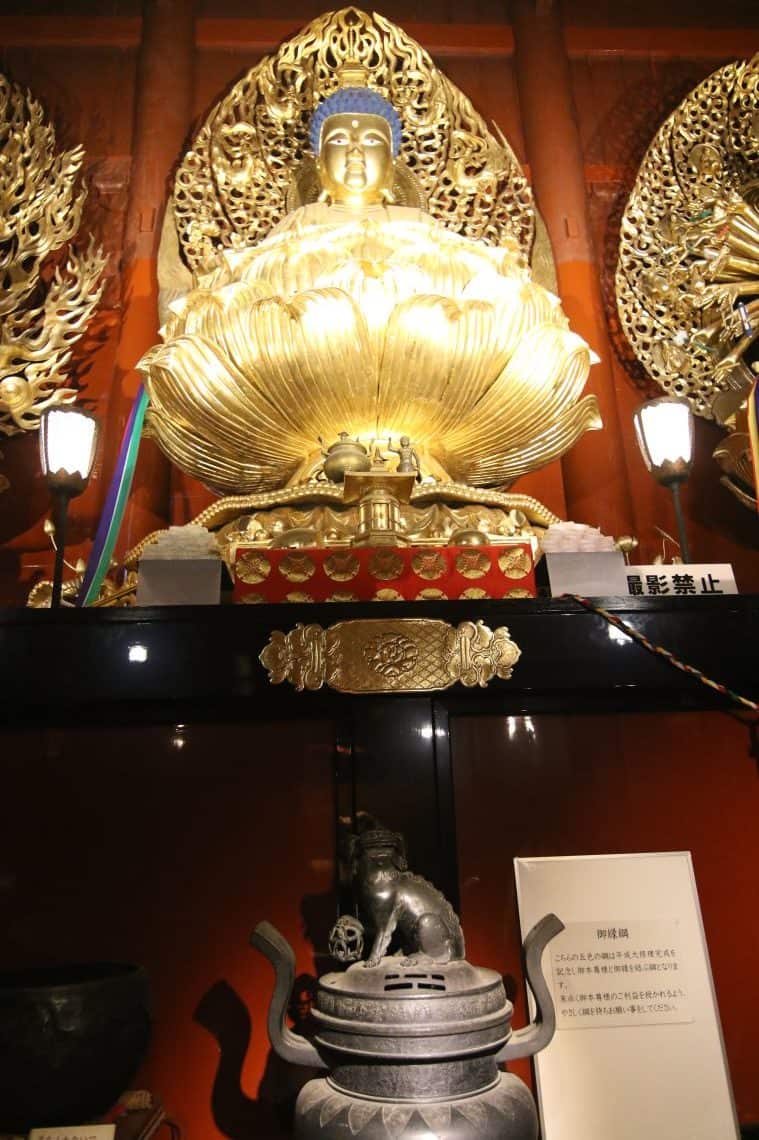
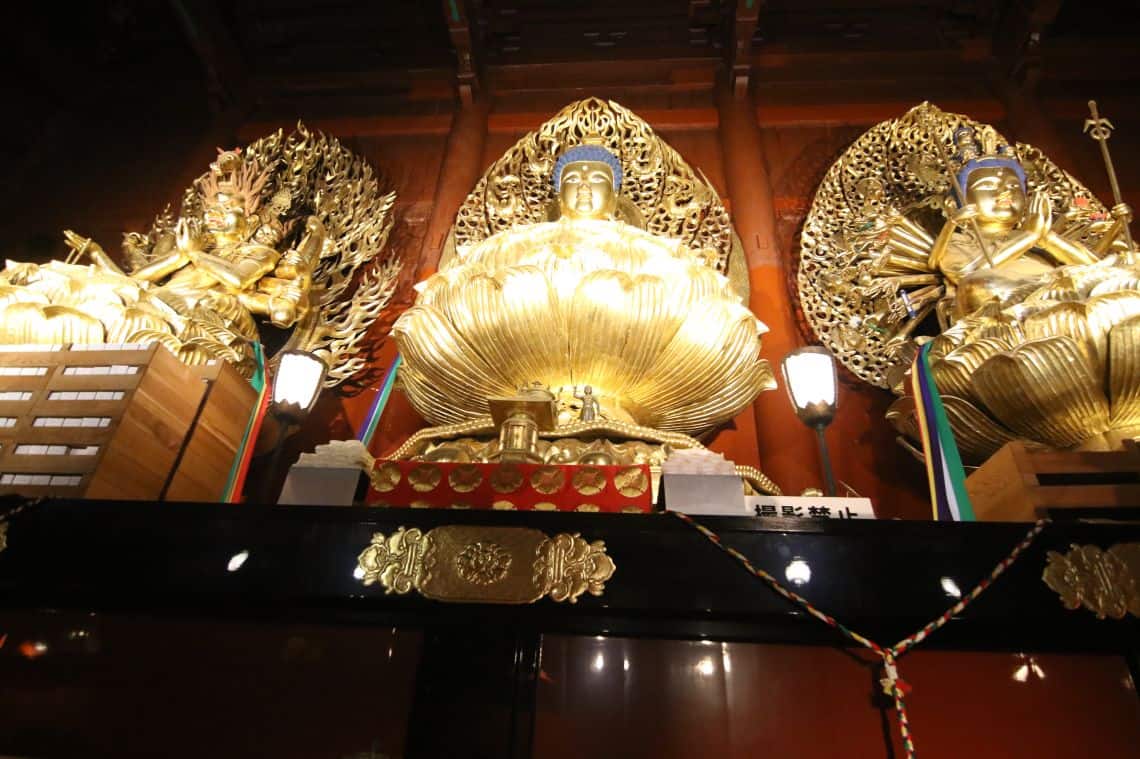
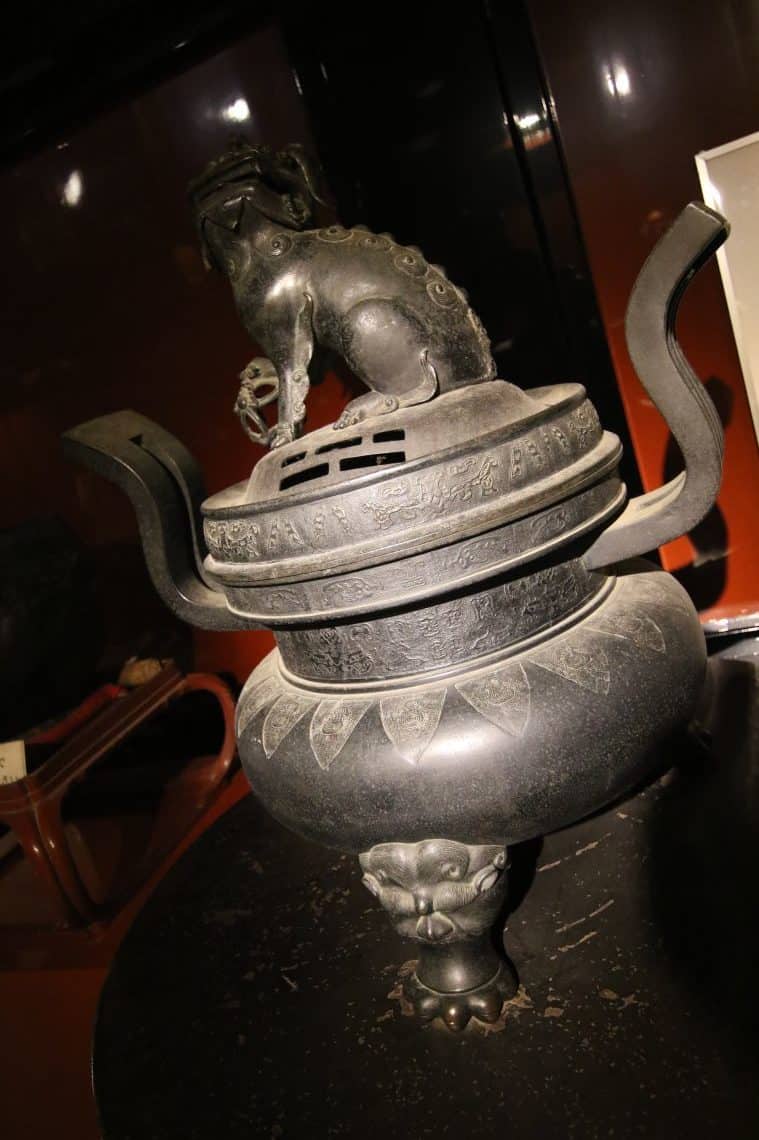
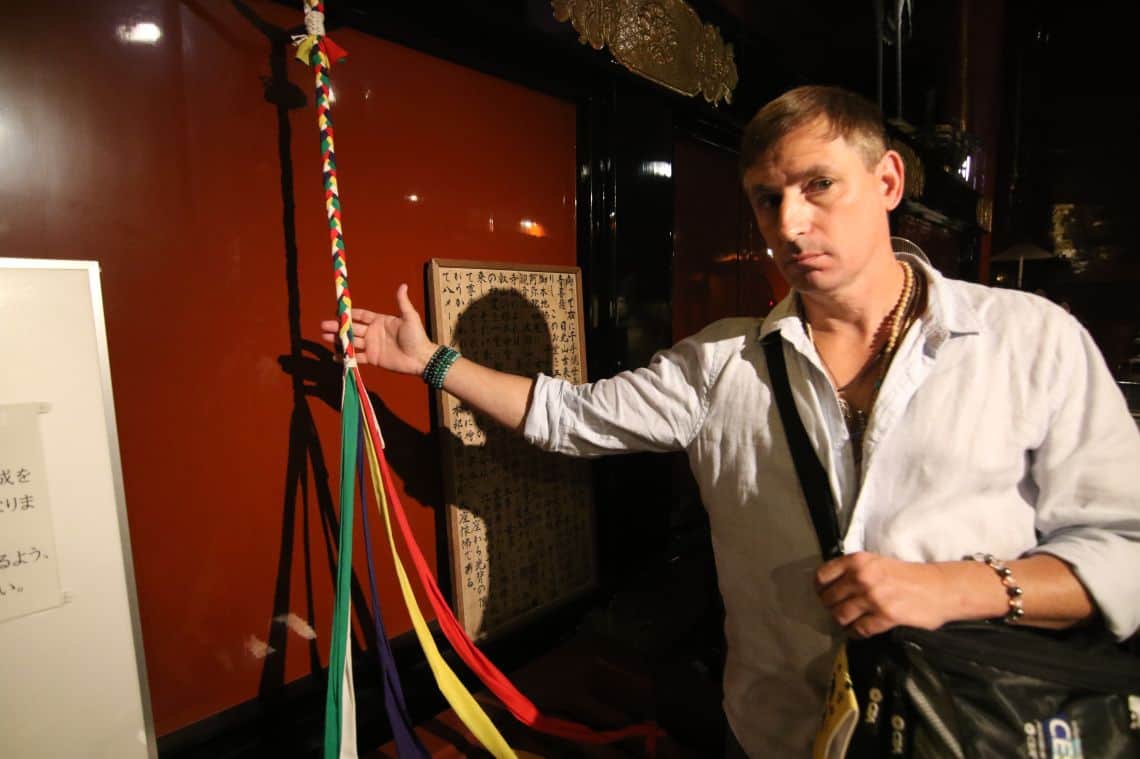
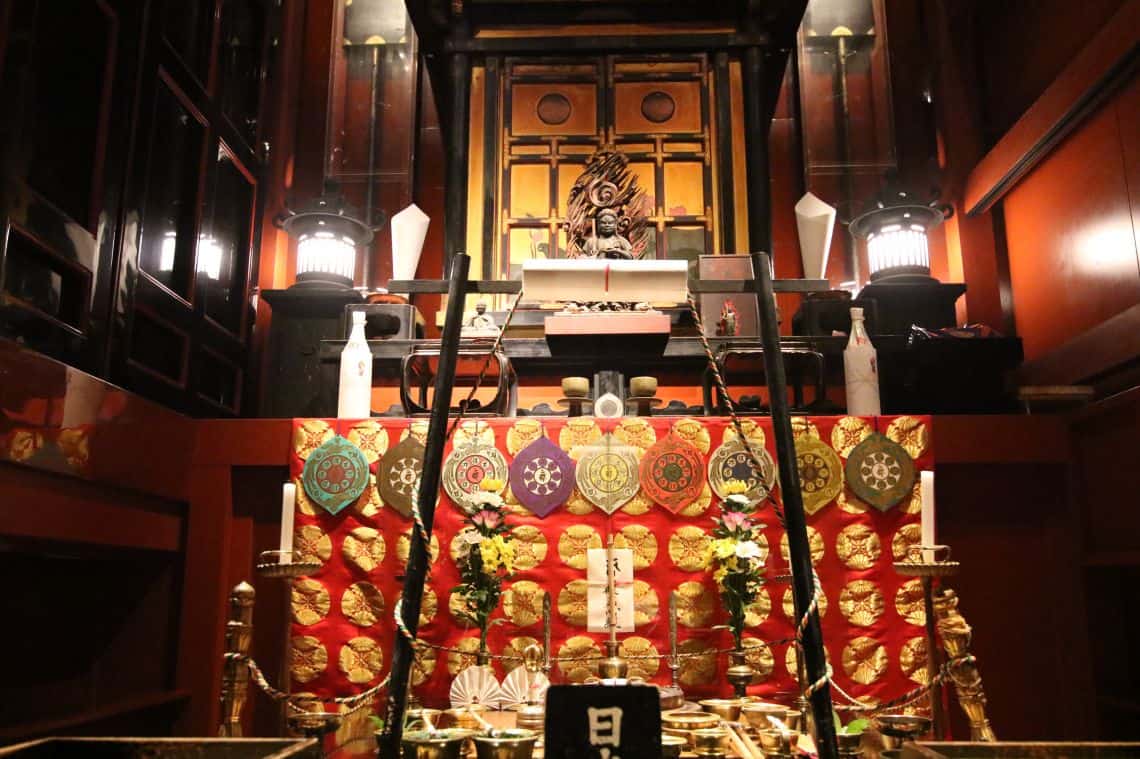
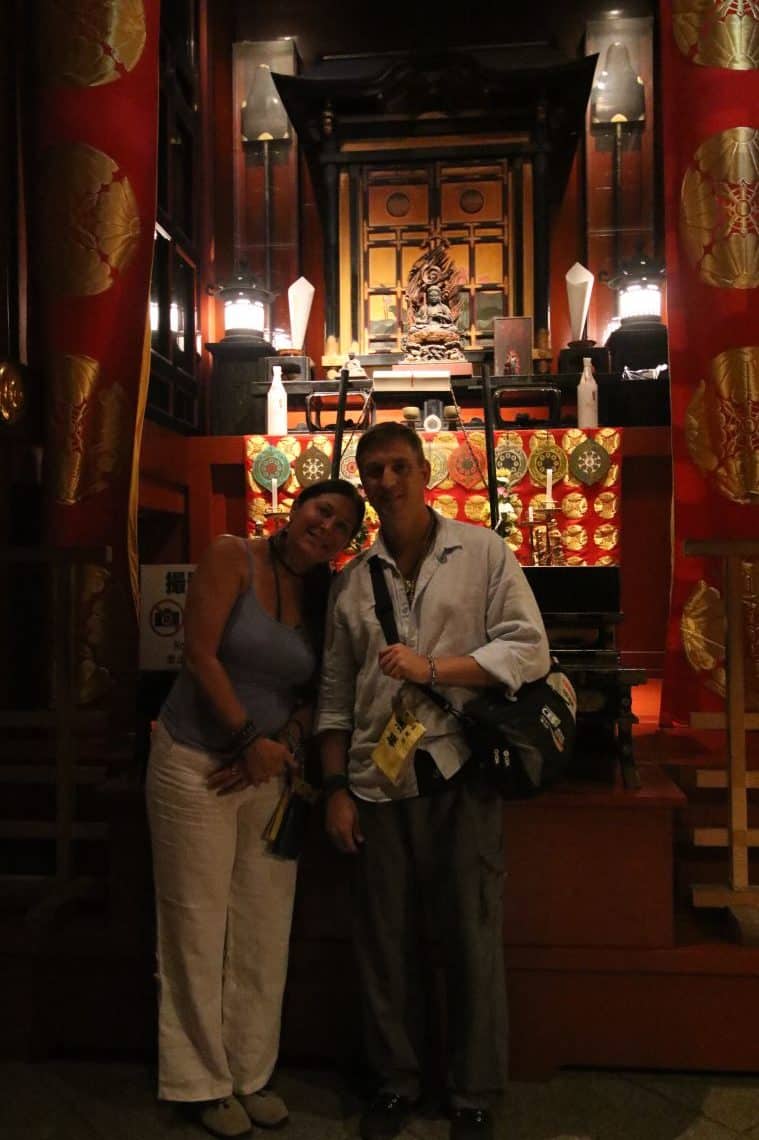
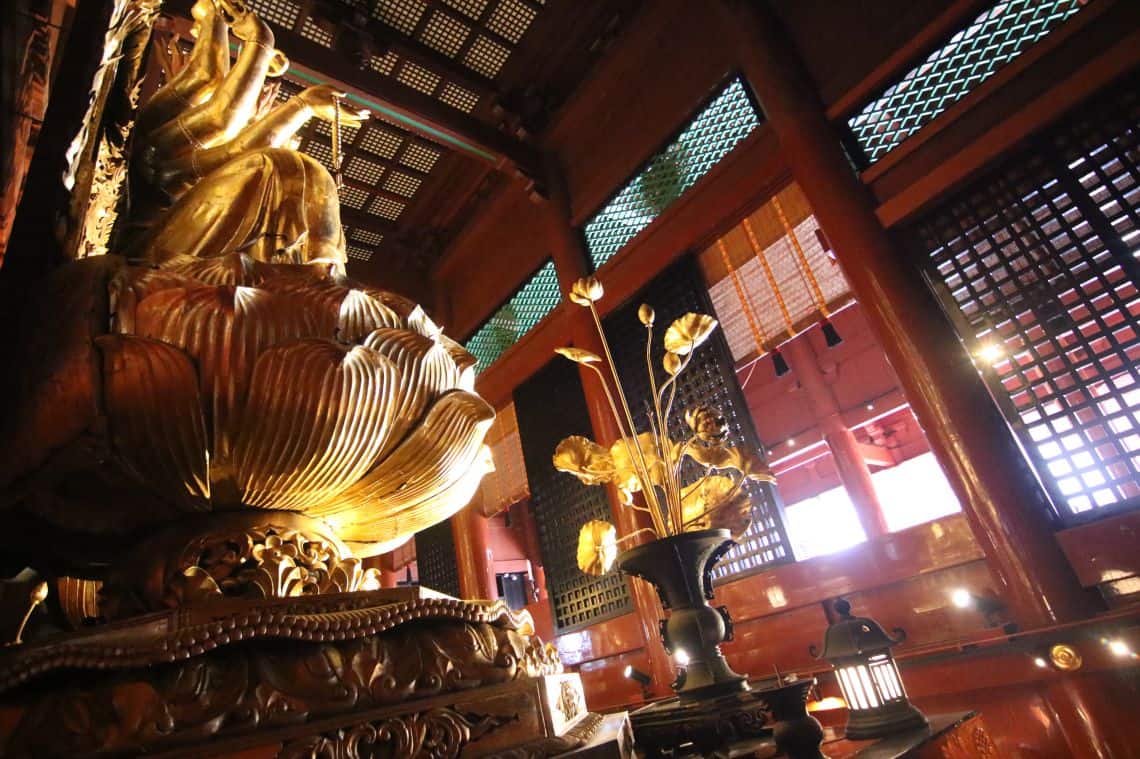
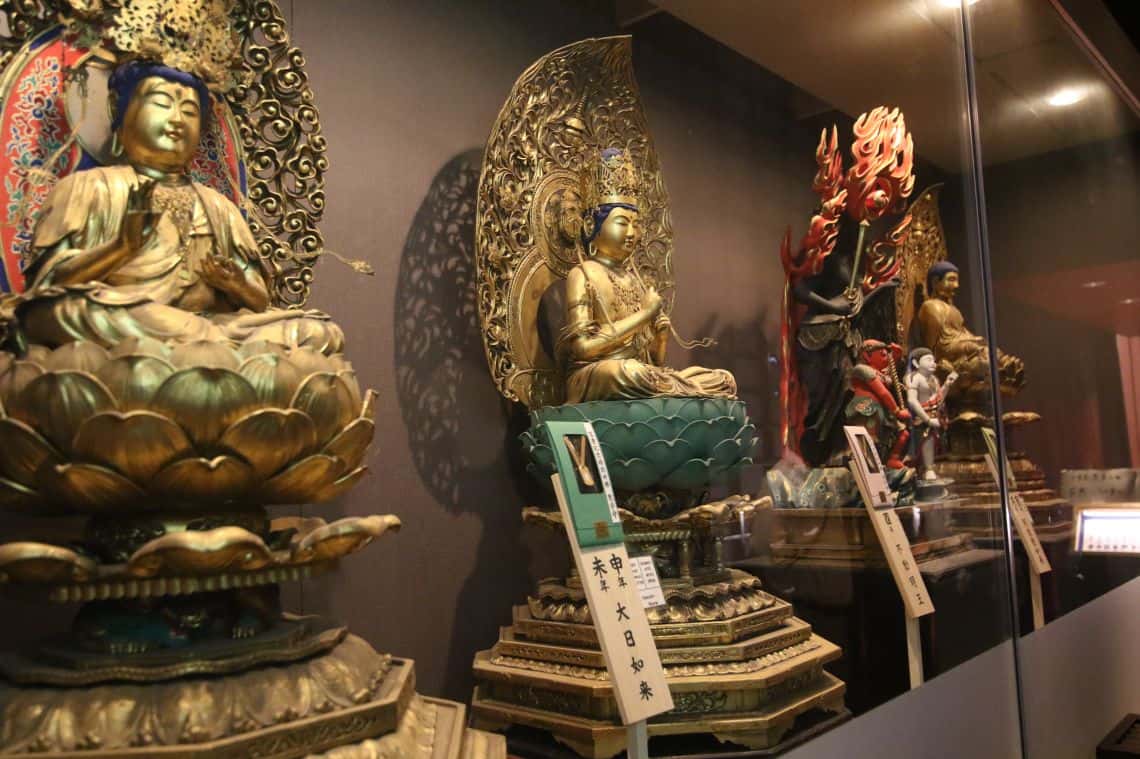
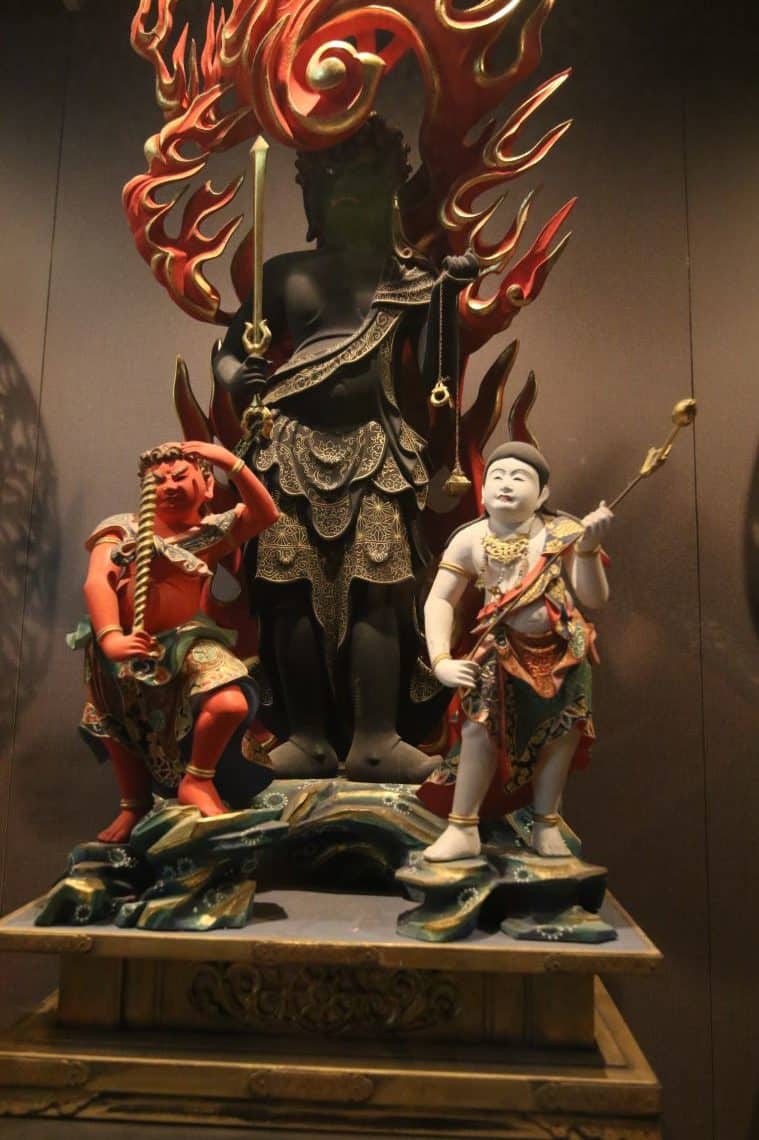
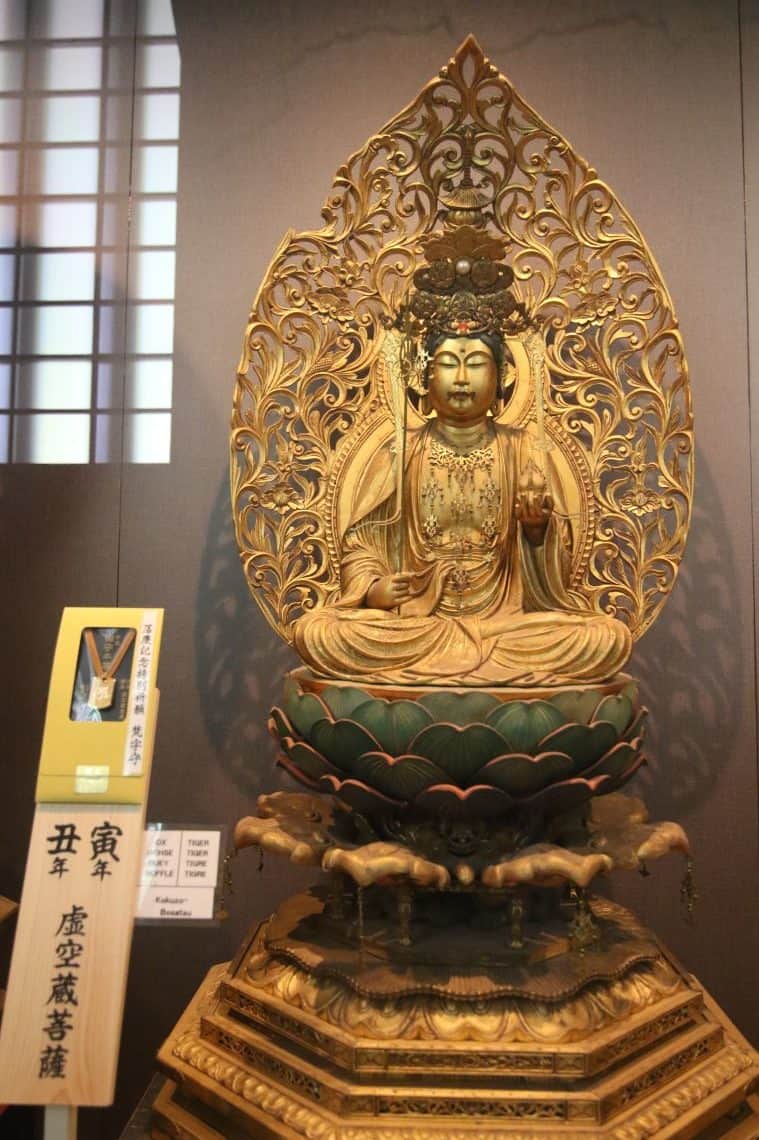
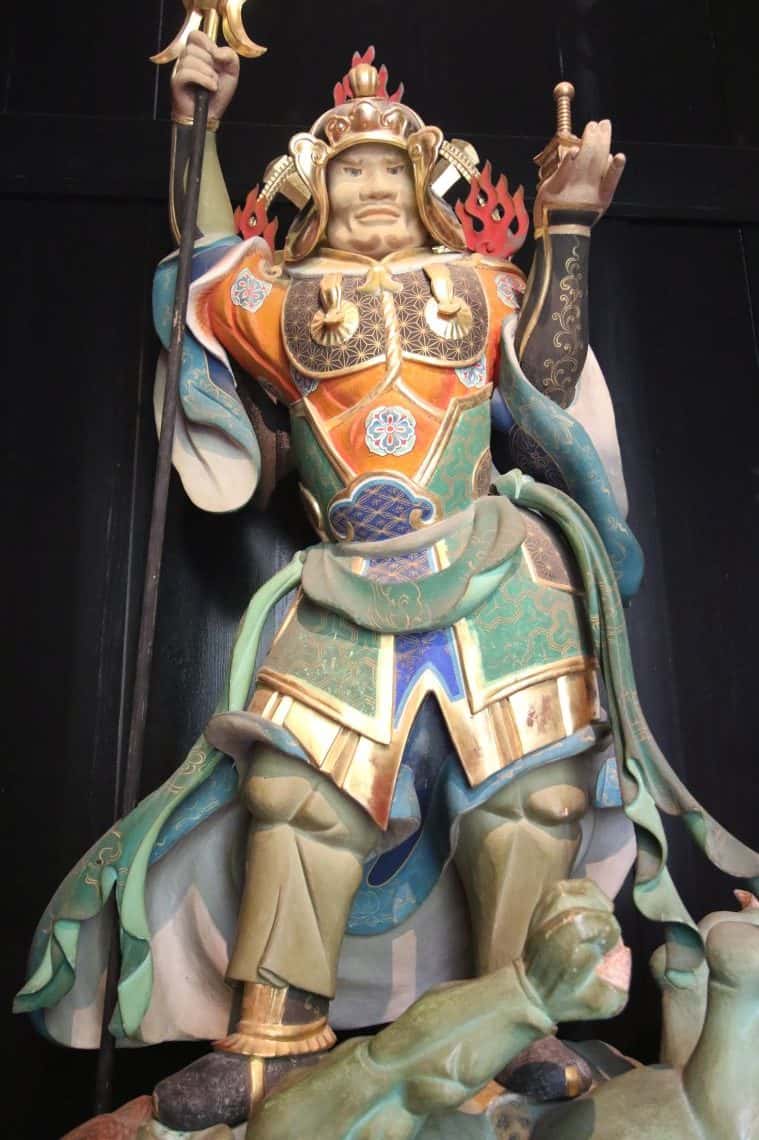
Kanmangafuchi Abyss
Kanmangafuchi Abyss was formed by an eruption of nearby Mount Nantai. This gorge is only a few hundred meters long and you can walk alongside the trail which runs alongside the river. Kanmangafuchi is also known for its row of about 70 stone statues of Jizo, a Bodhisattva who cares for the deceased. This particular group of Jizo statues is alternately called “Bake Jizo” (Ghost Jizo), “Narabi Jizo” (Jizo in a line) or “Hyaku Jizo” (100 Jizo). The statues look out over the river and across to the Nikko Botanical Gardens.
The Tenkai monk from the Edo period in the early 17th century who also built the Toshugu Shrine also built these 100 statues along the path for the peace and prosperity of Japan. In 1902, there was a flood and many of them were destroyed and washed away. People collected them at that time and reconstructed them from what they could find. It was restored by professionals/stone masons who had a relationship from the Rinnoji Temple – only 70 restored so roughly 30 were lost completely!
Our guide was accompanied by Joten Hitomi, who is a monk and whose family runs 20 generations of his family’s temple Nanshoin, which is the sub-temple of the Rinnoji Temple. We also hiked up the hill far above the walking trail to the graveyard. His family’s tombstones were in the graveyard on the hill (which is also dedicated to all the sub-temples of the Rinnoji Temple). This graveyard overlooks the 100 statues and the Daiya River.
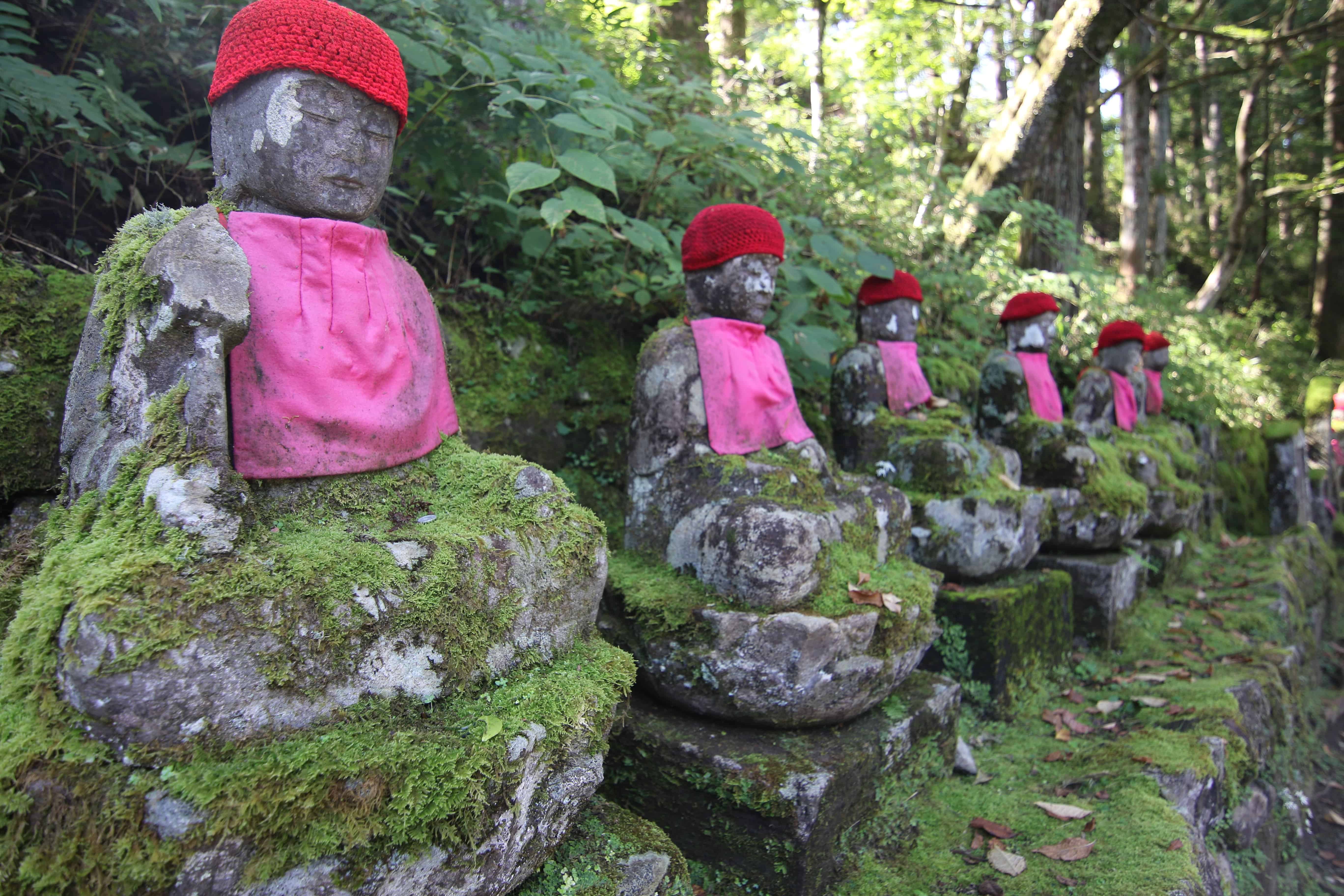
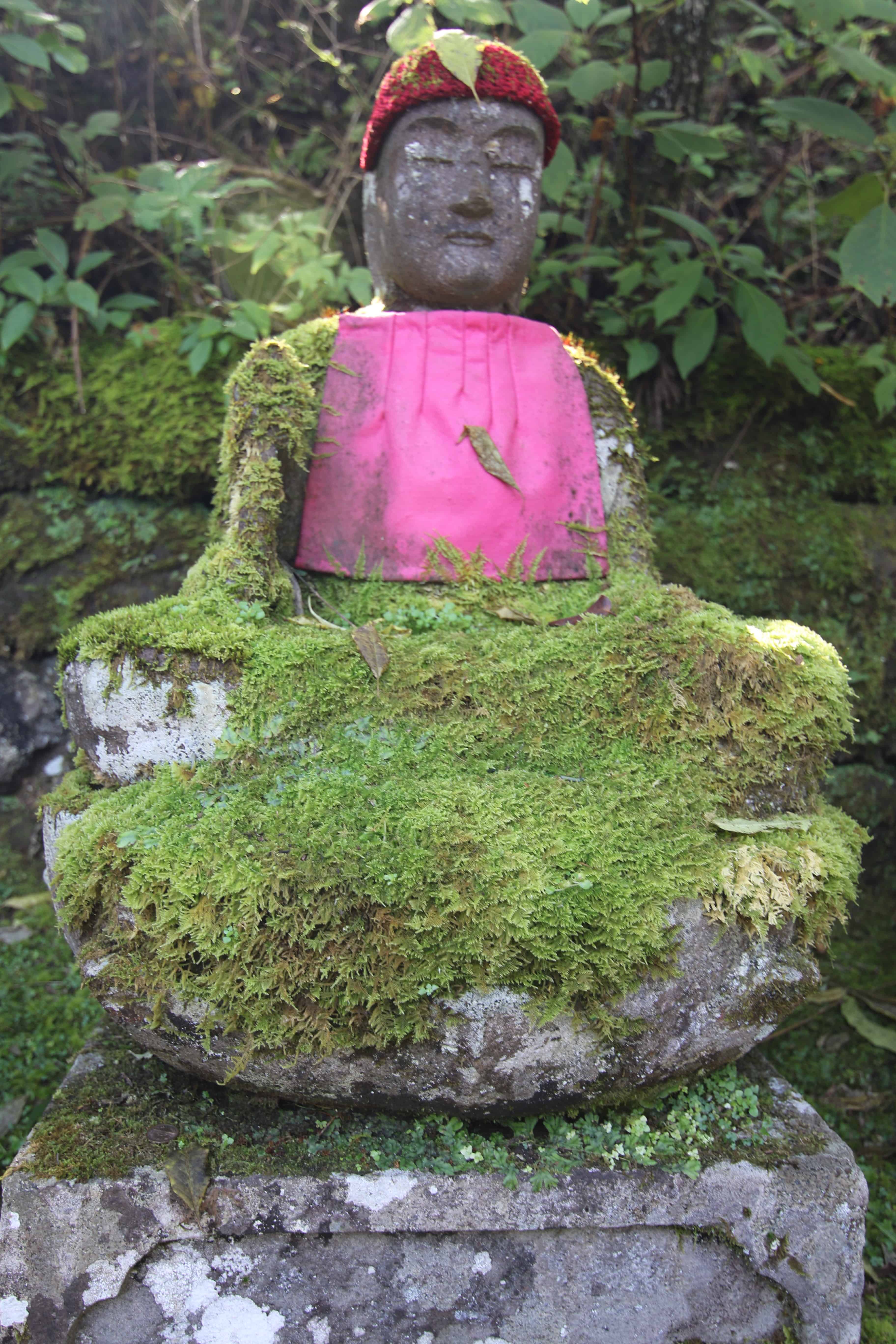
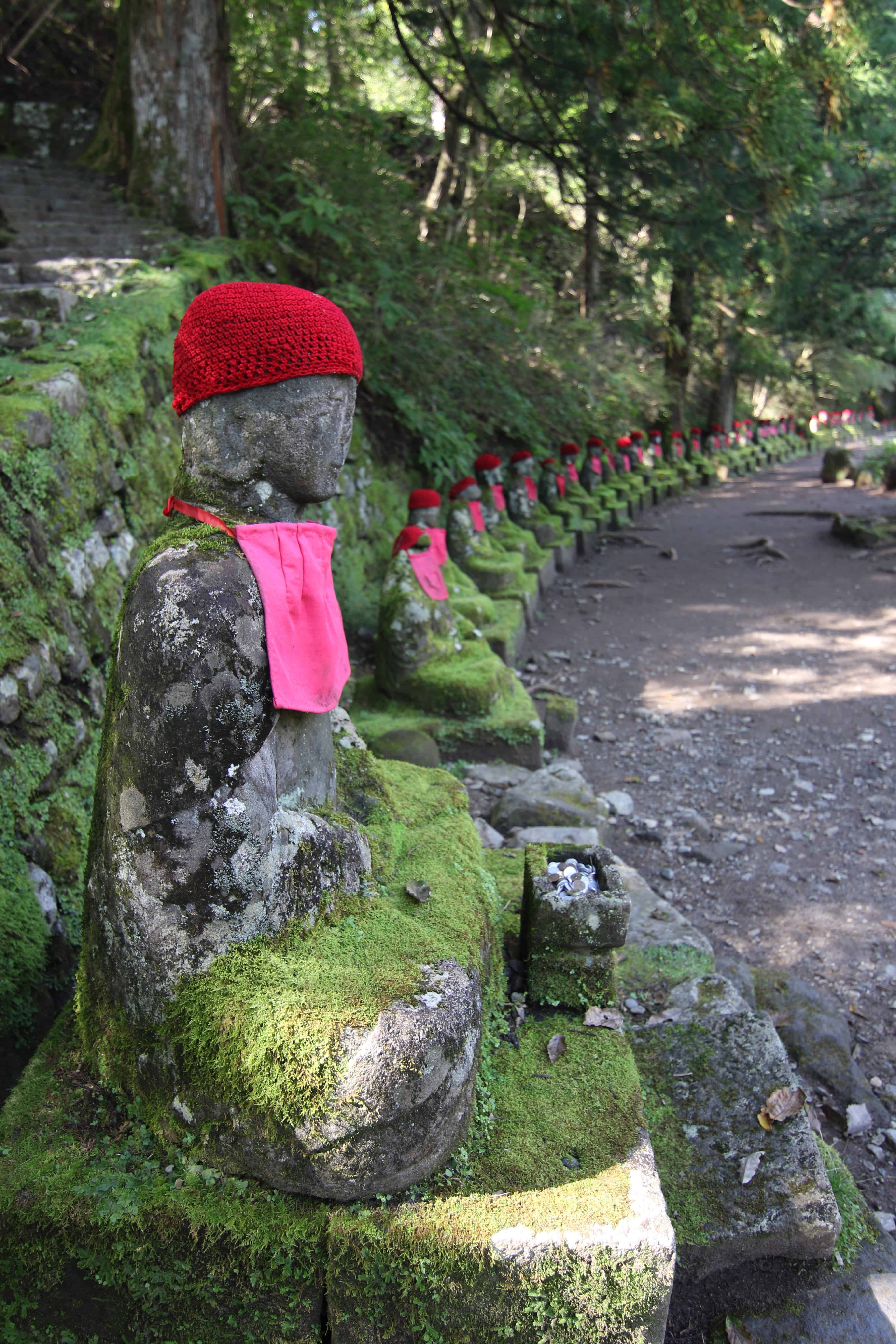
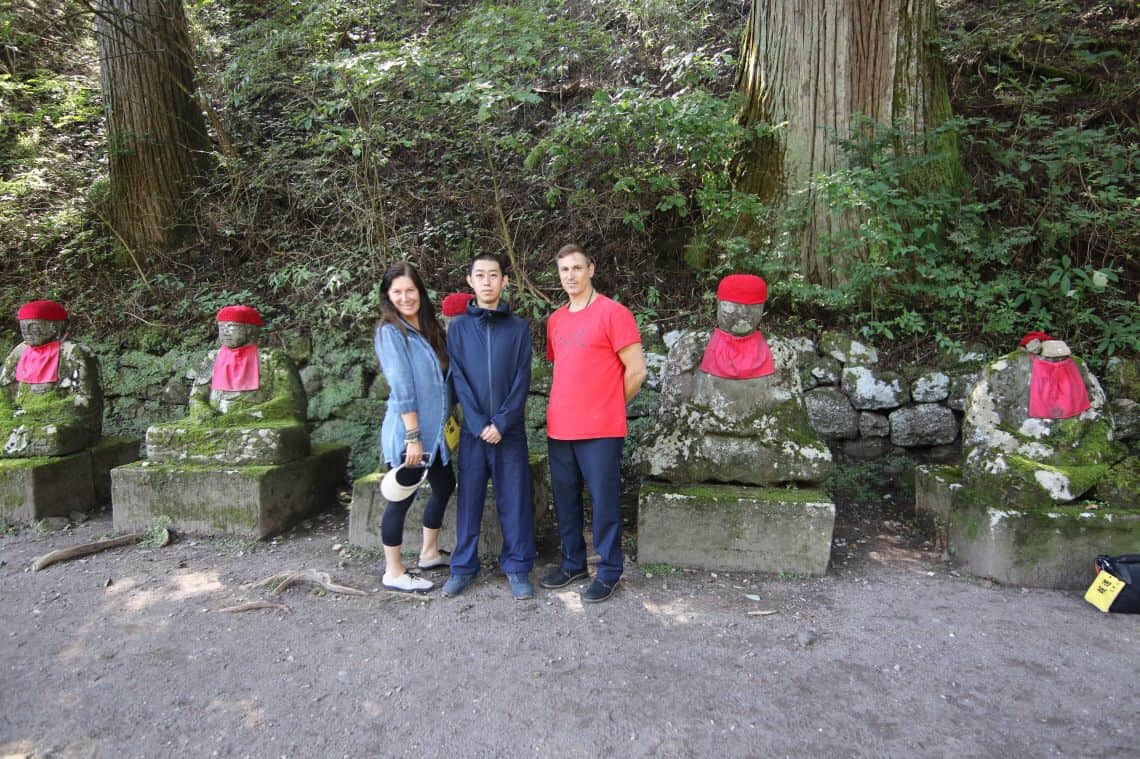
Together with Jeten Hitomi who showed us around and explained the history of Kanmangafuchi Abyss and his family’s traditions and temple.
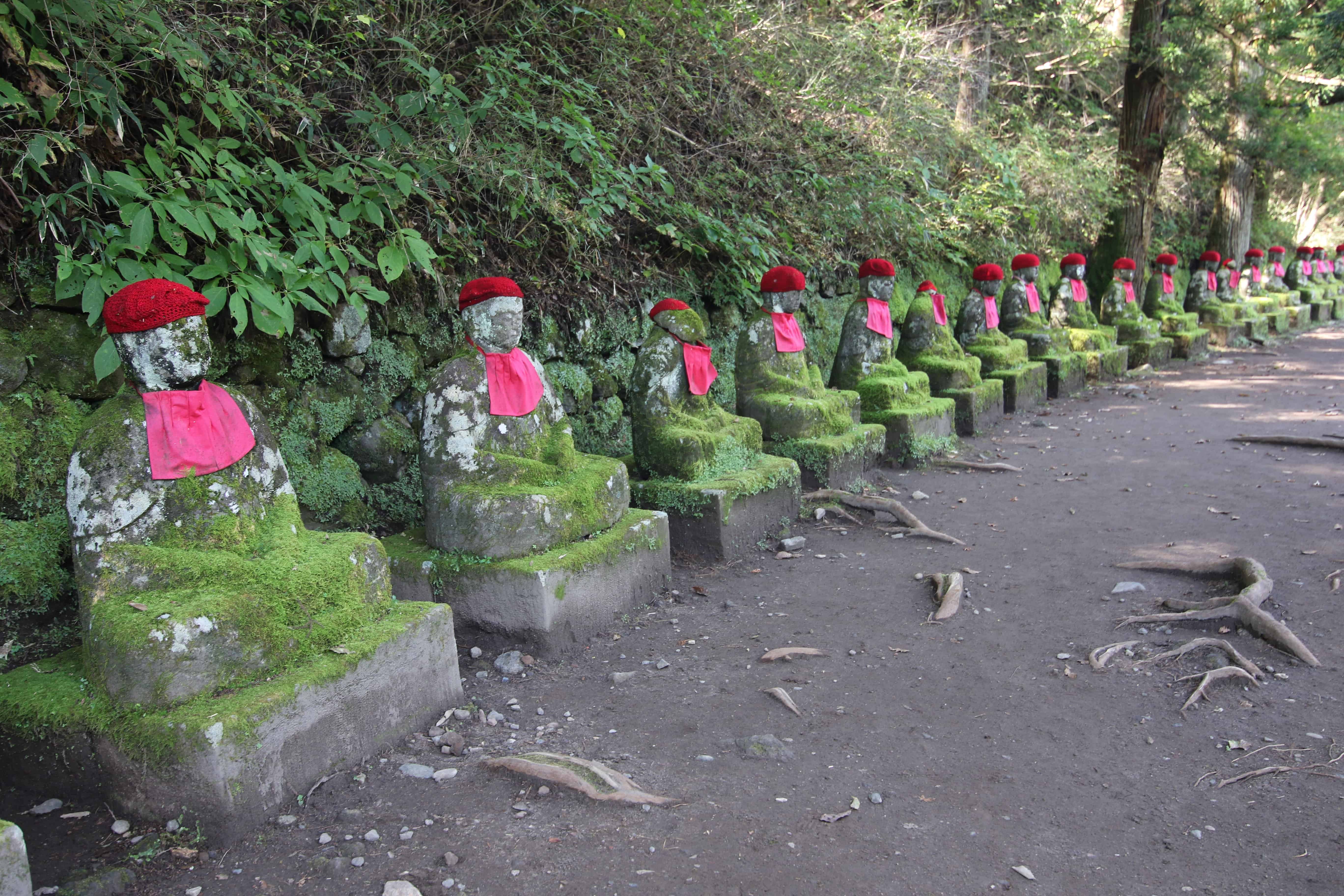
Rescued statues from the 1902 flood.
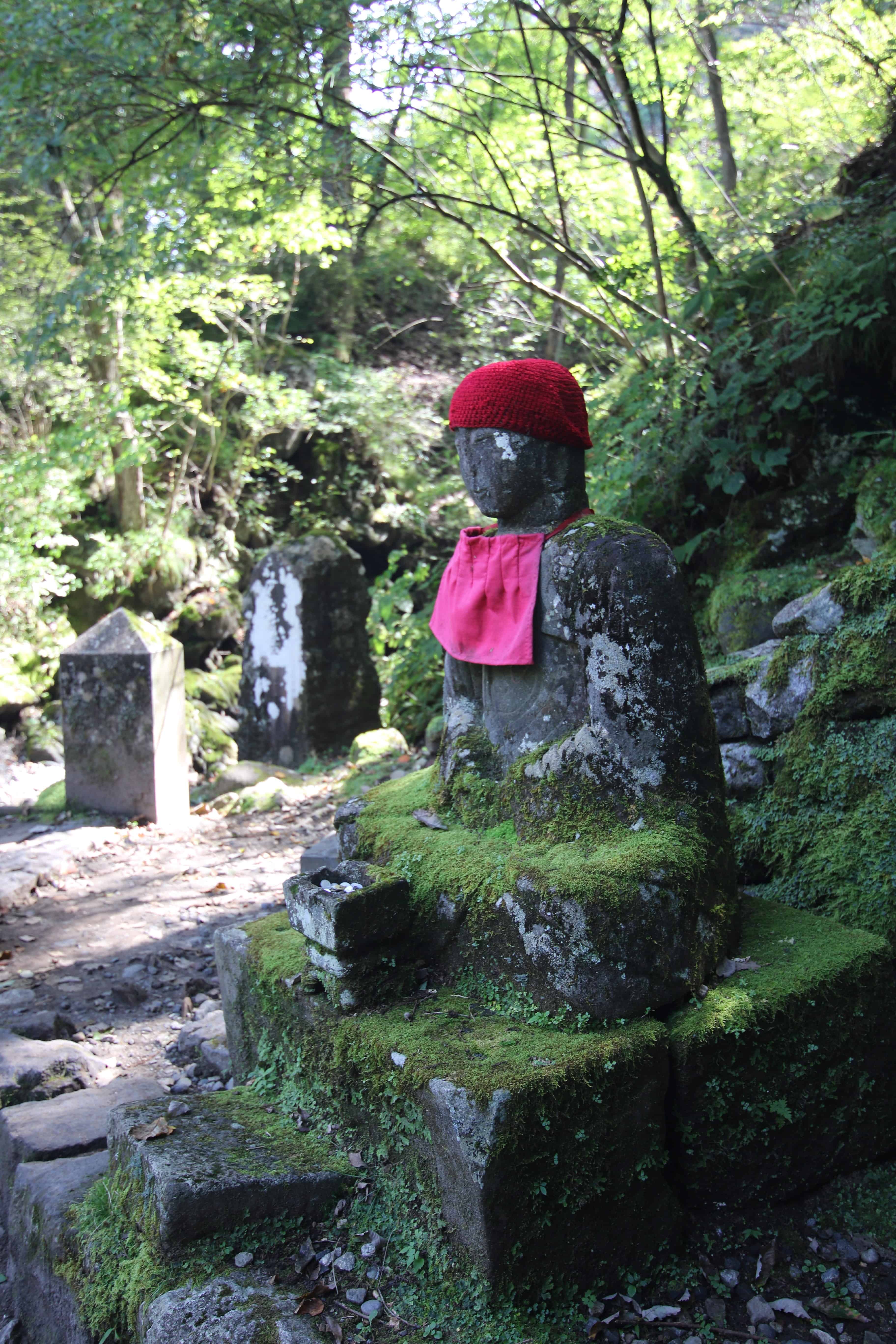

The cemetery for all the family member’s of the sub-temples of Rinnoji
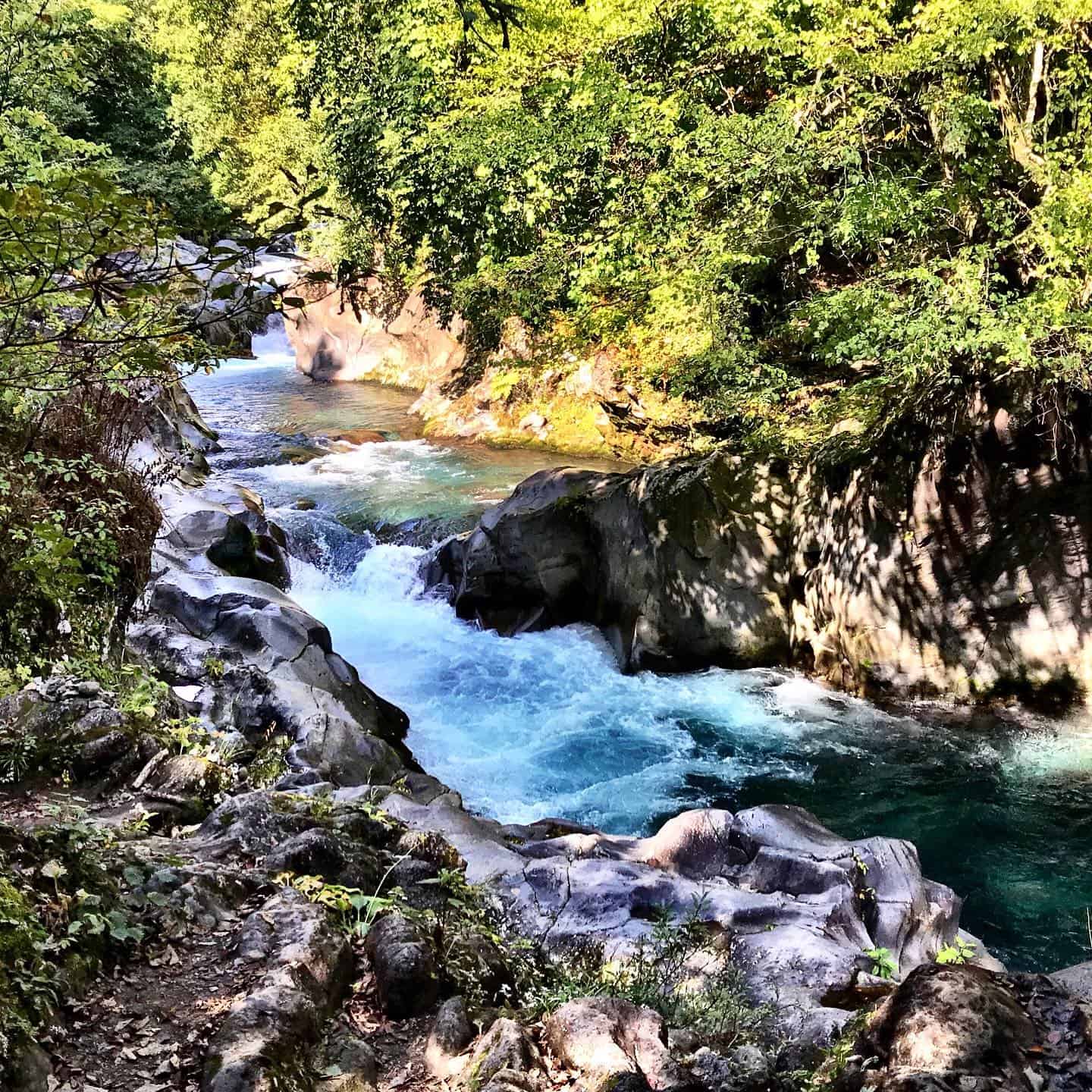
The Daiya River alongside Kanmangafuchi Abyss
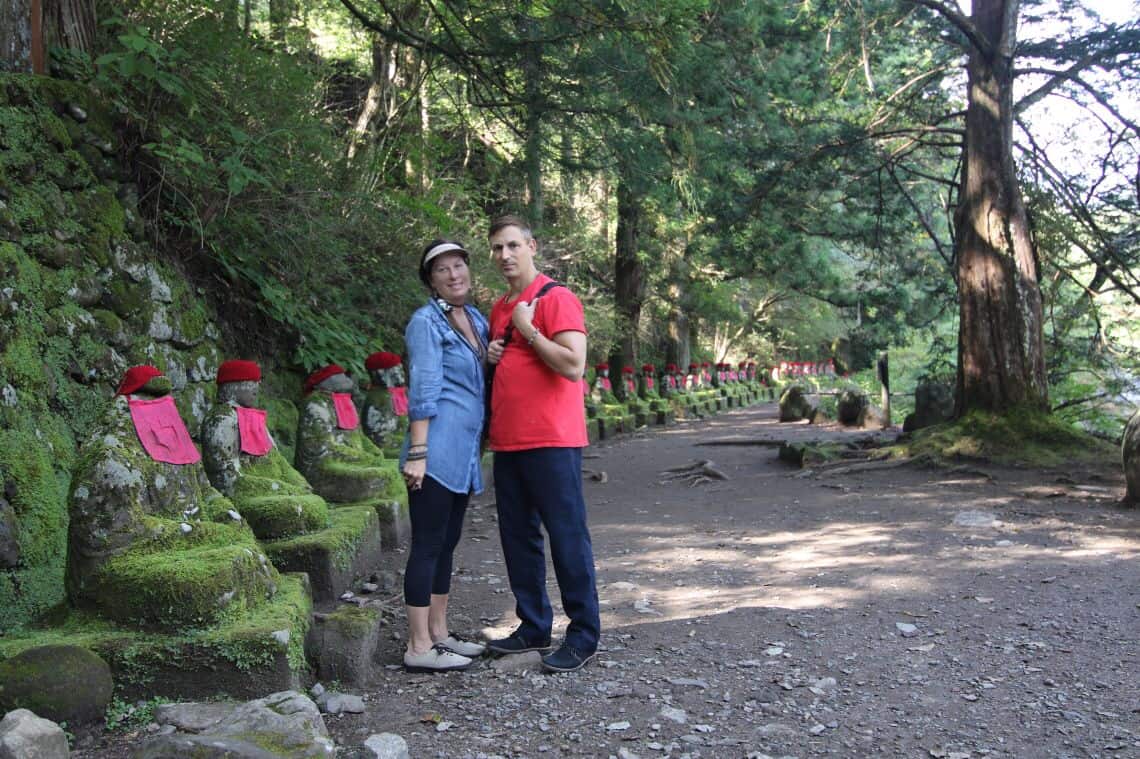
Lake Chuzenji Cruise
You can take an afternoon cruise of Lake Chuzenji, which is located at the foot of Mount Nantai, Nikko’s sacred volcano, whose eruption blocked the valley below, and created Lake Chuzenji about 20,000 years ago. Chuzenjiko’s shores are mostly undeveloped and forested except at the lake’s eastern end where the small hot spring town of Chuzenjiko Onsen was built. The town is also the site of Kegon Waterfalls, the most famous of several waterfalls in Nikko National Park. Another popular waterfall, Ryuzu Waterfall is located at the northern shores of Lake Chuzenji where Yukawa River discharges into the lake.
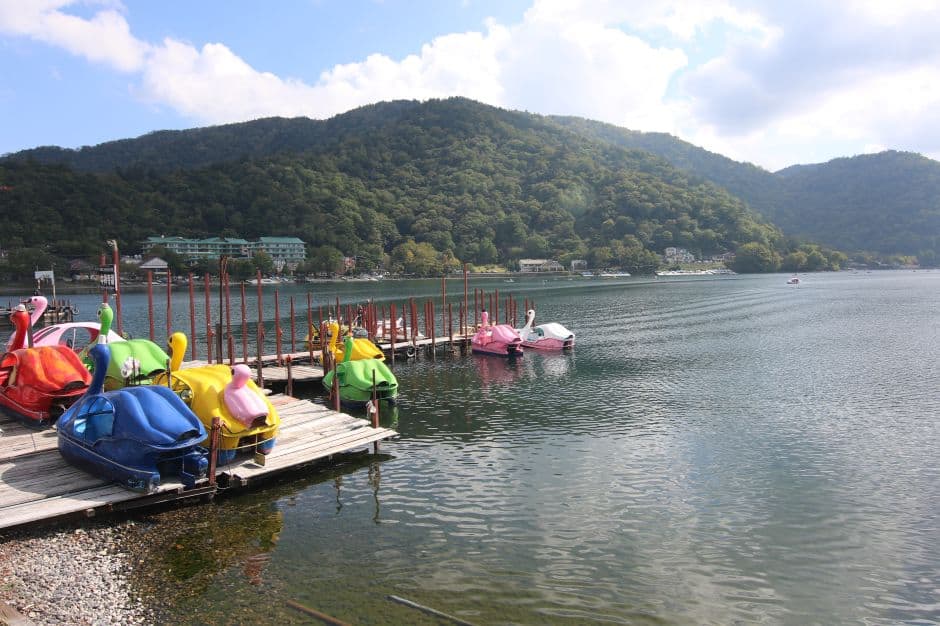
It is possible to hike around the entire 25 kilometer circumference of Lake Chuzenji via hilly lakeside walking trails. The sightseeing boats depart from Chuzenjiko Onsen. Panoramic views from above are possible from along the Chuzenjiko Skyline, an eight kilometer long former toll road which can now be used free of charge.
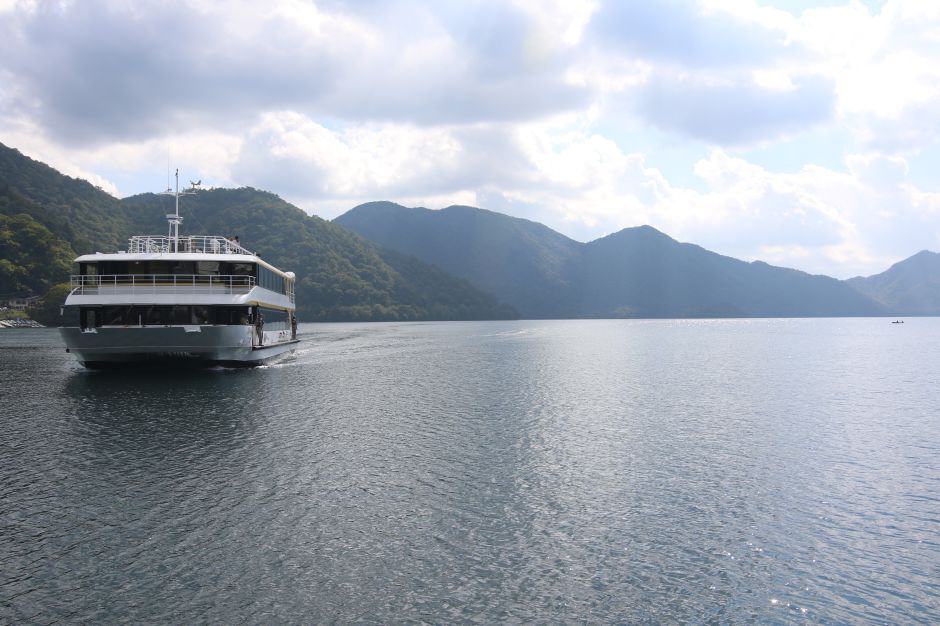
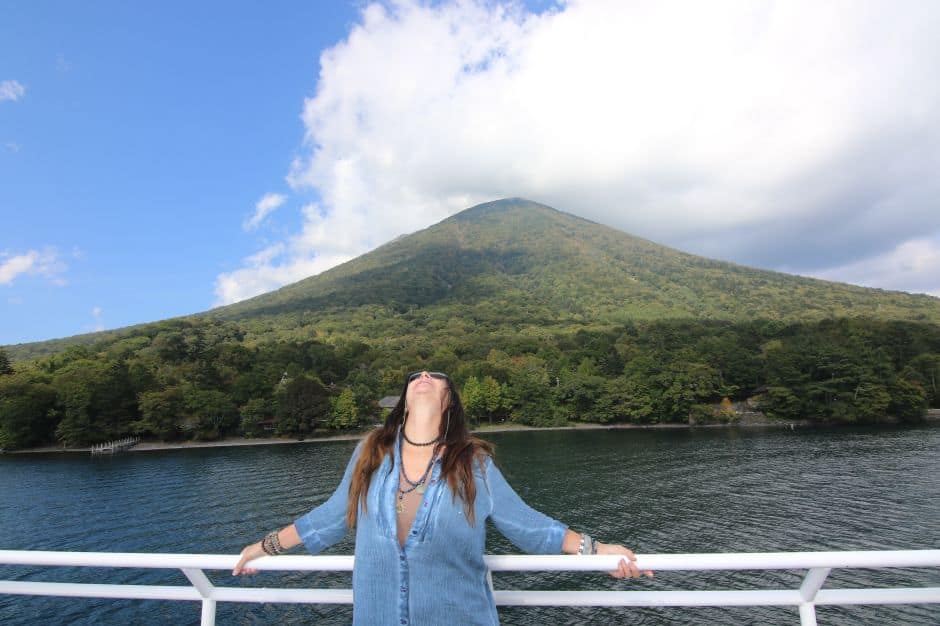
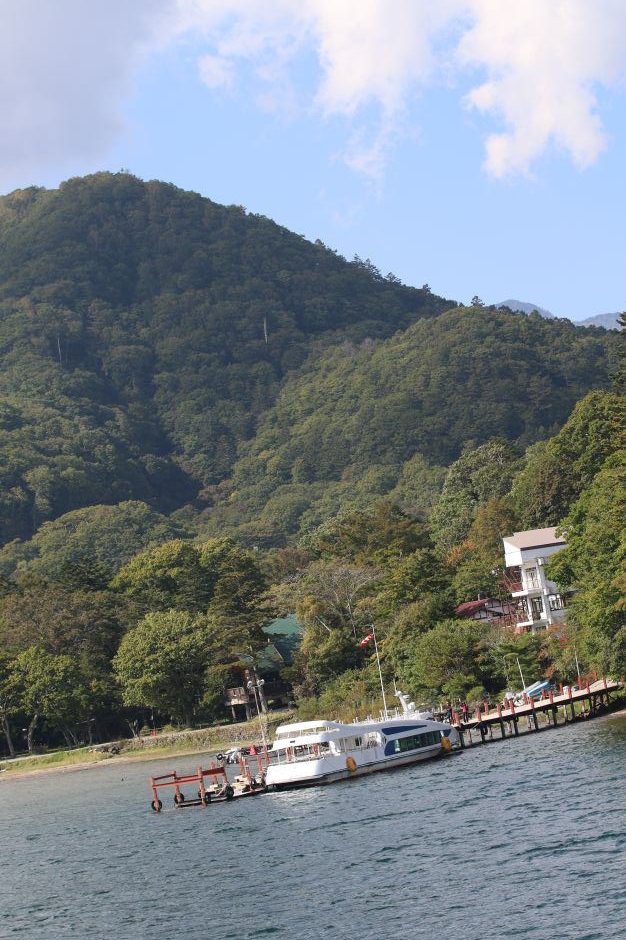

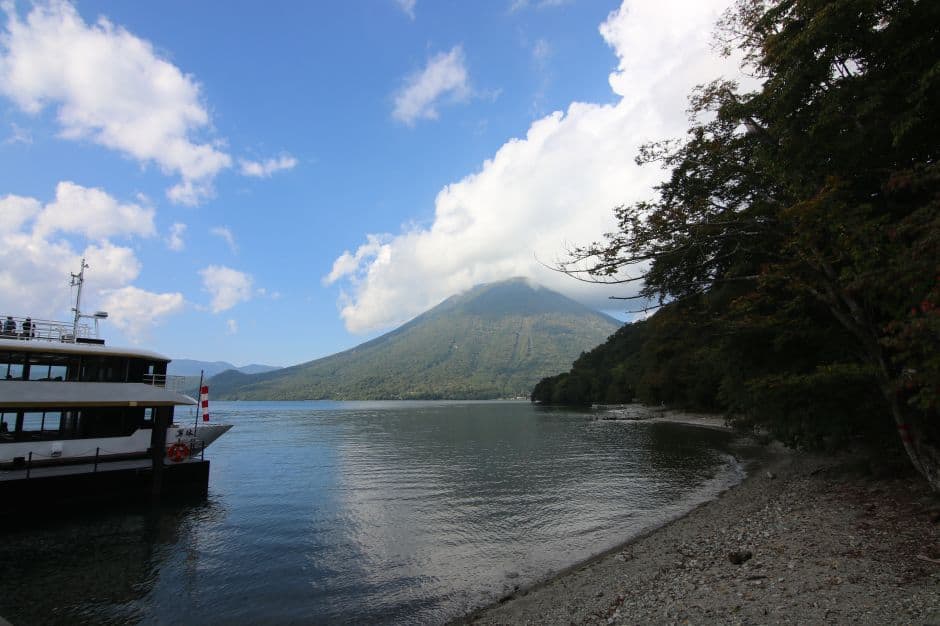
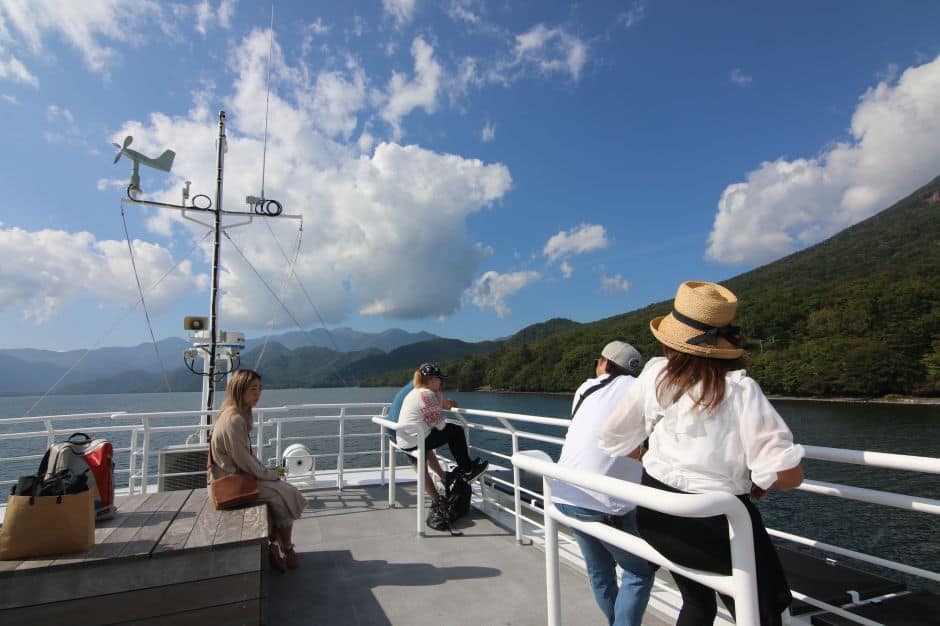

Kegon Falls
Kegon Falls is nearly 100 meters tall and is ranked among the most beautiful 3 waterfalls in all of Japan, together with Nachi Waterfall in Wakayama Prefecture and Fukuroda Waterfalls in Ibaraki Prefecture. It can be seen from a free observation platform that is easily accessible on foot, as well as from a paid platform at the base of the falls. The paid platform is accessed via a 100 meter deep elevator and offers more impressive views. The sight of Kegon Waterfall in combination with Lake Chuzenji can be enjoyed from Akechidaira Observatory, which is accessible by cable car from Akechidaira Plateau. (see above)

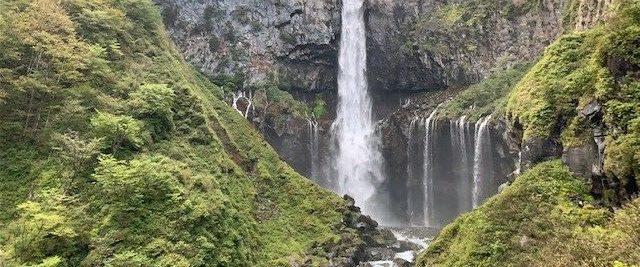
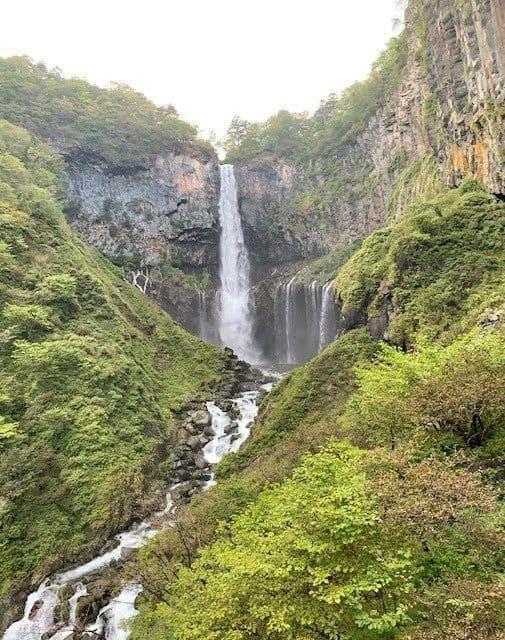
Kegon Waterfall is a short walk from the Chuzenjiko Onsen bus terminal. The bus ride tafrom JR or Tobu Nikko Station to Chuzenjiko Onsen takes about 50 minutes, costs 1150 yen and is covered by the Nikko All Area Pass, which we had and would recommend getting.
Dragon Art: Kousyuuya
There’s a famous dragon artist in downtown Nikko who paints an entire Dragon as part of your painting in one brushstroke. Yes, really. Be sure to watch the video at the end of this article, which follows him as he creates a painting for us. You can select your own colors, size and style of painting and the prices are very reasonable. For more information, visit https://www.kousyuuya.com.
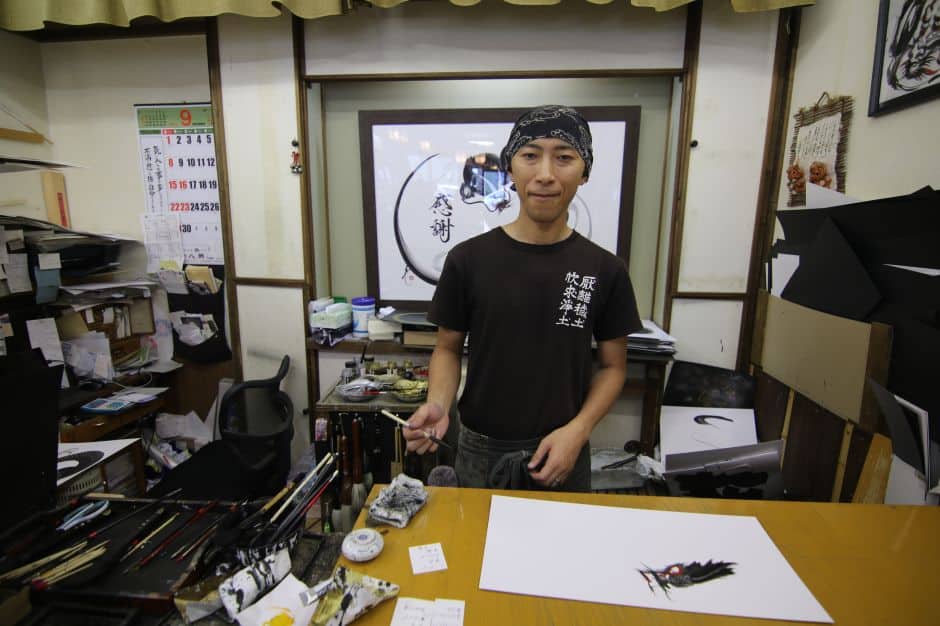
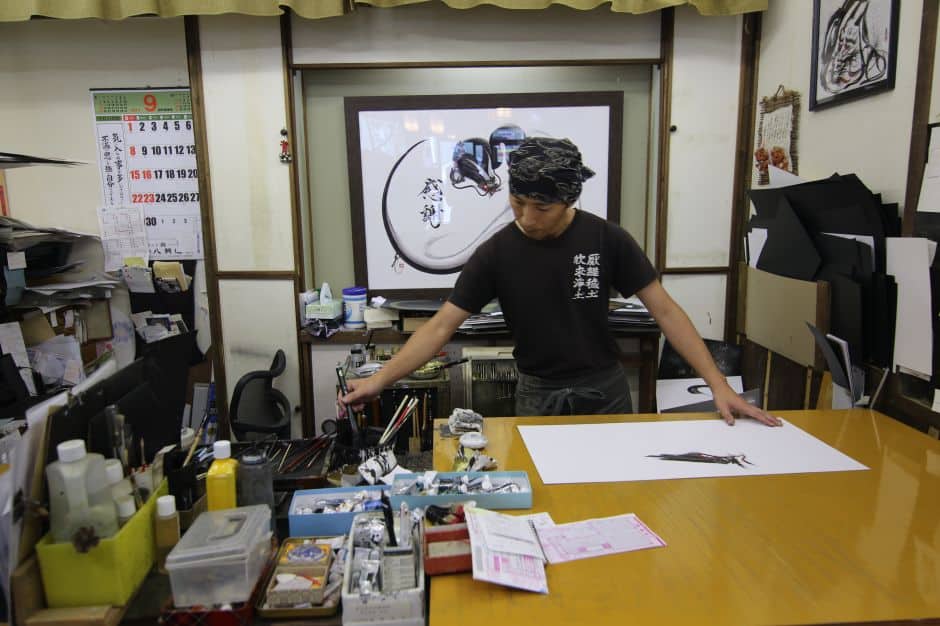
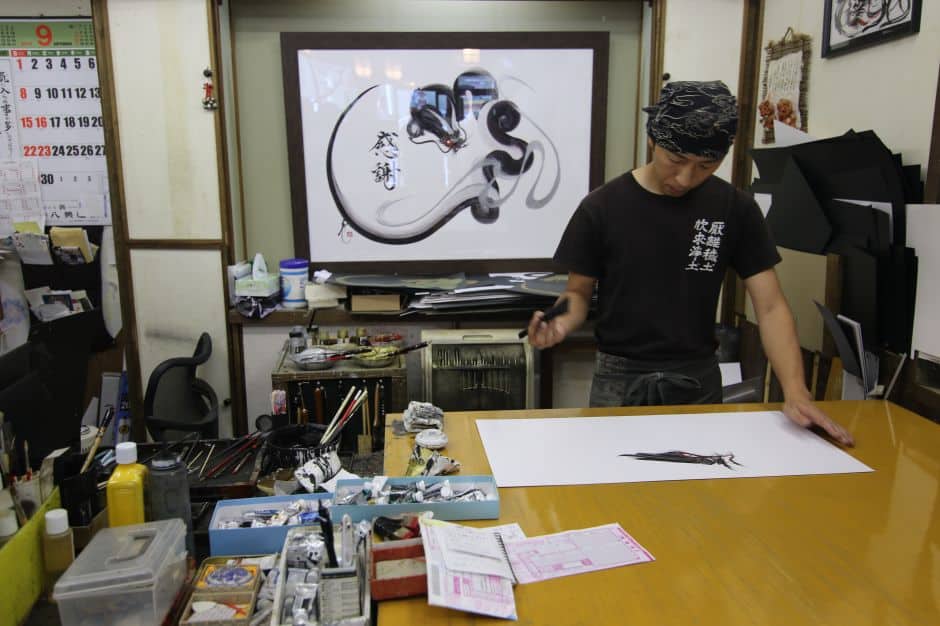
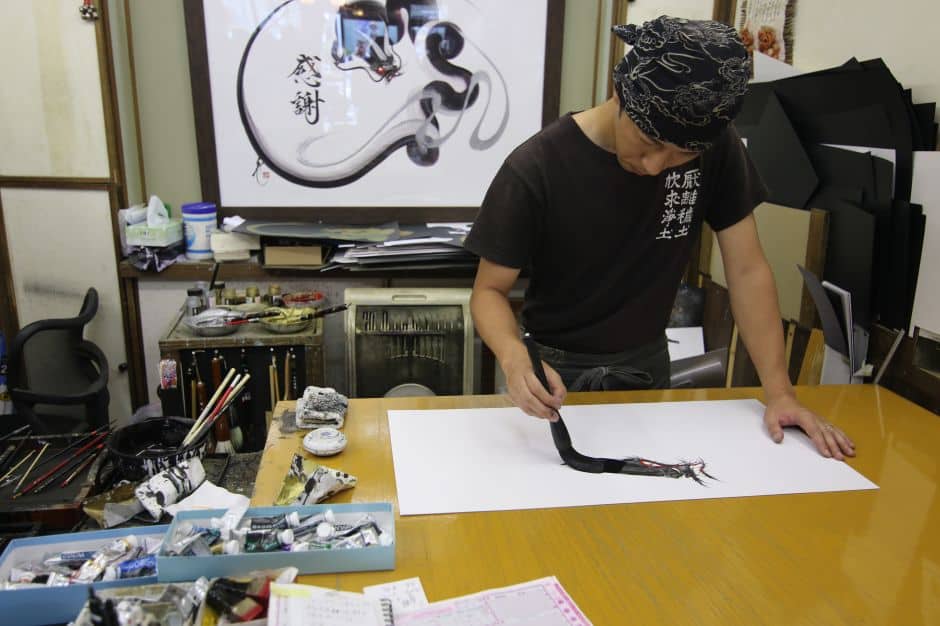
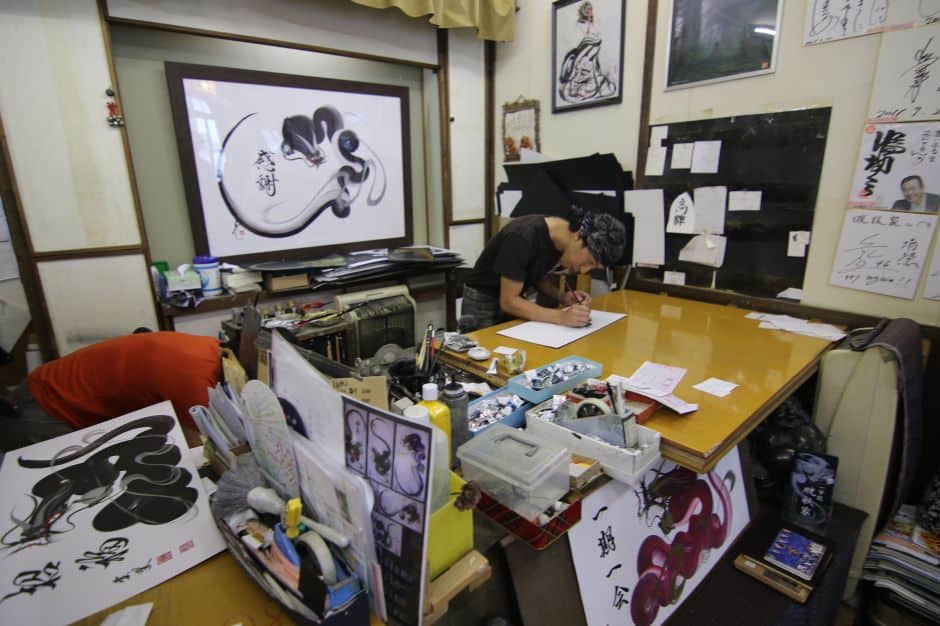
Food & Shopping
See our Japan Foodie guide, which has the details of the Nikko restaurants we ate at and some of the shops we visited.
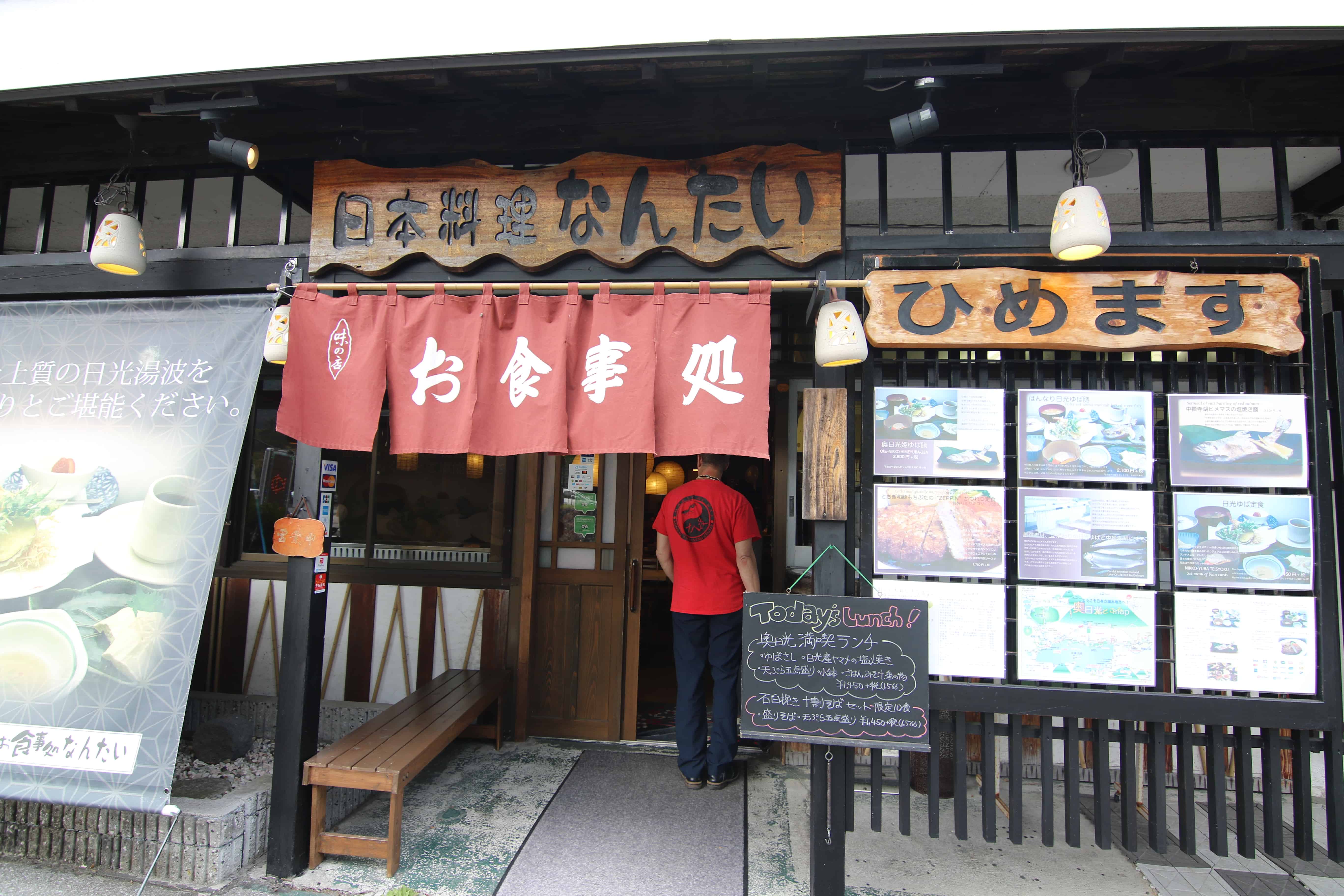
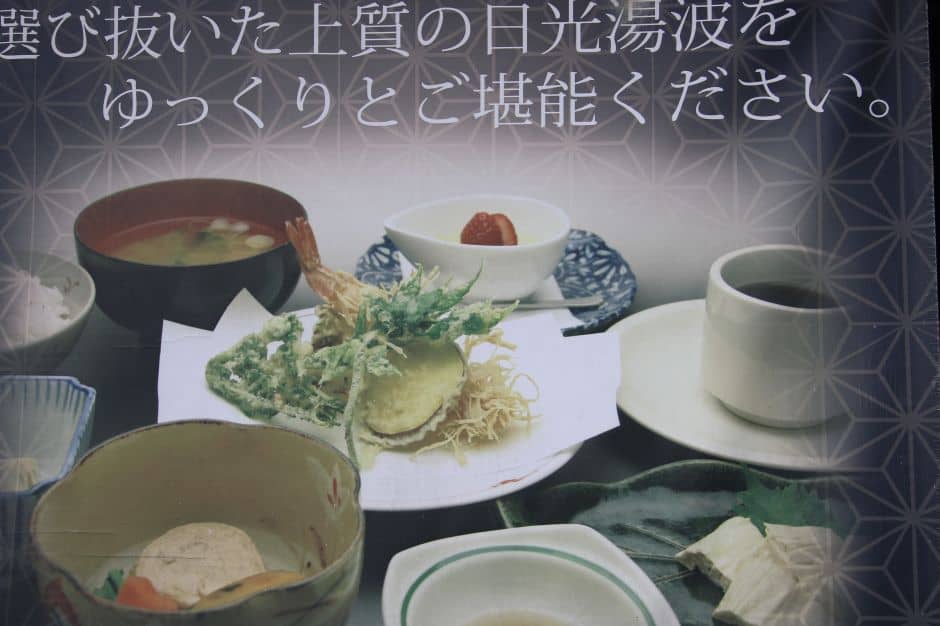
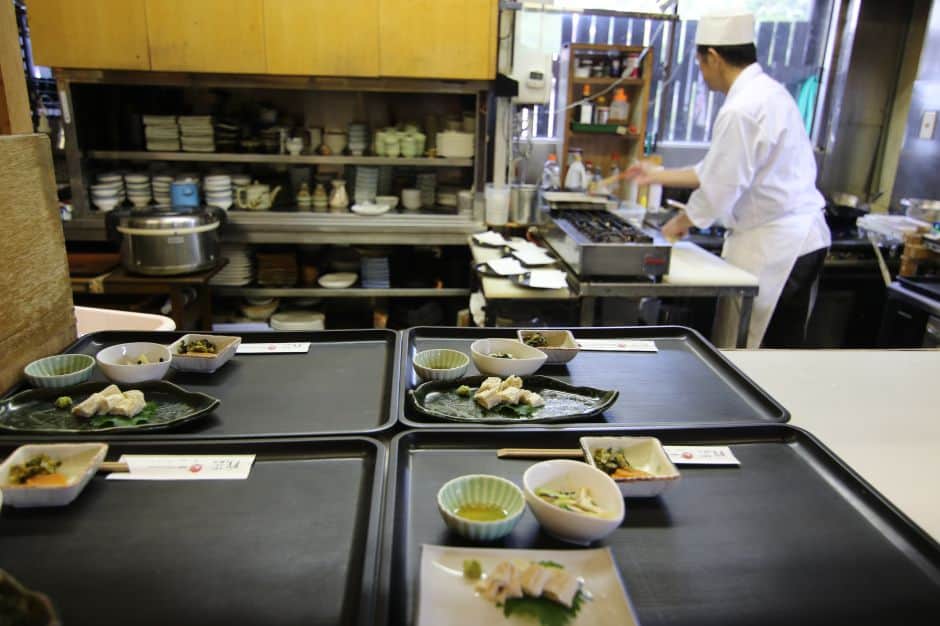
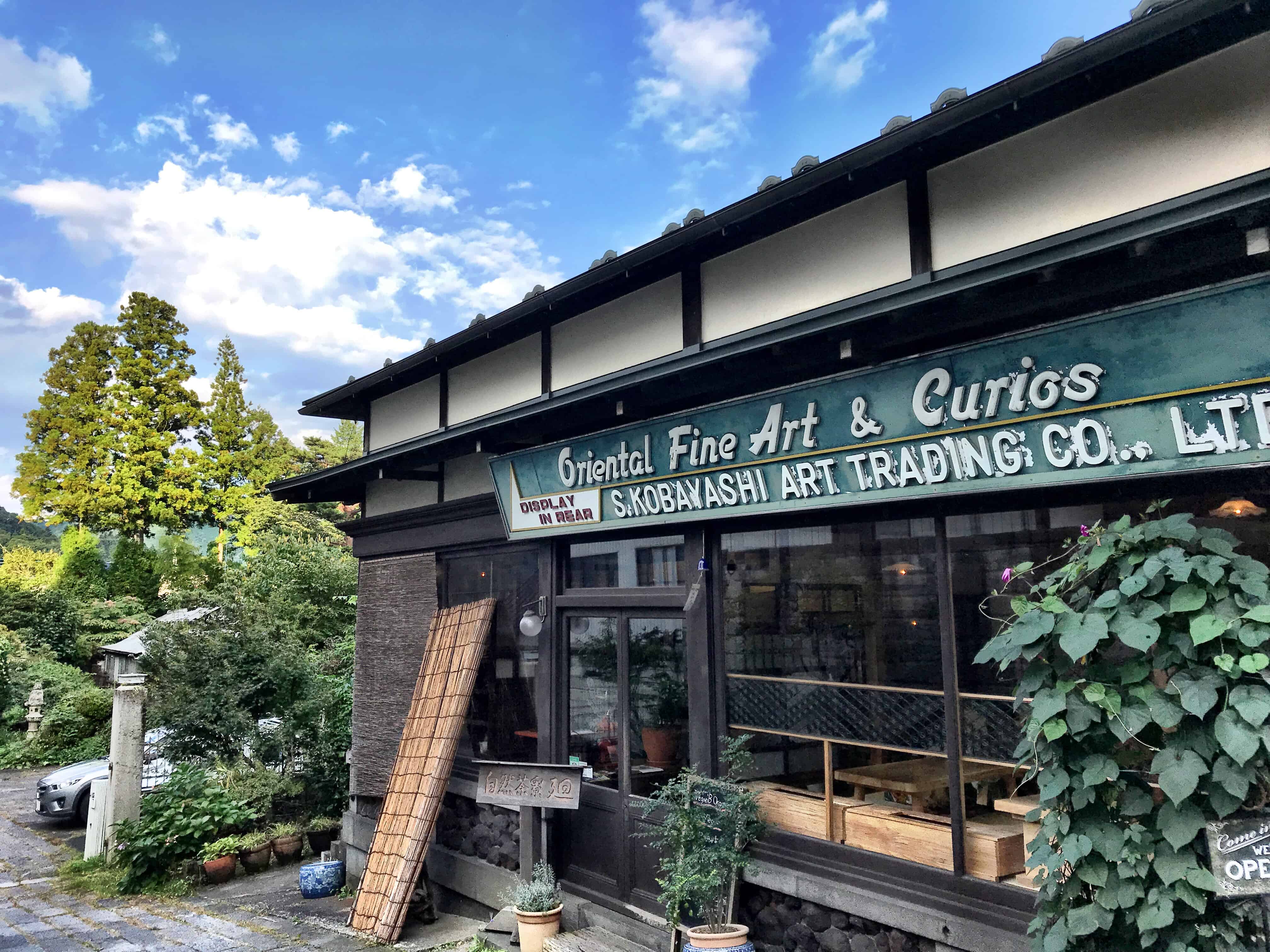
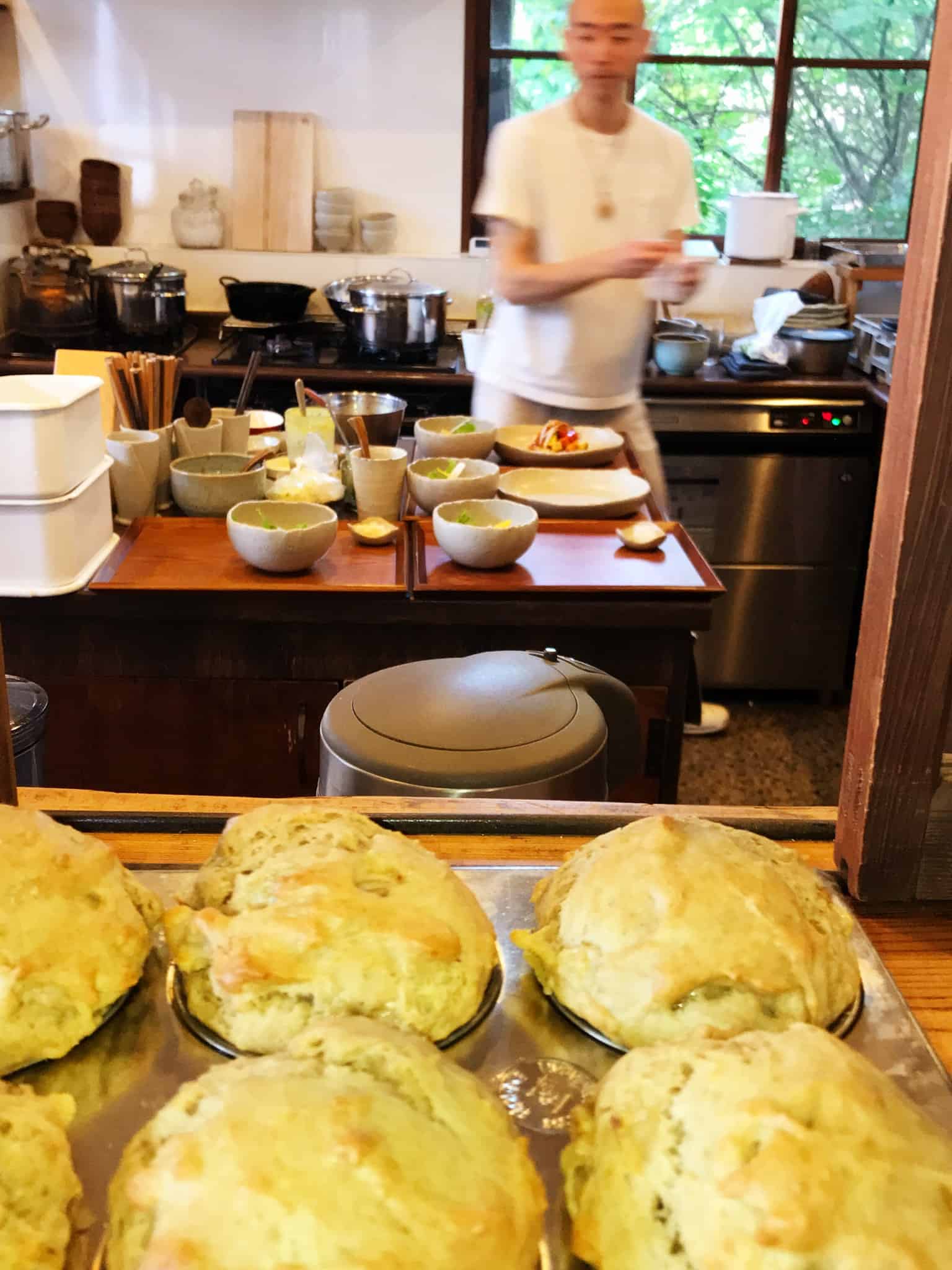
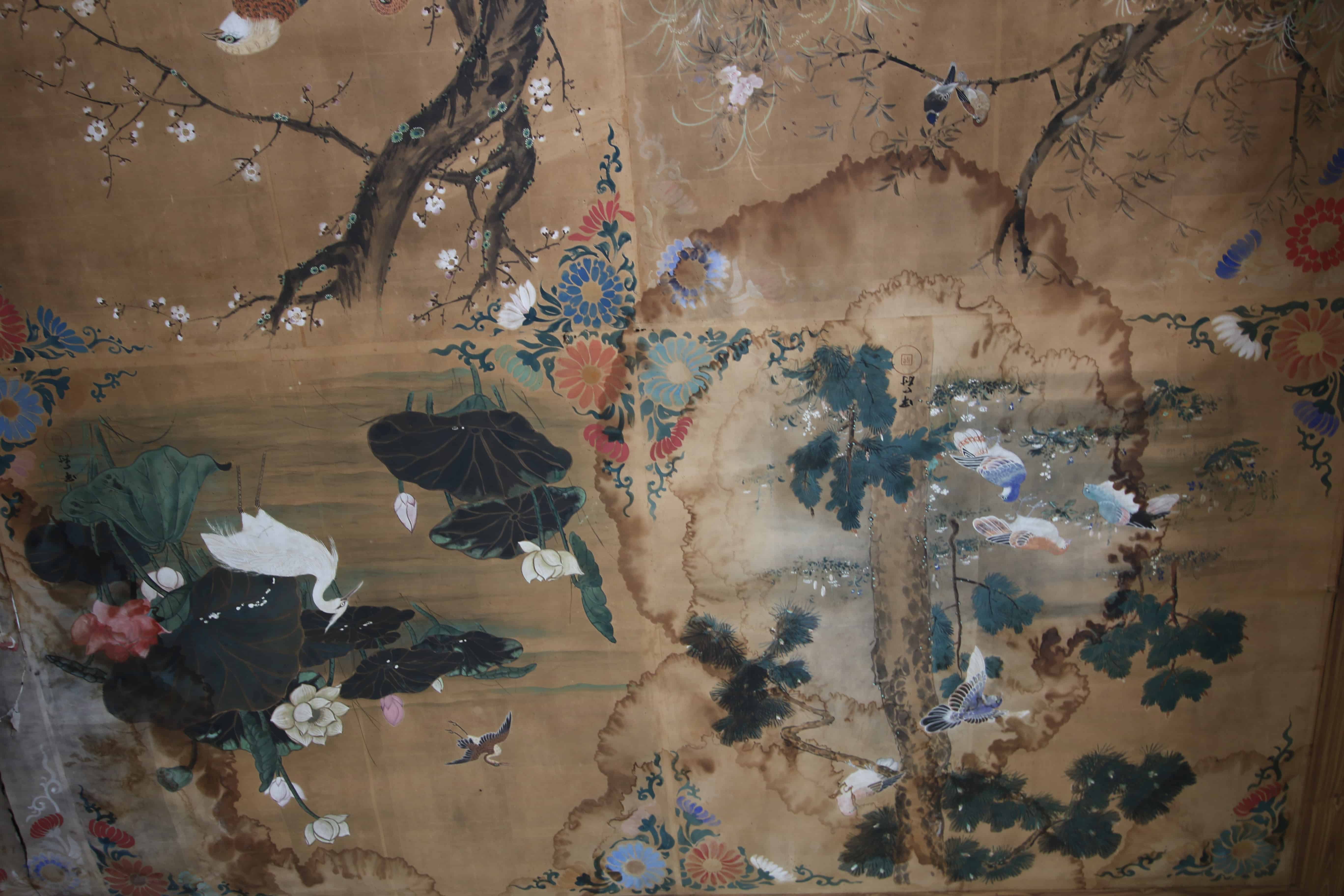
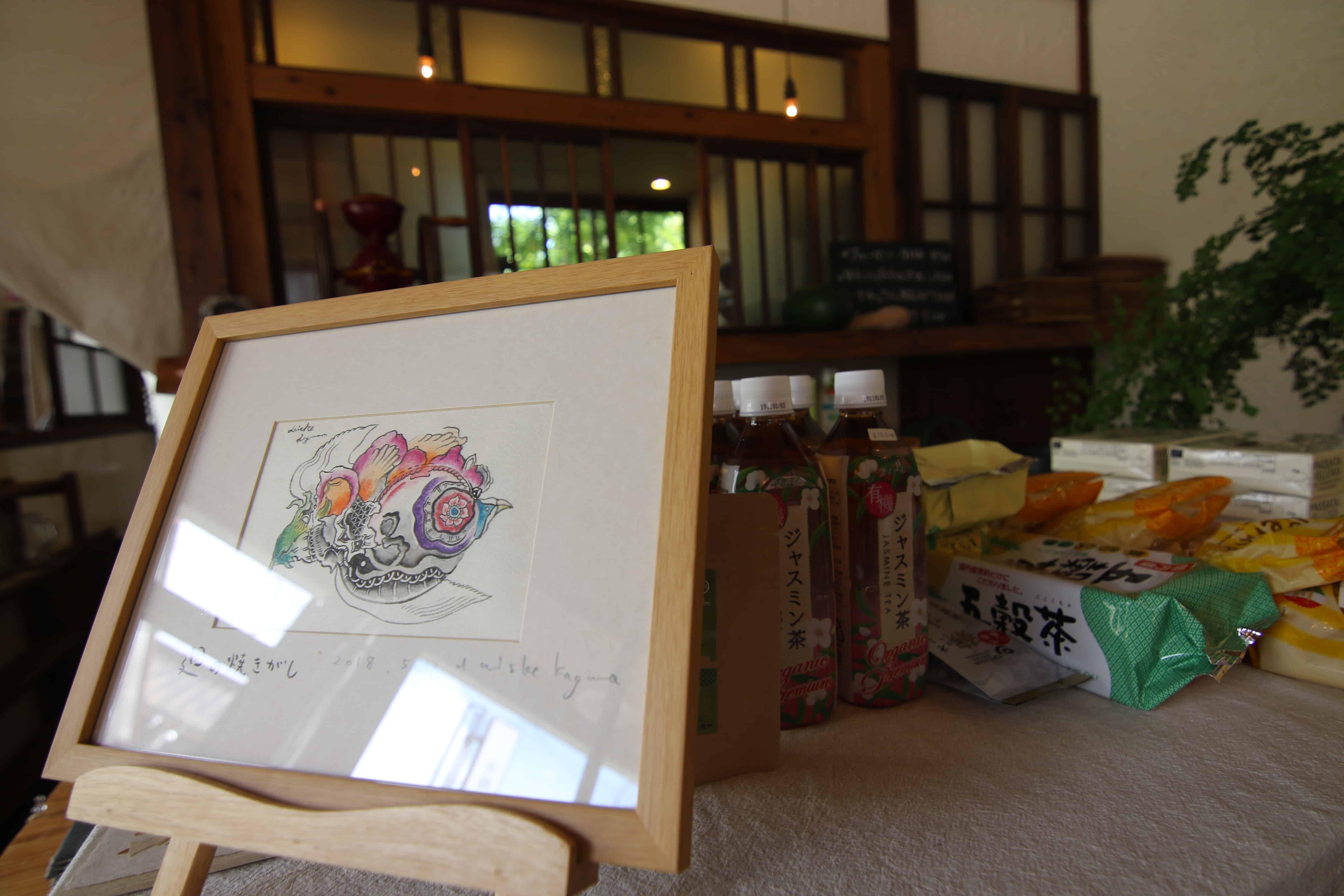
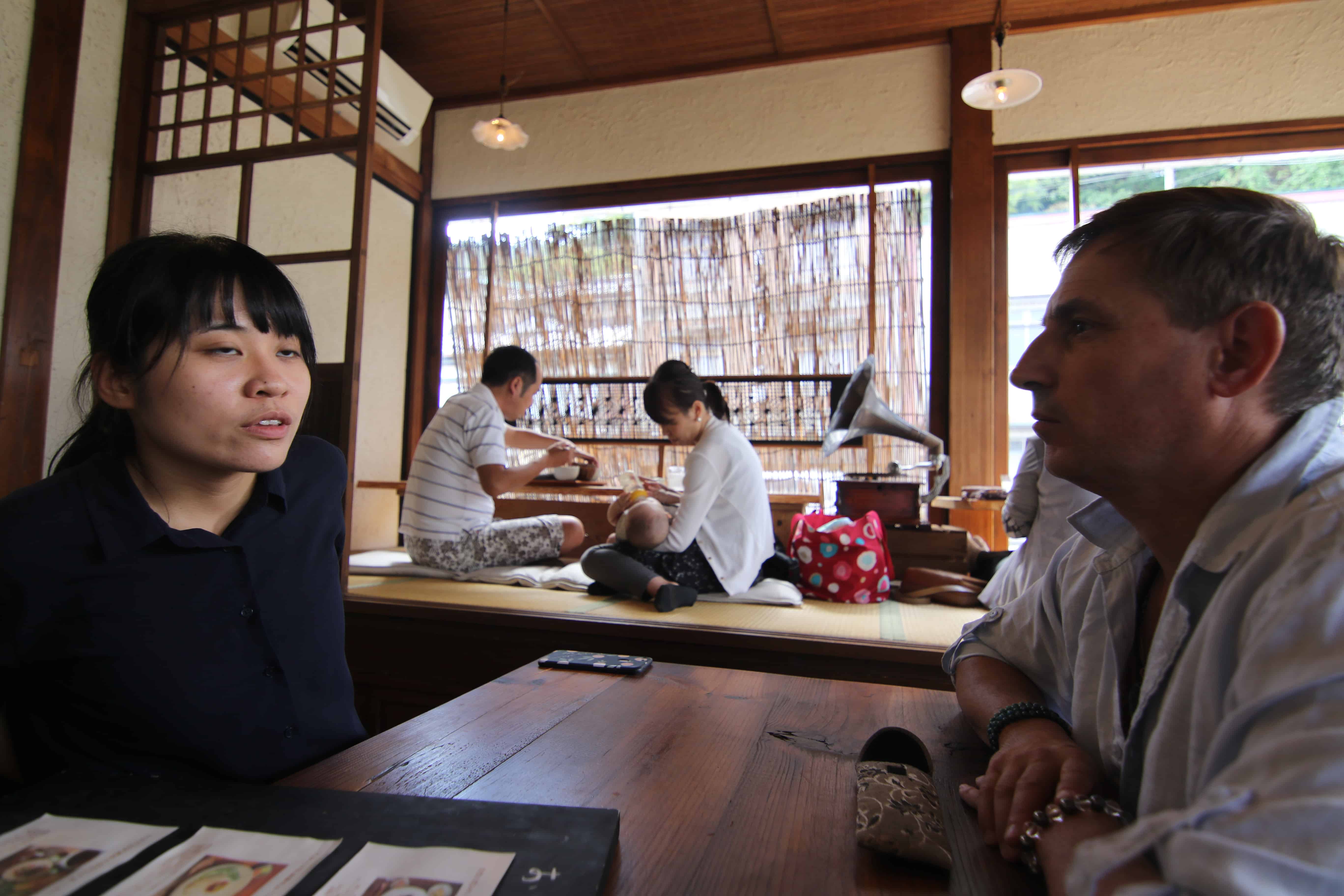
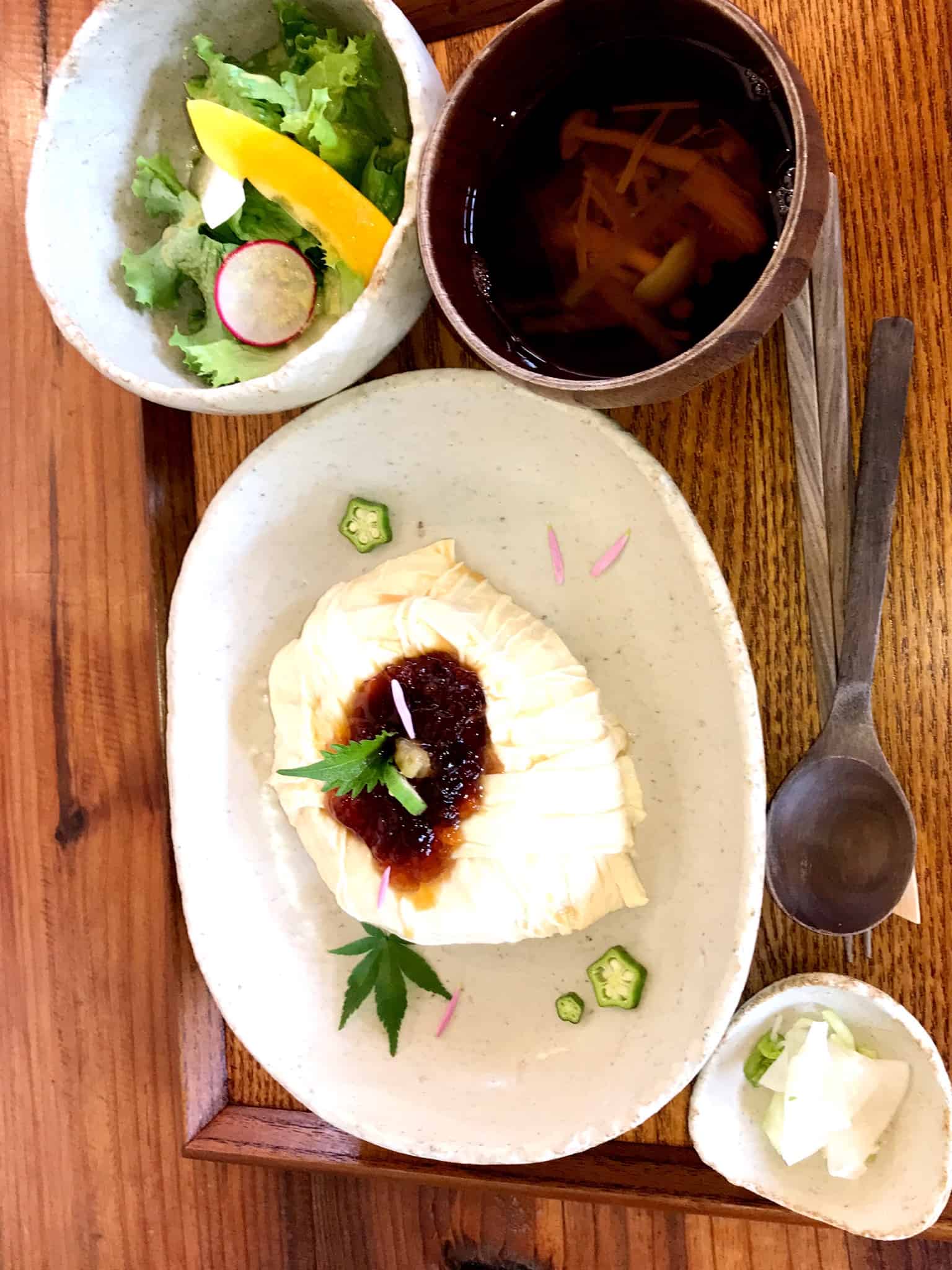
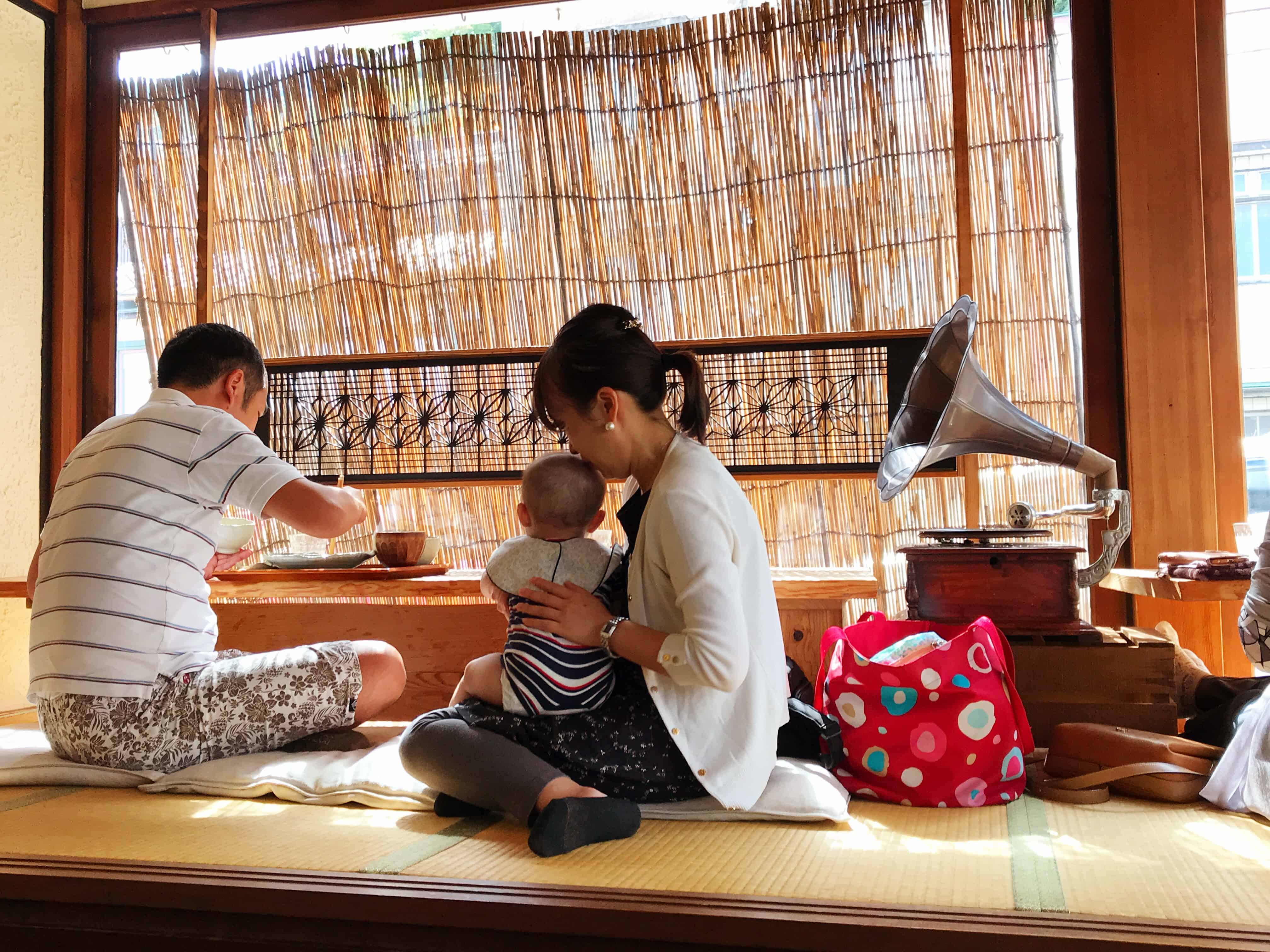
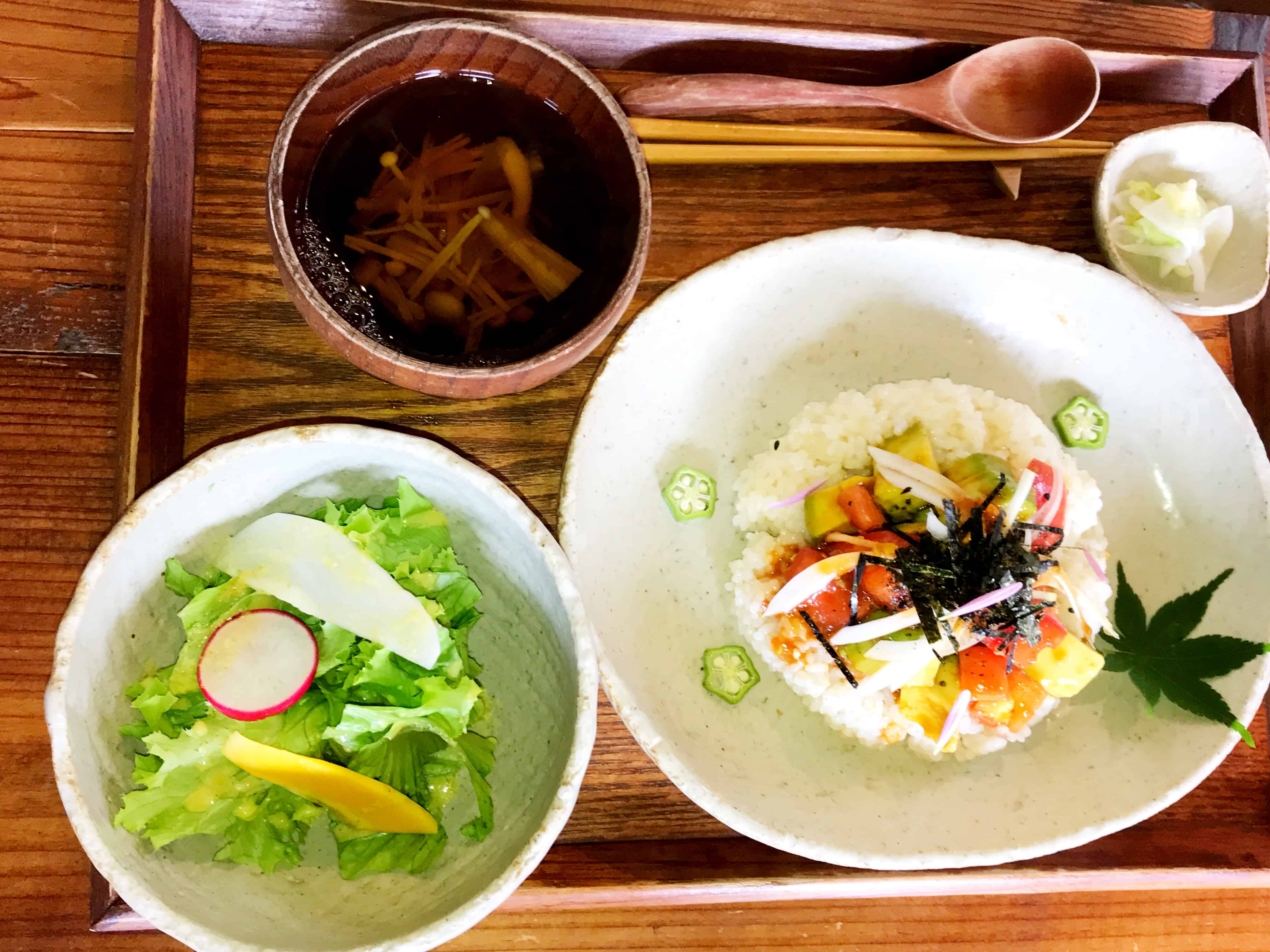
Dinner at ZEN
Our Japan Foodie Guide has more information on ZEN, which is a special and unique experience in a very small space in downtown Nikko – well worth the experience.
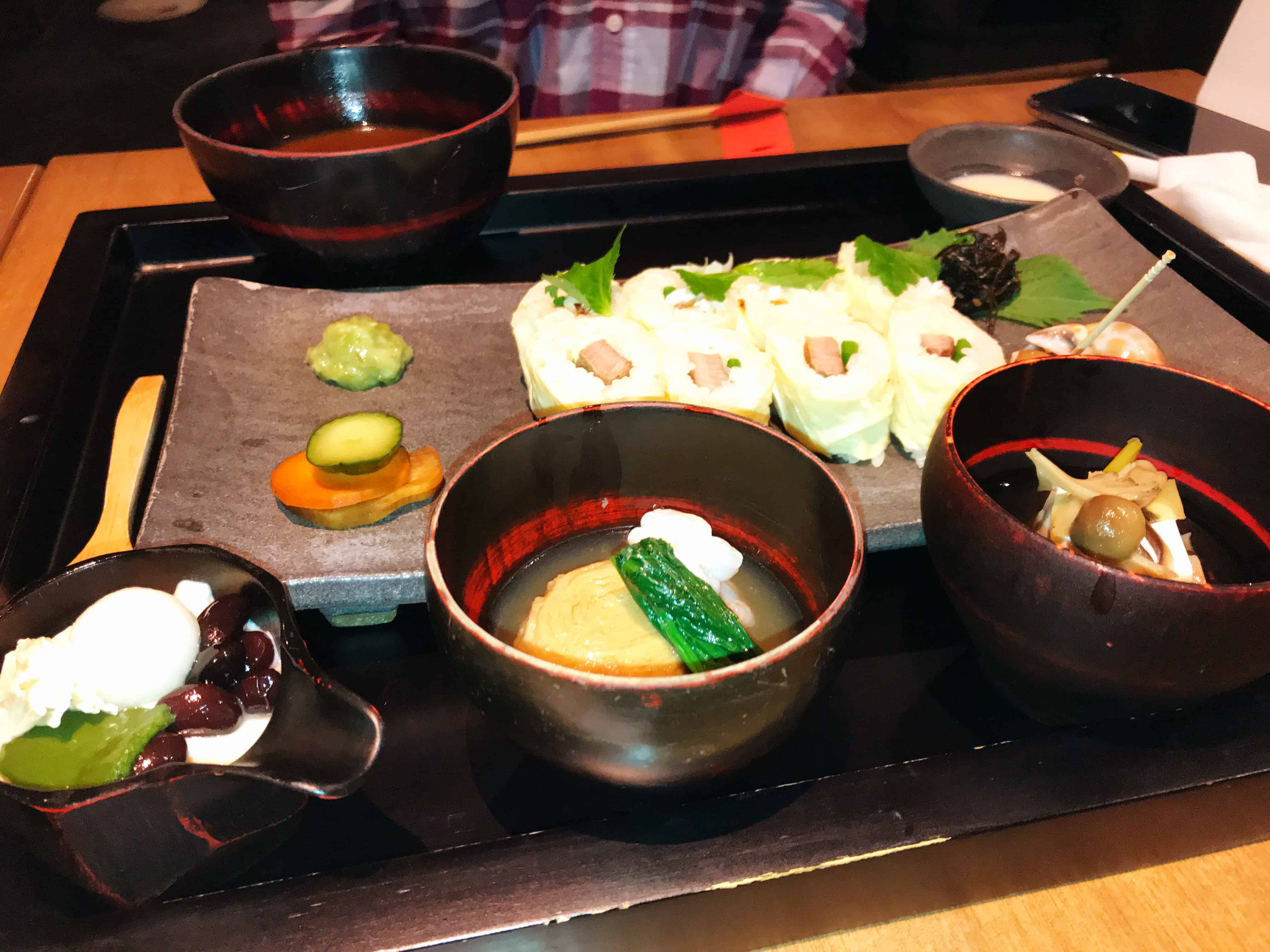
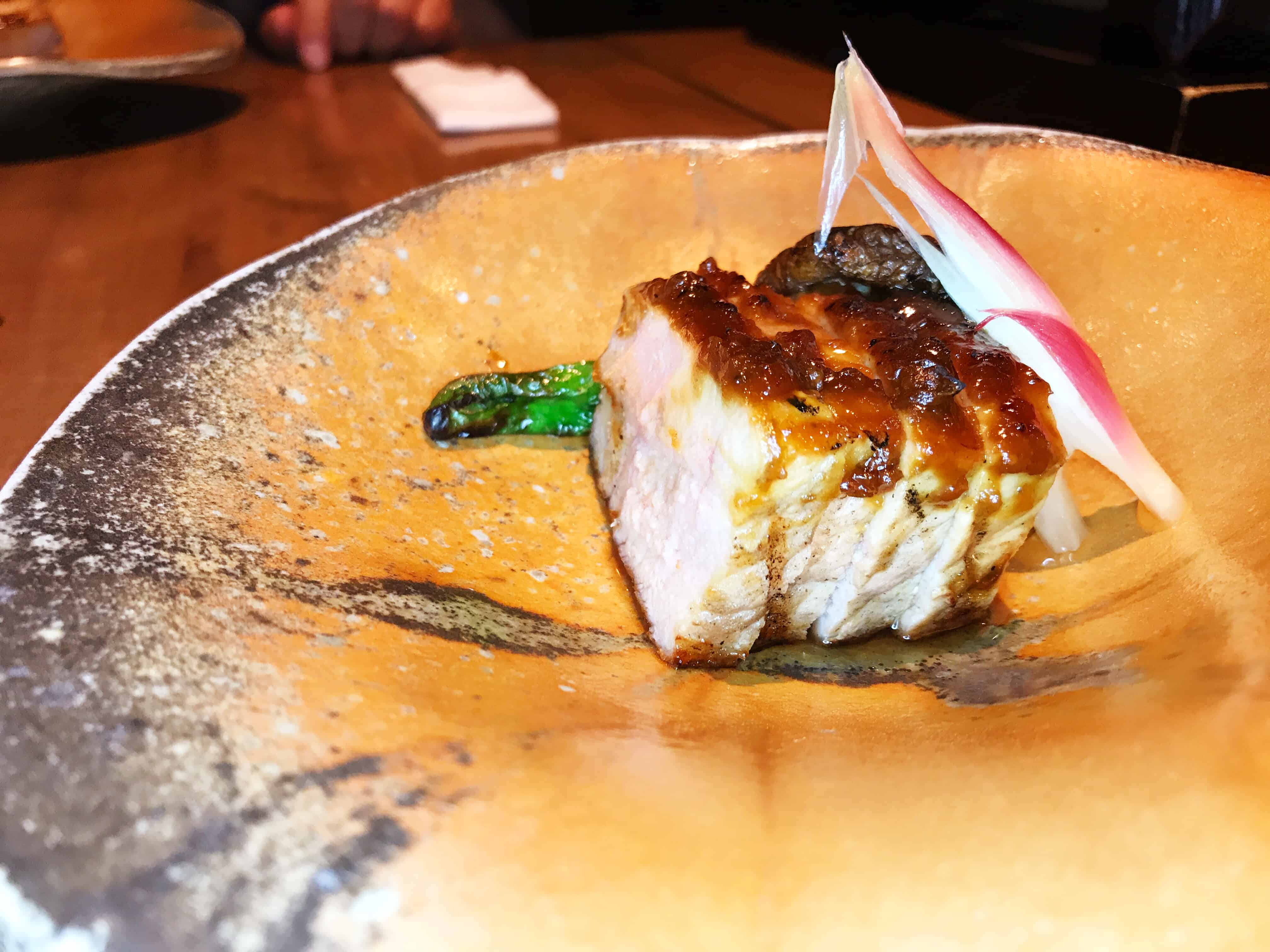
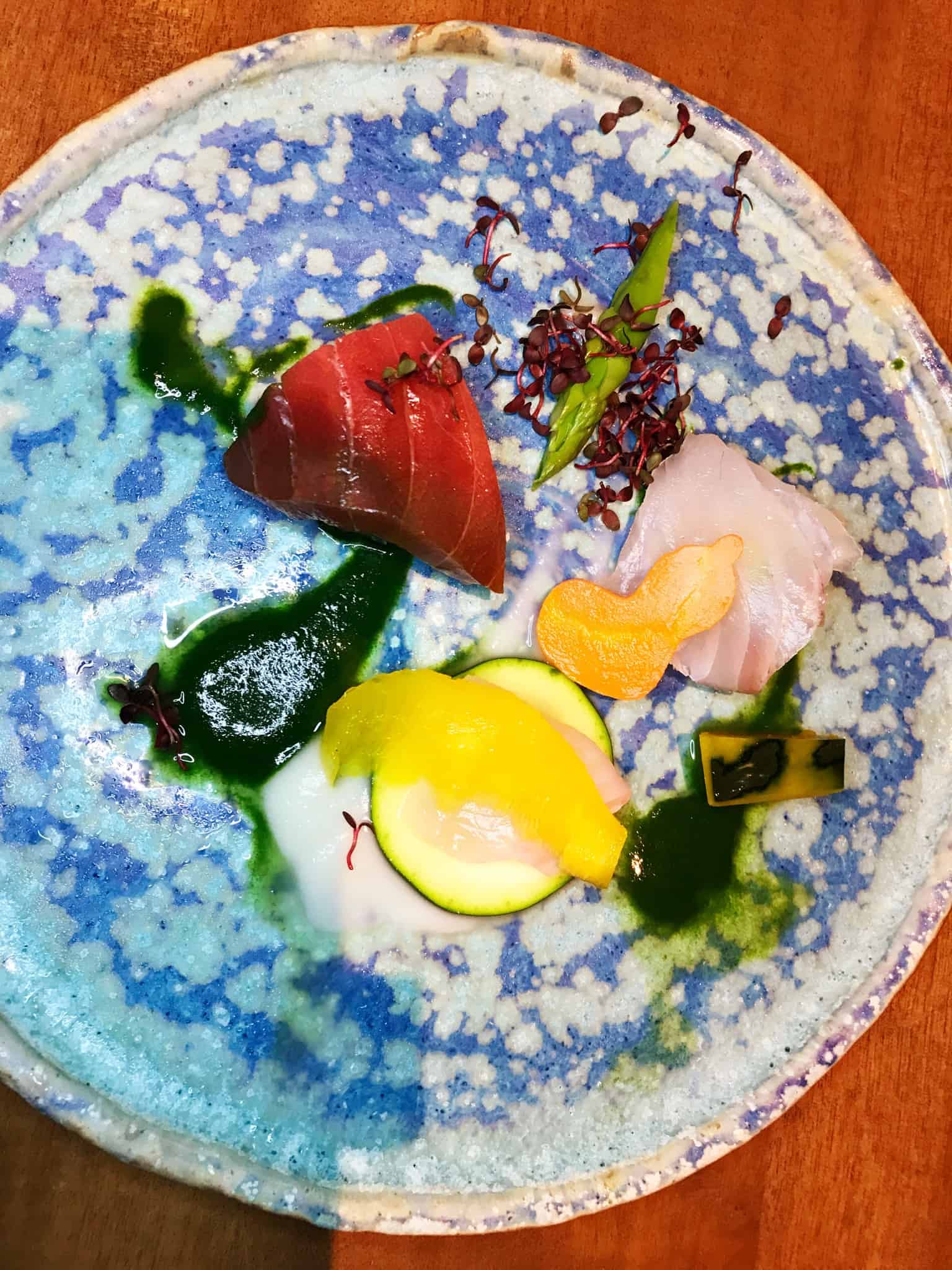
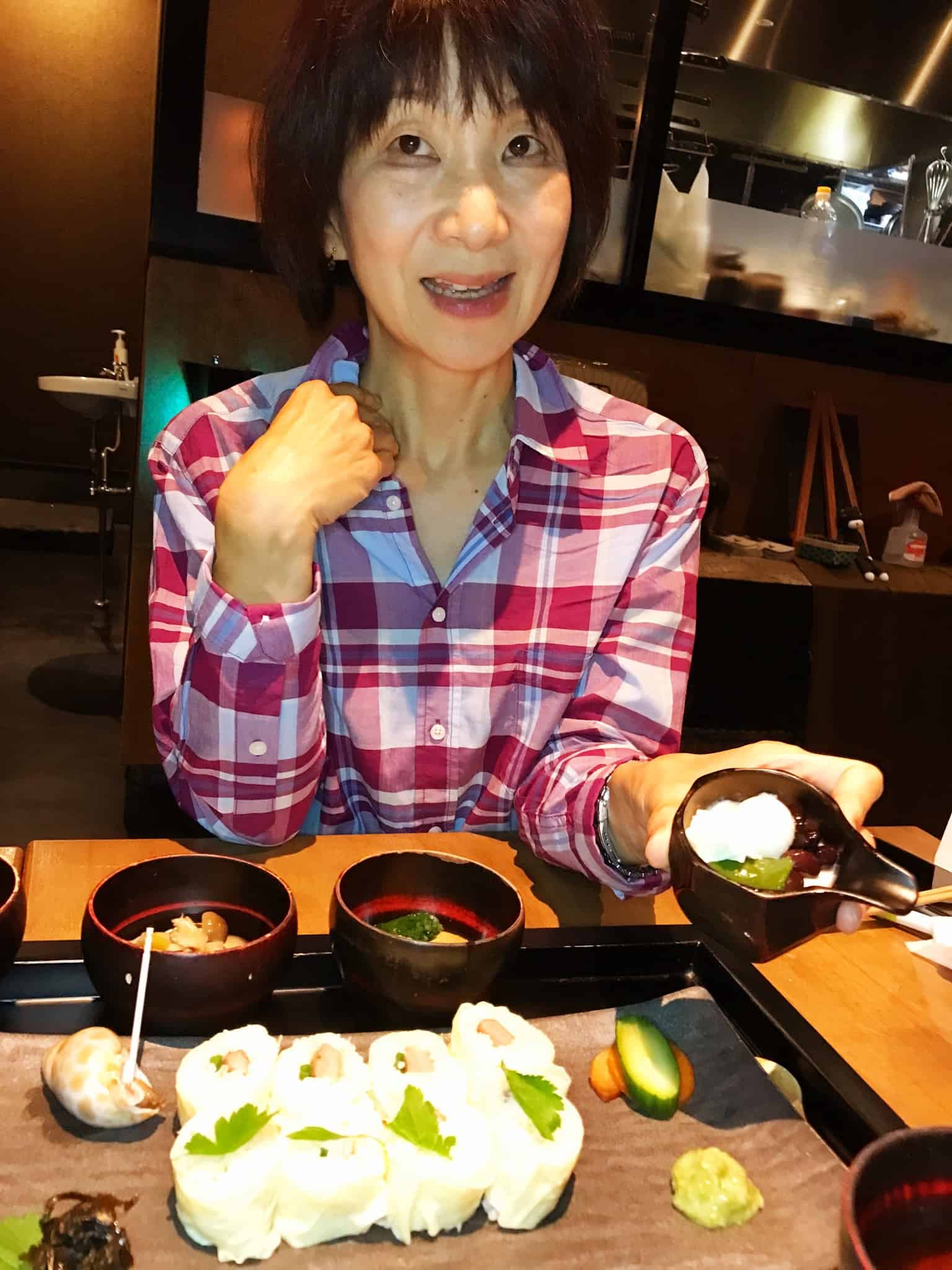
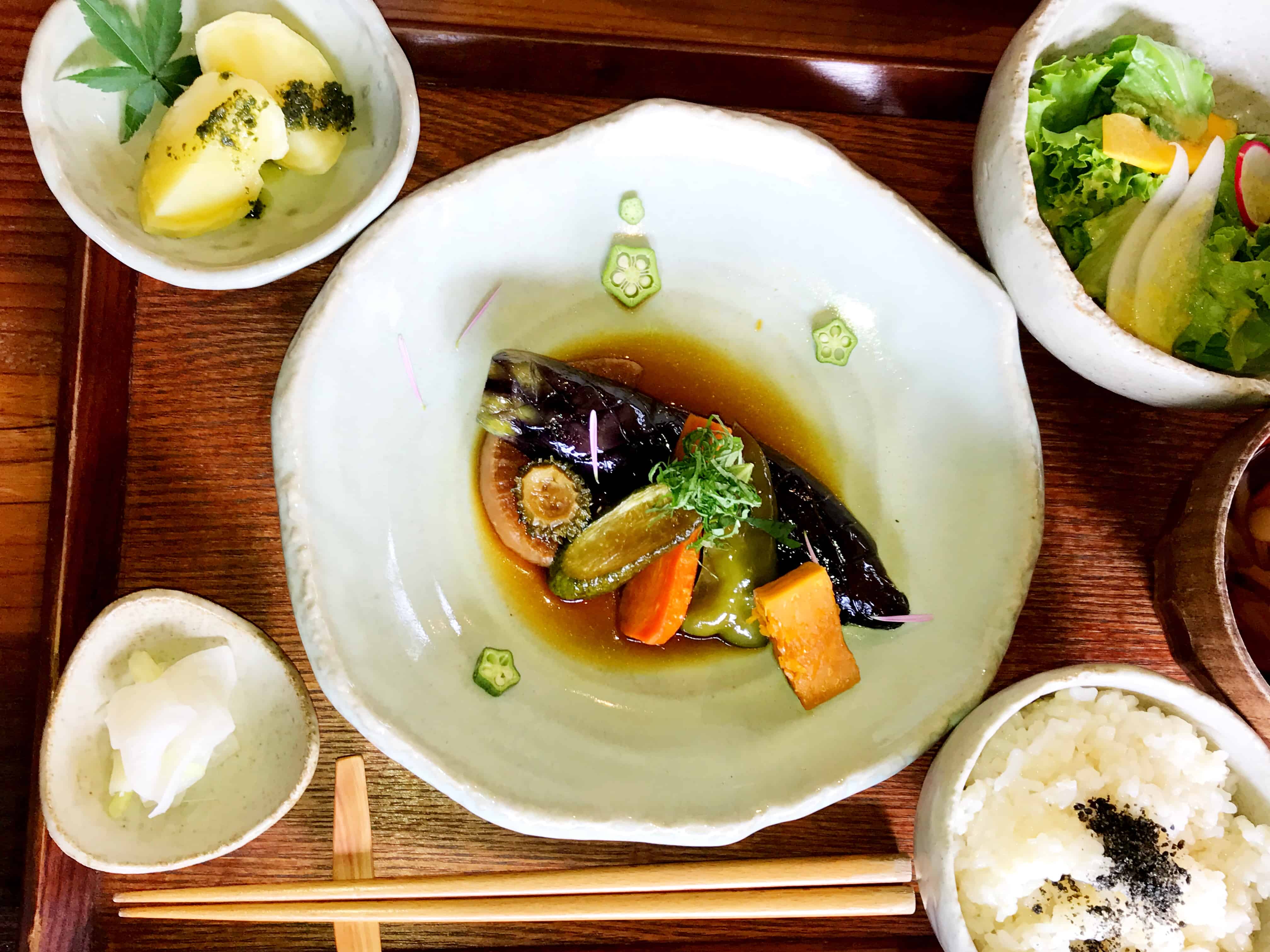
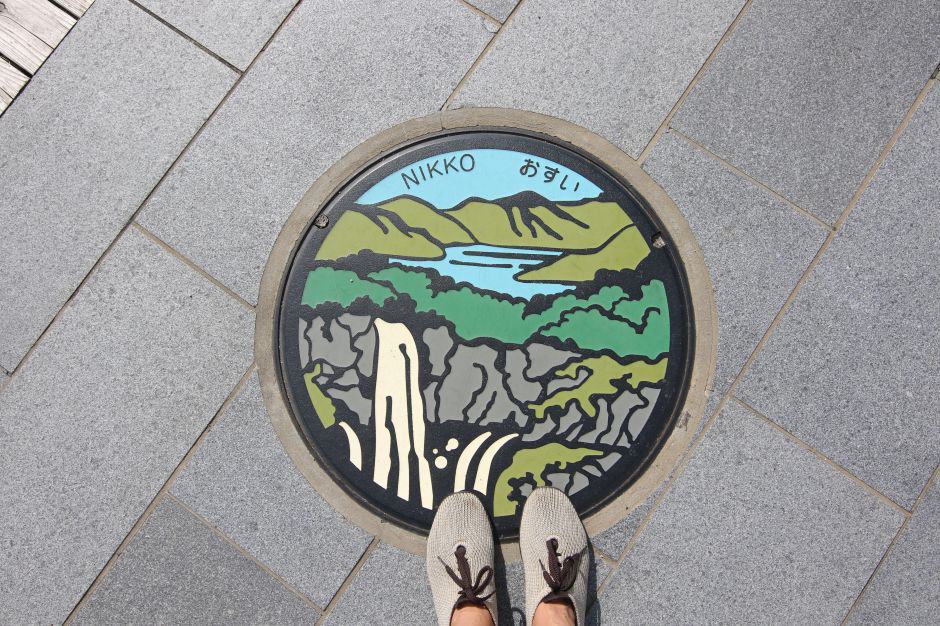
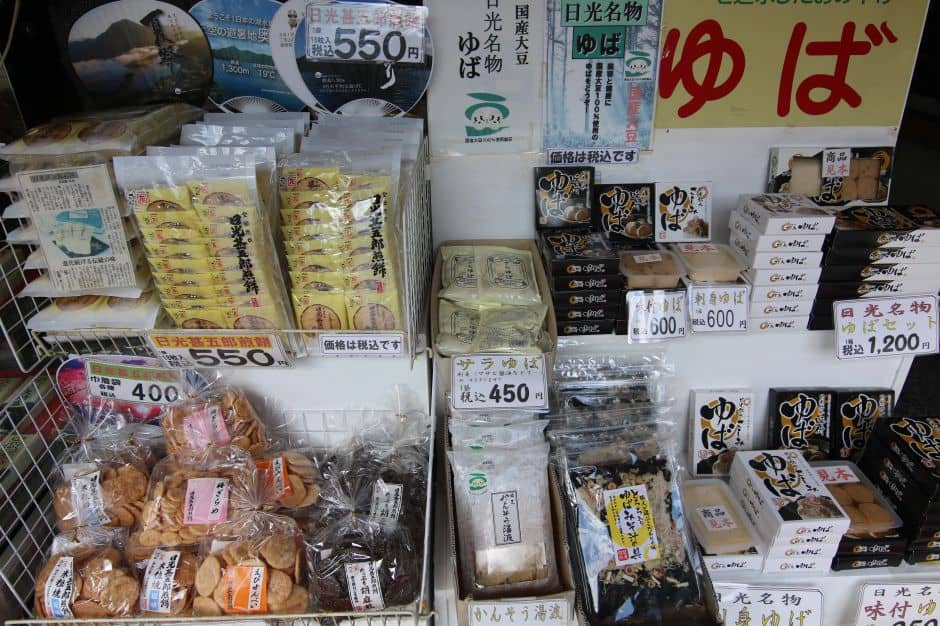
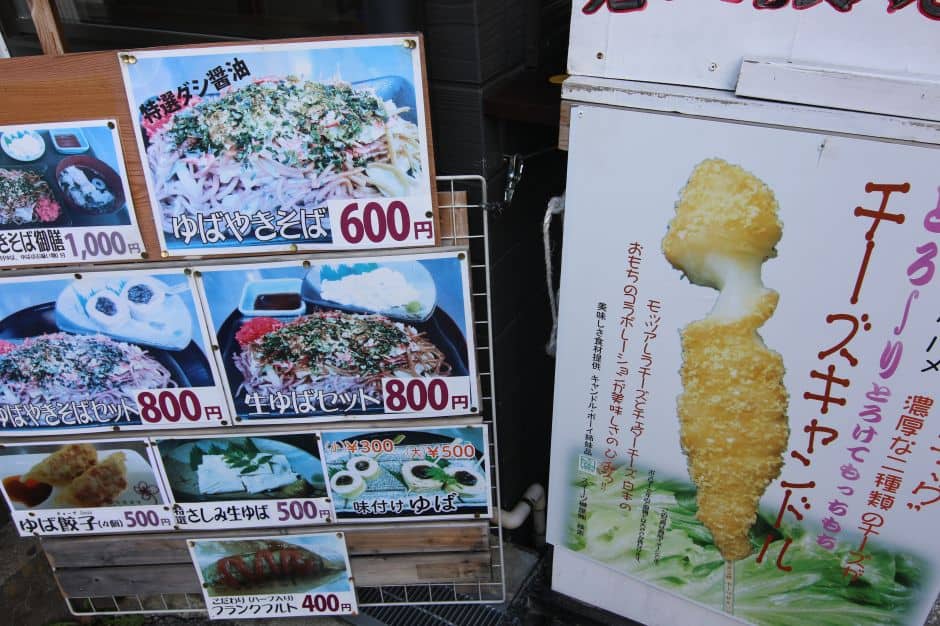
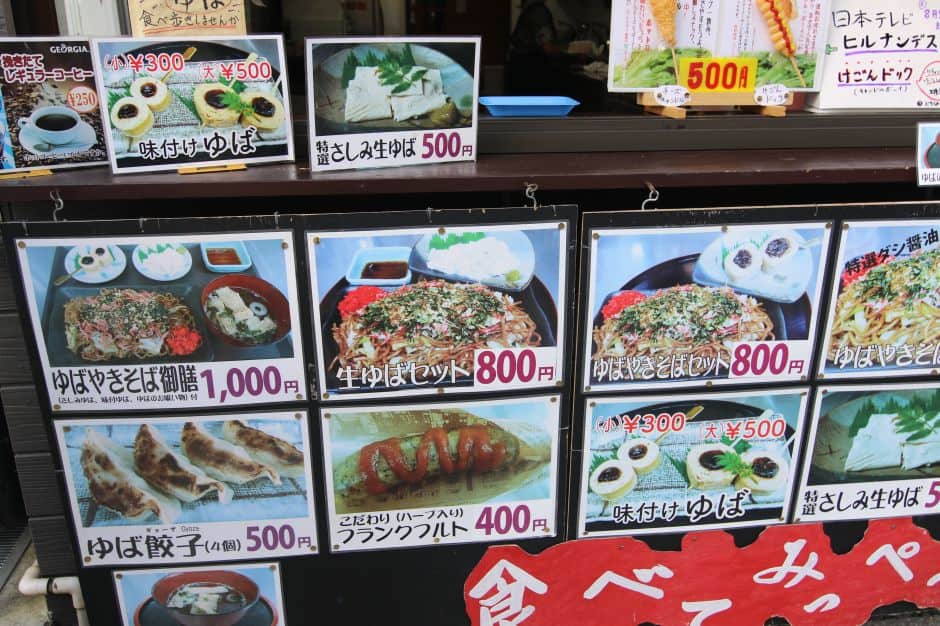
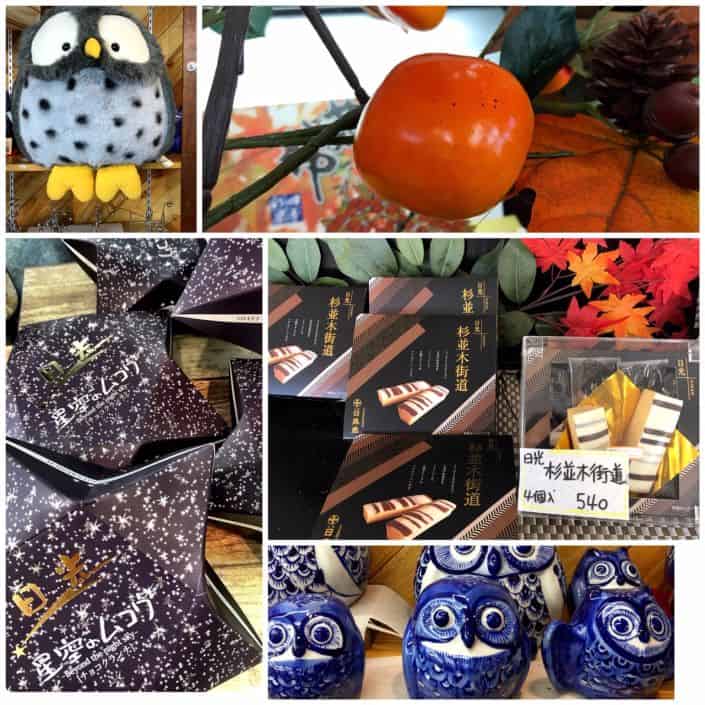
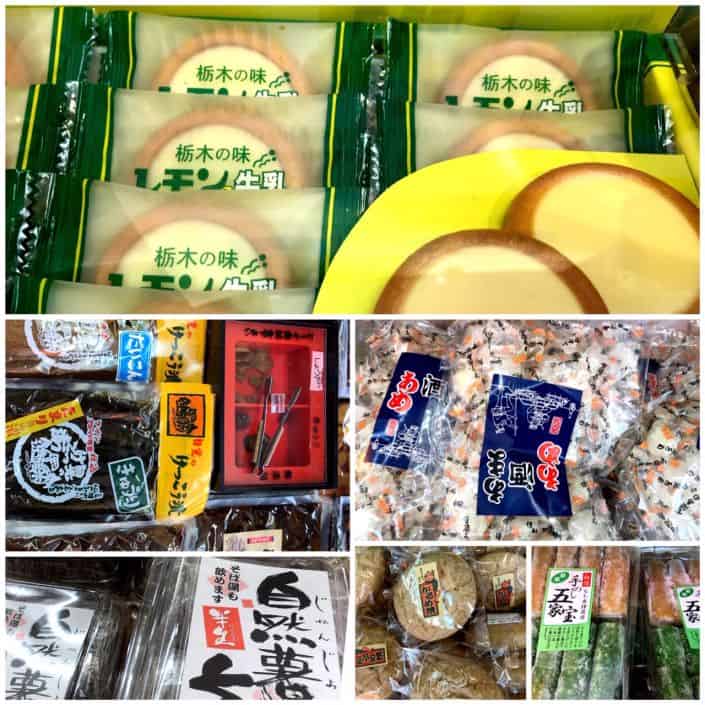

Here’s a short video of our Nikko experience. Enjoy!

Renee Blodgett is the founder of We Blog the World. The site combines the magic of an online culture and travel magazine with a global blog network and has contributors from every continent in the world. Having lived in 10 countries and explored nearly 80, she is an avid traveler, and a lover, observer and participant in cultural diversity.
She is also the CEO and founder of Magic Sauce Media, a new media services consultancy focused on viral marketing, social media, branding, events and PR. For over 20 years, she has helped companies from 12 countries get traction in the market. Known for her global and organic approach to product and corporate launches, Renee practices what she pitches and as an active user of social media, she helps clients navigate digital waters from around the world. Renee has been blogging for over 16 years and regularly writes on her personal blog Down the Avenue, Huffington Post, BlogHer, We Blog the World and other sites. She was ranked #12 Social Media Influencer by Forbes Magazine and is listed as a new media influencer and game changer on various sites and books on the new media revolution. In 2013, she was listed as the 6th most influential woman in social media by Forbes Magazine on a Top 20 List.
Her passion for art, storytelling and photography led to the launch of Magic Sauce Photography, which is a visual extension of her writing, the result of which has led to producing six photo books: Galapagos Islands, London, South Africa, Rome, Urbanization and Ecuador.
Renee is also the co-founder of Traveling Geeks, an initiative that brings entrepreneurs, thought leaders, bloggers, creators, curators and influencers to other countries to share and learn from peers, governments, corporations, and the general public in order to educate, share, evaluate, and promote innovative technologies.








